








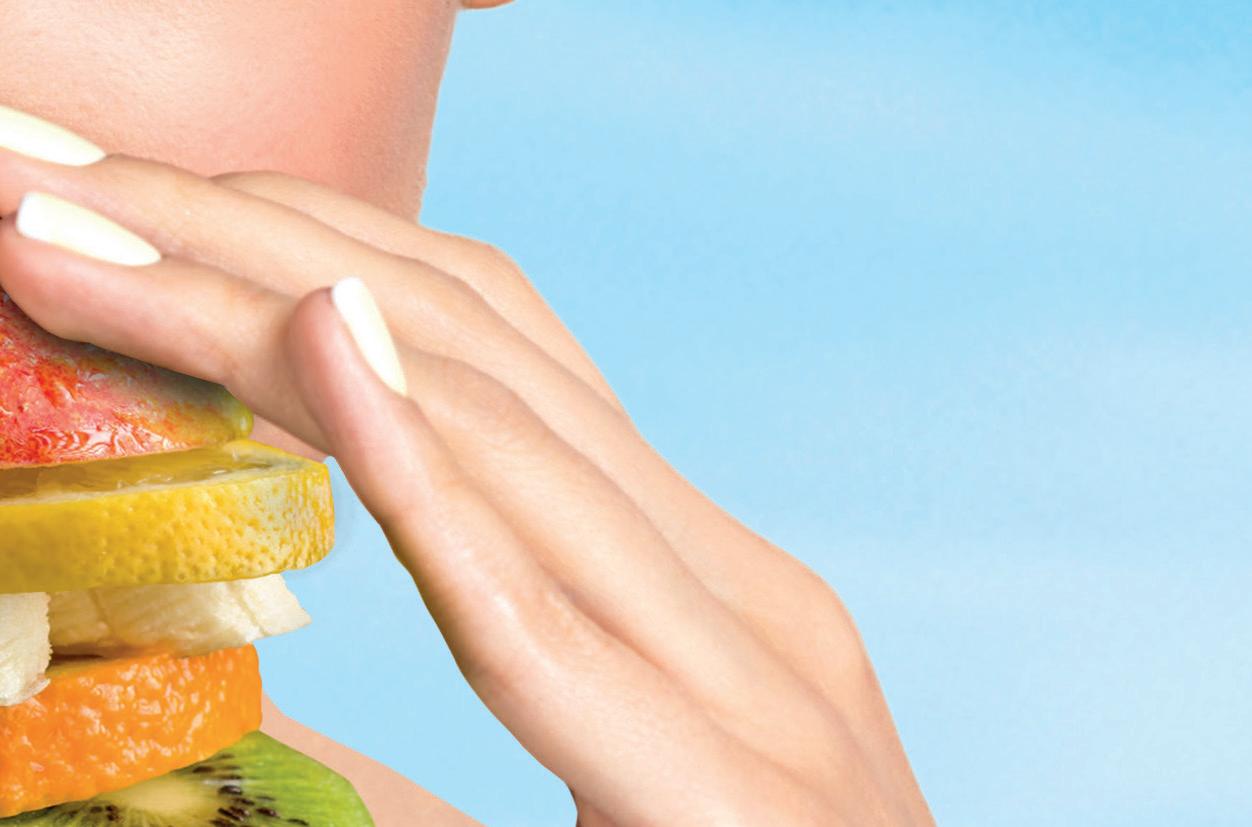
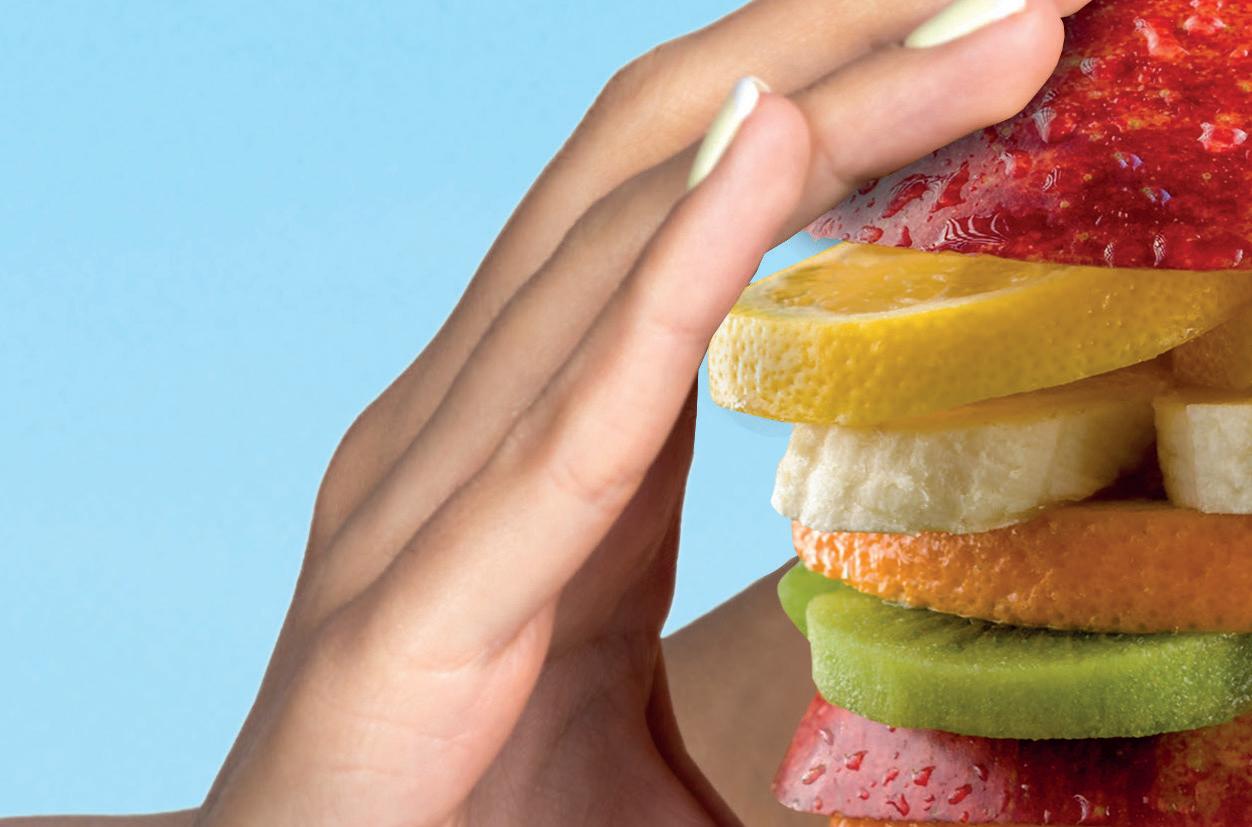

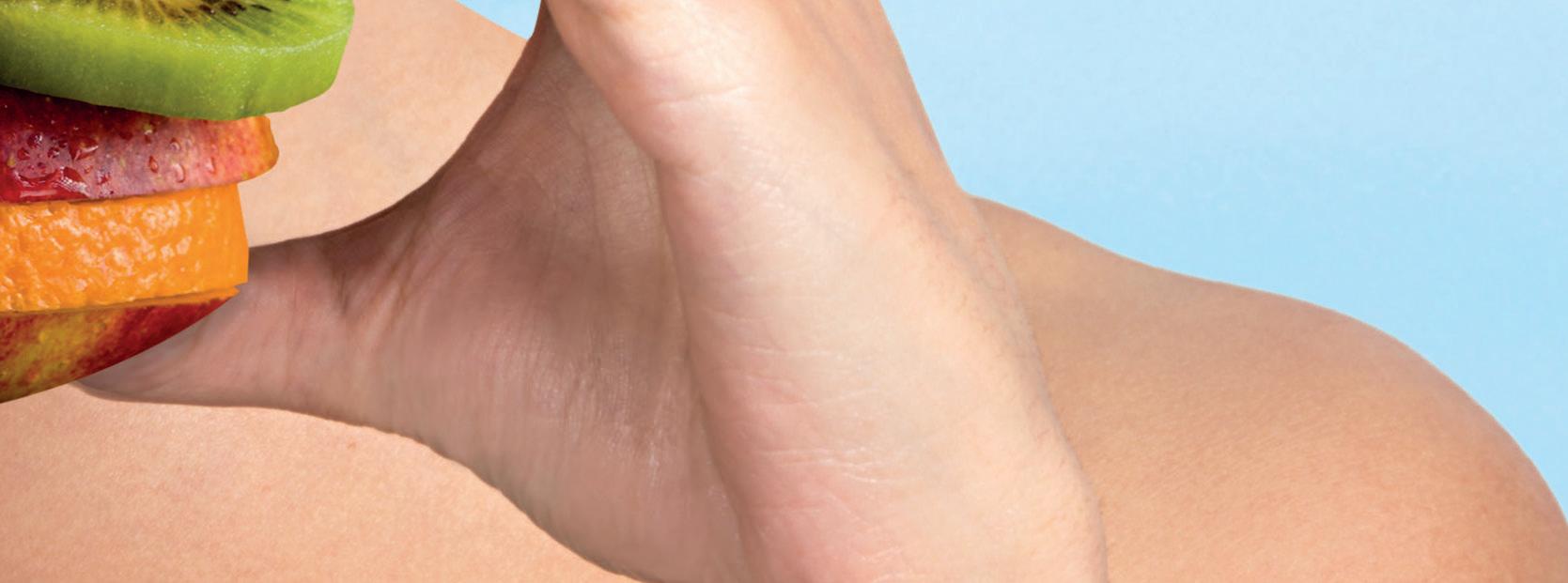




Special Edition - 2022 WWW.DEGROOTFRESHGROUP.COM Independent magazine for the fruit and vegetable trade • Since 1986

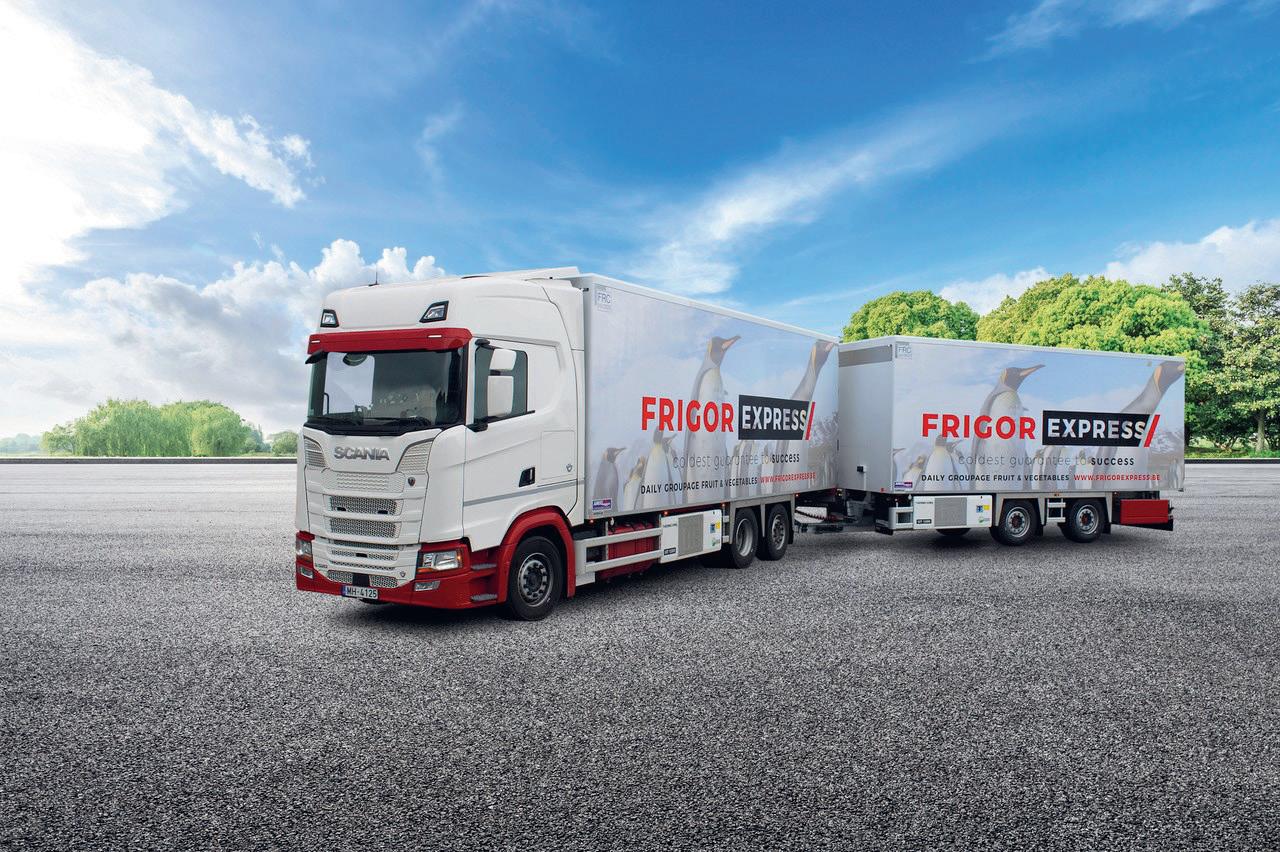
IN TE RNAT IONAL REFRIGERATION AND FREEZE R T RANSPORT STOR AG E C OLD - FREEZ ER - IN DUSTR IAL GOODS Smederijstraat 2 NL-4814 DB Breda T +31 (0)883 97 70 00 rob@frigorexpress.nl Rue du Champ Lionne 8 B-7601 Peruwelz T +32 (0)69 67 22 70 info@frigorexpress.be WWW.FRIGOREXPRESS.BE 255, Av G. Caustier F-66000 Perpignan T +33 (0)468 21 04 33 frigorexpress@orange.fr 557, Avenue des Vergers F-13750 Plan d’Orgon T +33 (0)0967 08 30 31 sebastien@frigorexpress.fr ZI St. Michel, Rue des Cerises F-82000 Moissac T +33 (0)5 63 04 92 85 jeanluc@frigorexpress.fr Hipokrata iela 21-38 LV-1079 RIGA T +37 (0)127 71 76 49 baltic.office@frigorexpress.lv
4
12
15
20
26
36
Special Edition 2022
“The constant abandonment of citrus fields is a reality and this year it has worsened”
Jorge García Monfort, Commercial Director of García Ballester:
“If Spain could become more productive with its mangoes, we would have greater bargaining power”
José Antonio Alconchel, president of the Tropical Sector at Asociafruit:


“Either we get consumption to increase, or when the expected production arrives we will have a problem”
Luis Aliseda, director of R&D center of the Extremadura-based nursery Viveros Provedo:


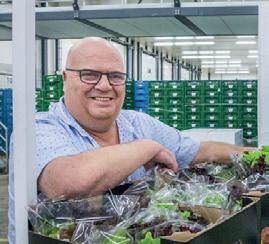

“The crisis in maritime and land transport is having a very significant impact on the garlic market, because 70.7% of Spanish garlic was exported in 2020”

Luis Fernando Rubio, director of the Association of Producers and Marketers of Garlic (ANPCA):
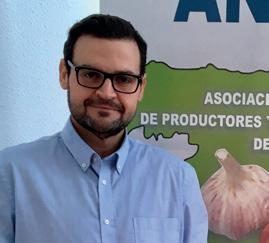
“The expected growth of the tomato acreage will come at the expense of other vegetables, and bell peppers may be one of them”
Rafael López, of Hortofrutícola MABE:
“You can make good deals with supermarkets”
Chairman Peter van Dijck, Fossa Eugenia
42 Five years later, 70 cold stores in Europe
Harld Peters about Lineage Logistics’ explosive growth
74
“Especially in the specialist trade I see growth potential for relatively ‘new’ products”
Stefan Lindner (L), Lindner GmbH Fruchtimport und Handelsgesellschaft:

77
“The potato is the first mass product to be fully confronted with cost increases in cultivation”
Georg Kolmhofer
Colofón
AGF-PRIMEUR bv
Stevinweg 2, 4691 SM Tholen
The Netherlands
Tel: +31 (0)166-698200
info@agfprimeur.nl - www.agfprimeur.nl
Freshplaza bv Stevinweg 2, 4691 SM Tholen
The Netherlands
Tel: +31 (0)166-698200
info@freshplaza.com - www.freshplaza.com
Publisher: Pieter Boekhout
Editorial: Joel Pitarch, Izak Heijboer, Aurélie Pintat, Nick Peters, Marieke Hemmes, Jonny Diep, Nicky McGregor, Carolize Jansen, Rossella Gigli, Valeria Ten
Advertising: Andries Gunter
Design & production: Viola van den Hoven, Martijn van Nijnatten Complete or partial reproduction of the contents without written permission of the publisher is prohibited. The editor is not liable for any inaccuracies.
AGF Primeur • Special Edition • 20222
9
102 “What offers peace of mind? Only automation, nothing else”
Johan and Jeroen Deprez of Deprez Handling Solutions

107 “Jalisco’s avocado producers are grateful to APEAM for helping them take this important step in exporting to the United States”

Javier Medina, president of Apeajal
130 “Automation is becoming a fundamental requirement in order to be competitive in the marketplace”
Jaime Mendizábal, Commercial Director, Maf Roda Ibérica:
140 “Our company was born out of a disconnect between growers, marketers, and retailers”
Ricky Chong with World Fresh Exports

24
“Retailers need reliable suppliers now more than ever”
Pieter van Pelt, Commercial Manager of The Greenery International:
“We need to minimize the work in the greenhouse”
Dror Erez, Automato Robotics
30 “A decent market portion remains for specialized reefer ships”
Hans Mol, GreenSea:
34 Summer is on the way! Soft fruit in Finland
47 How the Rotterdam Port Authority stays the fastest, despite everything
50
“A recognizable trademark for products that guarantees good flavor and consumer experience was needed, outside of retail”
Thimo Leukel, commercial director at De Groot Fresh Group:
53 “The true value of bananas has to be reflected in the price”
Caoimhe Buckley, Fyffes on inexpensive bananas:
56 China’s growers sales jump as orchard livestreaming goes big
61
The challenges of plant breeding in the face of climatic and societal changes
67 Peaches and Apricots: Genetics serving the French industry
70 “The sun has healing power”
Arne Aiking, CleanLight:
80 How does the dull pear become hip again? Interpera raises the question
87 The greenhouse industry has become key to food security and survival
93 The three characters that changed the global pineapple market: MD2
Abel Chaves, president of CANAPEP

98 “For early clementines as well as the late varieties like Nadorcott or Tango, there will be less product this year compared to last year”
Juan Llombart Gavaldá
100 Latin American tropical and exotic fruit enthrals European gastronomy
111 Brazil and Argentina collaboration with European counterparts key to grow markets
114
An assessment of the first part of the 2022 grape campaign, and Italy’s trade and consumption trends
120 Italian pears: production on the rebound but impacted by higher raw material prices
125 Belgian growers want to make locally-grown greenhouse melons a permanent segment
128 “India remains a highly competitive source of supply for the European market”
Kaushal Khakhar, Kay Bee Exports:
132 The next Brexit challenge is looming Bed Goodchild, Nationwide Produce
136 Peaches and nectarines, Italy regains its market share
138 “Avocados’ internal quality is crucial”
Jacinto Trigo, Global Category Director, TOMRA Food
144 Efficiency in the blueberry chain Agrovision
146 “The northern part of Greece did not have any issues with drought”
AGF Primeur • Special Edition • 2022 3
In general, the 2021/2022 citrus season started with good prospects after the good consumption figures and market performance in the previous period. This improvement had much to do with the pandemic and the greater health concerns of the population, given that citrus fruits, and especially oranges, are usually associated with the prevention of diseases due to their high vitamin C content. However, the behavior of the main citrus fruits grown in Spain (oranges, mandarins and lemons) has been different from what was expected.
The orange production was 1.5% gre ater than in the 2020/21 season and 5.6% greater than the average of the five previous production periods. The higher entry of oranges from South Africa in the first months of the season and an increase in the production of small calibers were the main factors that negatively affected the season. Also, the increase in handling costs delayed the harvesting (to avoid sto rage) and put downward pressure on pri ces at origin. To these circumstances we must add a lower demand, as the falling trend of previous years, which had been interrupted by the effect of the pandemic, was resumed.
“The 2021/2022 season has been quite bad for oranges, although the first Navelinas and the last Valencias did somewhat bet ter,” said Jorge Garcia. “Especially from June onwards, orange sales were slightly
reactivated due to the drop in the pro duction from South Africa, which had to comply with the cold treatment protocols imposed by the EU, not to say also that con tainer prices had more than doubled. The few who still had oranges got some relief in a campaign that was still to forget.”
The Spanish mandarin supply in the 2021/22 season was estimated to be -9.9% lower than in the previous season and -3.2% lower when compared to the average of the previous five production periods. This reduction has contributed to average prices not falling as much as in the case of oranges.
“As far as clementines and mandarins are concerned, the situation was not bad in the first part of the campaign, when prices were acceptable because of the lower vol umes available, which was due to the effect
of pests and the weather, as well as the abandonment of lands. However, the situ ation got quite difficult in the second part of the season,” says Jorge García. “The pro duction of Nadorcott and Tango reached a record level in 2022. We could almost say that we harvested twice as much as in the previous year. The high yields coincid ed with the entry into production of new plantations. The market was soon flooded with fruit - not only from Spain, but also from Morocco, whose production was also quite high - and prices fell significant ly compared to what was usual in previ ous years. Orri prices also fell, as market demand was not high enough to absorb all the supply. As a result, the campaign lasted a month and a half longer than usu al, during which time the fruit had to be released gradually and at low prices.
In general, the 2021/2022 citrus season has been quite difficult, with considerably lower sales prices and notoriously higher production costs.
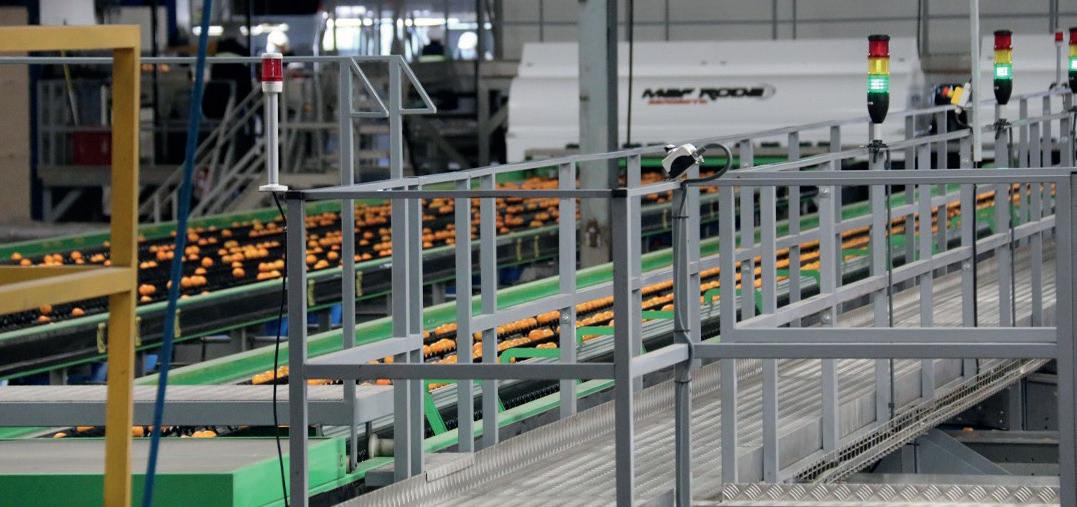
“THE CONSTANT ABANDONMENT OF CITRUS FIELDS IS A REALITY AND THIS YEAR IT HAS WORSENED”
According to the commercial director of Garcia Ballester, the poor results of the previous campaign have been further pro moting the abandonment of land devoted to the cultivation of oranges and clemen tines in the Region of Valencia:
“The constant abandonment of citrus fields is a reality and this year it has worsened”
Jorge García Monfort, Commercial Director of García Ballester:
AGF Primeur • Special Edition • 20224 Citrus
“The most notable case is that of the free variety Clemenules, the most cultivated in the province of Castellon. The acreage devoted to this variety has been declining already for 5 years. The pressure from the supply, concentrated in the months of November and December, causes prices to fall every year, while production costs continue to increase, as more and more treatments are required. Besides, the ‘cotonet’ pest has done tremendous damage to this and other varieties across the Region, especially in Castellon. This year, growers were no longer so unprepared, but there has been a higher incidence of spider mite. Normally, with one or two treatments, the issue is solved; however, twice as many treatments have been needed this year, and the price of these treatments has tripled. There are people who have been unable to treat their fields and this is the first step towards abandonment,” explains Jorge García.
“The constant abandonment of fields is a reality and this year it has worsened. It is especially noticeable in the case of the fields of small growers, as larger companies have more resources to find solutions,” he said.
OPTIMISM WITH THE NEW MANDARIN VARIETY LEANRI
In the 2021/2022 campaign, the company from Castellon has marketed the first volumes of the new Leanri mandarin.
“These are still not very significant volumes, since it is the first harvest, but it has already allowed us to carry out some programs with supermarkets in Germany and Switzerland, where it has been very well
received. It is a very competitive variety in the mandarin category, which includes the Nadorcott, Tango and Orri, and I believe it will gain ground in this segment in the coming years. As for the Leanri, its production schedule in Spain is very broad. Grown from Huelva to Castellon, it can be marketed from the end of December to the end of May and resists for very long both on the tree and in storage. This year we will already reach 3 million kilos and prospects are promising. We are very optimistic.
“Research in new varieties is moving forward with much inertia. We are constantly looking for varieties that bring improvements compared to what we already have at all times of the season. Our company is part of ICCSA (Investigación Citrícola de Castellón, S.A.), a union of the cooperatives that belong to the Professional Association of Fruit Exporters of the Province of Castellon (ASOCIEX). We have some 15,000 varieties under study and at the moment there are 3 mandarin varieties and one blood orange variety at an advanced stage,” said Jorge García.

Sweetie berries
Here, in the sweet south-west of Europe, we love and respect the land where we were born, where the fruits that will feed future superheroes around the world sprout and grow.
Jorge García
AGF Primeur • Special Edition • 2022 5
fresmiel.es
Last year, the company opened a warehouse for the handling of organic citrus in the town of Tortosa, in the province of Tarragona. In fact, the firm already has certified plantations in production and others being converted. “This year, we will be able to make the first shipments of organic citrus to different supermarket chains, and we expect to grow quite a lot. It is interesting to be able to have an organic citrus line, but I don’t think you should just jump on the bio bandwagon and go crazy,” warns Jorge García. “When the first organic citrus fruits were launched on the market, they were very popular and sold well, but sales have now stagnated. The fact is that there are consumers willing to pay a higher price for an organic product, but those are actually just a small share of the consumers. The same applies to the fruit with leaves, which is just a niche product.”
Approximately 80% of the organic citrus produced in Spain is intended for European markets. “The Netherlands is one of the biggest importers of organic citrus in general. Other countries like Germany tend to focus more on the price. In general terms, the current economic climate doesn’t suggest easy times for consumers. Families are paying more and more attention to their expenditure in groceries. It is also worth recalling that the organic and conventional are increasingly closer to one another. More and more sustainable treatments are being used.
DROUGHT TO REDUCE THE HARVEST AND SIZES OF SPANISH CITRUS FRUITS IN THE 2022/2023 SEASON
According to sources in the producing and exporting sector, the first harvest estimates point to a drop of around 10% in the volume and a generalized reduction of sizes that will affect oranges especially. The Clemenules production should recover a little, although the increasing abandonment of fields could counteract that a little.
The sector is facing a disproportionate increase in the production and handling costs, although the impact of this on the supply that will be available is difficult to measure. The impact of drought, which is perhaps the biggest threat, is easier to assess. The water shortage has become a very severe problem in Andalusia, where water reserves have dropped to just 25%; a historically low figure which contrasts with the situation in the Region of Valencia, where reserves are at 54%, while in Murcia they are at 31%, also a historically low figure. In Andalusia, the orange production predominates over other citrus species, which suggests that the greatest impact of the decline in Spanish citrus sizes will be on oranges. In the Region of Murcia, lemon and grapefruit are the predominant citrus crops, while in the Region of Valencia, which has a wider range of species, clementines and mandarins predominate. However, in campaigns in which there is a drop in the supply, there are always fewer discards, so according to industry sources, there should be no problems to meet the market demand.
“Last year, there were already problems with the calibers of oranges. Although there will be less production, it remains to be seen how great the demand will be, as in the last 5 years, with the exception of the year of the pandemic, it has tended to fall. As for the Clemenules, there could be a slightly larger volume compared to last year, when the production fell sharply, while for the second season we expect volumes to fall quite a lot after the great harvest of the 2021/2022 campaign, despite the fact that younger plantations will be coming into production,” says Jorge Garcia.
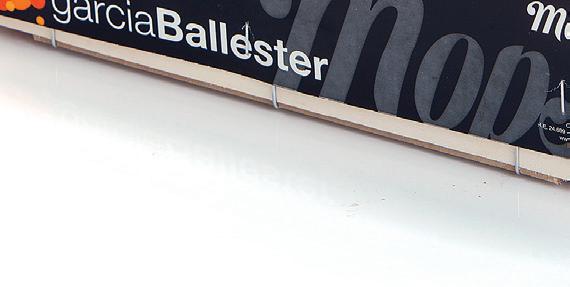
THE IMPORT OF ORANGES FROM SOUTH AFRICA AND EGYPT HAS FALLEN AND MANDARINS FROM MOROCCO AND TURKEY ARE GAINING GROUND IN THE EU
According to data from the Spanish Ministry of Agriculture, Fisheries and Food,





in the first half of 2022, the EU imported 742,894 tons of citrus. This represents a drop of 7.4% (59,200 t) compared to the same period last year, and a 4.6% reduction (-35,400t) compared to the average of the previous five years. The main citrus fruit was mandarins, with 41% of the total, which entails an increase in their share and puts them ahead of oranges (35.4%). All citrus fruits except for lemons, which recorded a significant increase (+104%, 81,300 t), have seen their volumes drop compared to 2021. Compared to the average, oranges have dropped by 26.1% (-89,300 t) and grapefruit by 20.1% (-26,900 t). Meanwhile, mandarins have increased by 9.1% (+18,800 t) and, of course, lemons have grown by +63.5% (+61,900 t).
The main supplying countries have all delivered less, with the exception of Turkey (+36.9%), Argentina (+36.4%), as well as South Africa, whose figures remained stable. Egypt accounted for 30% of imports, although it has lost market share compared to the average. Turkey, on the other hand, has increased its share by seven points due to the growth achieved with clementines and mandarins, but mainly with lemons.
As for mandarins and clementines, Morocco has increased its shipments to the EU by 17.4% compared to the 2020/2021 season, while Turkey has increased its exports by 8.2%, shipping 29% more than the average of the last 5 years.


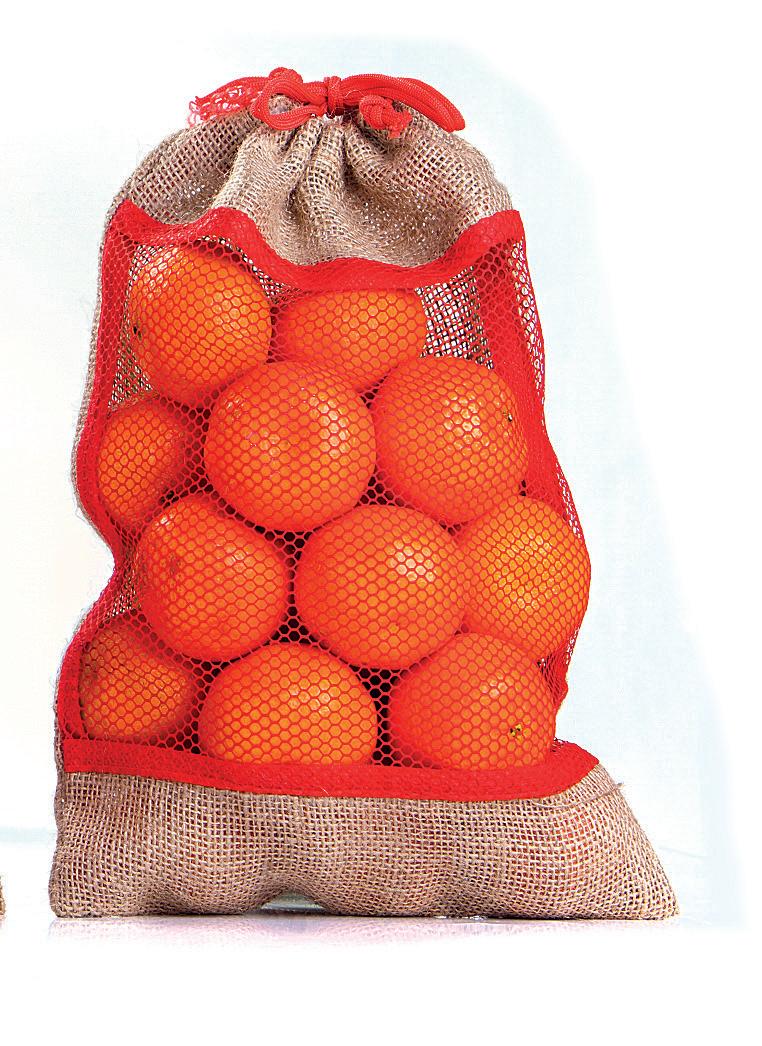
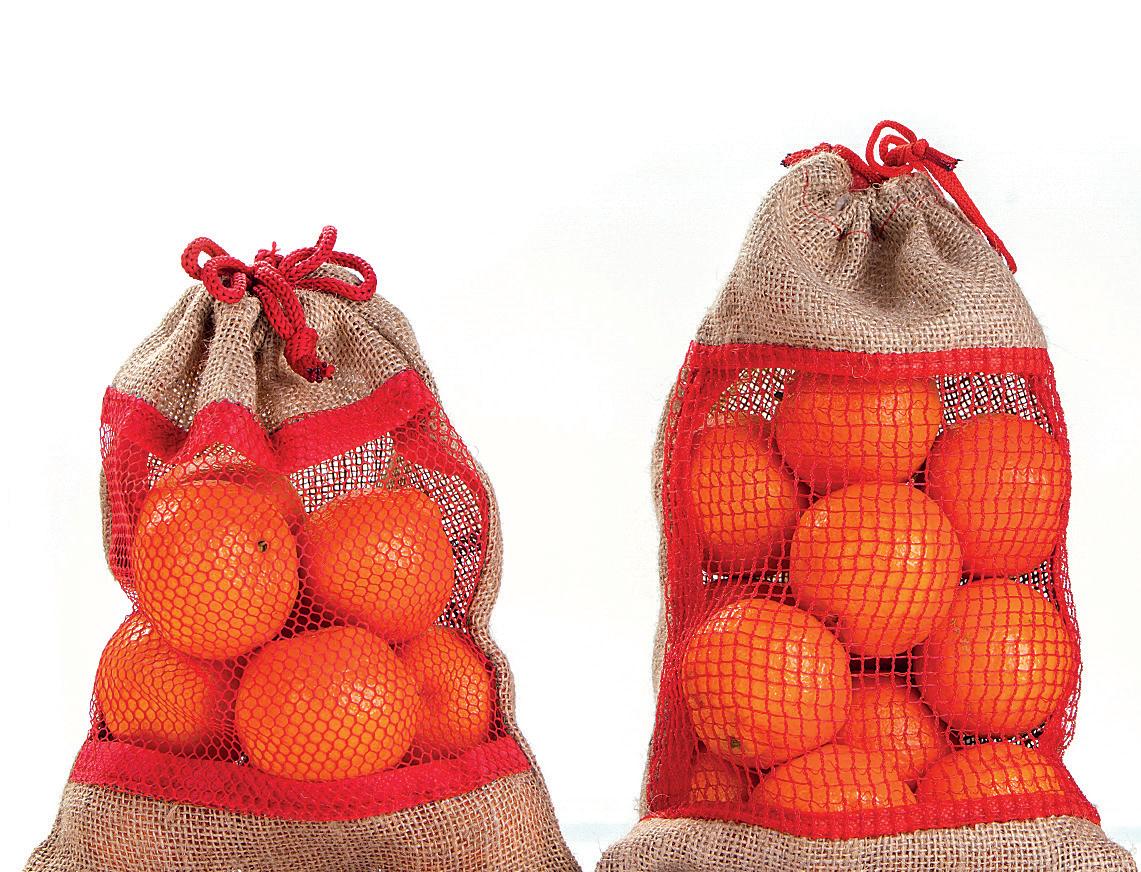

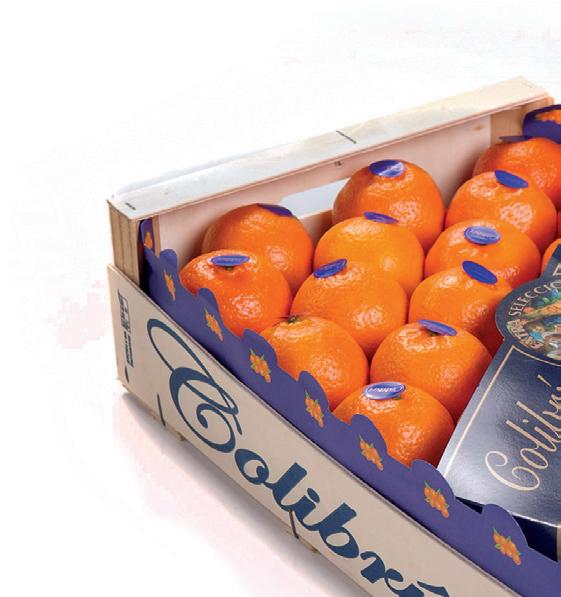
“I DON’T THINK YOU SHOULD JUST JUMP ON THE BIO BANDWAGON AND GO CRAZY”
AGF Primeur • Special Edition • 20226



























































AGF Primeur • Special Edition • 2022 7
The door for fresh produce to European consumers
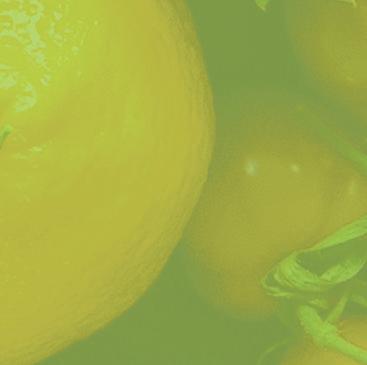


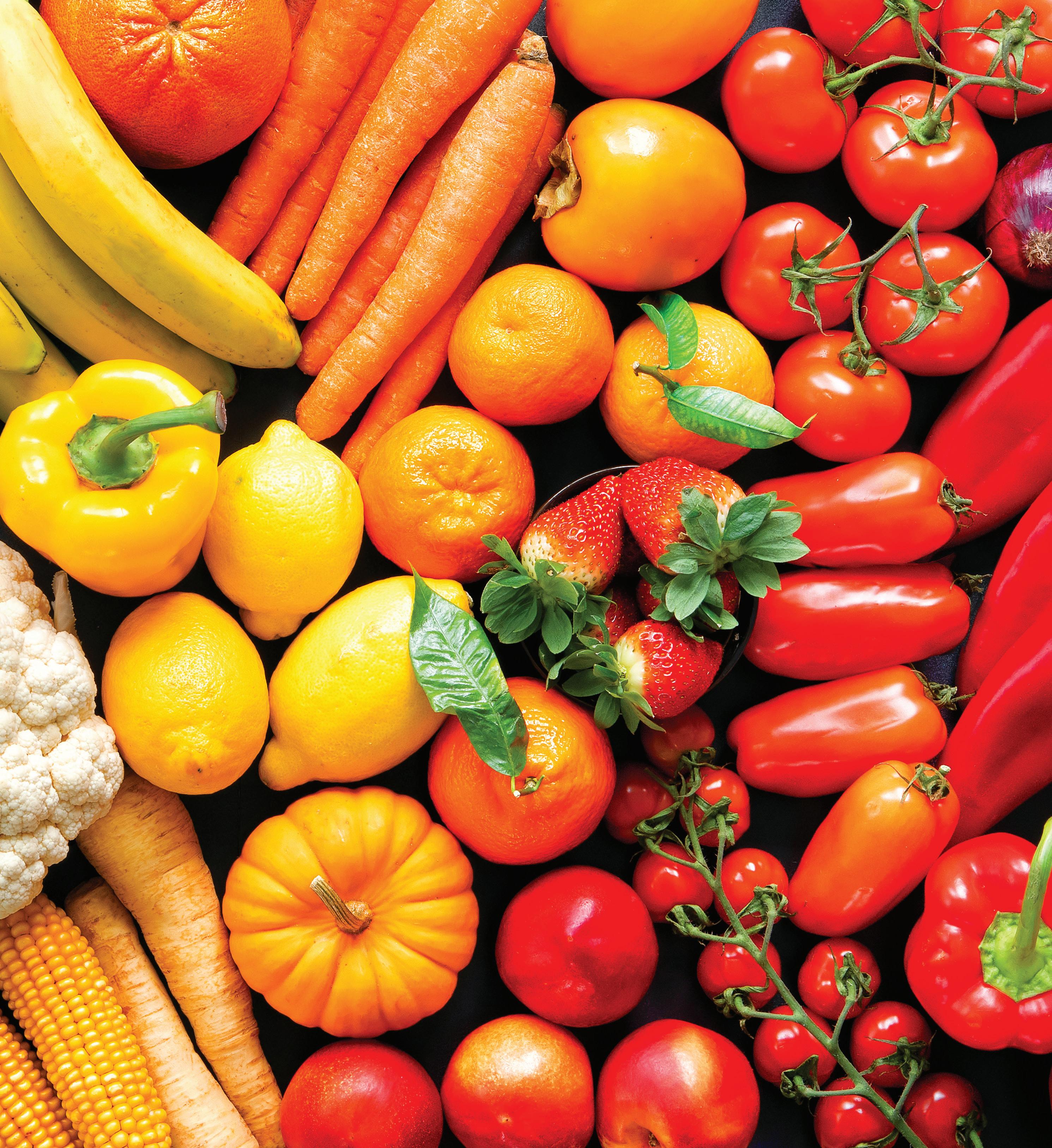
The Greenery International/Hagé imports a wide range of fruit and vegetables, serving (online) retail and trade customers throughout Europe.

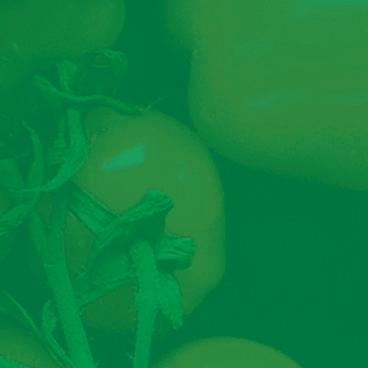




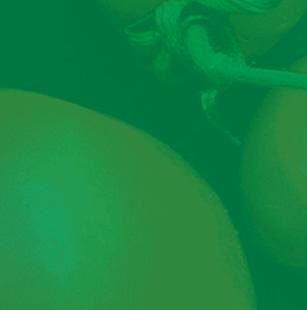
Importing fruit and vegetables is in our DNA. For decades, we have been working together with a large number of suppliers from Southern Europe, Central and South America, South Africa and Asia. We focus on the product groups greenhouse vegetables, stone fruit, grapes, melons and open field vegetables, but we also have a strong share in products such as garlic, avocados and kiwi. Due to our
central location near the Rotterdam harbours, we are literally the door to Europe.
Our import experience, combined with our years of retail expertise, is appreciated by our customers. Our working method is always aimed at long-term cooperation with both suppliers and customers. That is the difference we make!
More information


Discover the dynamics of our value chain at thegreenery.com The Greenery bv, PO Box 79, 2990 AB Barendrecht, The Neterherlands, T + 31 (0)180 655 911, info@thegreenery.com Contact Ton Bouw or Frank Ocampo, commercie@hage-international.com, telephone +31 (0)180 648 000.



 Consumer
Producer Marketing
Retailer Logistics
Products
Pieter van Pelt, Commercial Manager of The Greenery International:
Consumer
Producer Marketing
Retailer Logistics
Products
Pieter van Pelt, Commercial Manager of The Greenery International:
“Retailers need reliable suppliers now more than ever”
Two years ago, The Greenery chose to increase its focus on its activities with its business units The Greenery Growers, The Greenery Logistics and The Greenery International. The Greenery Growers handles the supply from Dutch growers, The Greenery International imports a wide range of fruit and vegetables, serving (online) retail and trade customers and The Greenery Logistics provides logistics solutions for fresh produce.
What advantages does the new focus bring to the import activities?
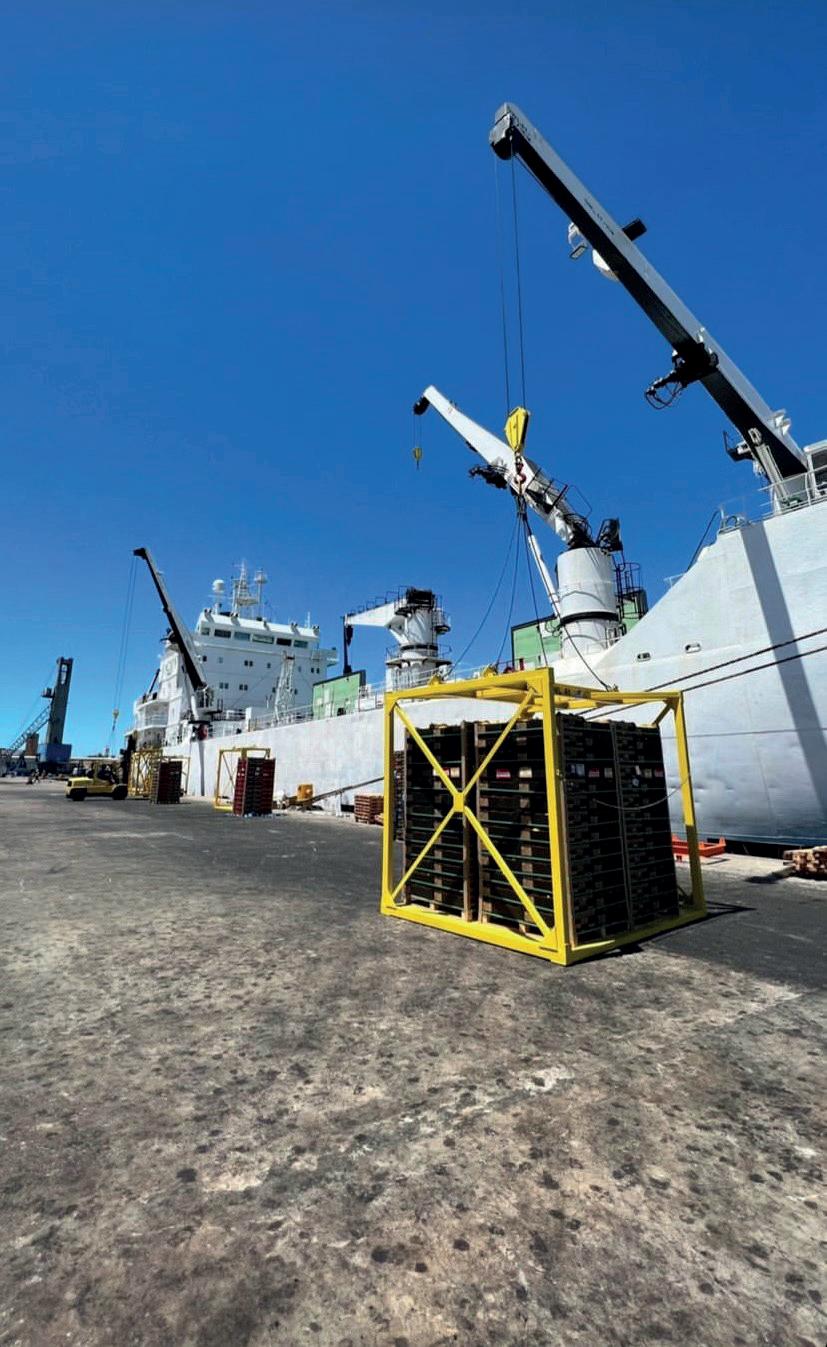
Pieter van Pelt, Commercial Manager of The Greenery International: “Part of The Greenery International is Hagé Interna tional, the import branch that for decades has been working with a large number of suppliers from Southern Europe, South America, South Africa and Asia. We are a reliable supplier of a comprehensive, yearround assortment of fruit and vegetables for European retailers. Traditionally, we are quite big in the product group fruit vegetables, stone fruit, grapes, melons and open ground vegetables, but we also have a strong share in products such as garlic, avocados and, of course, kiwis. Because of our central location near the ports of Rot terdam we are literally the doorway into Europe. Our import experience, combined with our years of retail knowledge, is very much appreciated by our customers.”
“The collaboration within the chain is in transition though,” Pieter notes. “Our sup pliers are inching nearer and nearer to the customer. But that doesn't make our
role any less important. With cost price increases and transport delays being the order of the day, the role of a service provider is only becoming more import ant. Retailers need reliable suppliers now more than ever. And suppliers, in turn, want to work with reliable parties who are in touch with retailers in Europe,” Pieter continued. “With a strong focus on the various products, more direct lines of communication with customers and suppliers, and close cooperation across the team, things are handled faster and more efficiently. This allows us to respond quickly to changes in the market. This is appreciated by our customers and suppli ers alike.”
Crops grown under artificial light in Northern Europe seem to be significantly fewer this winter. What does this mean for the Spanish/ Moroccan production? Do fuel prices cancel things out?
Ton Bouw, Senior Purchaser Vegetables: “The rising energy costs are having a seri ous impact on crops grown under artifi
cial light in Northern Europe. We noticed a clear need among European retailers to supplement their program with products from Southern Europe. This resulted in an increased demand. Due to the great uncer tainty about the availability of these crops and the sharp increase in prices, we have taken a timely position and our product availability is guaranteed. However, we have also noticed that not all parties in Spain are equally enthusiastic about mak ing firm agreements. The great uncertain ty about what the development of costs will be, a possible new Corona wave and the corresponding impact on personnel availability, the war in Ukraine, etc.; all this might mean that not everyone wants to commit themselves. But, together with our regular suppliers, we have been able to fulfill almost all programs for our cus tomers.”
What developments are there within European retail. Are online retail sales increasing?
Pieter van Pelt: “We see the same devel opments with many European retail
AGF Primeur • Special Edition • 20229 Company news
Company
ers, namely consolidation, purchasing as close to the source as possible, ensuring product availability, online sales and sustainability. During the pandemic, online sales rose sharply. More and more consumers have dis covered the convenience of ordering online and we are still seeing these sales increase, although less rap idly than in the past two years. It is however uncer tain what the impact of the decline in purchasing power will be on online retail.”
Inflation is sky-high: do you foresee a shift to more basic products?
Pieter: “Inflation is indeed high and we are already seeing a change in consum er buying behavior. Sales of what consumers view as more luxurious products, such as soft fruits and exot ics, are already showing a decline. If inflation remains high, it is likely that con sumers will cut back even more on their fruit and veg etable purchases. A further shift to basic products is therefore not inconceivable.”
To what extent is there understanding among retail customers for the cost increases within the chain?
Pieter: “We are in constant dialogue with our customers and suppliers about all cost increases. There is understanding for all developments; retailers are also faced with rising costs and a changing consump tion pattern. By closely following all devel opments and dealing with the changes in a smart way, we can all get through this period together.”
What are the expectations for the upcoming open ground season? The heat and drought of the past few months has also gripped cultivation areas in southern Europe. Problems regarding availability are not immediately to be expected. However, the increasing cost price of the products is causing suppliers to change their marketing strategy. Jor gen Schatschabel, Senior Purchaser Open Ground: “Due to the rise in cultivation prices, I have noticed that suppliers are increasingly sending selective products, whereby priority is given to the contracts they have concluded. This leaves less product for the daily trade.”
Cost increases are also playing an import ant role in sales in the grape segment. Wil fred Heijstek, Senior Purchaser Grapes: “The cost component of a box of grapes has increased enormously. As with almost all other product groups, grape growers have become more cautious about who they do business with to the financial risks involved. The Greenery International has mostly long-term relationships with its suppliers, giving us sufficient access to products to supply our customers. All of the suppliers we work with have planted many new varieties in recent years, ensur ing they are ready for the future. Taste is the most important criterion when choos ing a new variety and these new varieties also ensure somewhat cheaper produc tion. This is something that is very much needed, given the current inflation rate.”
The overseas melon season started at The Greenery International in week 36 with the arrival of the first melons from Bra zil. Frank Ocampo, responsible for melon sourcing - among other things – predicts a tough season: “The Brazilian growers, like the Spanish growers, have only planted on the basis of committed volumes. There is a shortage of cargo space between Bra zil and Europe. As a result, ocean freight costs have skyrocketed. Growers are therefore opting for targeted programs

where they can ensure con tinuity and pricing. Togeth er with our partner Agricola Famosa, we have revived the so-called Break Bulk. The pallets are transported by truck from the farms to the harbor, loaded onto the ship one by one and they will arrive - chilled - in Rot terdam within two weeks. We will also work with our regular grower Brazil Melon, with whom we will mainly load the container shipments. Because of this unique cooperation in cargo distribution with the best growers in Brazil, we will be able to supply our custom ers with tasty melons and watermelons daily. Starting in January, we expect mel ons from Central America, but with all the uncertain ties it is too early to make any predictions about that now.”
How can you, as The Greenery, distinguish yourself in the European markets?
Pieter: “The Greenery/Hagé has built up a huge network in the decades that it has been doing business in Southern Europe. We've been working for years with renowned parties in the fruit and vegeta ble sector, who stand for quality and avail ability. For a number of products, we have a year-round supply from Southern Europe. We start early (often in late August) and we finish late (often in late June). Import ing fruit and vegetables is in the genes of The Greenery/Hagé. Our methods are always aimed at long-term cooperation and taking care of our customers, deliver ing top quality, for the right price and with the right certifications. That's how we do business!”
Visit The Greenery at Fruit Attraction, booth 10G10.
Luiz Roberto Barcelos (Agricola Famosa) Frank Ocampo (The Greenery) & Carlo Porro (Agricola Famosa)
AGF Primeur • Special Edition • 202210
news



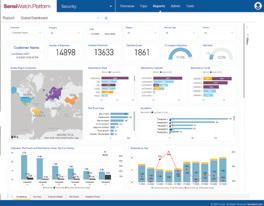







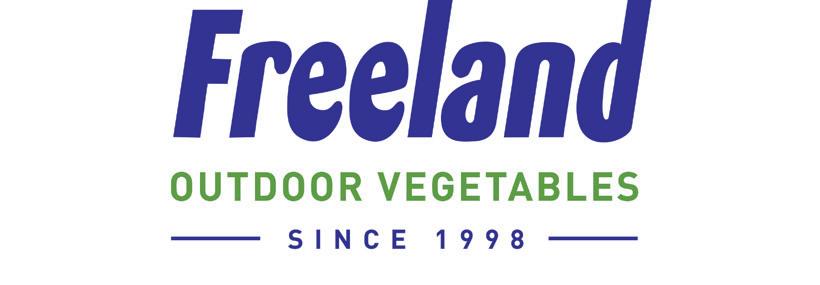









AGF Primeur • Special Edition • 2022 11 End-to-End Cargo Tracking Real-Time Cold Chain and Logistics Visibility Cat-M1 for 4G/5G networks Multimodal support – including air Non-lithium battery options Tracking temperature, location, humidity, light Orders fulfilled within 48 hours globally For more information, please call +31 (0) 252 211 108 or visit us at Fruit Attraction, stand nº 6C05A sensitech.com A Carrier Company 4-6 OCTOBER Meet us in HALL 10 10E04 MEET THE GROWER Hall 10 | Stand E04 Bloedbessen_advertentie_90x132,5mm_v2.indd 1 13-09-2022 10:40
José Antonio Alconchel, president of the Tropical Sector at Asociafruit:
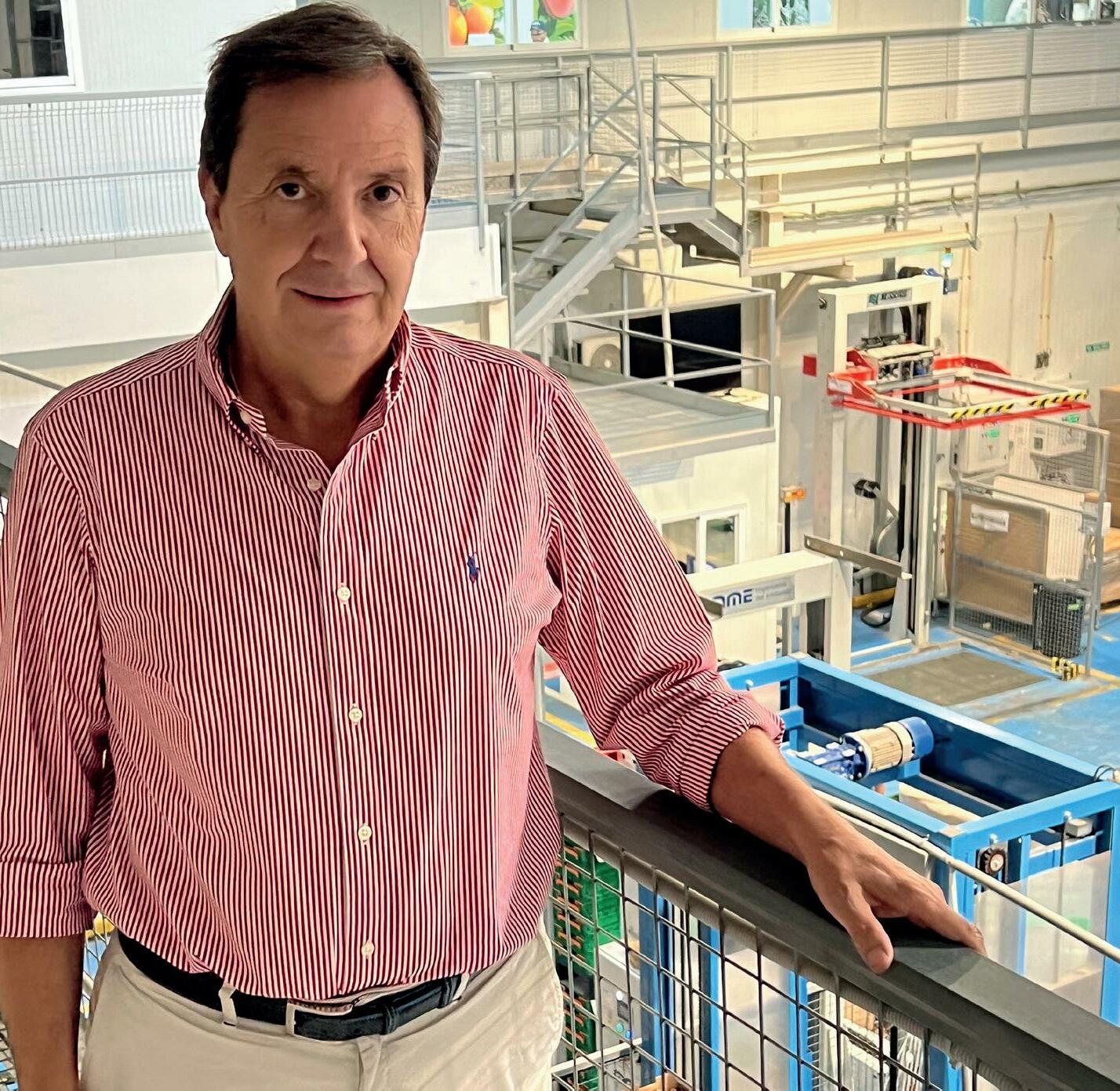
Mangoes have become the second most important subtropical product in Spain, after avocados. The crop has achieved significant growth over the last 20 years, with the acreage currently standing at 4,800 hectares, located mainly on the coast of Malaga (90%). Andalusia accounts for 90% of the cultivated area in Spain and 77% of the production. The rest of the mangoes are produced in the Canary Islands.
According to data from the Prices and Markets Observatory of the Govern ment of Andalusia, the mango acreage has continued to expand slightly in Andalusia each year. In 2021 there were 4,800 hec tares planted, 91% of which were in pro duction. Ninety percent of the area cor responds to the province of Malaga; the rest mainly to Granada, which accounts for 9% of the cultivated area. All in all, the Andalusian production reached 31,915
tons in the 2021 campaign, 86% of which corresponds to Malaga plantations and 13% to Granada’s. The value of the produc tion fell compared to the previous season, due to a 26% drop in the price at origin.
The bulk of the campaign’s marketed volume arrives between September and October, with 42% and 50%, respectively. These are the months in which the main varieties are in production, namely the
Osteen, which accounts for around 78% of the marketed production, and the Keitt, with a share of 17%. Other less represen tative varieties, such as the Kent, Tommy Atkins, Palmer or Irwin, among others, are also in production.
The 2022 season began in mid-August with the first Irwin mangoes, a variety that is not very representative compared to the Osteen, but with a demand that seems to be on the rise, according to some exporters. The estimated production for this year in Andalusia is about 20% higher than last year; however, although there is more fruit per tree, there is an abundance of medium and small sized fruit, with a predominance of calibers 9, 10 and 12.
“It is rumored that Malaga could have achieved an increase of around 15% this campaign, and Granada one of around 30%, but that these figures could have been much higher if there had been more water available. In Granada, the volumes could have grown by more than 50% this year,” said José Antonio, from the Grana da-based company Frutas Fajardo.
Although the production continues to grow, it is still far from the full potential of the area planted. According to Enrique Colilles, CEO of the Malaga-based coop erative Trops, Spain could easily exceed 50,000 tons of mangoes; a volume that it has been unable to reach in recent sea sons due to the impact of weather events, as well as the limited supply of water resources. “With the acreage that we have, we could have a much greater production than the 20,000-30,000 tons we have been obtaining in recent years.
For his part, José Antonio Alconchel, CEO of Grupo Alcoaxarquía and president of the Tropical Sector at Asociafruit, which is part of Fepex, said that “this year we have been able to reduce the amount of irri gation in mango plantations, which have been affected by heat stress and wide spread drought. For the past few years there has been a lack of production in Spain. If we managed to become more pro
“If Spain could become more productive with its mangoes, we would have greater bargaining power”
AGF Primeur • Special Edition • 202212 Mango
ductive with the mangoes, given all that we have planted, we would have greater bargaining power. In Europe, our mangoes stand out from overseas ones thanks to the fact that they can be allowed to ripen in the tree for longer, which gives them superior organoleptic qualities. We have to be able to convey the value of our mangoes to European consumers, and make them aware of the dates during which they are produced.”
That is why producers and exporters such as José Antonio Fajardo remind us that “we shouldn’t rush the harvest, or we will not be able to offer that added value and have that unique competitive advantage. In auction sales in other areas, we have seen, like every year, fruit that had not been harvested ripe, which is very counterproductive for the entire sector. If the marketing season starts with that product and a feeling of dissatisfaction appears among buyers and end consumers at the beginning of the campaign, many cus-
tomers won’t repeat their purchases. The so-called ‘green cut’ is even more damaging in the case of domestic mangoes, a very exclusive product whose campaign takes place in a short period of time and in a context of high international competition.”



The European Union is mainly supplied by mango imports from third countries that arrive either directly, as in the case of Brazil and Peru, or through re-exports, as in the case of the Netherlands and partly Spain. In the case of Spain, both imports and the country’s own production are included.
According to data from the Government of Andalusia, in terms of volume, the main destinations of the mangoes from Malaga and Granada are Portugal, France and Germany, which account for 84% of the total, while in terms of value, France ranks first (32%), followed by Portugal (28%) and Germany (22%). In 2021, the volume and value of imports made by Andalusia

during the Andalusian mango production season (August to December) accounted for 29% of the total season. The main suppliers were Brazil (59% of the volume and 48% of the value) and Peru (18% of the volume and 27% of the value).

“Although mangoes have not recorded such a large and sudden growth in consumption as avocados, with the latter having arguably become a staple product for many European consumers, their demand continues to increase year after year. In general, the tropical and exotic fruit category is gaining market share every year and still has a long way to go,” said José Antonio Alconchel.

AGF Primeur • Special Edition • 2022 13
We speak your language
good food in g ood h a n

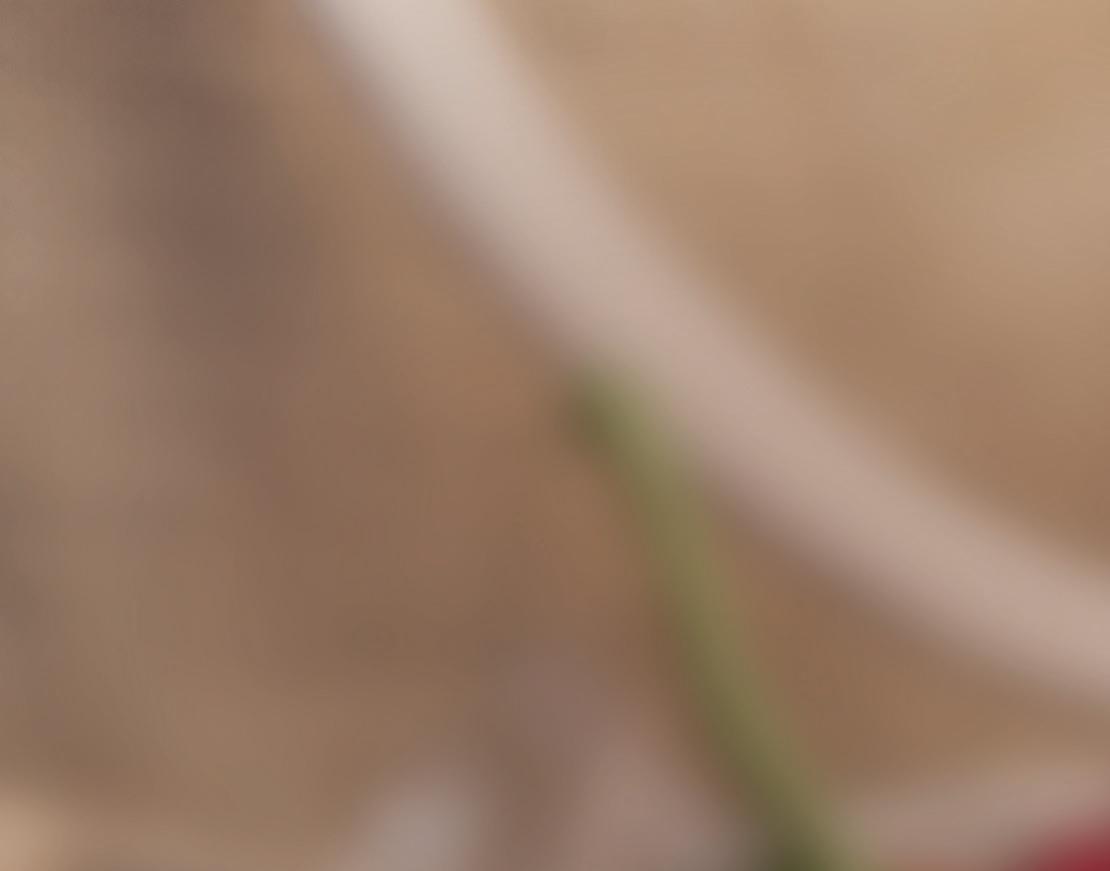
Food has to be tasty. And healthy, sustainably grown and carefully packaged. Every day we are committed to cultivating the tastiest and best tomatoes, (pointed) peppers, cucumbers and aubergines. Honest and transparent: good food in good hands. That’s what we stand for!
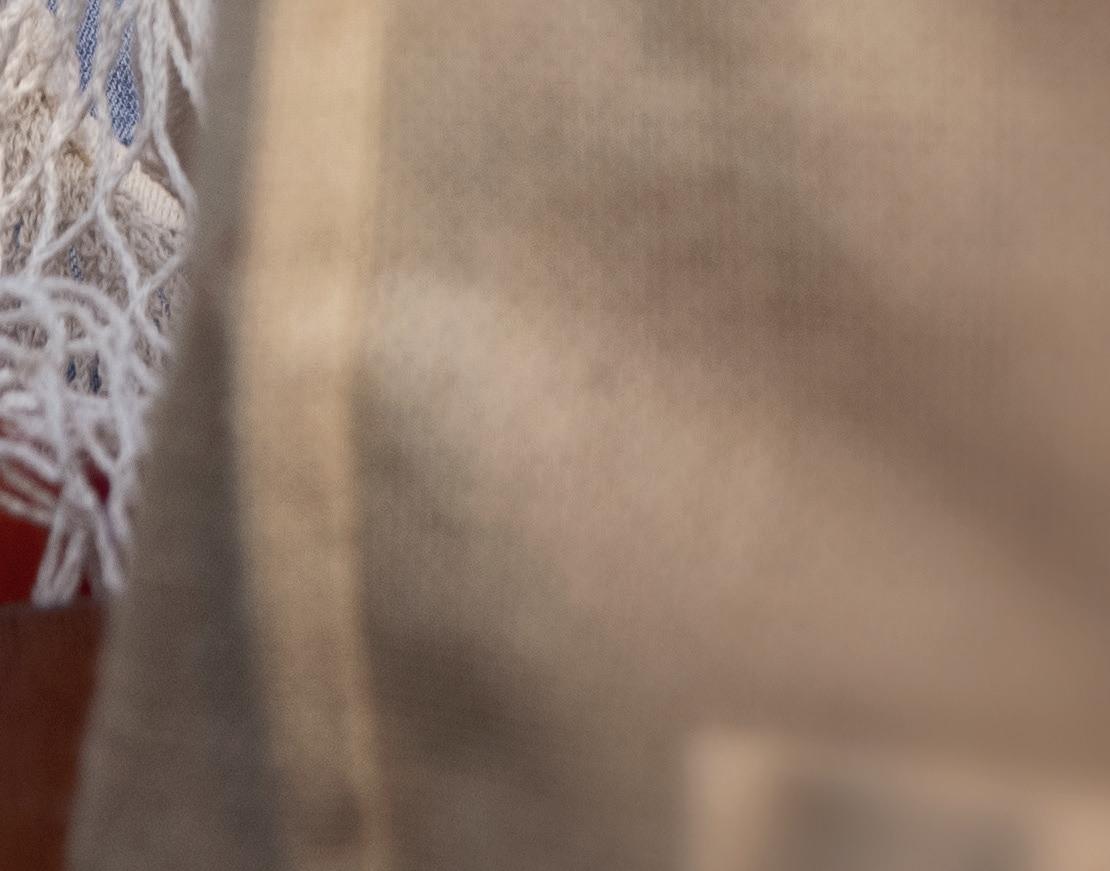
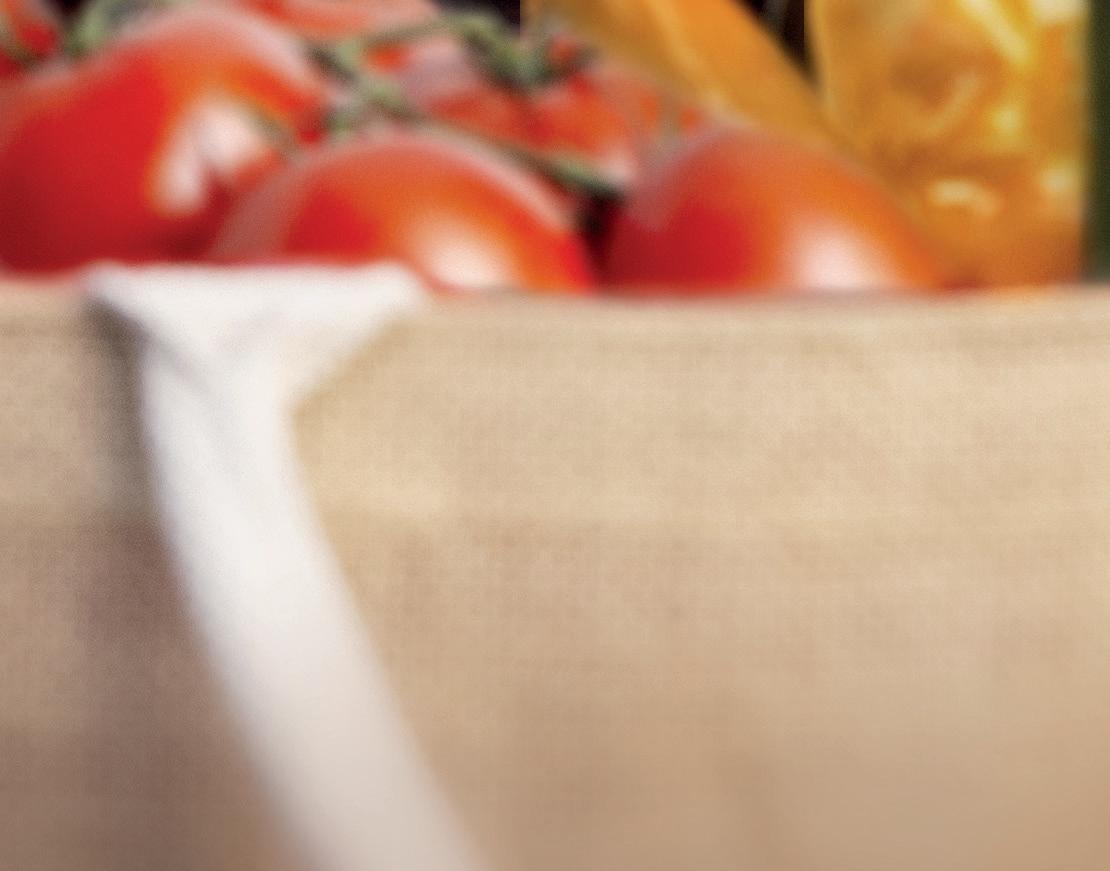

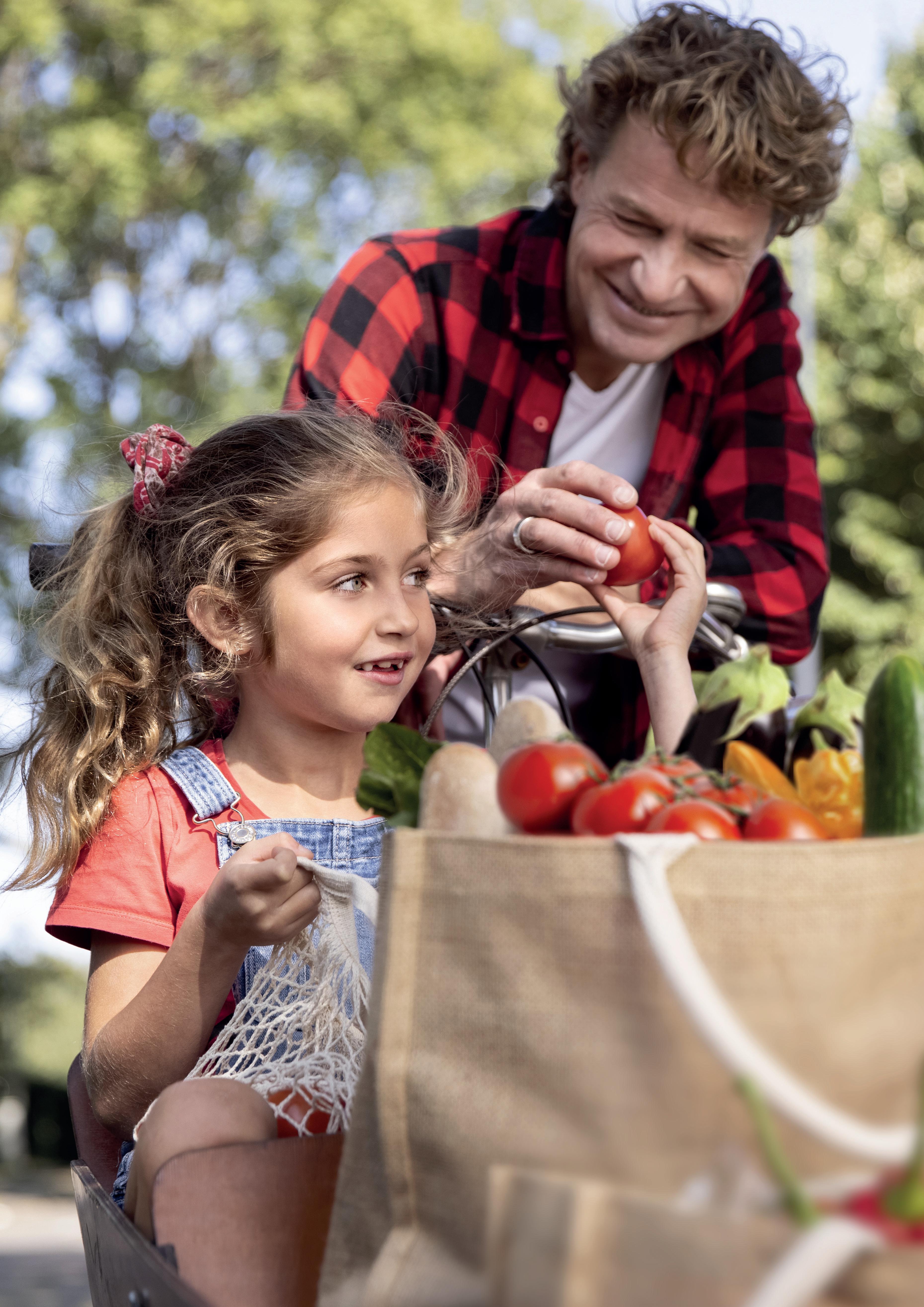
d s growersunited.nl/en
Spain is the leading European producer of stone fruit and the undisputed leader in its export worldwide, although its supply has been reduced for 3 consecutive seasons due to the impact of frost and hail. Besides the effect of adverse weather conditions, there are also more and more issues with profitability, as production costs are on the rise. This, as well as the market demands for tasty fruit, makes it worth looking into a review of the productive structure at the varietal and marketing level, also in the case of plums.
ura, no crops have been lost due to frosts, but there are increasingly strong heat waves and late rains, as climate change is resulting in more extreme weather events. That is why the sector requires a greater implementation of technical methods to combat these adversities, such as antifreeze systems or anti-hail protection nets, but I think it is very important to make use of the genetic means we have for crop adaptation.”
The Extremadura-based company has been working for about 15 years on materials adapted to the on-going changes in the climate. “Until now, all the material being selected was intended for early flowerings, since we were looking for early varieties. In recent years, this trend has been abandoned and we have been working on a group of varieties which combine low chilling requirements with very late blooms. This ensures that the varieties will be productive in winter, regardless of the conditions, and will be less at risk when flowering a few weeks later,” says Luis Aliseda. “We have already introduced three nectarine varieties with these characteristics and four red peaches and we hope to continue moving along these lines.”
“Flavor is becoming a determining factor in the consumption of stone fruit”
According to Europech data, after a 2021 campaign with a record low stone fruit production in all European countries, in 2022 there will be a generalized recovery, with the exception of Spain. For the second consecutive year, spring frosts have caused significant losses in stone fruit orchards in Spain. While last year Italy and Greece estimated declines of between 35% and 50%, this year they report a recovery of 41% and 64%, respectively, reaching close to average production values. France, in addition to recovering by 47%, is now also 2% above the average. Spain, with around 1.15 million tons, is the country that has been most affected by the frosts, with a 31% reduction in its pro-
duction compared to 2021, when the production was already lower than in 2020 and 42% below average.
“Climate change is taking a very negative toll on the agricultural sector in general, including stone fruit. In recent years, there have been some adversities that have significantly decimated the crops,” says Luis Aliseda, director of the R & D center of the Extremadura-based nursery Viveros Provedo. “Winters tend to be warmer, while springs are colder than usual, with frost occurring later and later in recent seasons. This year we have suffered production losses in the north of the Iberian Peninsula, in Catalonia and Aragon. In Extremad-

“Stone fruit has to get back its flavor. Many products have lost their flavor because productivity has increased exponentially. A season with a lack of fruit and low demand is showing us the very serious problems we will have to face when there is full production. Consumption is clearly driven by flavor. This year, we have seen how consumers have preferred other products when ours did not taste good,” Luis Aliseda says.
Of all the structural problems that the stone fruit sector may have, with its wide range of varieties and species available, many of which do not meet the expectations of consumers, producers and distributors, the case of plums is particularly outstanding. This fruit has already been unprofitable for more than four years. In
Luis Aliseda, director of R&D center of the Extremadura-based nursery Viveros Provedo:
“Either we get consumption to increase, or when the expected production arrives we will have a problem”
Luis Aliseda
AGF Primeur • Special Edition • 202215 Stone fruit
fact, at the end of the 2019 campaign, this led to more than 2,000 hectares being uprooted in a single year, and since then there has continued to be a downward trend. This year, sales have again stalled quite a bit during the month of July, as although old trees have been uprooted in recent years, there still seems to be a surplus of plums in the first stage of the campaign due to their poor quality in terms of flavor.
“It should be kept in mind that plums compete with melon and watermelon, as well as other stone fruit species, in the summer produce range. If consumers buy them and are disappointed, they won’t repeat the purchase and will look for alternatives. This has led to a significant loss of market share in recent years,” explains Luis Aliseda.
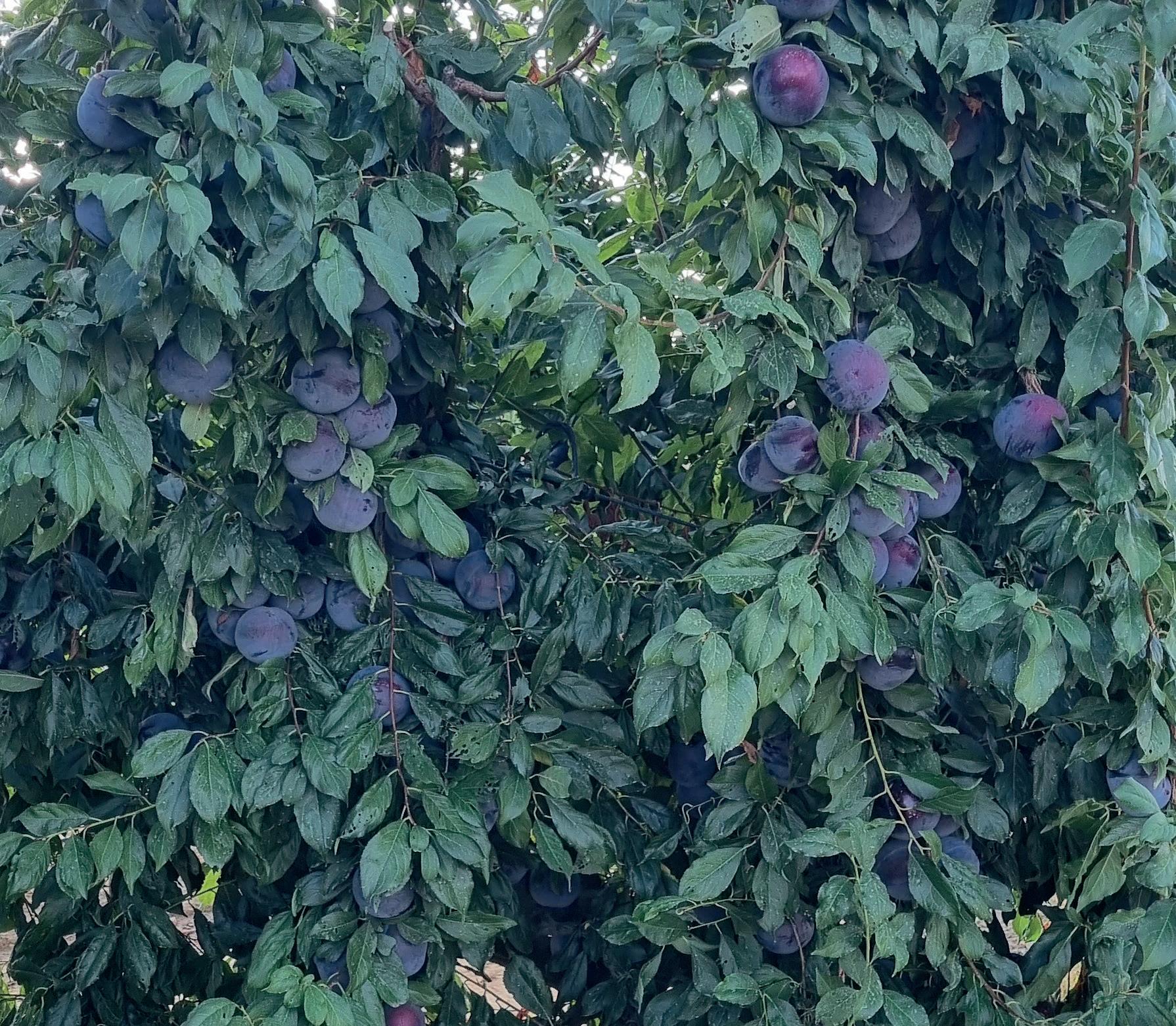
In addition to the fact that there is still an abundance of varieties with little flavor on the market, another of the main causes of plums losing value is the premature harvesting of the fruit at times when the market demands it. “It is a recurring problem that, unfortunately, has continued to happen in recent years, and this year it has been exacerbated by the overall shortage of stone fruit in the country, with fruit left in the chambers that has no commercial outlet, because it has been rejected. It is difficult for a producer to say no when the market demands the product and prices are attractive, since during the campaign there is no security or stability in the mar-
ket. The consequence then is a reduction in the market’s purchases, because a lot of bad tasting products accumulate in the chambers and it becomes difficult to sell them,” says the expert.
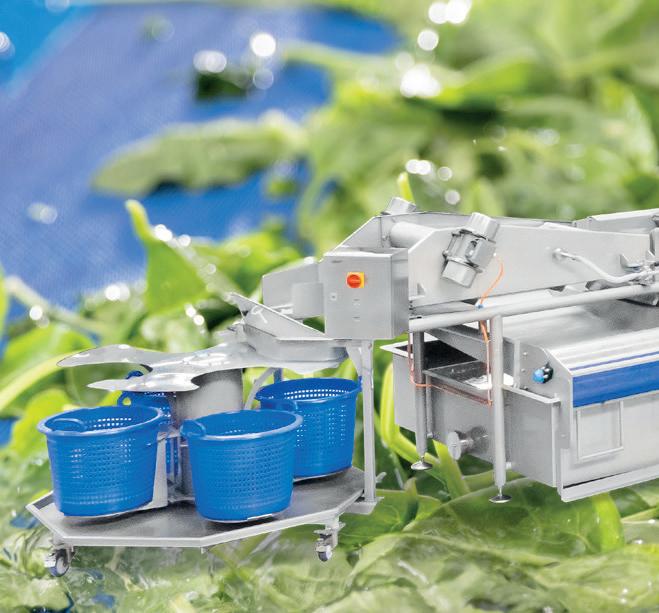

“We have to anticipate what we do. That sounds difficult, but it's extremely simple. The market rules are quite basic, and the




flavorful traditional varieties, but achieving greater hardness at a commercial level. This has been done, for example, with grapes, melons and watermelons, as well as other products, and this puts them in a more advantageous position compared to stone fruit in general. We have just finished with some very tasty plum varieties, with minimum sugar levels reaching 17 Brix degrees, with a strong aromatic component and harvested from the end of June to the end of September, with a gap in the harvesting schedule of one or two weeks between varieties. These are mainly red-fleshed varieties, although there are also some yellow-fleshed ones. When the variety offers an extraordinary flavor, the color of the flesh is not as important,” he says.
rule of thumb is that all parties involved want to get something positive out of it. Growers want more kilos, supermarkets don't want to throw fruit away and want it to have as long a shelf life as possible, and consumers want tasty fruit,” says Luis Aliseda.
“What have we done as breeders? We have developed more vigorous materials, maintaining the sugar levels of the most


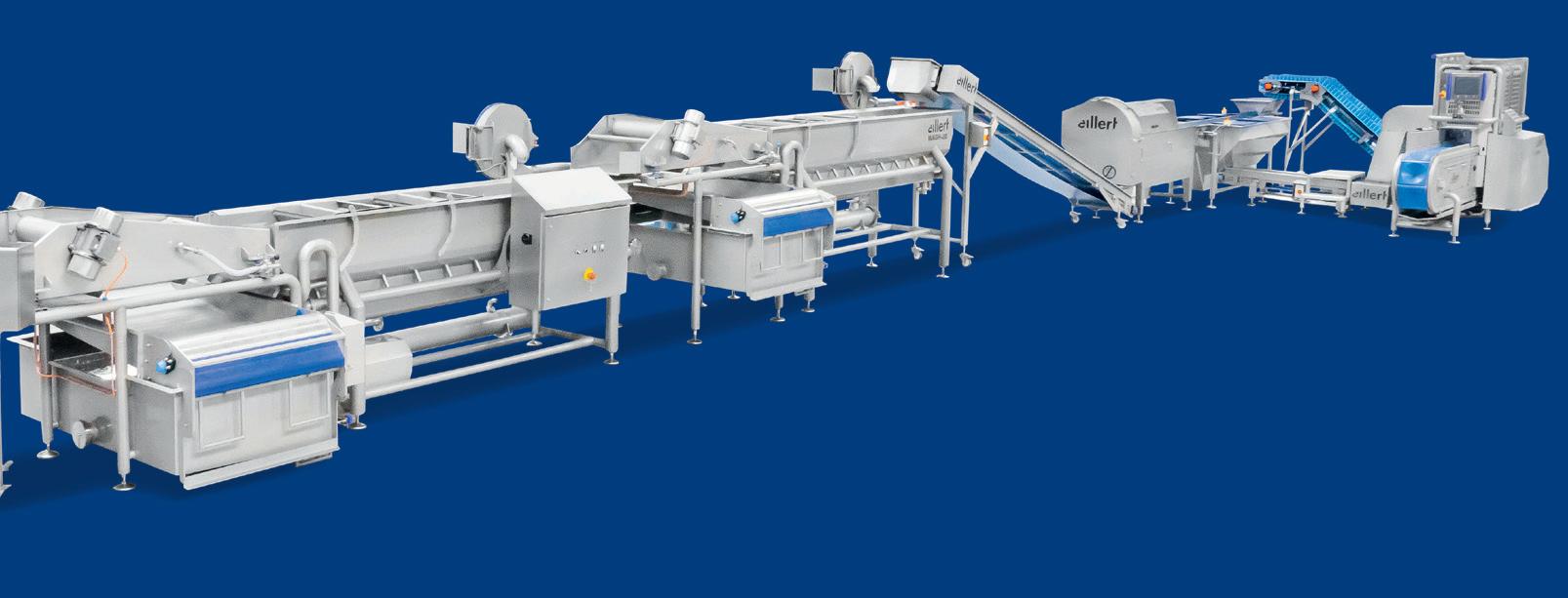
“Varieties such as the Black Splendor have even caused the market to collapse due to a lack of flavor, and since they are harvested earlier than they should have been because the prices then are attractive, when they have reached the market they have been rejected, while other good quality products have been sold like hot cakes. Plums are very sour when harvested green. Aware of the behavior of producers, we have obtained new plum varieties that will be juicy even when harvested a little earlier than they should be, so the market will find them edible. We assume that it is difficult to change the behavior of producers and the commercial channel, so we are adapting to them through genet-
 Stone fruit
Stone fruit
AGF Primeur • Special Edition • 202216
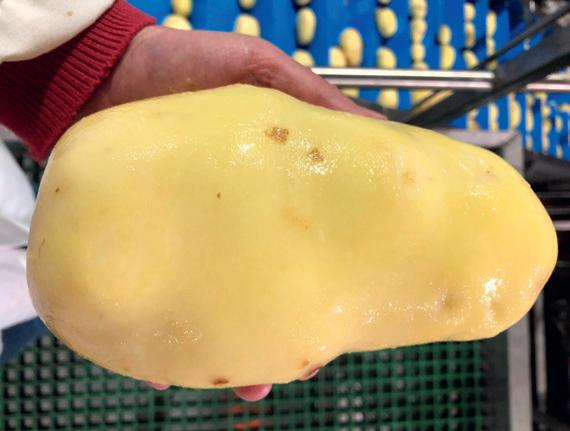
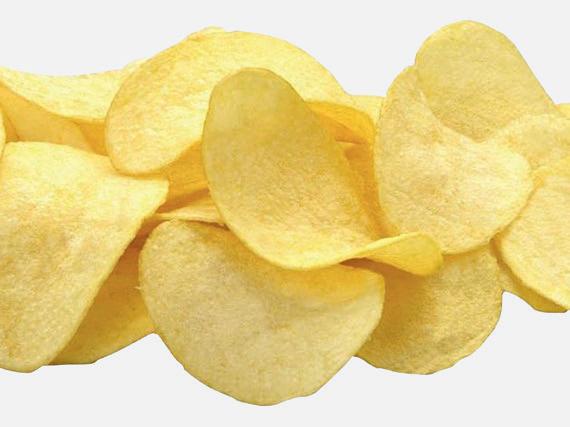
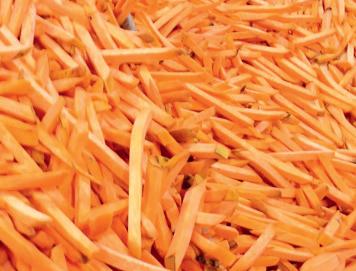
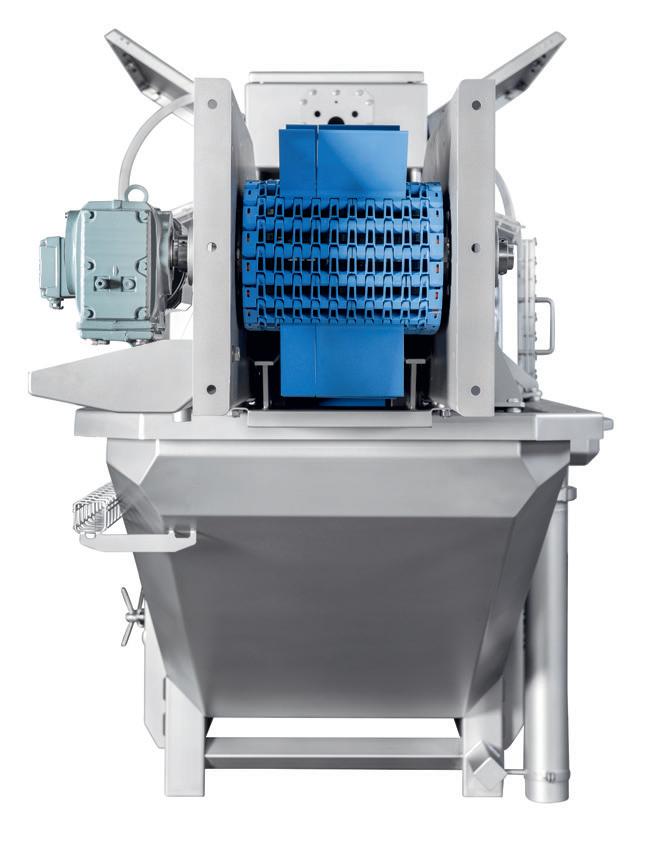
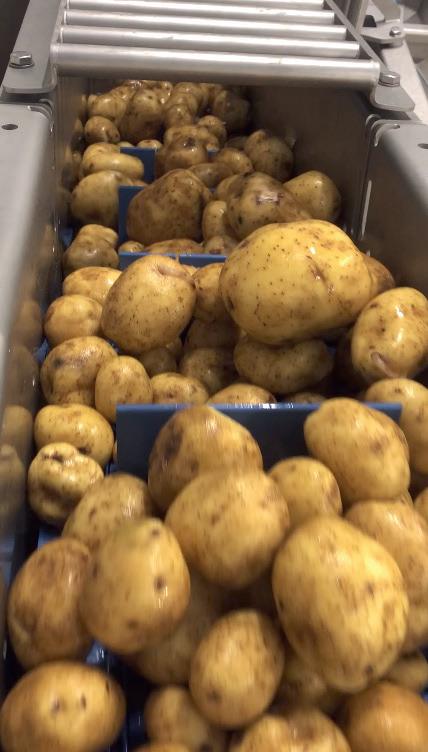

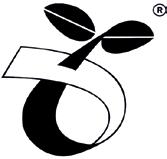























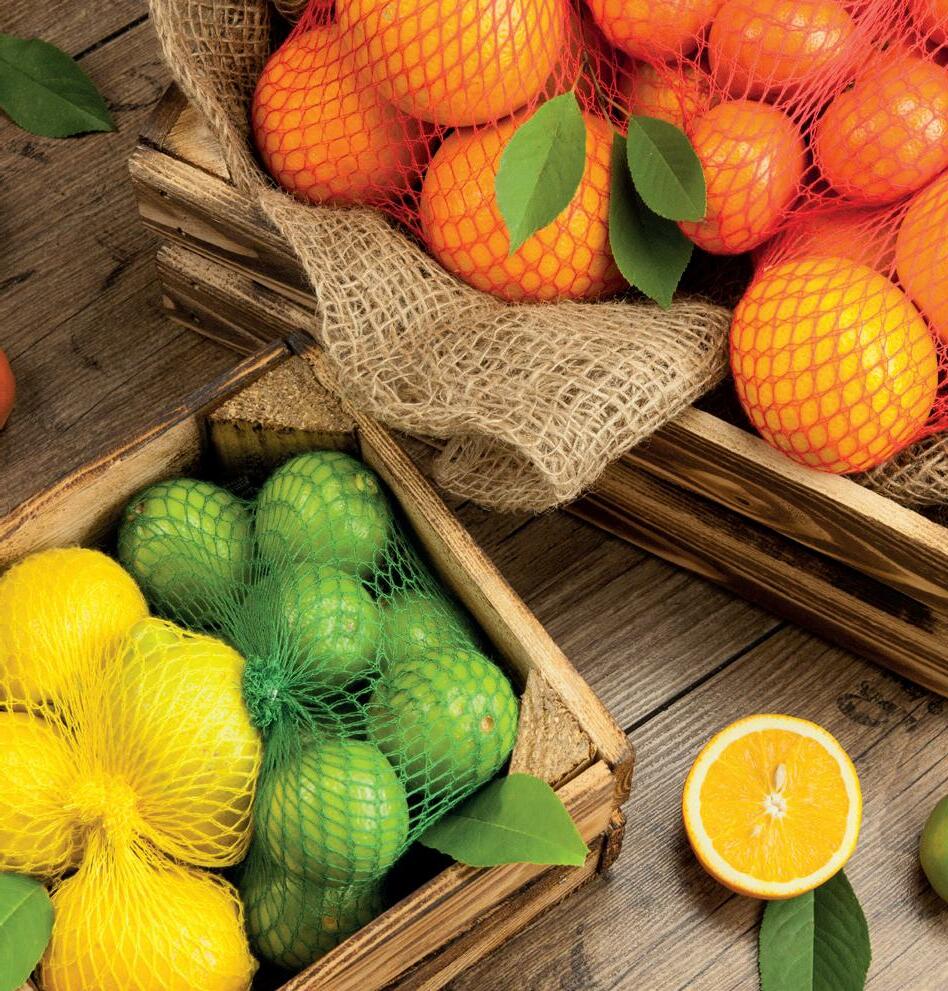

AGF Primeur • Special Edition • 2022 17 #1 provider of Pulsed Electric Field systems for French fries and chips. Healthier snacks, made from potatoes, vegetables and fruits with less fat, better taste, better colour. www.pulsemaster.us Our compostable nets made of 100% cellulose provide the perfect packaging solution for fruits and vegetables in a complete natural way. We offer a wide range of different colors and sizes. Available on bobbins or as cuffs. Further information at www.compopac.de STILL USING 100% natural sustainable forward-looking climate-friendly perfect fit food-grade certified resilient CONTACT US: www.compopac.de info@compopac.de +49 9823 955 160 PLASTIC PACKAGING FOR FRUITS AND VEGETABLES? Be part of THE CHANGE. Be part of THE FUTURE! Sustainably packed
ics. What we are trying to do is to increase the consumption of stone fruit; the issue of prices is another matter. Either we get consumption to increase, or when the expected production arrives, we will have a problem. We want to bring plum consumption to the same levels as that of table grapes or melons, offering the consumer security in their purchases.”
According to Luis Aliseda, it is normal for growers to be skeptical, because they are not sure if the tastier fruit will be as productive, as they need minimum yields. “Now they have to prove that these new materials, in addition to being productive, offer flavor. We hope that the market will continue to develop and changes will begin to be noticed in the coming seasons.”

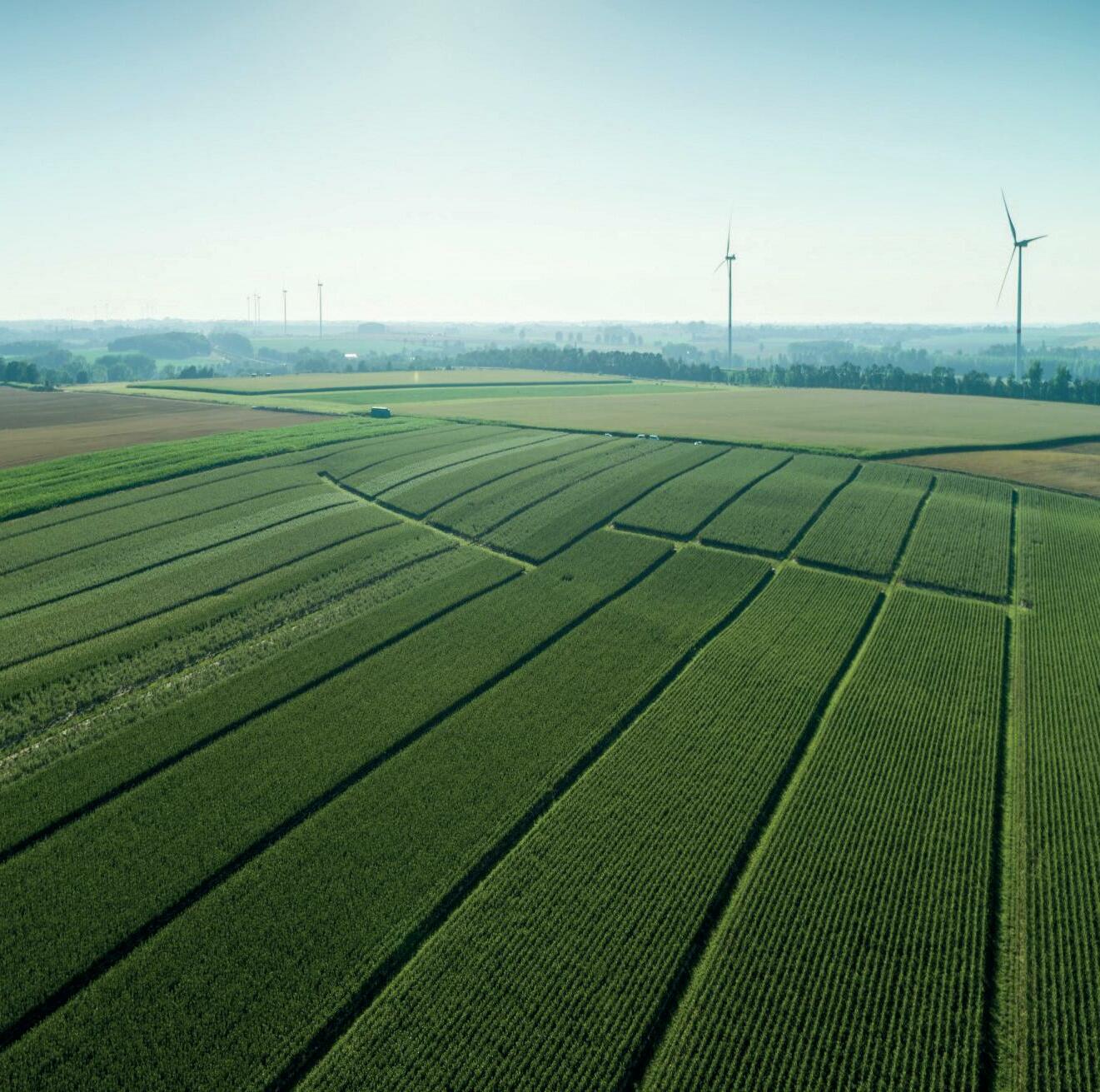
The expert also says that “this year, all breeders and nurseries expected nectarine sales to increase, as we have put a lot of effort into this species, as its hairless skin makes it more palatable. However, this year, peaches have been trendier. Since they have hair, their perspiration is different, more porous and, therefore, they are more aromatic and organoleptically superior to nectarines. The market


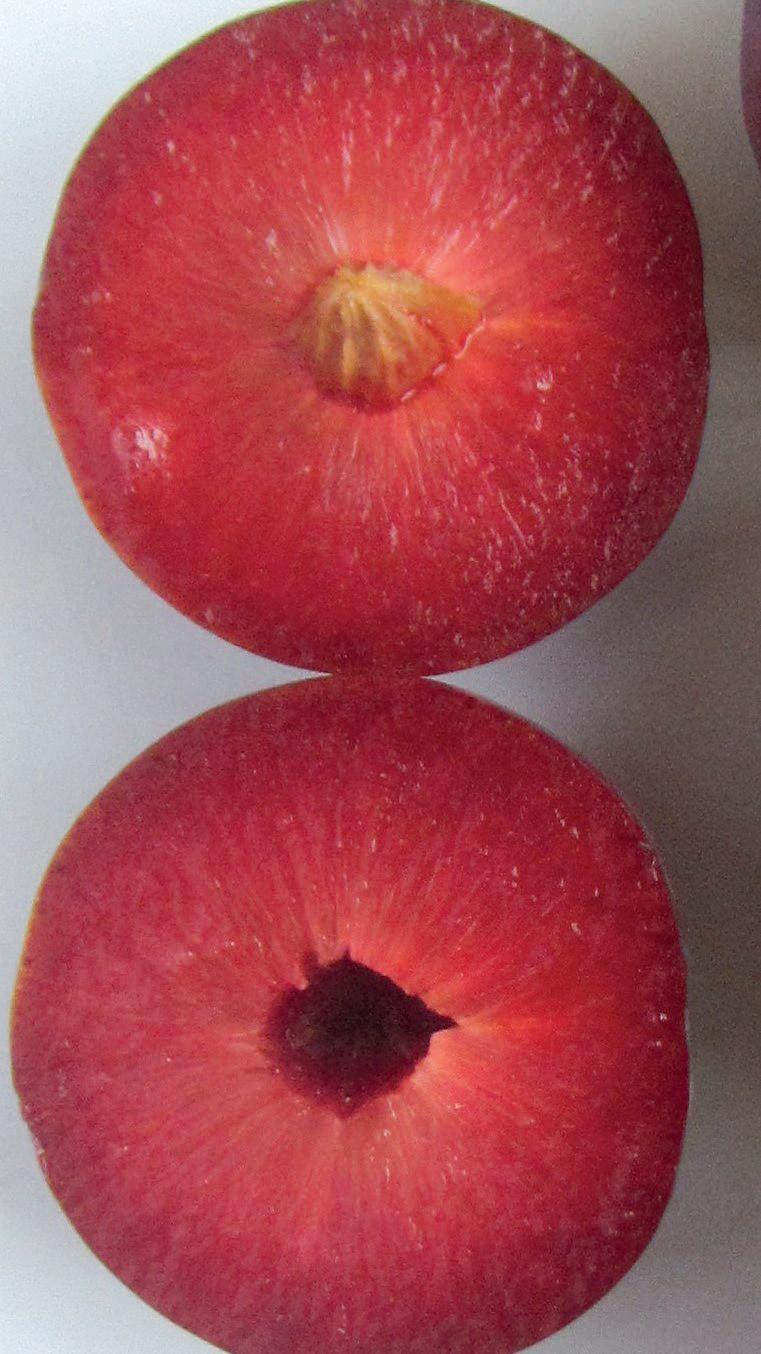
is clearly looking for flavor and there are many causes for concern, since there is an excess supply of nectarines; mountains





of fruit where there are tasty fruits next to unripe or sour ones, so their price has been levelling up with that of peaches.”
Differentiation will continue to be a challenge in the stone fruit market. “Although tasty varieties are being introduced, it is difficult, at the moment, to achieve differentiation in the stone fruit market. The market is not helping with differentiation, but rather gobbling everything up and placing it all together on the shelves. It will continue to be a challenge to differentiate tasty fruit from tasteless one. Our Extreme® line is giving us the opportunity to stand out. All the tasty varieties are Extreme®, so the name that identifies them will help in differentiation,” concludes Luis Aliseda.
 Stone fruit
Stone fruit
AGF Primeur • Special Edition • 202218
focus on premier quality trees comprehensive assortment MAGNUM® trees & numerous club varieties fertile innovations & enhancements patented cultivation techniques pre orders to ensure your specific needs & wishes tailored professional advice AFSCA-licensed supplier inf Heuvelstraat 50 B—3850 Nieuwerkerken +32 (0) 11 68 87 01 sales@carolustrees.com www.carolustrees.com

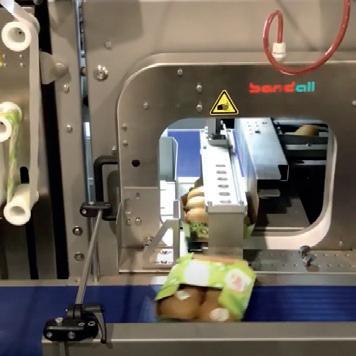
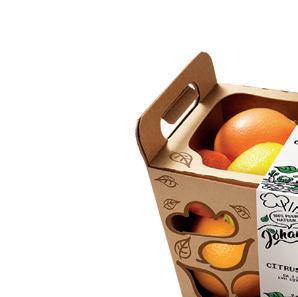







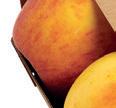
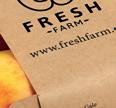

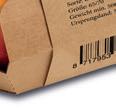
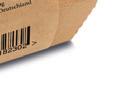


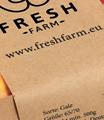




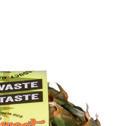





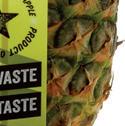

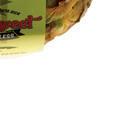

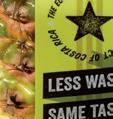





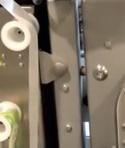
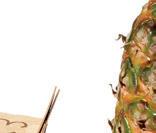







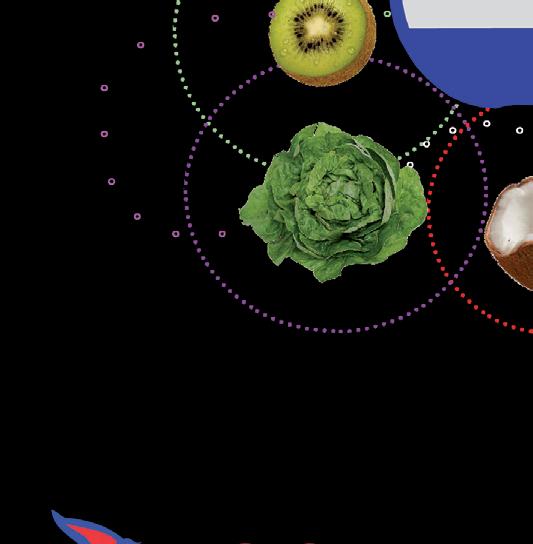
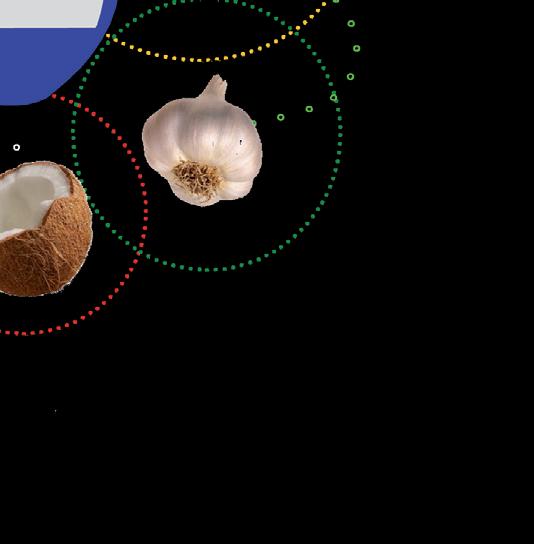
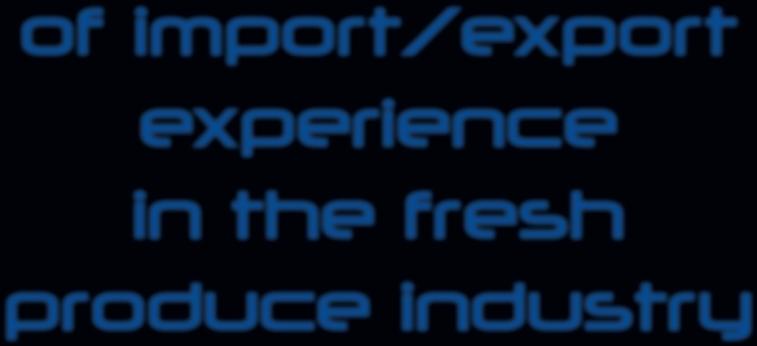
AGF Primeur • Special Edition • 2022 19 100% recyclable paper banding solutions T +31 (0)348 431520 E info@bandall.com I bandall.com › › Printing and coding while banding › Multiple band widths on 1 machine › Fast production speeds possible Stand 10G12 BANDALL Advertentie AGF Primeur.indd 1 08/09/2022 15:15 De doelen 2, 3905 TA VEENENDAAL | Tel:+31(0)318 546474 | Kvk: 30072997 | E-mail: info@ravenswaaij.nl www.ravenswaaij.nl With more than 95 years... of import/export experience in the fresh produce industry
Luis Fernando Rubio, director of the Association of Producers and Marketers of Garlic (ANPCA):
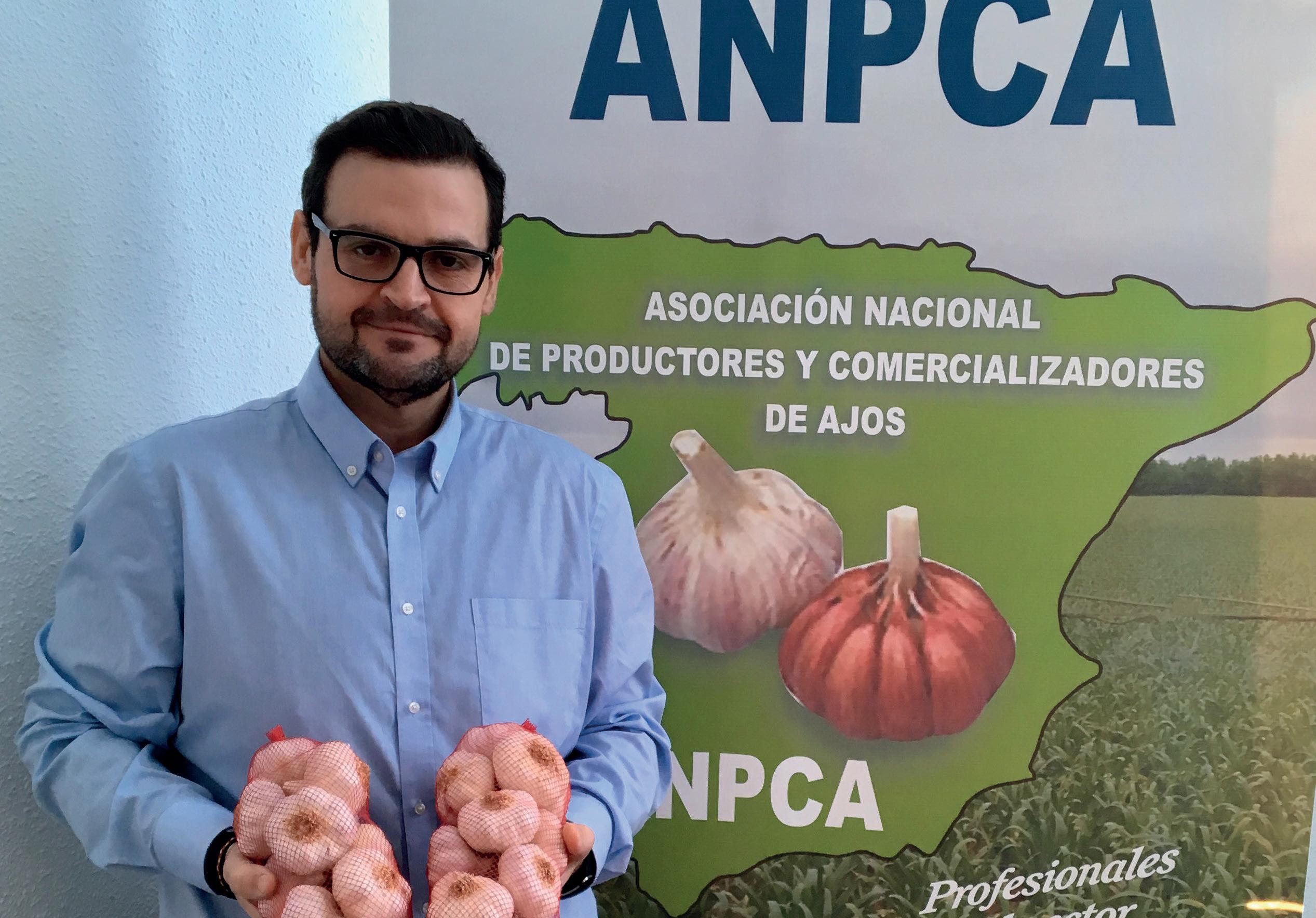
Spain is one of the world's leading exporters of several fruits and vegetables, and that includes garlic. In fact, this product has pushed the country to second place in the ranking of the global export market. According to Luis Fernando Rubio, director of the Association of Producers and Marketers of Garlic (ANPCA), this is to thanks to the value of the Spanish production in the international market; a statement that can be backed by contrasting the available statistics provided by official agencies.
Spain has reached this second place while being only the world’s sixth lar gest garlic producer, behind India, Bangla desh, the Republic of Korea and Egypt, and far behind China, which is in the lead. In 2020, China produced a massive 20.7 mil
lion tons of garlic. Its production capacity is evident if we take into account that the country’s production area is 19 times lar ger than the Spanish one, and produced 77 times more than the 269,000 tons produ ced by Spain, according to FAO data.
This figure is reduced if we consider the quantities exported. With 2.25 million tons traded on the international market, China exported 12 times more garlic than Spain, which shipped 190,400 tons in 2020.
The 2020 statistics, the latest available, will obviously be influenced by the events that turned the world upside down that year; however, despite those unavoidable fluctuations, the data still serve to high light the great value of Spanish garlic in the markets. If we take into account the volume exported and the value of sales, based on the figures provided by Faostat, and with them we calculate the average export price, while Chinese garlic traded at 0.95 dollars/kilo, Spanish garlic traded
“The crisis in maritime and land transport is having a very significant impact on the garlic market, because 70.7% of Spanish garlic was exported in 2020”
AGF Primeur • Special Edition • 202220 Garlic
at 2.52 dollars/kilo; that is, its price was 2.6 times higher.
In the end, this mathematical and sta tistical juggling is only applicable to the computed results, because each new sea son comes with its own uncertainties and challenges, and this year’s, of course, has also brought its own; from the weather to the integrated tariff of the European Union used to classify the goods.

RECORD-BREAKING TEMPERATURES AND THE WORST DROUGHT IN 15 YEARS
“This campaign is, in fact, marked by uncertainty,” says the ANPCA director, who, at the end of July, with the harvest in the country already completed, carried out a detailed analysis of the campaign.
“Regarding the production, there have been some quality issues with the ear liest garlic as a result of the drought and high temperatures recorded from May onwards. The quality loss is not substan tial, but it is noticeable in the dryness of the outer layers. As for purple garlic, there has been a significant reduction in the calibers because the high temperatures, especially at night, accelerated the closing of the garlic cycle and its drying in recent months. However, since there has been no rain, the high temperatures have dried the product very well, in a natural way, and have allowed it to have very good quality, despite the loss of size.”
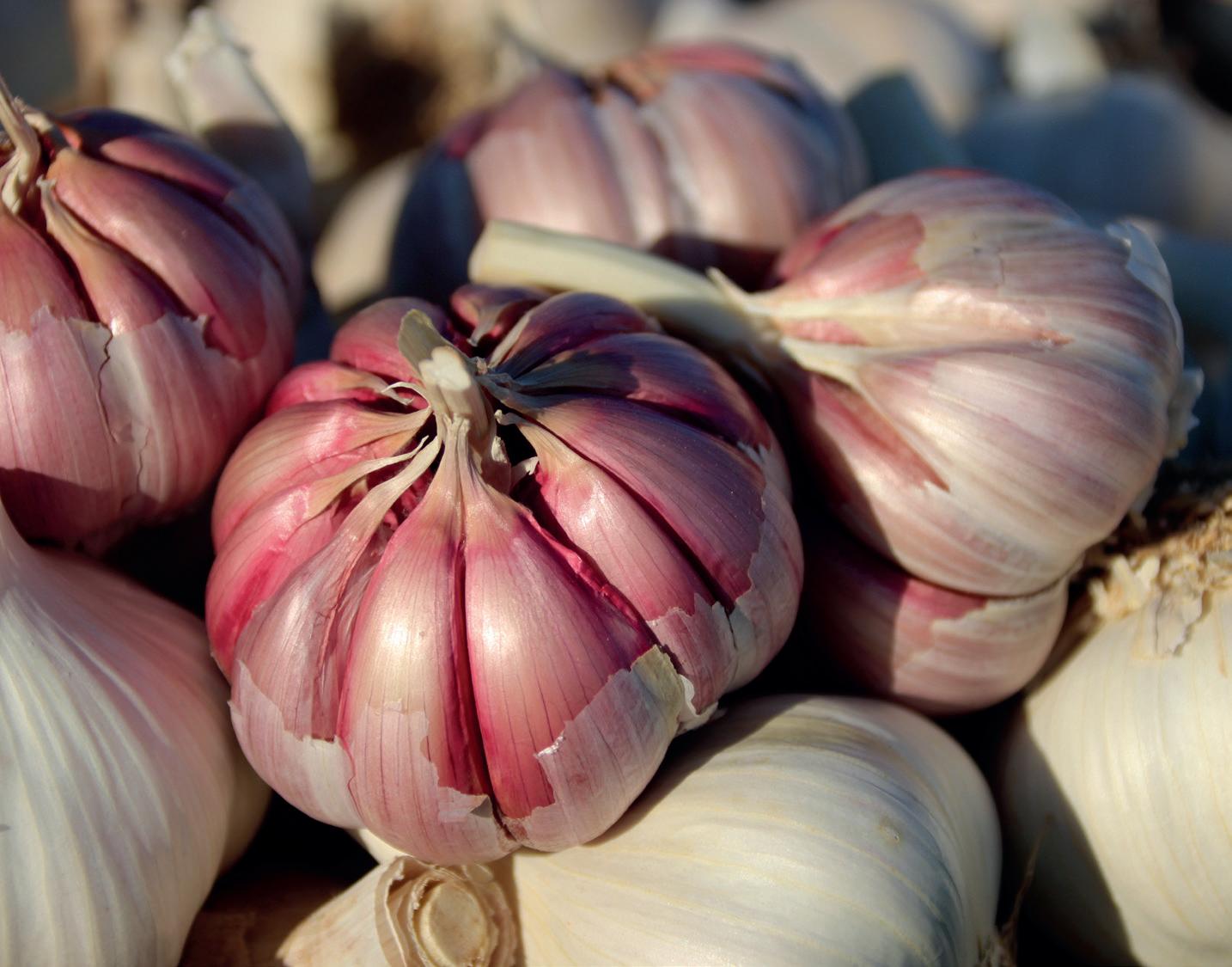
And the fact is that the weather is causing great difficulties not only to garlic, but to the entire agricultural sector in Spain; also in much of Europe. Whether it is a consequence of variations in the already fluctuating Mediterranean climate or a palpable effect of climate change, the real ity is that the reports of the State Meteo rological Agency leave no room for opti mism, at least in the short term. While the month of April was considered cold over
all, with an average temperature in pen insular Spain 0.3 °C below the average for this month (reference period: 1981-2010), May became “extremely warm”, with 3.0 °C above the average for this month. In June, the temperature also stood 2.0 °C above the average, and July was the warm est since records began in 1961, with 2.7 °C above average.
The memory of the March and April rains became a mirage, as the drought returned with even greater force than when peo ple were talking about it in winter. At the beginning of August, the Spanish water reserve hit rock bottom -metaphorically and almost literally- falling to 39.2% of its total capacity. To be even more specif ic, the Guadalquivir basin, which is vital for agriculture in the region of Andalusia, stood at 24.2%.
“In fact, Andalusia has made an official statement about the drought, given this exceptional situation, which has greatly affected crops and, in the case of garlic, displaced the crop to other regions with a “guaranteed” supply of water for irri gation. We estimate that in crops such as onion the acreage has been reduced by up to 70%. In the case of garlic, the reduc tion has stood at 30%, since the drought was declared after the planting, but the purple garlic has been completely dis placed to the area of Albacete and Ciudad Real. Right now, with the 2023 campaign already being planned, some say that pro ducers in Andalusia are not going to culti vate anything, because they are not going to have water.”
AGF Primeur • Special Edition • 2022 21
“THERE IS NOT ONLY MONETARY INFLATION, ALSO ENERGY INFLATION”
The concerns raised in the sector by the water crisis are obvious; perhaps more evident, but no less unsettling than the ones caused by the energy crisis. “The price of energy has quadrupled in one year and we have to take into account that the supply of water for irrigation is possible thanks to the mechanical extraction of water, which is causing energy costs to skyrocket. From my point of view, it is this energy inflation, and not only monetary inflation, that is affecting us and will continue to affect us all: producers and marketers,” said Luis Fernando.
But not only electricity has become significantly more expensive. The uncontrolled rise in the price of fossil fuels has taken an inevitable toll on international transport, adding to the problems affecting global logistics.
“At ANPCA, we understand the rise in transport costs, given this context, but what is not normal is the increase in international maritime freight expenses, which is affecting a product 70.7% of whose domestic production was exported in 2020. Spanish garlic reaches more than 57 international destinations,” said Luis Fernando Rubio, “but high maritime shipping costs are driving us out of international markets in which we had entered because of the quality of our garlic.”
“The situation is very difficult this season. At national level, there is a very quiet demand and the productions are not as large as we expected, and at international level, we are unable to offer our product at a competitive price, since freight is so
expensive that the costs are almost unaffordable for the operators in various destination countries.”
“Right now, countries like Morocco or Egypt are taking advantage of this situation in some markets, as they can offer their garlic at a lower price, since their production costs are much lower. Wage costs alone are one eighth, or at best even one ninth, of ours.”
“AT TARIFF LEVEL, GARLIC TRANSPORTED AT -4 °C IS FRESH GARLIC”
For the Spanish garlic sector, which produces 70% of all European garlic, it is of the utmost importance that market standards are met in an environment that has become even more competitive than usual.

“For this reason, at ANPCA we are going to ask the Directorate General for Taxation and Customs Union of Europe (DG TAXUD) to ensure that imported garlic products are properly identified under the right tariff headings. This vegetable falls under 6 different TARIC codes, but among them there are two that can create confusion: the code for fresh garlic (CN 07032000) and frozen garlic (CN 07108095),” said Luis. “Fresh garlic is transported at -4 °C, but that does not mean that it is frozen garlic, so customs can make an incorrect interpretation of the tariff heading to which that product corresponds.”
“And there is a big difference. Unlike frozen garlic, fresh garlic is subject to a number of protective tariffs in the European market, precisely to avoid unfair competition from the productions of these third
countries with much lower production and wage costs than Spain.”
“We have said that, if the TARIC code corresponding to frozen garlic cannot be modified, an explanatory note should be included in the tariff headings, so that customs officers know how to properly identify the headings corresponding to each product and the dissuasive measures in place in Europe can be enforced.”
“To curb the fraudulent entry of fresh garlic in Europe we have also launched a study of anti-dumping measures against Chinese frozen garlic, as we have observed that the shipments of frozen garlic entering the European market are priced well below the production costs of frozen garlic produced in the EU. That is why in the latest meeting of the garlic contact group of the Spanish-French-French-Italian-Portuguese Joint Committee, held in April in Toulouse, we asked the different countries to present some cost studies, but the only one that presented it was Spain. We are still waiting for Italy, France and Portugal to submit their studies so that we can develop this anti-dumping protocol together with the entire European garlic industry.”
AGF Primeur • Special Edition • 202222 Garlic
lfrubio@anpca.es
The current trend towards less and less packaging material not only creates more work for packaging designers, but for machine builders as well. For the apple sector, Burg Machinefabriek has designed a tray filler that can also process cardboard wing trays.

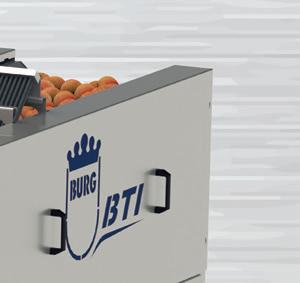
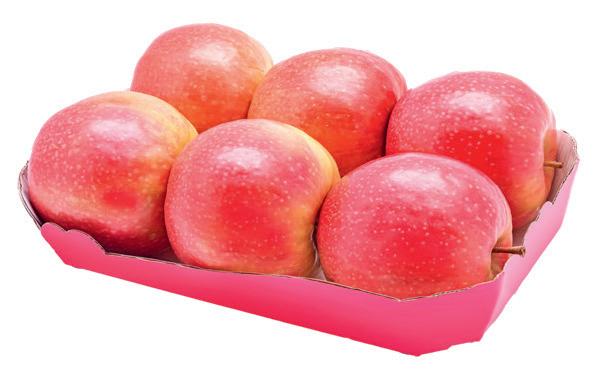
“The machine actually evolved from an earlier type we had developed for the UK market,” René Koster explains. “For example, Tesco has a line that packs several apples in one flowpack. Then we were approached to come up with a soluti on for packing apples on a tray with a flow pack. We decided to increase the machine’s functionality by adding cardboard wing trays to the range of automatic packaging options. And that is unique in our industry. Meanwhile, nine of our BTI tray fillers have already been sold. Vogelaar Vredehof from Krabbendijke also has one.”
CAPACITY TRAY FILLER



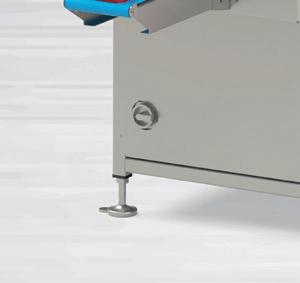
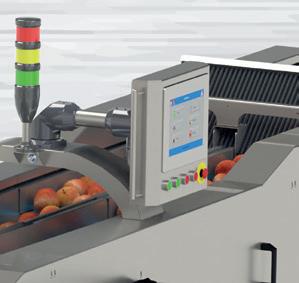








The tray filler is pretty fast. Every minute,

up to 65 trays can be filled with 4, 6 or 8 apples. “Our competitors can only go as fast as 40 trays per minute,” René Koster emphasizes.
CAPACITY FOR PROCESSING TRAYS AND WING TRAYS IS THE SAME


The stacks of cardboard/plastic trays or wing trays supplied by the operator are automatically de-nested and placed on a belt. The capacity for processing trays or wing trays is the same.



After automatic filling of the tray, two employees will straighten the apples. Together with the operator, who supplies the trays and operates the machine, and
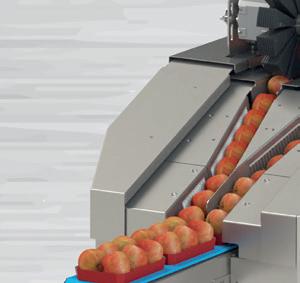

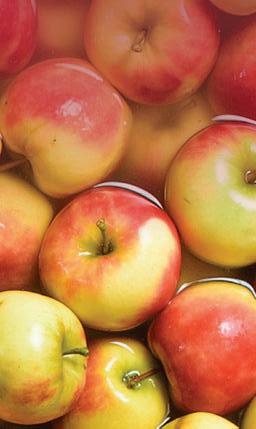
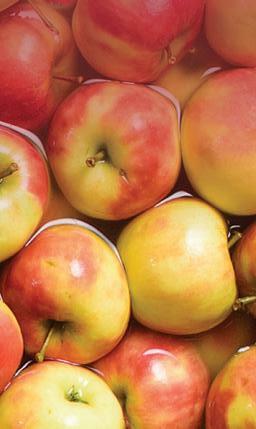

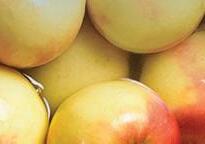

the forklift driver who feeds and empties the crates, they are the only employees needed to process more than 60 trays per minute. The upstream (case emptying) and downstream (folding the wing trays, case packing and palletizing) processes can be automated further as well. “In principle, the machine can be connected to any kind of supply line and to a flowpacker or wing tray folding system.”
r.koster@burgmachinery.com







AGF Primeur • Special Edition • 2022 23 Advertorial
“The capacity for processing trays or wing trays is the same” Burg Machinefabriek supplies tray filler to Dutch packaging company in Zeeland: Advertorial Burg Machinery is present at the Fruit Attraction, stand number: 10C12 WE’RE ADDING VALUE IN PACKHOUSE SOLUTIONS Bin unloading Bin fi lling Bin logistics Complete packaging lines Palletising Bin cleaning More information www.burgmachinery.com or call directly: +31113501373 SCAN/CLICK HERE FOR THE VIDEO OF THIS PROJECT REALISED PROJECT AT: VOGELAAR VREDEHOF B.V.
To combat the labour shortages in the Spanish agricultural industry, the government plans to grant more work visas and relax work permit rules. As companies scramble to find farm workers for harvest, the situation has become stringent and limits companies in their growth options. But adding more workers is not the solution, Dror Erez with Automato Robotics believes. “We need to minimize the work in the greenhouse.” Their robotic platform was tested in Spanish greenhouses earlier this year.
Grover, Sweeper, Kompano, GroW, Gronos; No, these are not the latest Marvel superheroes, nor the list of Songfestival contestants for 2023. These are all robots that hopefully in the future will take care of most of the work in the greenhouse. While logistics are already being taken care of by pipe rail trolley and harvest carts, robotic solutions to harvest fruits, to deleaf plants or to lower plants in the greenhouses are currently being develo-
ped yet are hardly commercially available on large scale. Profitability is one of the biggest challenges as the techniques are new and the robots have to work in a sensitive environment, while they cannot make mistakes since margins are slim.
Every day, steps are being taken towards more automated labour in the greenhouse and at this year’s GreenTech, one of the biggest horticultural shows in the world,
several new solutions were launched. However, most of these robots work in high-tech greenhouses and are developed for the Northern European or Northern American market, as these are the countries where labour is expensive, thus profitability is easier to achieve. At least, that’s what you would think. This is contrary to the believe or Dror Erez with Automato Robotics. He wants to make robotic labour available for growers in passive (unheated) greenhouses as well, a market that Dror explains is dominating the greenhouse agriculture (85% of the area) and is dealing with similar challenges all over the world. “Whether it is Spain, Mexico, or other countries, the labor shortage is getting worse everywhere.”
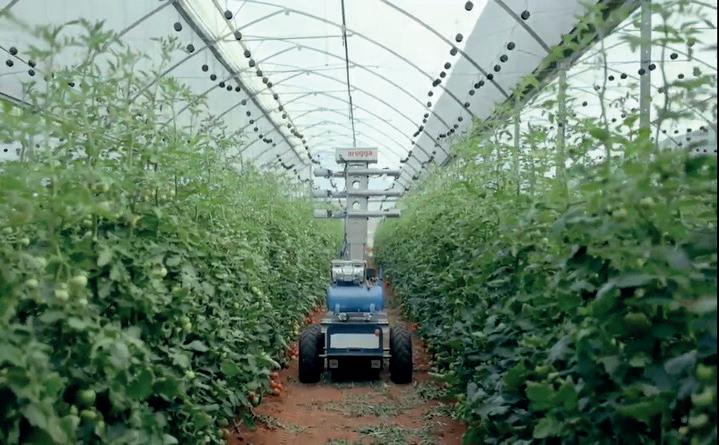
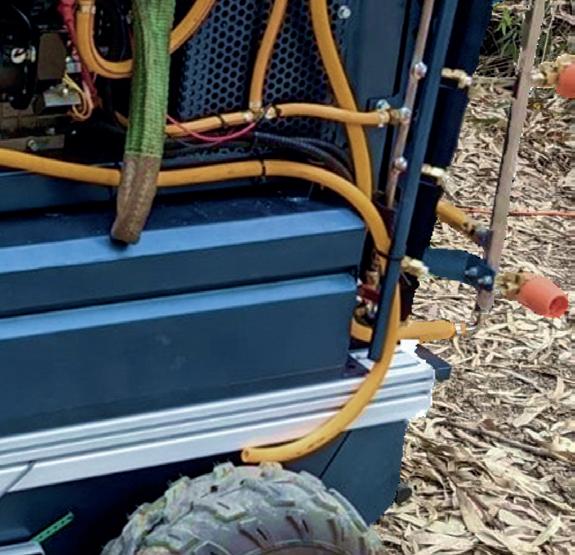


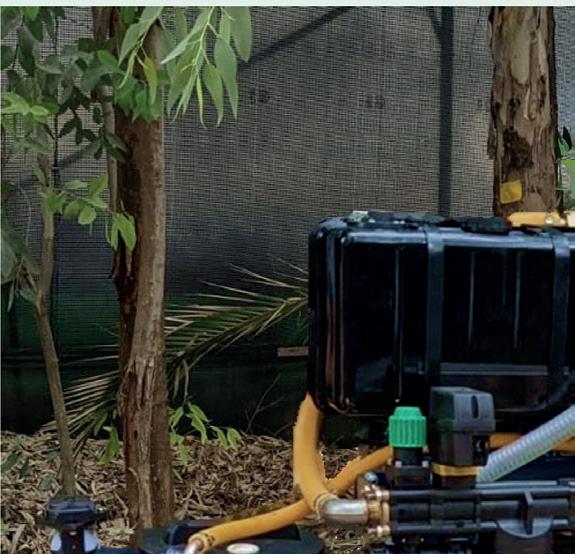
If it were up to Dror, every grower, whether he owns a small, medium-sized or large company, will soon be able to afford a

“We need to minimize the work in the greenhouse”
Dror Erez, Automato Robotics
AGF Primeur • Special Edition • 202224 Machinery
multi-functional robot tool. This will help growers not to automate their greenhouse completely, but to lower the work in the greenhouse. “A totally autonomous greenhouse seems nice, but we don’t think it will be a reality in the near future. Even for a robotic harvester you still need somebody to supervise it. In other words, there will always be a need for human labor. This also reflects the transition that’s going on globally, we believe. People do not want to do the kind of hard work in greenhouses anymore. We want to help them become machine operators”, Dror explains. “We try to minimize the work needed in the greenhouse and at the same time, make the greenhouse a better place to work in. That’s our main goal rather than making the green house fully autonomous.”
The cornerstone of the Automato Robotics solution is a robot platform that can drive in off-road conditions and operate in passive greenhouses.
“The robot platform itself has several capabilities: mapping, auto-driving in the rows, and in the central passage. “It knows how to operate in the green house. It stays active night and day, and can carry different payloads, thus enabling the grower to streamline his operation and reduce the labor hard ships.”
On this robotic platform, various solu tions can be mounted. Earlier this year, trials were conducted with a pollina tion robot, Polly, developed by Arugga AI Farming. The robot works on the basis of an air pulse system and with cameras. The robot can also use the data it collects to predict the harvest. “We want to partner with all agricul ture robot providers to enable their applications to operate in the passive greenhouse segment”, says Dror.
Applications developed by Automato Robotics itself include a spraying solu tion and their harvest robot. Develop
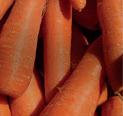










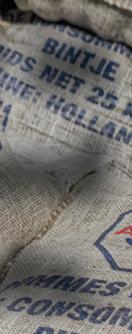













ing such a robot is a journey, Dror says “To have a robot collect ing tomatoes safely and unloading them in boxes is a long-term project. Initially, we had a prototype, of which we improved the arms, cameras, and algorithms. Then we got to put it on our autonomous platform and started a harvest trial in Israel, after which we entered the next trial phase: a harvesting pilot in a commercial greenhouse in Spain.”
For now, commercial focus is on spraying solution AutoSprayer, which was launched this summer. The autonomous sprayer can drive without rails and each robot frees 2 workers to other tasks. According to Dror and depending on the labor prices, the ROI of such a solution is only one year.
“Our robot will be the first to operate in passive greenhouses, spearheading both autonomous spraying and autonomous tomato harvest. We strongly believe in this strategy because we put affordability as our prime concern. Why bother devel oping a state-of-the-art robot if no one will be able to afford it?”
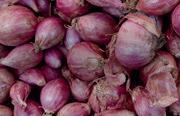

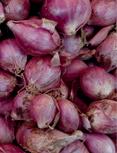



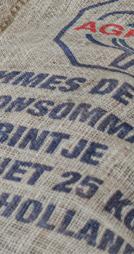
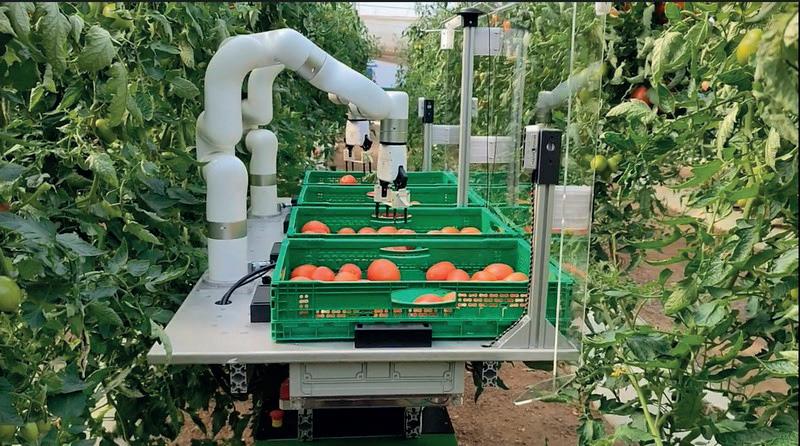
AGF Primeur • Special Edition • 2022 25
Contact Lorella Maggio +31653285791 info@agridor.com More than 40 years of experience Short lines of communication Reliable global network Good price/quality ratio Global partner in potatoes, onions and carrots. We take care about it. For more than 40 years now... www.agridor.com
Too many factors have pushed the fruit and vegetable sector to be unusually cautious when making predictions. Each season brings new opportunities and also new challenges, some of which can be overcome, but others are unfortunately insurmountable. Last April alone, while many of us were travelling to Germany to meet in Berlin, we saw what Agroseguros would later describe as the most severe loss suffered by Spanish agricultural producers in the four decades in which there has been agricultural insurance, and while at the fair, we learned with dismay about the true impact of the frosts on the fruit sector.
In addition to the uncertainty already generated by the weather, there have been many other factors this year as uncontrollable and as decisive, which will mark one of the most important cam paigns in Europe: the protected fruit and
vegetable campaign in Almeria. The war in Ukraine, far from reaching the expec ted end, seems to have run aground, lea ving no room for a clear recovery of the activities that have been affected since the beginning of the conflict, and rising
AGF Primeur • Special Edition • 202226 Greenhouse vegetables Rafael López, of Hortofrutícola MABE:
costs and inflation have forced everyone to carefully study their expenses, as costs continue to move upward, and there are concerns about the economic sustainabi lity of farms.
However, Almeria’s vegetables are essen tial at this time, as Europe currently depends on the production of the green houses located in this area of southeast ern Spain, and the sector has evolved to become one of the strongest in the region’s agro-food industry.

According to data from Extenda-Anda lucía (the agency devoted to Export and Foreign Investment), in the first half of the year, the region of Andalusia exported a record amount of fruit and vegetables, with 4,424 million and a growth of 11.6%.
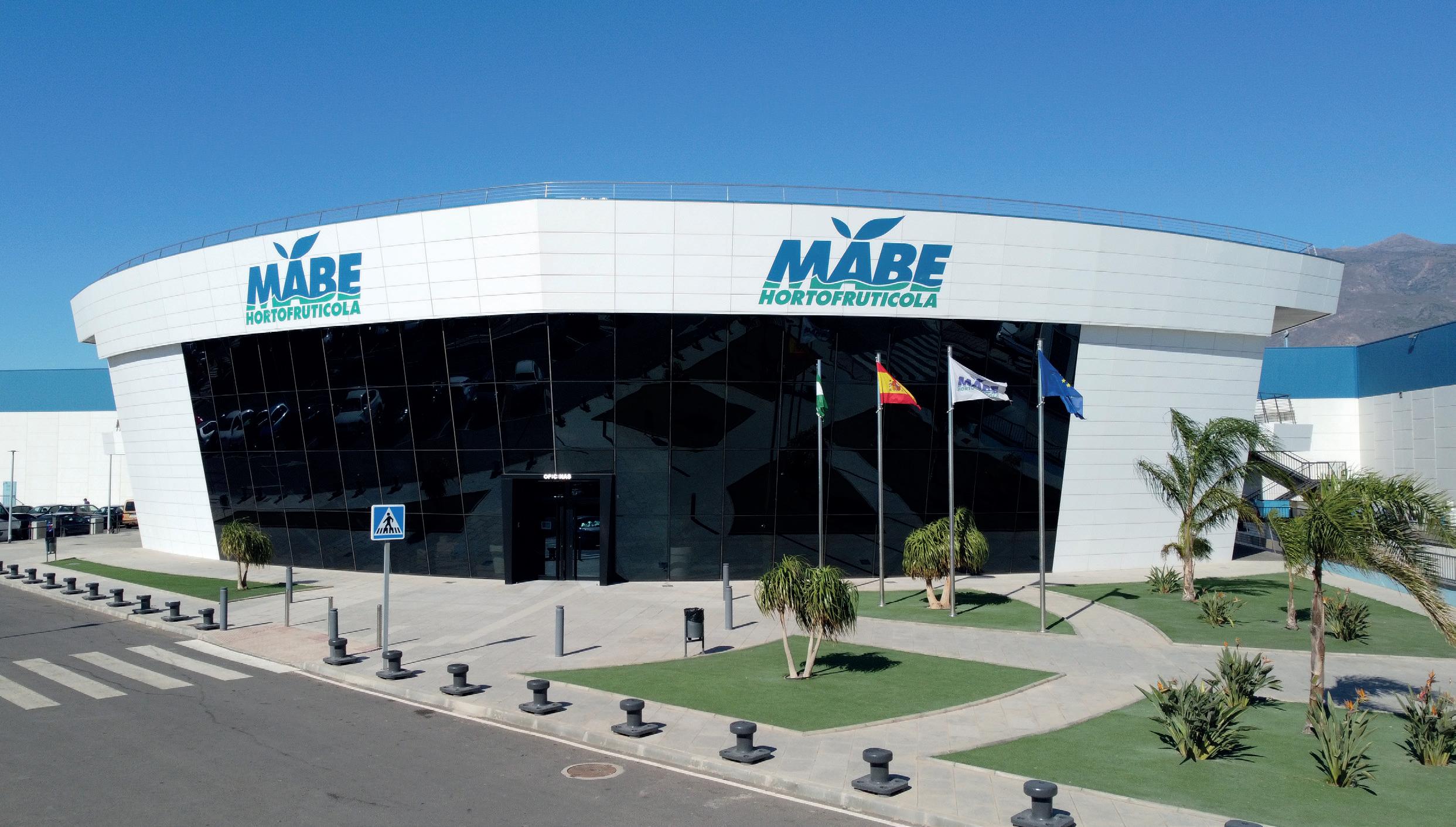
“The expected growth of the tomato acreage will come at the expense of other vegetables, and bell peppers may be one of them”
And with 2,239 million, the province of Almeria accounted for 51% of Andalusia’s sales and almost a quarter of those of the whole country. This record was achieved despite having gone through a very dif ficult campaign marked by uncertainty. As rightly noted by Extenda in its report, “Almeria is the undisputed leader and driver of the sector” and, moreover, this is the province in which fruit and vegetable sales grew the most in the first half of the year, with a +17.1% year-on-year increase.
“Everything points to the fact that this year's campaign could be longer than pre vious ones, especially for certain vegeta bles, and in Almeria we are ready for this possible increase”
During Almeria’s 2021/22 campaign, 3.26 million tons of fruit and vegetables have been produced. This represents a 17.5% drop in the volume compared to the pre vious campaign, although the value has increased by 8.5%, according to data shared by Asaja.
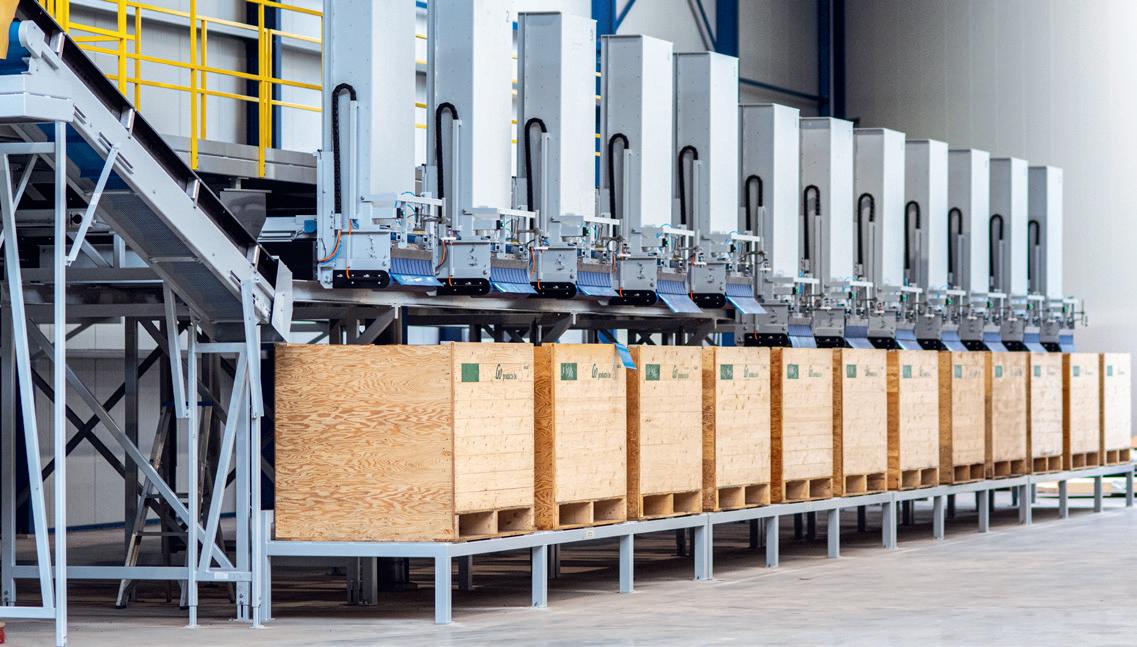
All plant species have experienced drops in the production, with the most notewor thy cases being those of zucchini (-22%), watermelon (-38.2%) and melon (-41.7%), although these products have also record ed the greatest value increases (+33%, +77% and +60%, respectively).
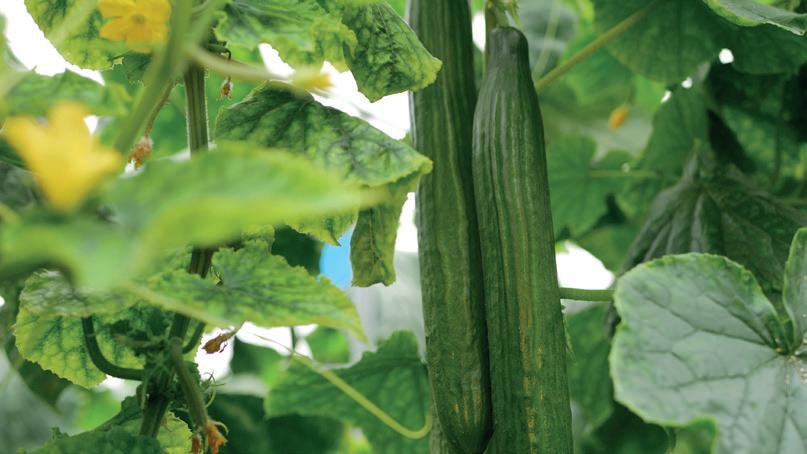
Bell peppers account for the most acre age and production in the greenhouses of the province, with 12,627 hectares (+2%) according to data from Asaja, and 896,487 tons (-9.5%); however, the value of the production has fallen by 14.9%, to a total of 708 million Euro.
“The demand for bell peppers has remained mostly stable throughout the campaign, but their price has not been high enough to compensate for the increases in pro duction costs this season,” explains Rafael Lopez, of Hortofrutícola MABE. “In fact, they have fallen below those of last year. Right now, bell peppers are not very prof itable. There is still a profit to be made, but more limited than in previous years, and it will be reduced even further if costs continue to rise. At MABE, peppers are our main product. We produce about 64,000 tons of bell and Palermo peppers. For the next season, we foresee a reduction in bell pepper plantations, although we believe that the demand will continue to be good. In our case, there has been no variation.”
“This year, we are going to introduce vine tomatoes at the request of our partners, coinciding also with the interest shown by our market of influence in the purchase of this product,” says Rafael. This year, toma toes are called to recover the ground they had been losing in the province in recent
campaigns, as it is feared that the high energy costs will put the Central Europe an productions under pressure. For the latter, some are already predicting a dou ble-digit decline.
The recovery of its value would also explain the expected increase. In the 2021/22 sea son, the value of the production increased by 14.5%, to 511 million Euro, driven by prices that were up by 34% compared to the previous season, more than offsetting the 14% drop in the production.
“As far as we are concerned, our bell pep per acreage has not been reduced, but the sector as a whole may have seen such a reduction, as the growth in the tomato acreage will come at the expense of other vegetables, and bell peppers may be one of them.”

“In our case, we are going to see an increase in the production of cucumbers of between 10 and 15%. Apparently, the Netherlands could reduce its vegetable production this season by up to 30% due to the high energy consumption of green houses, and this would mainly affect the winter plantations. If the production that overlaps with ours, such as that of cucum bers, is reduced, Almeria’s sector could gain ground this season. In fact, every thing suggests that this year’s campaign,
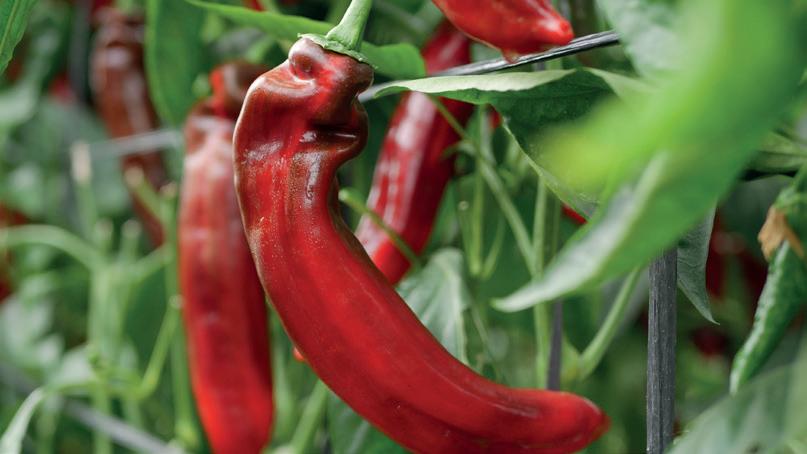
AGF Primeur • Special Edition • 2022 27
Eggestraat 35a | 8308 AB Nagele The Netherlands Tel. +31 (0)527-652275 | Fax +31 (0)527-652937 Mobiel +31 (0)6-51084612 info@goproducts.eu | www.goproducts.eu import & export onionsets grading & packing
especially that of certain vegetables, could be longer than in previous years, and in Almeria we are prepared for this possible increase.”
Fortunately, cucumber prices have also improved considerably this past season. Asaja estimates that its average price increased by 29%, reaching 61 cents/ kilo. This is far from the 10 cents/kilo that caused the sector to protest in late 2020.
“Besides the traditional cucumber, last year we introduced the mini cucumber. We can offer about 2,000 tons of that product and the results for the growers supplying
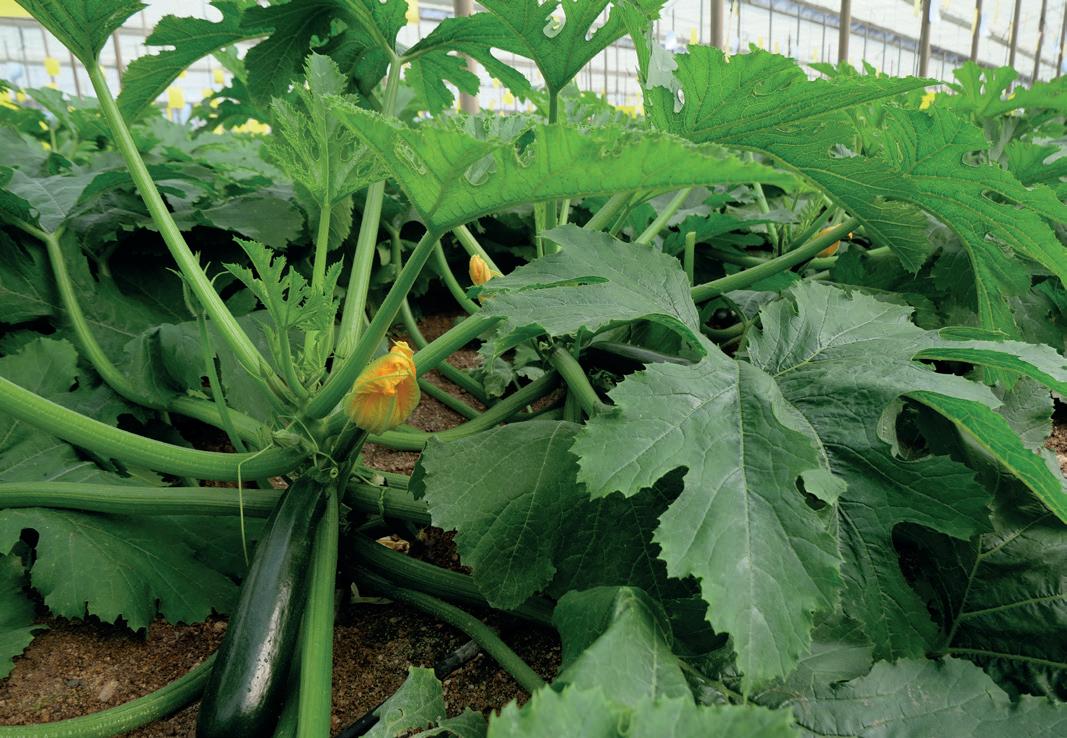
this snack-type cucumber have also been good.”
“Zucchini and eggplant also did very well this season, especially zucchini, which saw its price double compared to the previous season, but we have not observed a level of demand that would motivate us to expand our acreage this year,” says Rafael Lopez.
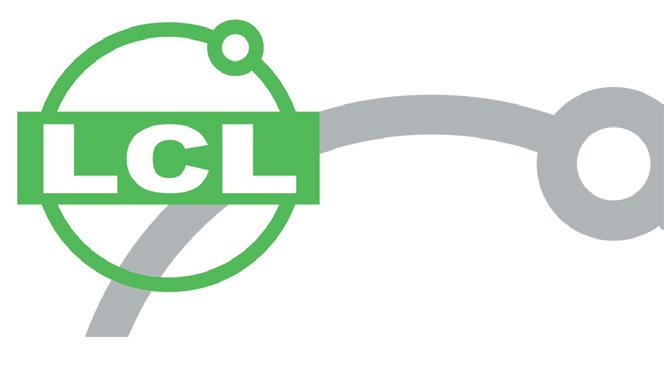

“The purchase prices of farms in Almeria make the investment in new land unprofitable”
There are close to 37,000 hectares of greenhouses in Almeria and each campaign there are new combinations in the


distribution of that area, which is actually not so extensive, given the magnitude of the production. This is due to the availability of water and the high prices of land, which hinder the expansion of the acreage in production. In fact, in 2021, the price of land for irrigated greenhouse vegetable cultivation in Almeria rose by 5% compared to the previous campaign, according to the Annual Survey of land prices of the Ministry of Agriculture. The price stands at an average of more than 247,700 Euro per hectare, with a maximum value of 313,581 Euro per hectare.
“The current farm purchase prices, together with the prices of vegetables like bell

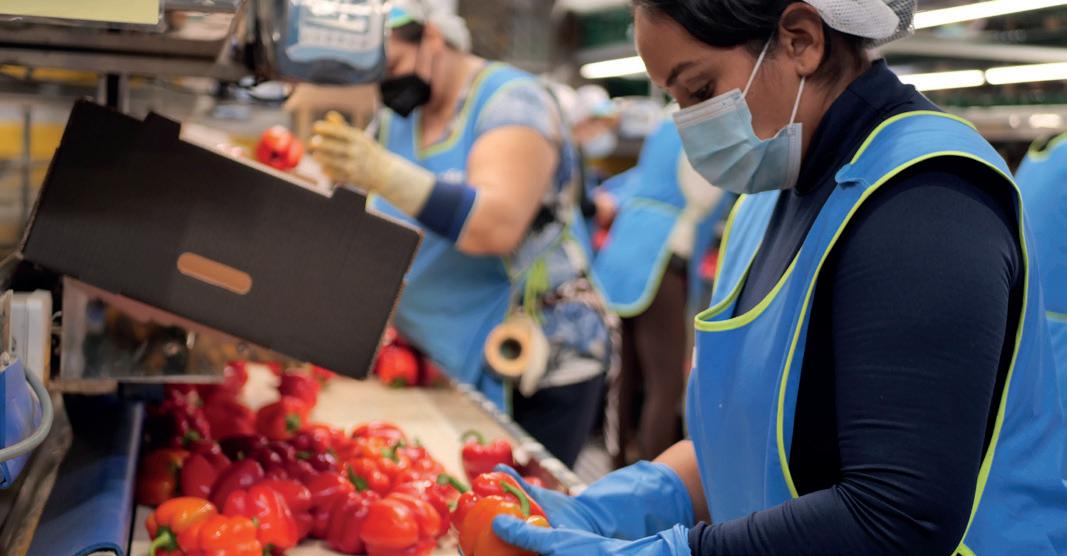
AGF Primeur • Special Edition • 202228 Greenhouse vegetables
LCL (The Netherlands) www.lclog.com +31 (0)180 460 770 sales@lclog.com Handelsweg 40 2988DB, Ridderkerk COME AND MEET US AT HALL6: STAND 6B06B 4 - 6 OCTOBER | MADRID, SPAIN FRUIT ATTRACTION 2022 YOUR PREFERRED PERISHABLE LOGISTICS SERVICE PROVIDER
peppers, which are our main product, make investing in new land unprofitable. With a profit of about 10,000 Euro per hectare per season, a bell pepper producer has to work in at least 2 hectares to get enough to live on, which leaves very little room to invest or improve. The organic production is currently somewhat more profitable and can make it easier to face the purchase of new farms.”
“There is a clear trend in agriculture of moving towards a more sustainable and environmentally-friendly production. So far, we have been working with conventional crops because our customers had an excess of organic supply, but now we are not ruling out the construction in the near future of new facilities to start producing and processing organic produce,” says Rafael. “For now, the production costs are
still higher, but we are gradually getting them closer to those of the conventional production; however, the lower production volume results in a tighter profitability than we would expect. Some of our growers producing organically have told us that, in the case of cucumbers, you can lose up to 35-40% of the production, and in bell peppers, up to 20%. And if the profitability is not achieved with the volume, you have to do it with the price,” says Rafael Lopez.
rlopez@mabesat.com




Passion for Conference Pears
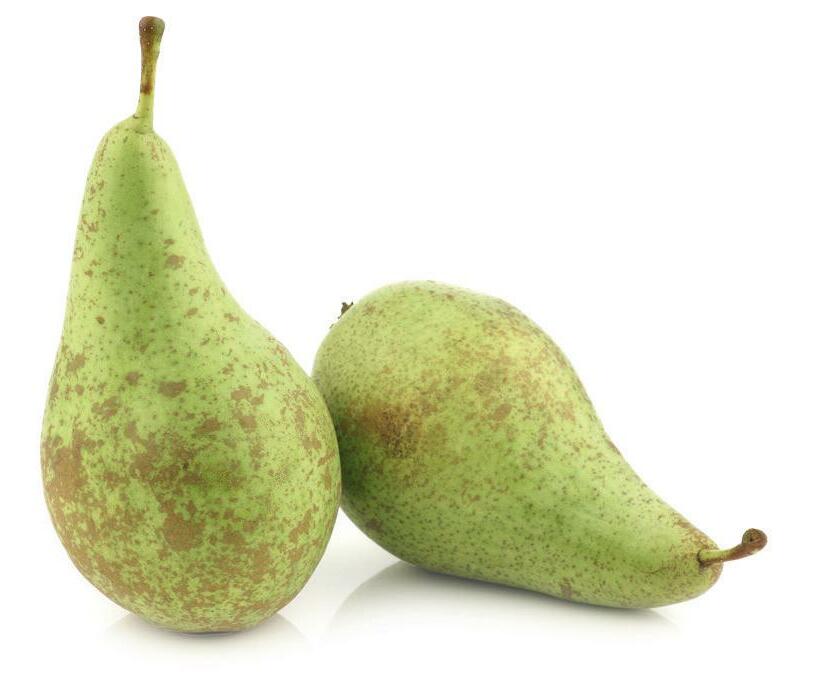
During the Fruit Attraction in Madrid, we will be present as visitors. Feel free to call us to meet each other during the fair: +32 477-77 77 36
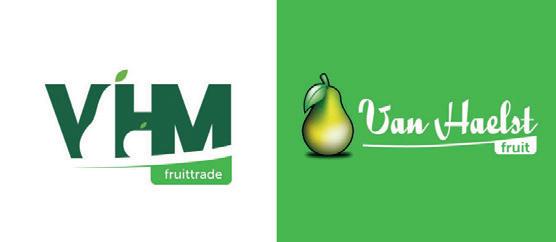




AGF Primeur • Special Edition • 2022 29
Grower of high quality Conference Purchase and sales of pears Packaging according to customer's wishes Kieldrechtsebaan 85 - 9130 Verrebroek Tel: 0032477777736 - Email: info@vanhaelstfruit.be www.vanhaelstfruit.be
“A decent market portion remains for
For years, we've been hearing that reefer container transport is growing relative to specialized reefer ships. Hans Mol, managing director of GreenSea - a Seatrade/Green Reefers partnership with a fleet of 35 reefer vessels active in transporting break bulk goods including seed potatoes, citrus, bananas, and fishery productsconfirms that scenario. He says the sector is, nonetheless, prospering, and prospects for transport by specialized reefer vessels also look good.
“We and other carriers are building and have plans for new ships. Despite this, as the absolute amount of refrigerated transport grows, less and less transport is being done by refrigera ted ship. But there's a decent piece of the market left for the specialized reefer ves sels, where we truly add something. We're optimistic about the future.”
And although rising costs and inflation affect reefer ship transport too, Hans does not see them as problems. Unlike Europe, where demand is expected to level off due to the economic situation, he foresees a
different scenario for Africa. “We do a lot in Africa, and there, inflation and deval uation are nothing new. They're always facing those challenges. We transport products that fulfill basic needs and so are always needed. We don't see volumes decreasing,” he says.
HIGH DEMAND ON SPOT MARKET
Hans does, however, think reefer vessel transport will generally become pricier than reefer container transport. But, local handling costs - loading close to the grow ing areas and direct delivery to cold stores at destination - are lower than for con
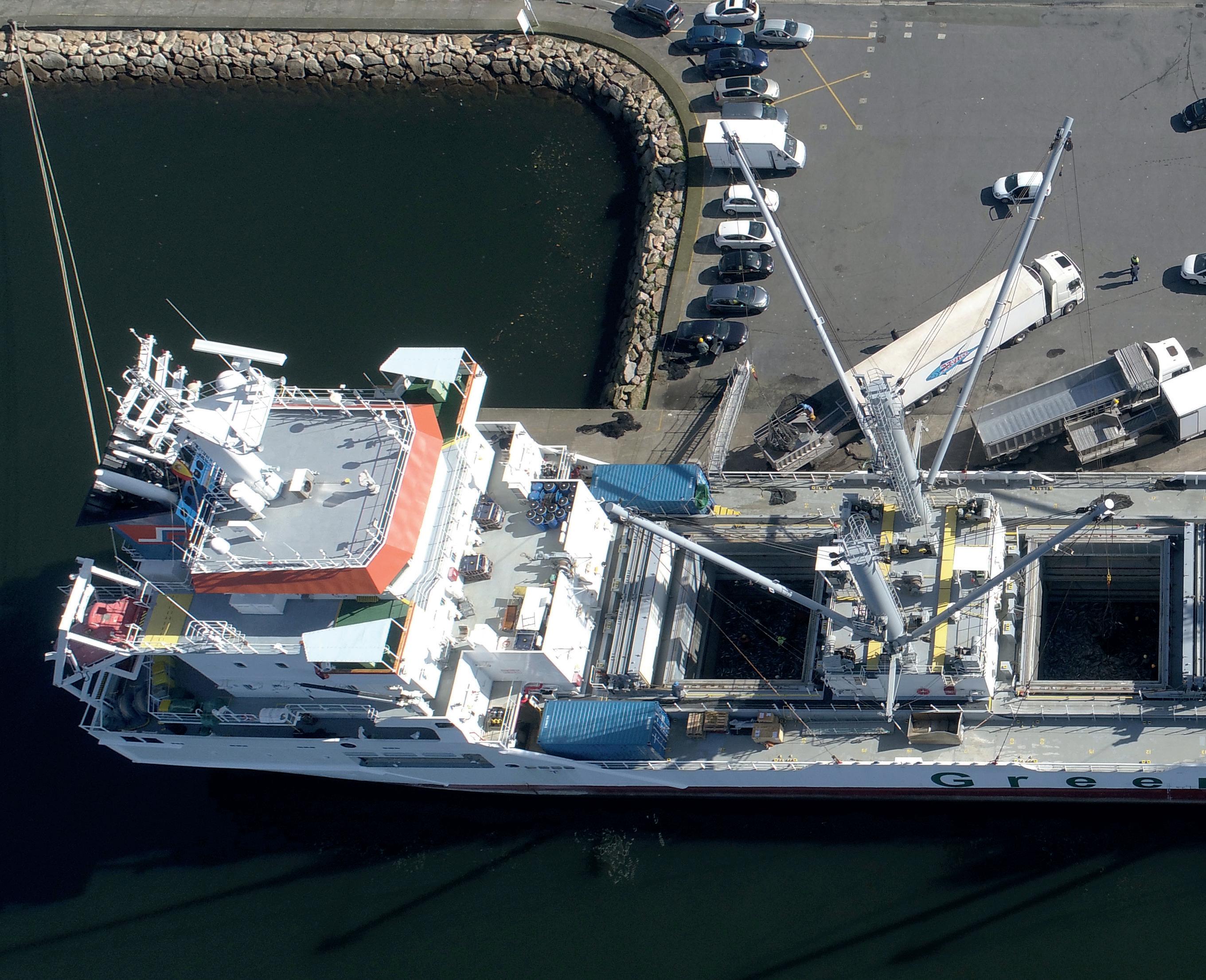
tainers. That party compensates for the higher prices, he points out. Plus, the fast transit time has value because it extends products' in-store display lives or can, say, help the strategic interest of controlling a market. Hans does not think inflation will cause container transport prices to fall. “Inflation is high, and consumer con fidence is lower with many signals on red or orange.”
“That's flattening the container market a bit, but not as much as you'd expect. That's due to congestion in ports and terminals and unforeseen circumstances like low water levels and strikes, such as the recent one in Felixstowe. So, capacity will remain limited for some time.” He adds that this makes it beneficial to have tonnage avail able for the spot market. About 60% of GreenSea cargo is shipped on contract; the remaining 40% is for the spot market. “It's been nice to be able to do a good share on the spot market over the past 18 months. There's plenty of demand for both regular and new customers,” Mol explains.
Hans Mol, GreenSea:
AGF Primeur • Special Edition • 202230
Logistics
specialized reefer ships”
He points out that short transit times are one of the benefits of specialized reefer ships. “As container ships grow in size, their access to ports becomes more limit ed, leading to more transshipment points, which negatively affects the transit time.
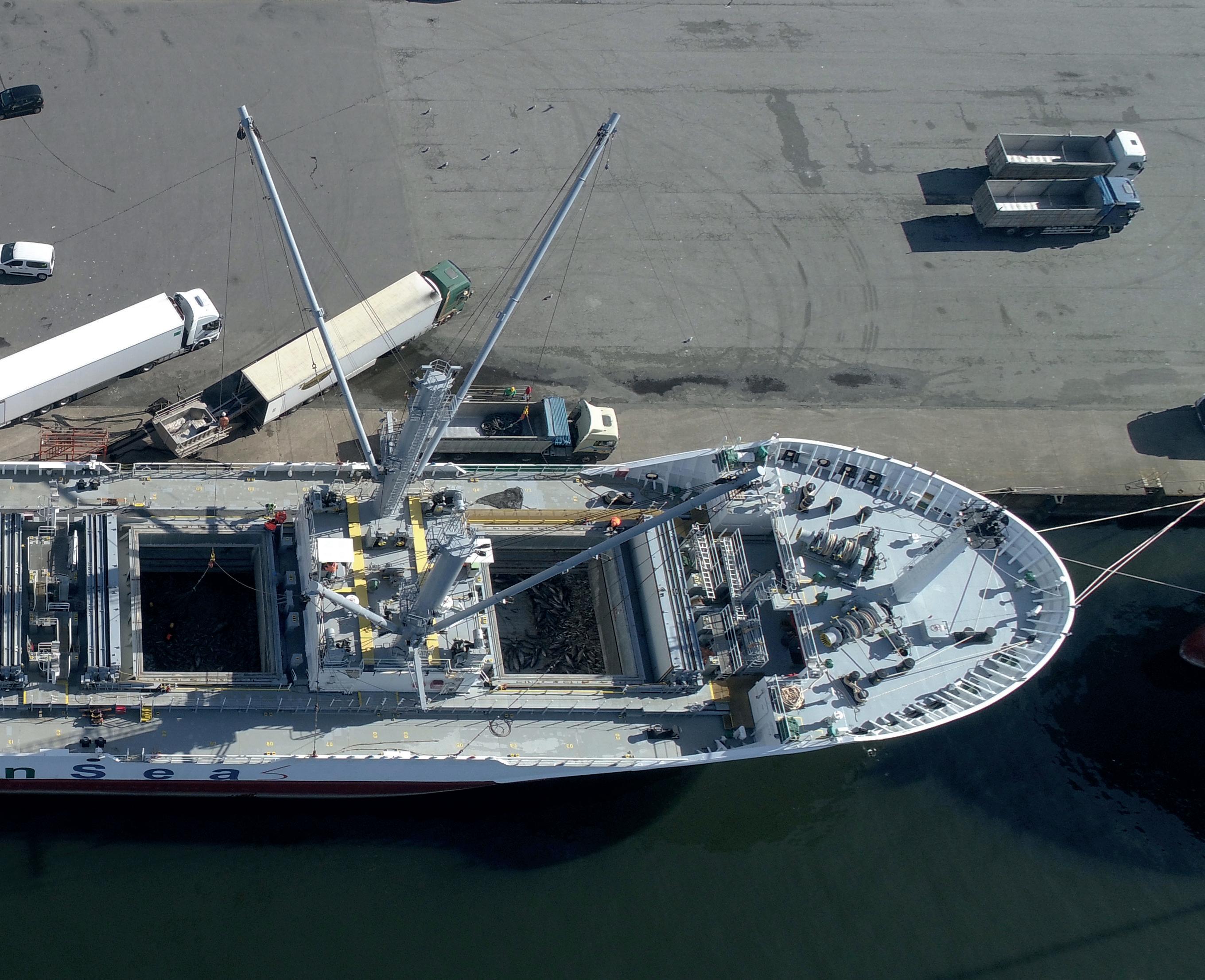
That's a problem for something like mel ons with a limited shelf life.” Container ships are also afflicted by congestion. “This affects specialized reefer vessels far less, if at all. We dock at the same ports as container ships.”
“But reefer ships have a different termi nal within the port. We can put the prod ucts directly in the cold store, where they can be collected right away. Containers get stuck somewhere, and it's anyone's guess when you can pick it up,” Hans says.

AGF Primeur • Special Edition • 2022 31
Logistics
He adds that reefer ships are especially suitable for niche markets or short-season, high-volume products. For example, GreenSea transports seed potatoes and onions in addition to fish products. And recently also melons from Brazil to Europe.


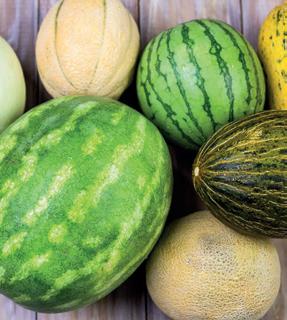
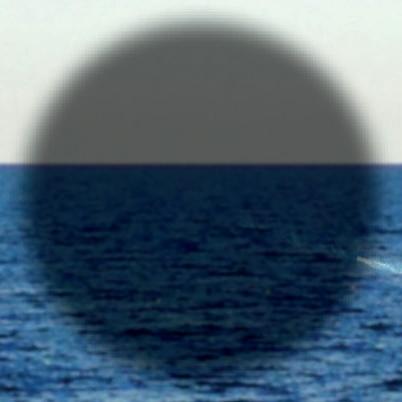



SHORT TRANSIT




The MD says the short transit time and reliable service were why melon exporter Agricola Famosa - with a roughly 60% market share of Brazilian melon exports - chose to transport part of the melon harvest from Fortaleza by specialized reefer ship instead of, as before, everything by reefer container. “These are large melon volumes and have to be gone in a short time. So, they want reliability, something that's been lacking in recent years but which we can offer them. We've created a customized solution: from week 35 to week 8, it takes us 10, 13, and 14 days to transport melons from Fortaleza to Vigo (Spain), Dover (UK), and Rotterdam (The Netherlands), respectively,” he continues.
There is a weekly sailing that is updated based on a forecast. “In consultation, we adjust the ship's size and sailing day.”




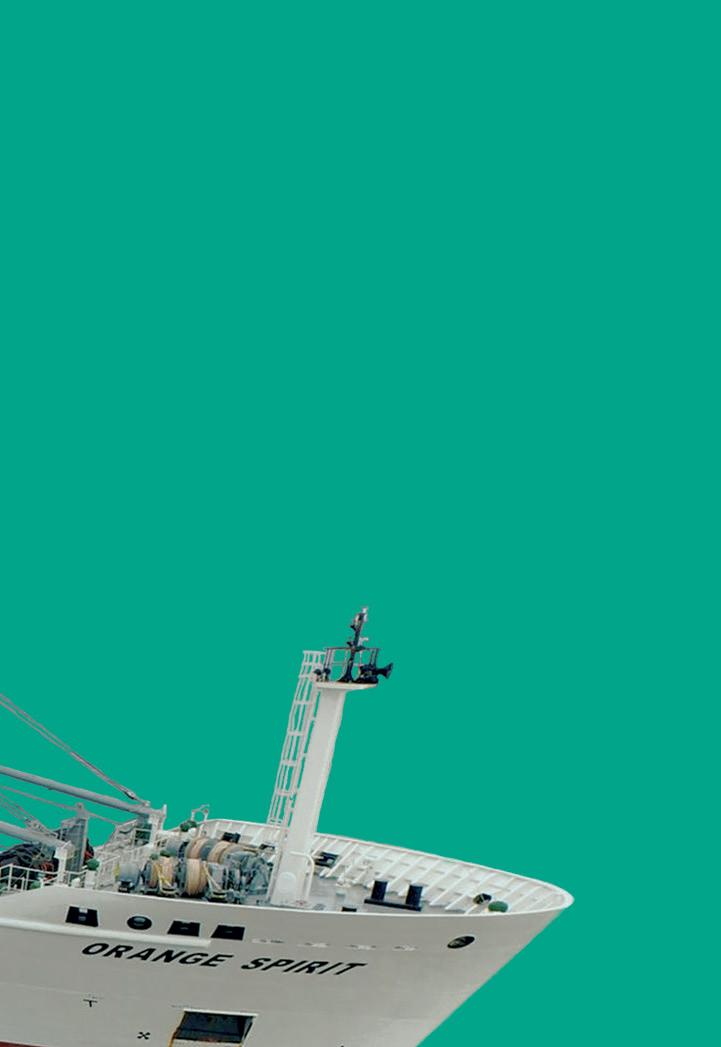






GreenSea can be flexible in this regard, as 70 to 80% of its fleet sails in the Atlantic. “For instance, we do a lot of fish transports to West Africa. We can tap into that fleet, and vessels from Central America. There are always plenty of positions available seven to eight days from the loading port. We link cargo flows. Agricola Famosa's cargo makes us efficient, and we, therefore, make it efficient for them.”
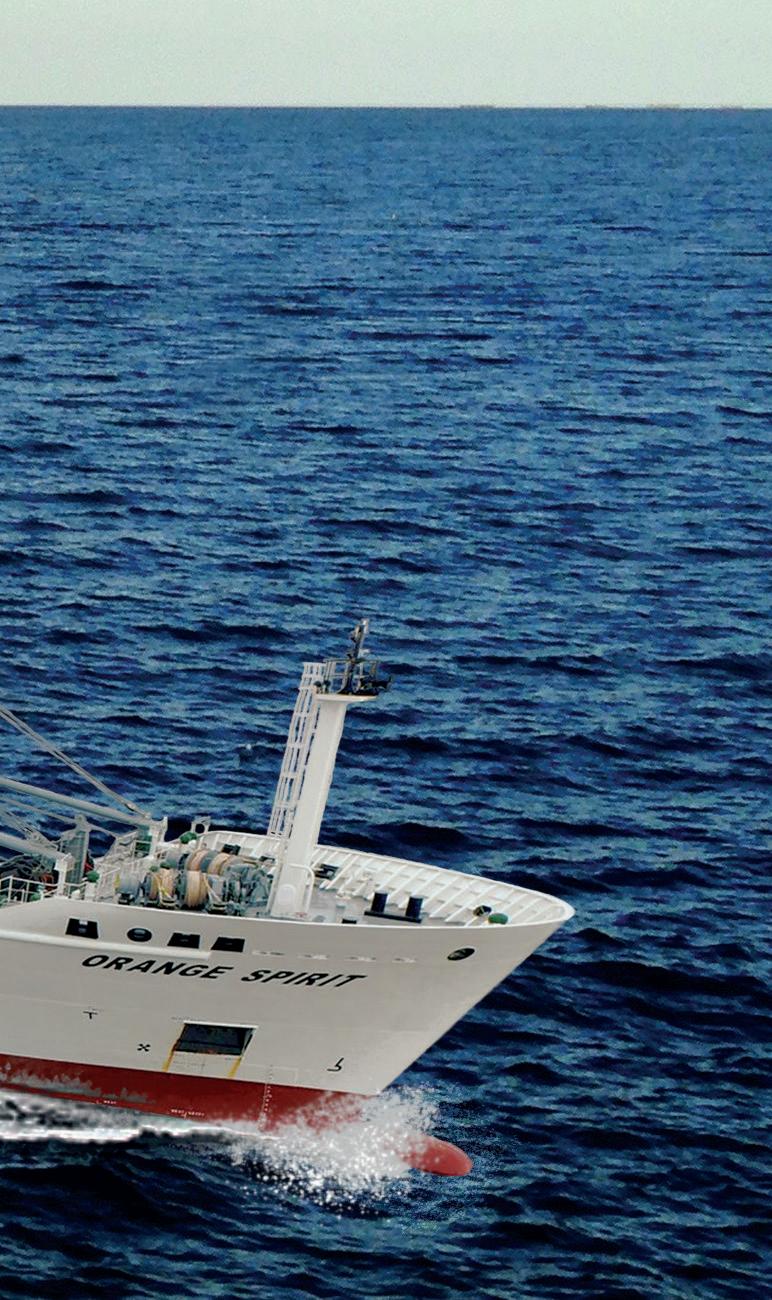
Yet, reefer ship transport is not without its challenges. Hans cites fuel as the biggest cost, and he sees more challenges on the horizon in that area. For example, from 2023, measures will come into force whereby ships will have to reduce their CO2 emissions further each year. Technical solutions are being sought, but optimizing routes could also help. “We can adjust a vessel's schedule during the year to ensure we stay below certain values without having to 'slow steam'. A fixed liner service ship has less influence on the schedule, and the ports are fixed. Slowing down is one of the things many container ships will do to reduce emissions,” says Hans.

FUEL OF THE FUTURE?
Responding to fuel issues is integral to GreenSea's new ship-building plans. The carrier has commissioned nine new ships in the past three years and plans to build more. Here, fuel type is a critical consideration, Hans points out. Especially since the entire process from design to building takes about three years, and the completed ship can last as long as 25 years. “What will be our fuel of the future? We can still use fossil fuels now, but if you're going to build, you have to think about other fuels.”
“Things like hydrogen and methanol are options, but it's expensive technology which requires more onboard fuel storage, at the expense of cargo capacity. And you also need sufficient shore-based infrastructure, which there isn't yet; certainly not on a large scale on all continents.” While it's not yet entirely evident how, it's clear to Hans that emission regulations will become stricter. “We all have to do our part. Whether it's the farmers with nitrogen or us with sulfur and carbon emissions,” he concludes. (MW)
Hans.Mol@greensea.be








AGF Primeur • Special Edition • 202232
∞ 35 High Quality Reefer ShipsHQ We’ve got your back! moving produce forward No limits
PORT OF ROTTERDAM THE FASTEST ROUTE TO FRESHNESS




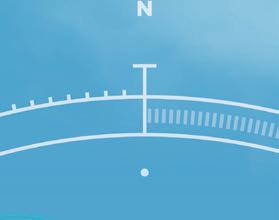

















The world population is growing and the demand for food plus the way we consume it is more diverse than ever. We want our food fresh and we want it now. Port of Rotterdam is always the fastest route to freshness.
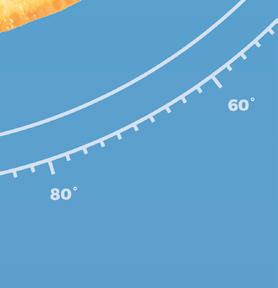
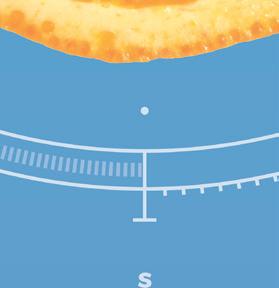



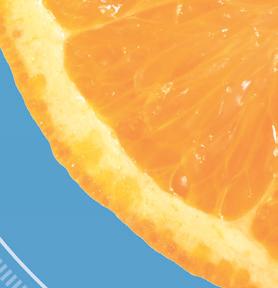
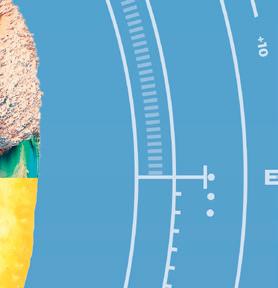

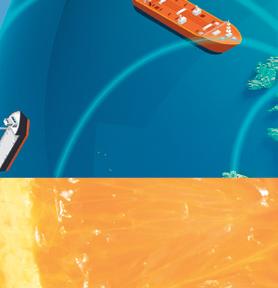





AGF Primeur • Special Edition • 2022 33
portofrotterdam.com/agrofood
Summer is on the way!
“Suvena is an old Finnish word for summer,” Erik Guldemond, Suvena's owner, explains. This Finnish company focuses on buying soft fruit and selling it to consumers. The company's slogan, 'Kesän merkki', means 'a sign of summer'. And, in April, that is exactly what the season’s first soft fruit indicates: summer is on the way.
At the beginning of the season - from early April to late October - Suvena sells soft fruit imported from Spain, Morocco, Portugal, and the Netherlands. Later in the season, Finnish growers supply these too. They do in-store sales via a shop-in-shop concept, a little-used concept in Europe. Erik says it originated in Finland, with its short, busy strawberry season and the country's characteristic long distances. “Strawberries grown in Finland have high Brix levels. They're very sweet so, thus, also delicate.”
“These strawberries used to be so soft that if you harvested them on Monday, they had to all be sold by Tuesday. In a coun-
try the size of Finland, that's not possible in a large chain with central purchasing and distribution centers. Thus, there are always local companies that do seasonal soft fruit sales in and at supermarkets at commission or stand prices. That benefits the supermarket - they don't have to take care of anything, and the shelves always look good,” Erik explains.
A 90-MINUTE DRIVE Suvena currently has sales representatives in 12 supermarkets. At the season's peak, it can employ up to 50 people. There are also unmanned refrigerated units with Suvena soft fruits in five hypermarkets. These stores will get sales stands in June,

too, and the fruit will be available from there and the fridges. “Some customers like personal service, others don't.” Erik, whose father is Dutch and mother, Finnish, lived in the Netherlands until he was 23. He has been in Finland for 13 years now.

Erik says the company will be adding two new outlets this year. “These two supermarkets are near a lake in a tourist area, 90 minutes from our warehouse - that's a first. All our other outlets are only, at most, 30 minutes away.” He started with soft fruit stands at two gas station stores and three flower stores. Guldemond has since stopped selling flowers and has seen his fruit sales climb 30-fold in the last ten years.
HILLA
Suvena has seen blueberry sales rise every year, but strawberries remain the frontrunner, sales-wise. Only two strawberry varieties used to be marketed in Finland; Erik now sees the range is slowly
 A Suvena sales location in a supermarket
Soft fruit
Soft fruit in Finland
A Suvena sales location in a supermarket
Soft fruit
Soft fruit in Finland
AGF Primeur • Special Edition • 202234
widening; several new types are making an appearance, extending the strawber ry season. A typical Finnish product in the assortment is the 'Lapin Hilla' or, in English, the cloudberry (Rubus chamae morus) is a typical Finnish strawberry.
This luxury product grows wild in large swampy fields in Lapland. You can store these cloudberries in sealed buckets at low temperatures for a long time or freeze them. “This is a very supply-related prod uct. In a good season, there are plenty available, and they're somewhat cheaper. But they’re pricey in a bad season,” Erik continues. By Dutch standards, Finnish strawberries are expensive. Erik says between €20, and 30/kg are quite normal consumer prices.
SMALLER PACKAGES
Shoppers are also increasingly moving toward smaller packages. Most straw berries in Finland used to be delivered to consumers in five-kilo boxes. “A lot of strawberries are available at once in July.


The season was over in three weeks. Many people used to buy in bulk and then freeze the strawberries. But consumers are increasingly switching to daily consump tion.” That is why Suvena is having more and more strawberries packaged directly at the growers in 400g punnets. Suvena still offers bulk packs for freezing, though just in a 4kg box. “Unlike the five-kilogram box, this fits in people's shopping carts and fridges. And, even though the kilo price is the same, the four-kilo box is cheaper and, so, sells faster,” says Erik.
QUALITY
The packaging method affects product quality. Because the sweet, fragile Finnish strawberries are regularly packed in bulk, they are often not in great shape once they reach the consumer. There is still a world to be won there, Erik believes. “We're working hard on improving quality and try to make progress every year. We're thus looking for the best products in all categories.” This focus on quality is why
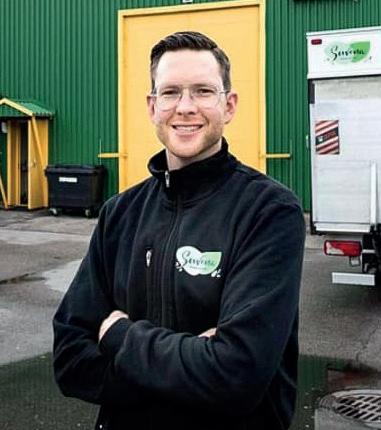
Suvena dropped some growers who did not want to meet these standards.
“We have quite a lot of sales points, so our soft fruit has to be good quality. We always want to offer our customers the best. We, therefore, focus less on free-market bar gains and more on quality and direct con tact with growers. The growers we work with provide us with the exact quality we need in the desired packaging. So, we can give shoppers a consistent product. That's what people want: if you bought a nice strawberry yesterday, you want that same strawberry to be available the next day,” Erik concludes.
info@suvena.fi
 Suvena indicates that in Finland larger quantities of summer fruits are more often purchased for freezing. Raspberries, for example, are offered in a 1.6 kilo box.
Erik Guldemond of Suvena in front of the warehouse in Tampere
Automated growing solutions
Worldwide leader in
Suvena indicates that in Finland larger quantities of summer fruits are more often purchased for freezing. Raspberries, for example, are offered in a 1.6 kilo box.
Erik Guldemond of Suvena in front of the warehouse in Tampere
Automated growing solutions
Worldwide leader in
AGF Primeur • Special Edition • 2022 35
automated hydroponic growing solutions for lettuce and herbs www.hortiplan.com
“You can make good deals with supermarkets”
This year, Fossa Eugenia celebrates its 25th anniversary. It is also memorable because this Dutch association's figurehead, Ton Holthuijsen, has stepped down as a board member. In this interview, his successor, Peter van Dijck, talks about delivering directly to the supermarkets, the product availability issue, and the relationships within the cooperative. “Each member, regardless of the company's size, has a vote.”
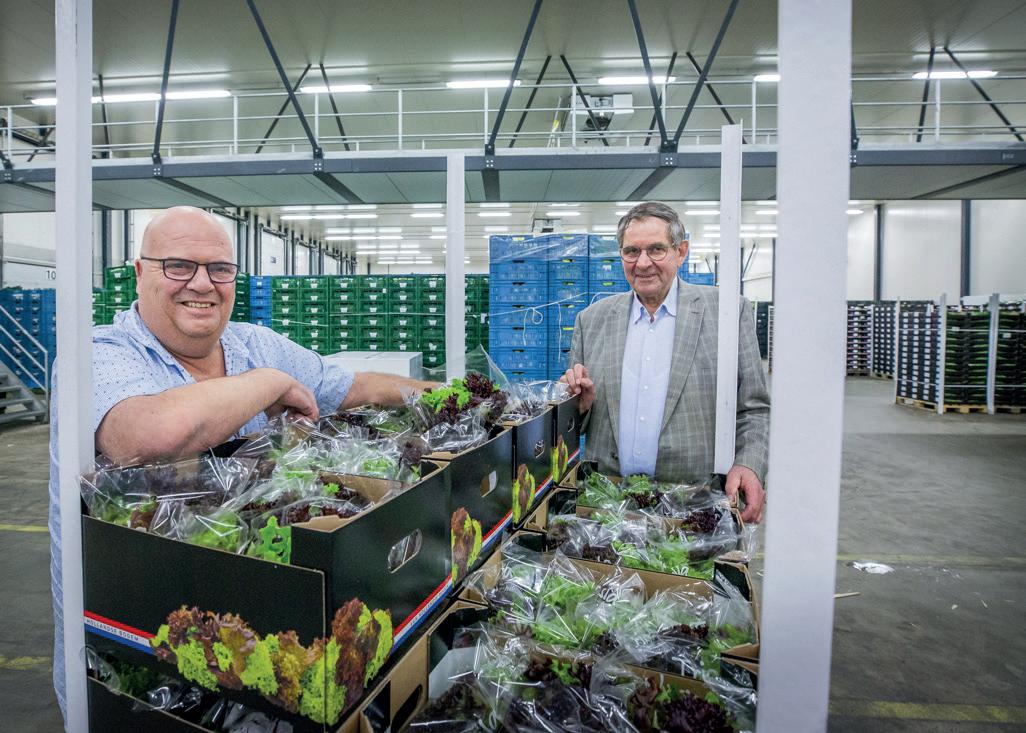
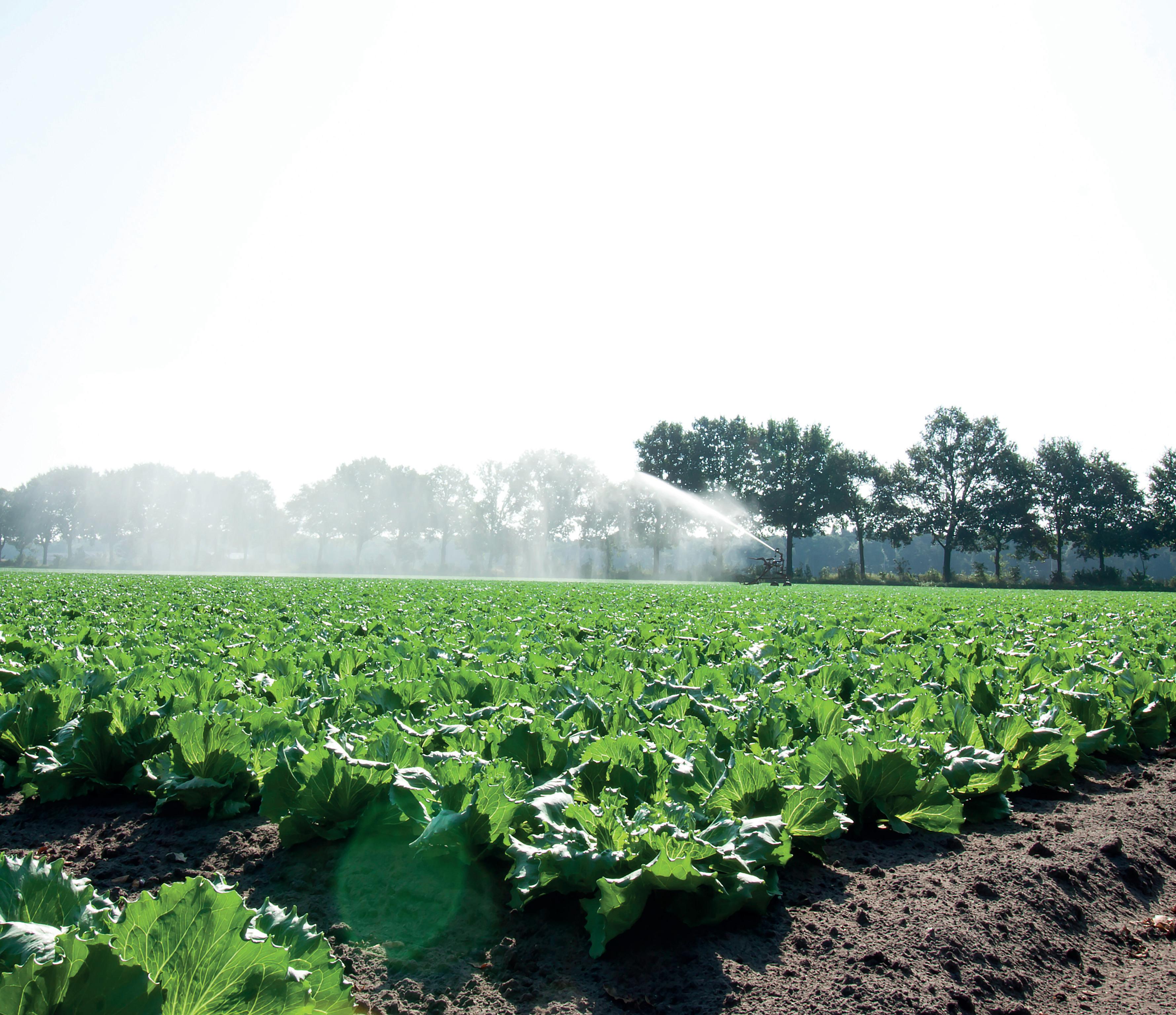 Chairman Peter van Dijck (Fossa Eugenia):
Peter van Dijck and Ton Hulthuijsen
Chairman Peter van Dijck (Fossa Eugenia):
Peter van Dijck and Ton Hulthuijsen
AGF Primeur • Special Edition • 202236 Opinion
Did you aspire to succeed Tom as chairman?
Not at all. I'll be 60 this year and had my hands full with my own company, Van Dijck Groenteproducties. But we didn't get very far in the search for an exter nal successor, so we began looking in the grower group's ranks. That's how they finally came up with me. Ton was our cooperative's initiator, architect, director, and chairman, all in one. I don't have that scope. But by dividing my farm's tasks more evenly and on the condition that the management tasks were better distribut ed, I took on the job. One of the ways this was done was by appointing a financial and commercial director at Fossa Eugenia. I'd been on the board for a while, so I knew a little about what to expect.
Where will the focus lie in the coming years?
Primarily commercially. We've always been strongly retail-oriented, and these customers require multiple products. Of the €165 million in product sales we repre sent, 60%, i.e., €100 million, goes directly to retail. We want to further expand those
supermarket lines. So, we're looking for growers who fit our group to fill demand and try to get them to join our group to fill in the products. Growth isn't the goal; it's a way to get products to the retail sector.
Would joining forces with another association not make that easier? We've talked about that in the past. How ever, our retail focus makes us a unique cooperative. Many other cooperatives still sell most of their products through trad ing companies. That's an entirely differ ent model, which is difficult to reconcile. We don't see ourselves as a sales force. We mainly have active account managers and a bit of day-trading to fine-tune the volumes. And where necessary, we buy in produce.
Sometimes there's more demand or less supply because the harvest was disap pointing. That's where trading houses prove their worth. That may cost money, but that's how Fossa Eugenia proves itself a reliable supplier. We might have to join forces in the future; there are enough par ties in the area. But I don't see that hap
pening any time soon. There's too little synergy with other growers' organiza tions.
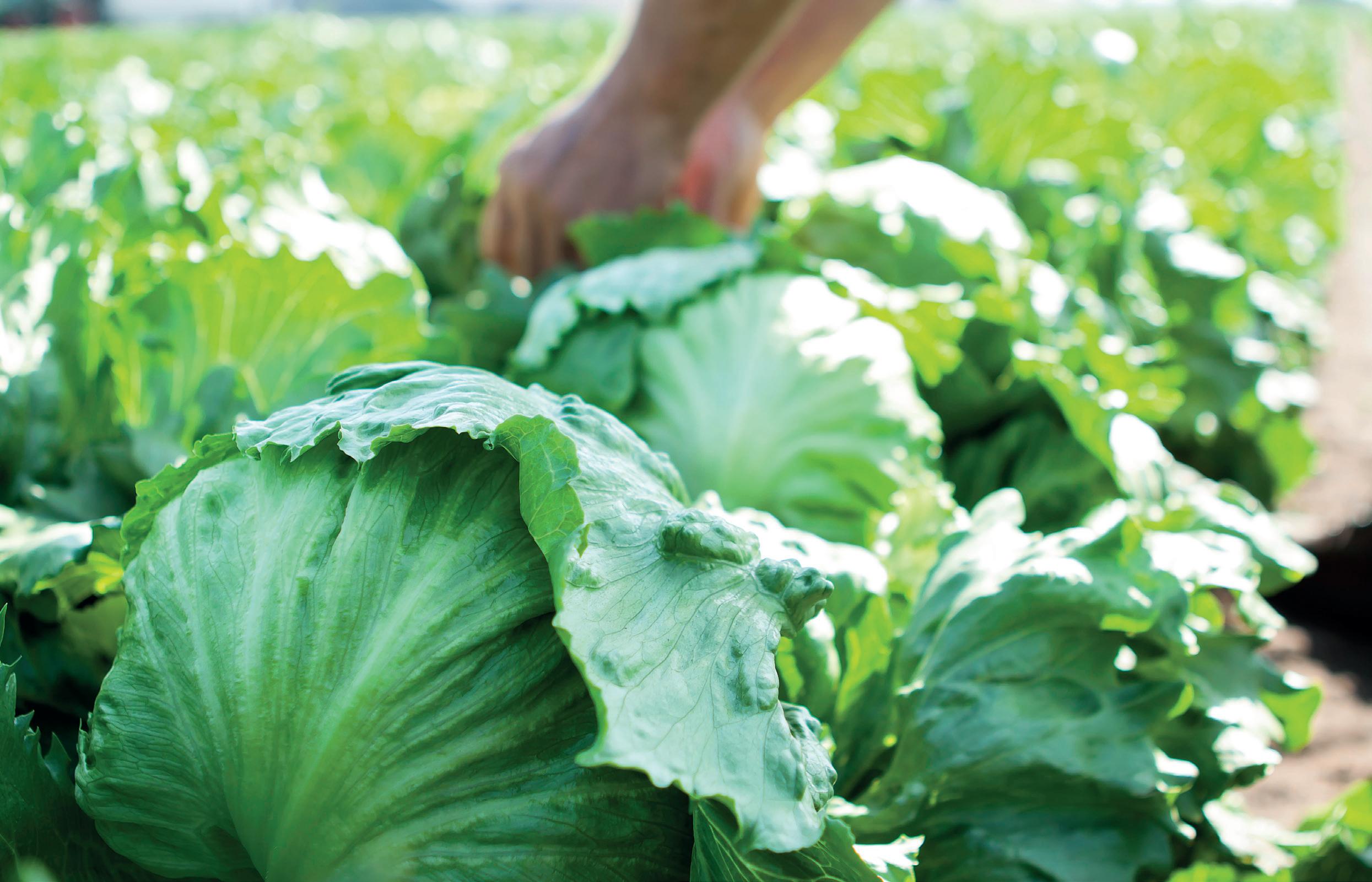
You previously launched the 'Die Frischen' brand close to the German border. How is that going? That initiative is dormant. Admittedly, it was a great idea, set up by traders and growers. But, in the end, it didn't meet expectations. The border proved too much of a psychological barrier for German cus tomers. The brand wasn't considered a regional brand but rather an overseas one. Something like that requires the nec essary investments; something trade is more concerned with today than tomor row.
So, if initiatives like this aren't successful right away, they die a quick death. Also, cooperation isn't so easy because often, the one won't even grant the other the loss. I believe more in one-on-one agree ments with customers. Together you can build something and make direct agree ments. You also have to be realistic. A fruit
AGF Primeur • Special Edition • 2022 37
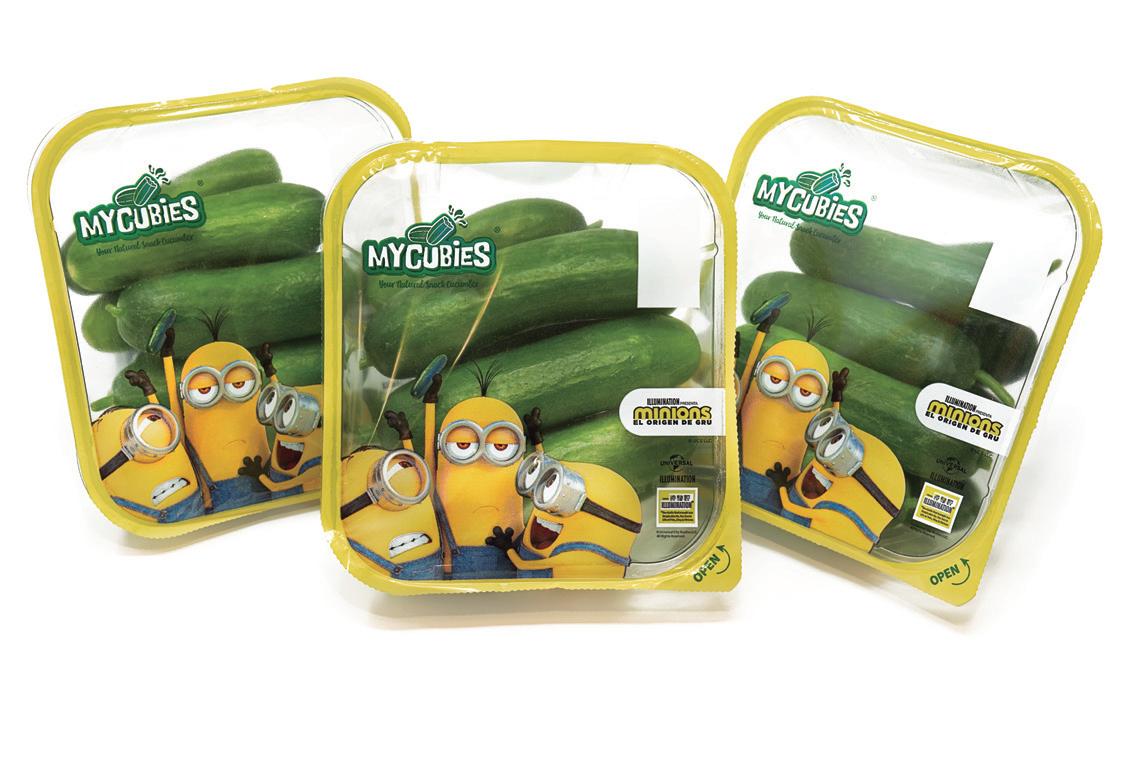
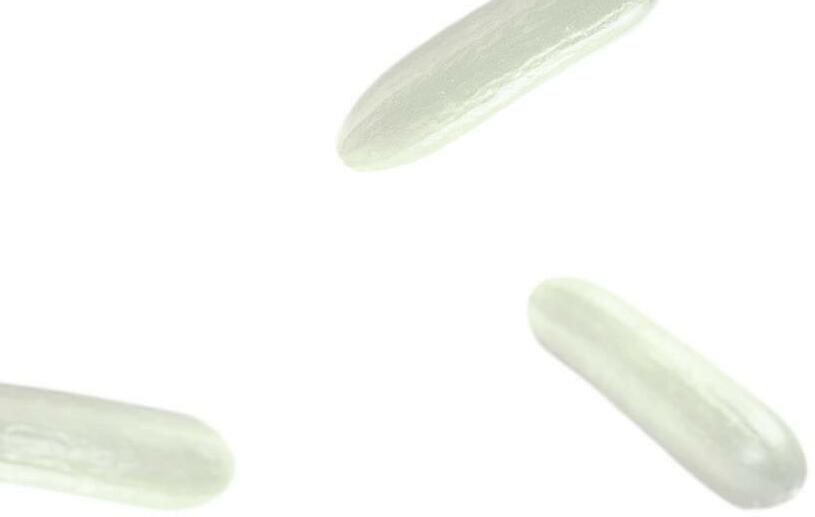


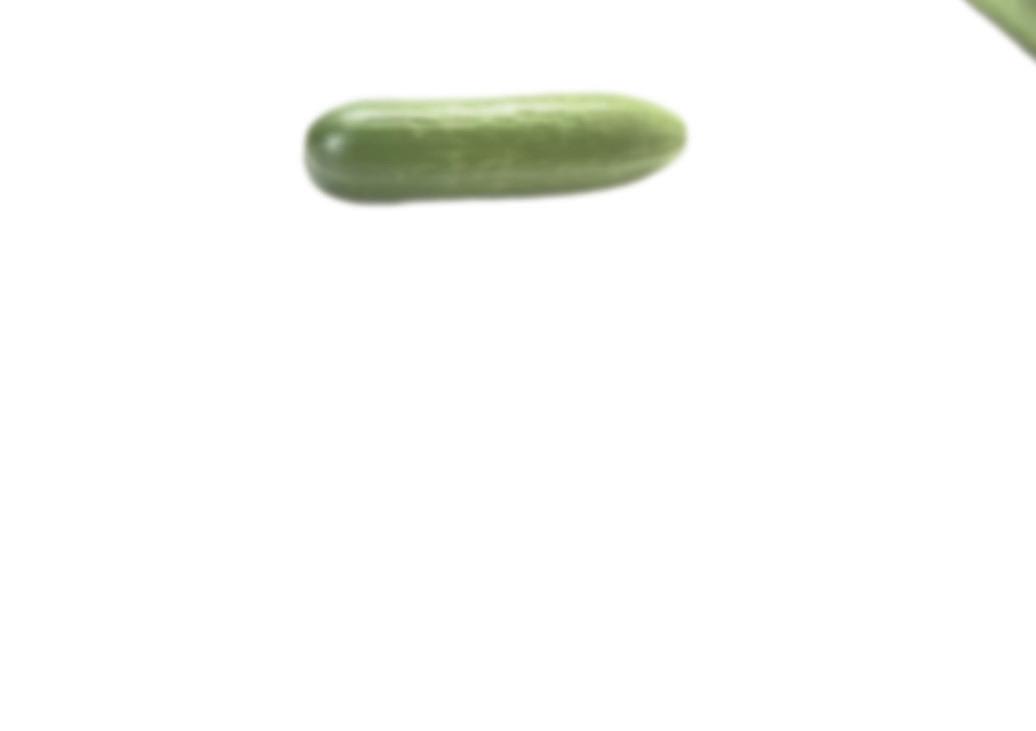







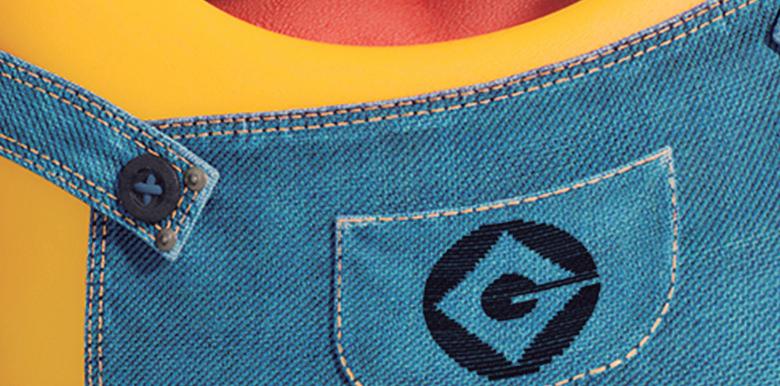













More information at www.mycubies.com or access directly by scanning this QR code Easy to consume Appetising at any time of the day Juicy and crunchy Low in calories YOUR FRESH AND HEALTHY CUCUMBER SNACK:) Hall 9 STAND 9D12 Hall 9 STAND 9D05 Hall 9 STAND 9D02 Hall 9 STAND 9C10B Hall 9 STAND 9C04 Discover Mycubies from 4 to 6 October at Fruit Attraction 2022
and vegetable cooperative certainly isn't Coca-Cola.
Traders often point an accusing finger toward supermarkets' power. Is that your stance too?
Absolutely not. I know, from my own company's dealing with them too, that you can close fantastic deals with supermarkets. I've been doing business with various supermarkets through Fossa for 22 years. I like how direct the discounters are; you can do something with that. They're clear about what they want, take the agreed-upon volumes, and pay on time. You can make deals with them. We've long ceased to be the underlying party in discussions with supermarket chains. We now help brainstorm about new products or packaging. But supplying supermarkets requires a special approach.
They want a total package, consistent quality, and no empty shelves. You have to deliver that. But you have to adjust your business operations to that. For instance, we started harvesting day and night to deliver as fresh as possible. Fossa's strength also lies in linking growers to clients. If supermarkets want to run a campaign in a certain period, we can immediately tell them if that's possible.
Promotions involving several fruits and vegetables are increasingly being com-
bined too. Our comprehensive product range means we can respond quickly to that. Before the season even begins, we agree on what exact specifications the products must meet.
If they want leeks with a short shaft or dark green leaves, we get them in touch with breeders for the varieties that meet those characteristics. The population is aging, and there are more single-person households, so we now also grow smaller cauliflowers. If you show you can think along, are flexible, and can deliver large volumes, you can cooperate to a far-reaching extent. Plus, you don't have to worry about being exchanged for another supplier overnight. Product availability is increasingly becoming an issue for supermarkets. There are fewer and fewer growers, and weather extremes are commonplace.
You started, in 1998, with 18 tomato and eggplant growers. What does Fossa Eugenia's assortment look like nowadays?
We used to be known as a 'tomato club', but, over the years, many tomato growers have stopped, often because they had no successors. Today, we primarily focus on products like open field vegetables and herbs. Many of these growers didn't do well at auction and sought refuge else-
where. My vegetable-growing company joined Fossa Eugenia in 2002. We'd left the auction in 1989. We already had good contacts with supermarkets and were large enough to do business directly with them. We brought those contacts along to Fossa Eugenia.
We've grown significantly in a short time, which was necessary from a business perspective but quite unusual in the area. For a long time, farmers here were satisfied with small-scale businesses where they could earn a living. Those days are behind us. Fossa Eugenia now has 42 members and four guest members, with an area of more than 90 hectares under glass and 3,000 hectares of open fields. Herbs constitute a major branch, but we also have, for example, 28 hectares of strawberries under glass and growers who cultivate bok choy and lettuce in water.
How far away are your growers?
We have a group of chicory growers about 170km away and a few members a little further even than that, but most are in the area. But distance isn't such an issue for me. That's why I'm pleased that this year we also welcomed a German member, Bonnacker Spargel und Erbeerhof. That makes Fossa Eugenia truly Euro-regional. To serve the market even better and more completely, we want our association to
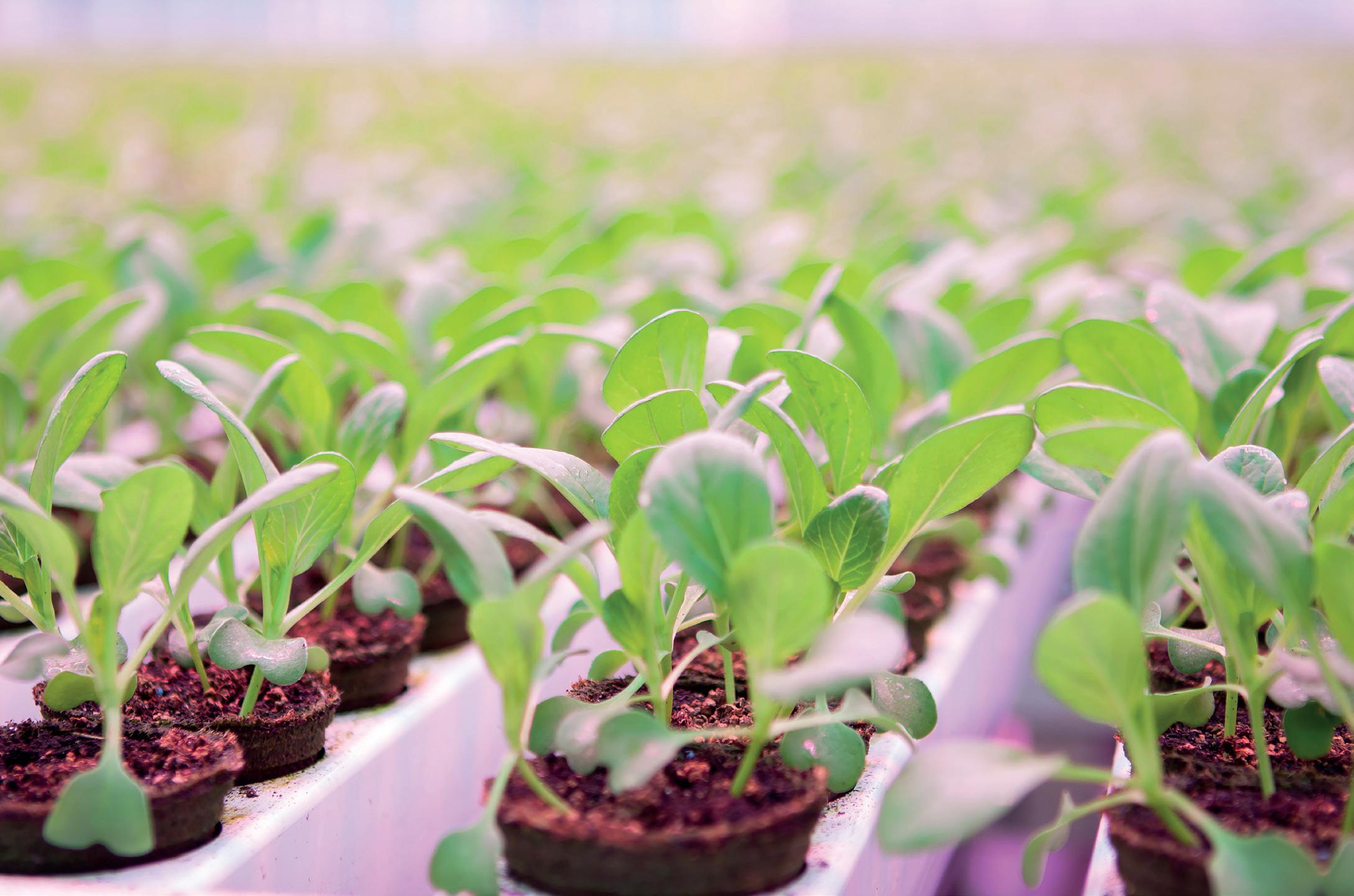
AGF Primeur • Special Edition • 2022 39
grow even further. The German market offers plenty of potential in this; we're close to that border, after all.
How did you get through the pandemic? Demand for some of our products sky rocketed when the first COVID-19 mea sures were announced. Everyone was cooking at home, which the sales of prod ucts like zucchinis and leeks showed. It seemed everyone was freezing leeks, but sales of, for instance, cut herbs also took off. In that sense, our sales benefited most. Those additional sales have now levelled off again.
What is your top sales market?
The Dutch market remains a big buyer, both for retail and the processing indus try. We also have contacts with compa nies like HelloFresh and Picnic. Germany is also still a good sales market for us, but that share isn't as large as before. France, too, is a significant market, and we supply Italy with many products like iceberg let tuce via exporters.
Do you offer organic products?

We have one grower with a wide organ ic assortment, ranging from pumpkins, strawberries, and zucchini to spinach, kale, and leeks. Our clients are increasing ly demanding organic products. But that market has to professionalize. The sector has grown from a hippy image to that of a more mature market.
How important is GMO for your businesses?
GMO is and remains important. However, there have been shifts here as well. GMO is no longer used for traditional invest ments. It is also not a grower's subsidy; it's a cooperative one. This grant, undoubted ly, still offers many possibilities, sustain
ability-wise, but it requires a great deal of effort from the organization to get it all done. You must meet stringent conditions which are, rightly so, strictly monitored.
The agricultural and horticultural sectors are having a hard time of it, including with the new nitrogen regulations. How does that impact you? Our region faces enormous challenges. In the Peel area - accounting for thousands of hectares with countless growers - we have to deal with nitrate guidelines in the groundwater. That's an enormous claim the south-eastern part of the country must bear. It didn't seem to be going too fast for a long time, but now people are taking action regarding this issue, which sudden ly makes the future far more uncertain. It remains to be seen whether the govern ment will offer decent reimbursements.
Also, available resources will only be reduced further over the years. But, in that sense, the playing field is level; it applies to everyone, so we'll all have to deal with that. That often leads to further innova tions, even though the alternatives are often hard to see at first. At the same time, it's sometimes disappointing when all those extra efforts don't result in an addi tional price. For example, all our products have been PlanetProof-certified for years, but there's no extra remuneration. It has become commonplace; otherwise, you might as well not be a supplier.
Are robots making their way into harvesting?
That's very topical, due to the labour short ages. In our open field crops, you must deal with all weather conditions. That doesn't make things any easier. But with our organic crops, we're now beginning to use harvesting robots, which seems to
be taking hold. But we've tried all kinds of things, with little progress, to harvest let tuce. Such things cost a lot of money. Engi neering firms don't often want to invest in this, so you have to do it all yourself. Cul tivation on water is an alternative, but you can't accommodate the whole crop.
Was it hard to get all the growers, large and small, on the same page?
I was, initially, a little concerned that members would balk at our size. That, for tunately, didn't happen. Especia, Gipmans' fresh herb branch, and we are one of the larger members of the group. However, that in no way means that we have more say. Within our cooperative, each grower has one vote, whether he represents €1 or €50 million in turnover. The members appreciate that. And everyone has their own approach. The association has room for growers who want to brainstorm with us but also for those who couldn't be both ered and mostly want to be unburdened. We're a true extension of our growers.
The cooperative fully supports them when it comes to finances, ICT, and certification. Also, our payments are as fair and clear as possible. If a product costs a grower €1, they get €1. The commission comes off that, and the grower gets paid. It's all open and transparent. And at the end of the year, we see how the association has fared, and the growers get something back. If it was a bad year, they get less. If it was a great year, it's a little more. The cooperative is allowed to make a reasonable profit, and the rest goes back to the growers. I'd like to keep it that way. (IH)
peter.vandijck@fossaeugenia.com
AGF Primeur • Special Edition • 202240 Opinion

















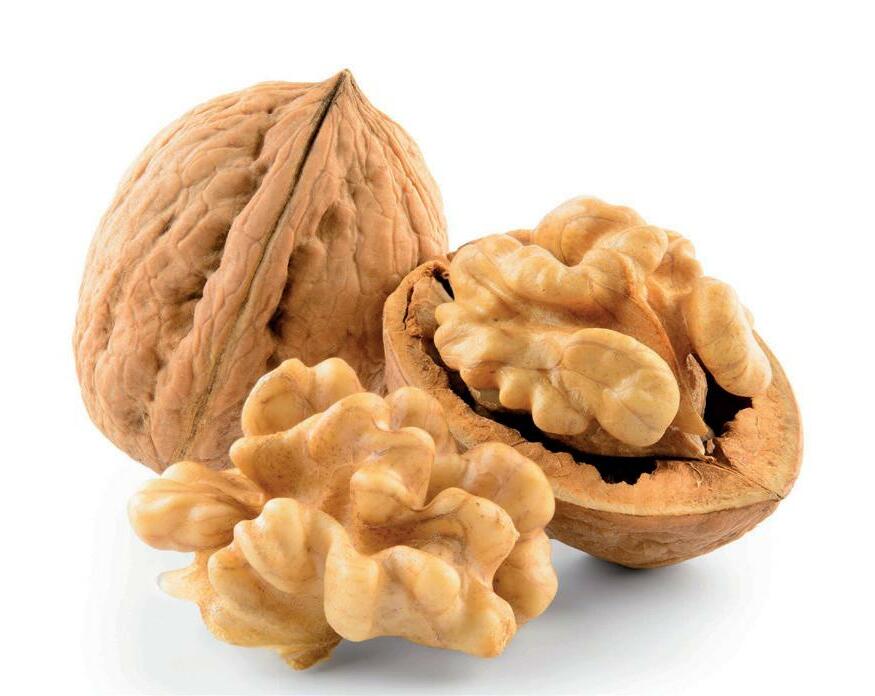























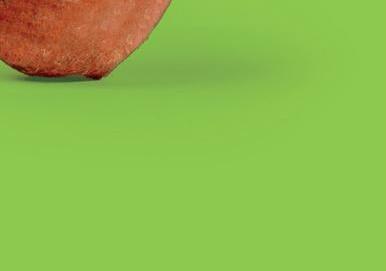



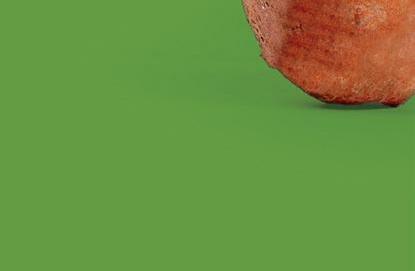
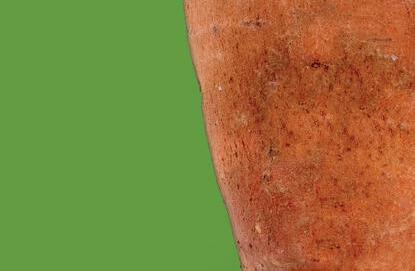
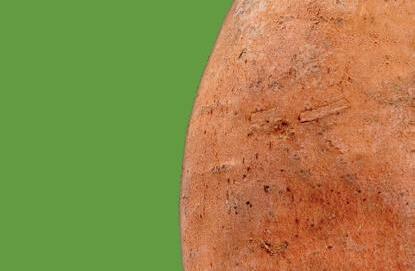
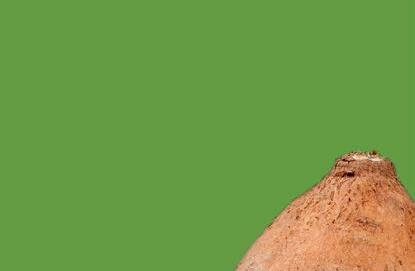


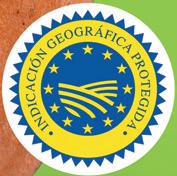
AGF Primeur • Special Edition • 2022 41 Leader de la noix française French walnut leader Noix sèches en coque Dried walnuts inshell 7000 tonnes par an (dont 1000 t. biologiques) 7000 tons per year (including 1000t. organic) Cerneaux Shelled walnuts 300 tonnes par an 300 tons per year Noix fraîches Fresh walnuts 300 tonnes par an 300 tons per year Vinay - France www.coopenoix.com 100 % O RIGI N E FRA N C E Vinay Lyon Marseille Coopenoix Warnez specializes in growing, washing, grading, and packing fresh potatoes, serving different types of customers: For inquiries or further information feel free to contact us: jurgen.duthoo@warnezpotatoes.be Christophe.De.Loore@warnezpotatoes.be - Retail - Wholesalers - Food Service - Processing Industry - Import / Export WARNEZ NV • Marialoopsesteenweg 2L • 8700 Tielt België • Tel.: +32 (0)51 400 812 • Fax: +32 (0)51 405 412 Visit us at Fruit Attraction 4-6 OCT 2022 Stand 10F07 I AM FROM PORTUGAL I spend a large part of my life in sunny Portugal. In the beautiful national park on the southwest coast, up on the cliffs of the beach of Odeceixe, I am pleasantly pampered every day. A wonderfully relaxed life if you ask me! Bewusst LET US INSPIRE YOU WWW. EAST4FRESH .NL
Harld Peters about Lineage Logistics' explosive growth
Were you to ask someone ten years ago about Lineage Logistics you would probably have gotten a strange look. Not surprisingly, because back then, the company only had one warehouse in Seattle, USA. Five years ago, the refrigeration giant acquired Partner Logistics and, thus, entered the European market for the first time. Backed by billions in investment capital, many take-overs followed, including that of Kloosterboer in 2021; H&S Coldstores, Frigocare Rotterdam, Van Tuyl Logistics, and Veldboer quickly followed. Now, Lineage Logistics' network in Europe includes more than 4,000 team members in over 70 branches in 11 countries. Primeur had an exclusive interview with Harld Peters, President of Lineage Logistics Europe.
“Our growth model is acquisition-dri ven. In five years, that's resulted in 70 cold stores in 11 European countries. We want to continue expanding, though perhaps not as tempestuously as in the past five years. We're certainly interested

AGF Primeur • Special Edition • 202242 Logistics Five years later, 70 cold stores in Europe
in companies that complement our strate gy. Not to grow for growth's sake, but to serve the market as professionally as pos sible,” said Harld. He does not foresee any problems, competition-wise. “The cold storage market is highly fragmented.
“Strip away all the bigger players, includ ing us, and medium-sized and smaller players make up 80% of the market. Even though we've built quite an empire, we're still a limited player in the market as a whole. Within Europe, we're now very well represented in the Benelux, Scandinavia, Poland, the United Kingdom, and France. We've also expanded rapidly through take-overs in southern European coun tries such as Italy and Spain. And there's still plenty of growth potential in places like Germany, Austria, and Hungary. We ultimately want a network that covers the whole of Europe.”
CULTURAL INTEGRATION IS HARDER THAN TECHNOLOGICAL INTEGRATION How does the company manage to inte grate all those businesses within the group? “Those parties doing the takeover for us closely consider if that company's
culture melds with ours. They first do an extensive preliminary process, looking at how the business deals with customers and how the organization's leadership functions. That is done for both sides, and we have to be awarded the sales process. It's no small thing to award someone the sale of your company,” Harld continues.
“The key question is whether people feel valued. That doesn't start on day one after the takeover but six, 12, or 18 months before. The companies we've acquired have very similar values to Lineage Logis tics. Cultural integration is much harder than technical integration. Also, our goal isn't 100% integration, where every work flow has to become identical. You must integrate certain components, such as HR and financial systems; you don't have to merge the rest within a year.
“Other refrigerated logistics suppliers are, undoubtedly, doing a good job too,” Peters points out when asked what makes his company stand out in the fruit and vege table sector. “What distinguishes us, as Lineage Logistics, is that we bring a solu tion we can automate worldwide. That's especially advantageous for clients who operate globally. Another difference: in a relatively traditional sector, we deal with automation differently. We see the entire supply chain as a data source and, therefore, a chance to keep optimizing our business. In the United States, we've set up a true Data Science Center for this. Fine-meshing is no longer unthinkable in our sector. More and more full pallets will arrive but won't leave like that. We want to be equipped to deal with that.”
COOL PORT 1 AND 2
“We're busy expanding our new and exist ing properties. Cool Port I was finished a few years ago. That's an ultramodern fruit terminal that combines refrigeration and freezer capacity. We're now building Cool Port 2 - a state-of-the-art, fully automated high-rise cold store at City Terminal Rot terdam. Self-offloading, or conventional trucks bring in the pallets. Those go auto matically, from the shipping area to the cold stores, via roller conveyors, turnta bles, and locks. There, cranes automatical ly put them in place,″ says Harld. He is sure this facility's conventional refrigerated stores will benefit the fruit and vegeta ble sector too. “The automation trend will eventually also reach this sector.”
“That's already being done, on a small scale, with automatic forklifts in conven tional warehouses. However, things will increasingly move towards fully auto mated warehouses. Customers will have to use a complementary system. If this fit is seamless, you can set up the inventory management system, so clients always get the correct information. Plus, products in an automated environment must meet certain requirements. A pallet, stacked 40 high, should stand straight.”
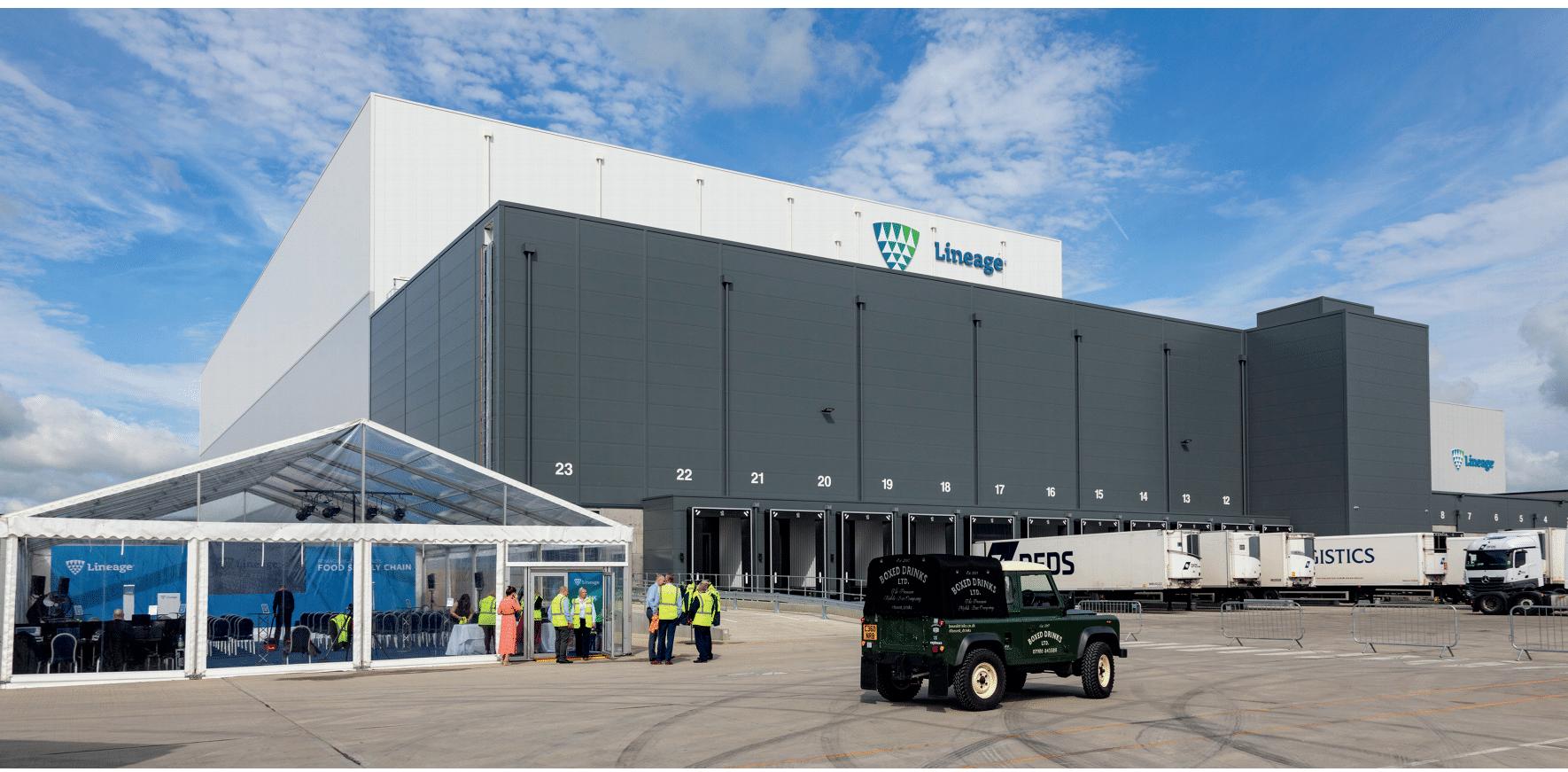
Nekovri, the Association of Dutch Cold-Storage and Freezing Warehous es, recently expressed concern about the high energy prices. “Even before the war in Ukraine, those costs had been driven up quite a bit,” Harld observes. “You can react to that in two different ways. You could consider it purely a cost item. Or you can look at how your company can save on
energy and, thus, contribute to the sus tainability transition. This idea is widely held within our organization and is often at a different level from the companies we acquire.”
“Equipping the business premises with solar panels is a massive investment that isn't recouped within a year. It certain ly helps if you have a financially strong partner backing you. We're also looking at green energy possibilities. We've put up a big wind turbine in Vlissingen, but there are limited possibilities elsewhere in the Netherlands. Plus, new technologies are helping reduce our energy consumption. We use sensors to take real-time readings, so we know exactly, for instance, when to cool.”
CONTAINER RATES ARE DROPPING AGAIN
Lineage Logistics entered the Europe an market at a very challenging time. COVID-19 dictated logistics, and cost increases were commonplace. “That has huge implications for us. Global trade flows are changing throughout the cost structure. Also, the trade flow imbalanc es hurt the market a lot. Often containers were available but not in the right place. I'm therefore proud that, despite a glob al pandemic and unprecedented supply chain challenges, we've continued focus ing on delivering outstanding service to our buyers, day in and day out.”
“That ensured that people continued to have access to safe, high-quality food. For tunately, the market is normalizing some what again, and rates are dropping. One
AGF Primeur • Special Edition • 2022 43


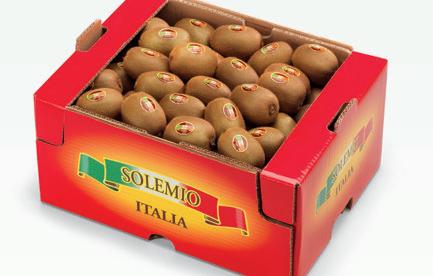
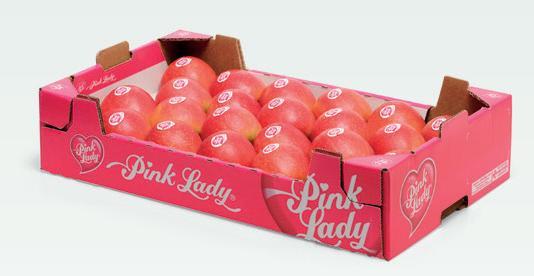


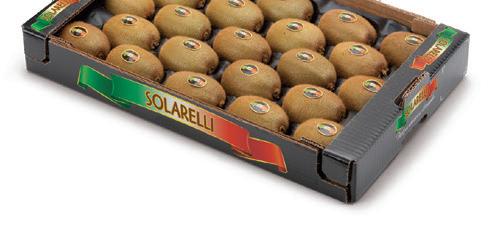






thing that has recently become evident is that you mustn't depend on one component in the supply chain. You must manage the entire chain. Should elements be missing, you have to go back to the drawing board,” Harld says.
The increasing focus on locally produced food is another development the president of Lineage Logistics Europa follows. “A few years back, the mantra was still largely to globalize, but the pandemic taught us that this isn't the one-and-only business model. We think three or four models will continue to run side-by-side. People are more aware of where food comes from and adjust their behavior accordingly. This trend has already happened in the United States.”
“It's still small in Europe, but these developments can become big. That also leads to more e-commerce-like solutions for food that bypass traditional distribution chains. Our advantage is that we're active in local markets. The whole current nitrogen discussion does make us aware that we must do our bit. We want to know who our customers are, but also who lives around our facilities. That requires a lot of back-and-forth. For example, we're trying to find ways to dispose of our excess heat locally,” Harld explains.
“Initially, we were highly focused on cold storage and warehousing. Over the years,
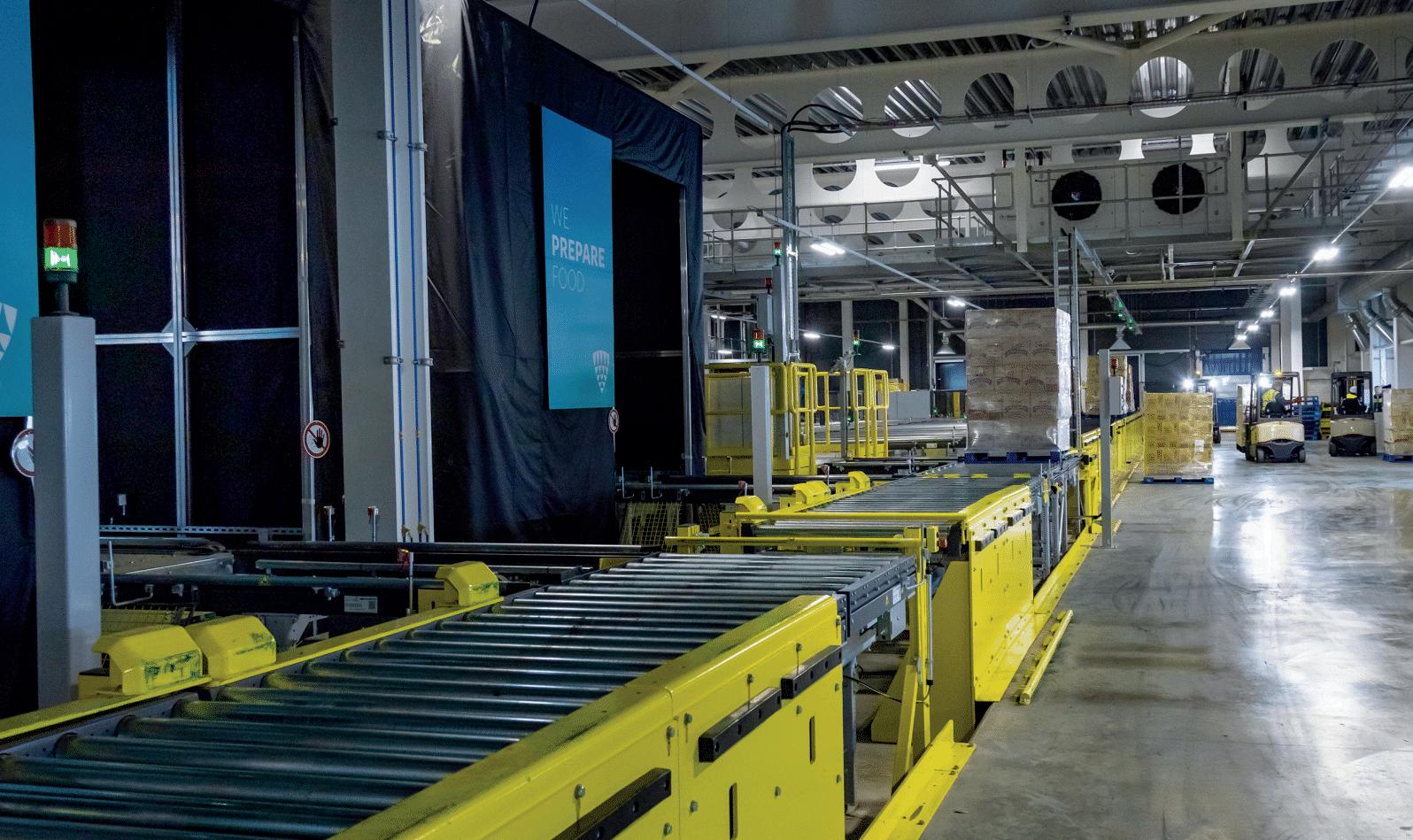
things have been added, such as offering freight forwarding and road transport. We saw that you couldn't completely decouple these things. In Vlissingen, we're doing trials with autonomous trucks from one business park to another. It's still about relatively simple transport from point A to B, but eventually, that will be the future.” Lineage Logistics is also looking at other modalities.
“For instance, we're investigating how we can use barges to get goods to ports or transshipment points. Greening transport is a hot topic too. We recently made a major rail transport acquisition in the United States. We developed our own carriages, specifically for refrigerated transport. That's more complicated in Europe because of the infrastructure. But, especially from the Far East, there are developments to get more goods to Europe via rail. The Chinese government, in particular, is promoting this,” Harld continues.
DRIVE IN ASIA
Peters used to run UPS China in Shanghai, from June 2017, for two and a half years. “What I specifically took away from this is that, while Europe is important, it's part of a global network. Also, you realize all the more that, In Europe, we have it really good. In China and other Asian countries such as Vietnam and South Korea, the younger generation is driven to do things better than their parents. That's at
a genuinely different level than you see in Europe and the United States. It's similar to what my parent's generation did during the reconstruction after World War II. The political question is, 'Is this always the right way?”
“However, the speed at which they get things done in Asia is truly phenomenal,” says the logistics provider. He concludes by saying he is particularly proud of the journey all of Lineage's colleagues have taken over the past five years. “We've talked a lot about buildings and investments, but we can't achieve anything without our people. So we invest just as much in them. And the beauty of a company the size of Lineage Logistics is that the sky's the limit. If people have ambition and potential, there are unlimited growth opportunities. Then we could literally fly you from the Netherlands to our Data Science Center in California.” (IH)
www.lineagelogistics.com
AGF Primeur • Special Edition • 2022 45






















Rivierweg 1 | 3161 GM Rhoon | T +31(0)10 201 07 00 VANDONGEDEROO.COM 260 Overseas partners 40 100 TEU trains per week 340 Colleagues 2 Terminals in Rotterdam and Antwerp, total capacity of 344.500 sqm Custom specialists 2 tailor-made system Miles ahead in shipping
Transshipment record, container shortage, uncertainty, and sanctions
How the Rotterdam Port Authority stays the fastest, despite everything
The Port of Rotterdam is busy. Very busy. And agri-food trading keeps growing. The Port of Rotterdam Authority is thus doing all it can to ensure the logistics process runs as smoothly as possible. How?

With the development of the Rotterdam Food Hub, for example. This 60-hectare site has been specially laid out to provide the best possible service to businesses.
Late last year, the 15th million TEU container arrived at Rotterdam harbor. That record may well be broken this year. After the pandemic caused a temporary dip, container throughput has been increasing more than ever since the fall of 2020. The number of container ships and current terminal capacity is not growing fast enough to meet the high demand.
MORE AND MORE AGRI-FOOD VIA THE PORT OF ROTTERDAM
When it comes to agri-food, Rotterdam is Western Europe's biggest import and export harbor. Currently, agri-food makes up 13-15% of its total container through-
put. Almost half of this is imported fruit and vegetables, with especially a lot of fruit being brought in from overseas destinations. Citrus, bananas, and grapes top this list. Lots of juice also enters the European market via Rotterdam. Most agrifood products come from South Africa, Brazil, and Costa Rica.
In terms of exports, various vegetables, onions, and potatoes are in the top three. “Fruit and vegetable imports and exports are important for the Port of Rotterdam,” says Anne Saris, Agri-food business manager at the Port of Rotterdam Authority.
“The agri-food segment, which includes
flowers, fish, and meat, is increasing. We foresee a growth of at least five percent in reefer transport in the coming years.”
The Port of Rotterdam Authority manages and operates Rotterdam harbor. “We want to ensure that Rotterdam is the fastest route for goods transshipment and storage. We do so by, for example, making sure the port has enough specialized agrifood companies and facilities, such as cold store operators, inspection facilities, and nautical infrastructure. We're Europe's first port of call from the main sourcing areas and have an extensive short sea network. Rotterdam is, thus, the fastest route to the European end customers. We're also committed to keeping the port easily accessible, safe, sustainable, healthy, and attractive.”
UNCERTAINTY AND SANCTIONS CAUSE DELAYS
To improve the port and its trade streams' efficiency, even more, the Port of Rotter-
Rotterdam Food Hub is set up in such a way as to serve agri-food companies as well as possible.
AGF Primeur • Special Edition • 2022 47
Logistics
Logistics
dam Authority focuses primarily on sus tainability, digitization, and innovation. And that is quite a challenge these days. “We want to remain the fastest route. That requires solutions, especially now that the ports and containers are generally so full. For instance, we're working with customs and the Netherlands Food and Consumer Product Safety Authority to make handling smoother. Container and labor shortages create challenges. Plus, there's still a lot of manual handling, like filling out forms and email communica tion. We want to automate this as much as possible. Everyone is dependent on each other. It's also important that containers are returned as quickly as possible,” Anne explains.
The current political developments have significant consequences for the Port of Rotterdam too. “We have no influence over that, but we can organize things as best we can.” Anne is referring to the war in Ukraine, which has led to the Europe an Union, among others, imposing several sanctions against Russia. These and the uncertainty caused by the war are affect ing container exports and transshipment. For example, Customs subject container loads destined for Russia to additional checks, which causes delays. The Dutch Central Bureau of Statistics figures show that 62 million tons of the nearly 470 million tons of transshipment in the port of Rotterdam are Russia-bound. That amounts to 13% of the total.
OVERCOMING CURRENT AND FUTURE HURDLES
Anne says the entire container sector's arrival reliability has never been as low as it is at the moment. “China has a low port capacity, ships are getting bigger, and terminals have to handle bigger call sizes. There's an overall container and capacity shortage. And things are getting more and more unbalanced. How do we counteract this? With, as mentioned, good partner ships, digitization, and data sharing. Take our platform Portbase.”
“Various parties in the chain share infor mation and data. All kinds of other proj ects and initiatives are underway to make handling more efficient and better deal with current and future obstacles. For example, we're already building docks on the Maasvlakte for container terminals that want to expand. We're also install ing reefer hubs at large warehouses for 24/7 unloading. The ports and roads are far less busy at night,” says Saris. Plus, the Port of Rotterdam Authority is the Flying Swans consortium's knowledge partner.
This group consists of Boskalis, Mercator Novus, and GroentenFruit Huis. Flying Swans was set up to develop cost-effec tive refrigerated logistics infrastructure projects in which ports, cold stores, and consolidation centers work together. “Especially to create interesting economic opportunities for emerging countries in places like Africa or South America, and simultaneously contribute to the Dutch economy.”
QUICK HANDLING OF CHILLED AND FROZEN GOODS
The development of the Rotterdam Food Hub is another great example of how to deal with the ever-growing trade stream. Rotterdam Food Hub lies at the entrance to the Maasvlakte and covers an area of 60 hectares. It was specially designed to provide the best possible service to agrifood companies. “That's more than wel come, given the growth in agri-food and the increasing need for specialized reefers handling in the Port of Rotterdam. It's ide ally located,” Anne says.
“It has several specially-equipped berths available on both the north and south sides of the Caland Canal that can receive reefer vessels. There will also be barge docks, and the warehouses will be built directly on the quays. Chilled and frozen cargo can thus be stored, processed, or transported quickly. We're particularly aiming at smaller specialized reefer ships, which need to be handled more quickly and efficiently than dry containers. But
conventional reefer vessels can also easily dock here.”

JOINT USE OF FACILITIES
Having the facilities on-site has the dis tinct advantage of being available for shared use. Think of docks and all kinds of facilities regarding transport, storage, access control, and customs. It's a nice addition to the existing agri-food hubs in the port of Rotterdam, such as Cool Port and the large nearby storage sites. The Barendrecht, Ridderkerk greenports, and the Westland are close by too, which, of course, benefits both inland supply and transport. “We'd certainly recommend this hub for businesses who want to be close to their logistic flows. This location makes a huge difference in logistical costs and ensures that products reach stores as fresh as possible,” Anne concludes.
The Rotterdam Food Hub already has its first tenant. Innocent has built a new CO2-neutral smoothie and juice plant on the terrain. That means, of the 60 hectares, 15 hectares are currently in use. Various discussions are underway for the further layout of the Hub. Anne estimates there is still room for three to five companies. (CH)
ae.saris@portofrotterdam.com
“Prevemos un crecimiento del 5 por ciento en el transporte de carga refrigerada en los próximos años”
AGF Primeur • Special Edition • 202248
Of Rotterdam harbor's total container
is

AGF Primeur • Special Edition • 2022 49
transshipment, 13-15%
agri-food.
Thimo Leukel, commercial director at De Groot Fresh Group:
“A recognizable trademark for products that guarantees good flavor and consumer experience was needed, outside of retail”
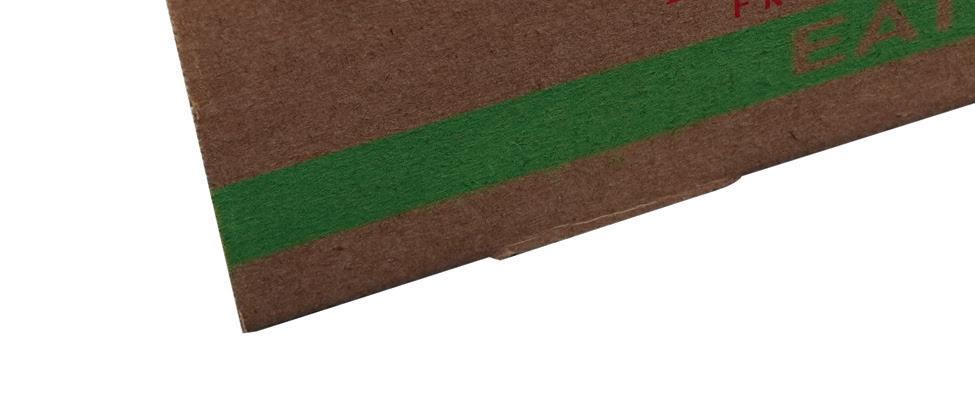
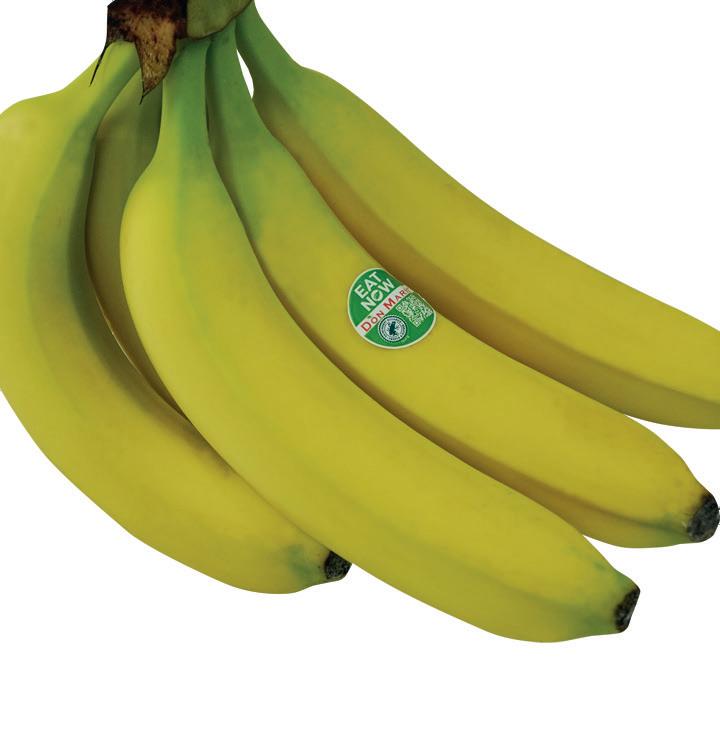
we don't make any compromises,” Thimo explains.


NICE FRUIT AND VEGETABLE RANGE

“We've been working on this for more than a year but have taken several steps in recent months,” says Thimo Leukel, De Groot Fresh Group's commercial director. He is referring to this Dutch fruit and vegetable supplier's new B2B fruit and vegetable brand, Don Mario Eat Now. Building on the Don Mario house brand's foundation, it prioritizes flavor and experience.

Did the De Groot Fresh Group then offer its customers inferior quality products? “Not at all. We have Eat Now-worthy products under other labels, and we're always aware of flavor in all the trade we do with large retail clients. As much as 90% of our products are undoubtedly Eat Now-worthy. But, we noticed that, outside of retail, wholesale, food service, and international traders needed a trusted product under a recognizable brand. So, we created a brand for several products, both fruits, and vegetables, combining the words 'Eat Now' and our house brand, Don Mario.”
FLAVOR AND EXPERIENCE
This combination means the products are not selected using the typical fruit and vegetable trade parameters of external quality characteristics, specifications, availability, market demand, and price. But purely on flavor and the moment of experience. “For example, because of price and market demand, you can begin supplying oranges at the start of the season. But they're actually not quite up to scratch yet. So, you could say, in this new brand, we're a bit less of a trader. Also, when the quality isn't as good as it should be in the mid or late season, we drop out for a while. Where many other brands just keep going,
The De Groot Fresh Group now has several products available under the label: bananas, oranges, mandarins, grapes, melons, avocados, limes, lemons, grapefruit, a range of tomatoes, bell peppers, and Dutch cherries. With consumers in mind, the company selects only high-quality, tasty products for its new B2B brand. They want to give people a memorable consumer experience. “We began the brand with bananas and avocado. With these, it's obviously about ripeness. Lemons and limes are perhaps more difficult to distinguish, taste-wise, but our lemons are seedless, and the limes are very aromatic. Our oranges come from Spain and overseas; we get mandarins from South Africa, and this winter, for the first time, also from Spain.”
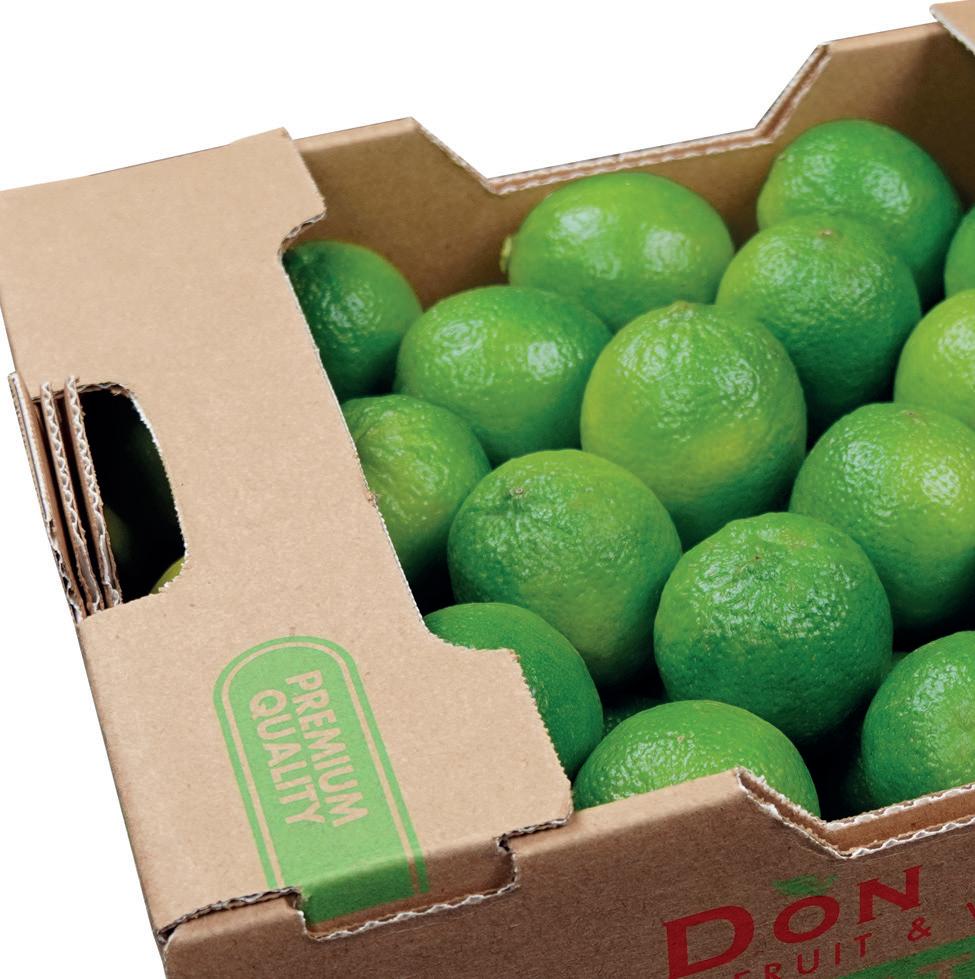
The company has also been supplying some fruit-vegetables for about a year. “We source delicious Cuisinesse vine tomatoes from several Hoogstraten growers. But we also have cherry plum tomatoes and a cherry plum mix. And the assortment already includes red, yellow, and green bell peppers, where the focus is on both flavor and color. The pricing is in line with the market,” says Thimo.
CULTIVATION PARTNERS ARE CRUCIAL To ensure quality and continuity, the De Groot Fresh Group has long-term relations with reliable partners. “Our cultivation

AGF Primeur • Special Edition • 202250 Branding
partners in the Netherlands, Belgium, Spain, and overseas understand these principles well. Nevertheless, we first try out a few suppliers for several years. Of course, it also requires plenty of organization on our part to offer the products for as long as possible, preferably year-round. If one of our cultivation partners indicates that their products' quality is starting to decline for seasonal reasons, we must have an alternative ready and waiting in another harvesting area. We've already succeeded well in this for several products. Also, after going live for a year, the
market is responding noticeably well to this new B2B concept.”



STRICT TASTE TESTING IN THE LAB
Some products are not available yearround as yet. However, that is no issue for bananas, avocado, and citrus. “We ripen the exotics and bananas. It's easy to get Hass avocado year-round. There are only small gaps,” says Thimo. Still, the company does not necessarily limit itself to this variety. The main requirement for avocado, as for bananas, is the ready-to-eat quality, not the variety. With tomatoes, on
the other hand, variety plays an essential role in ensuring the Don Mario Eat Now taste experience. “We're, thus, in talks with several breeders for some products.
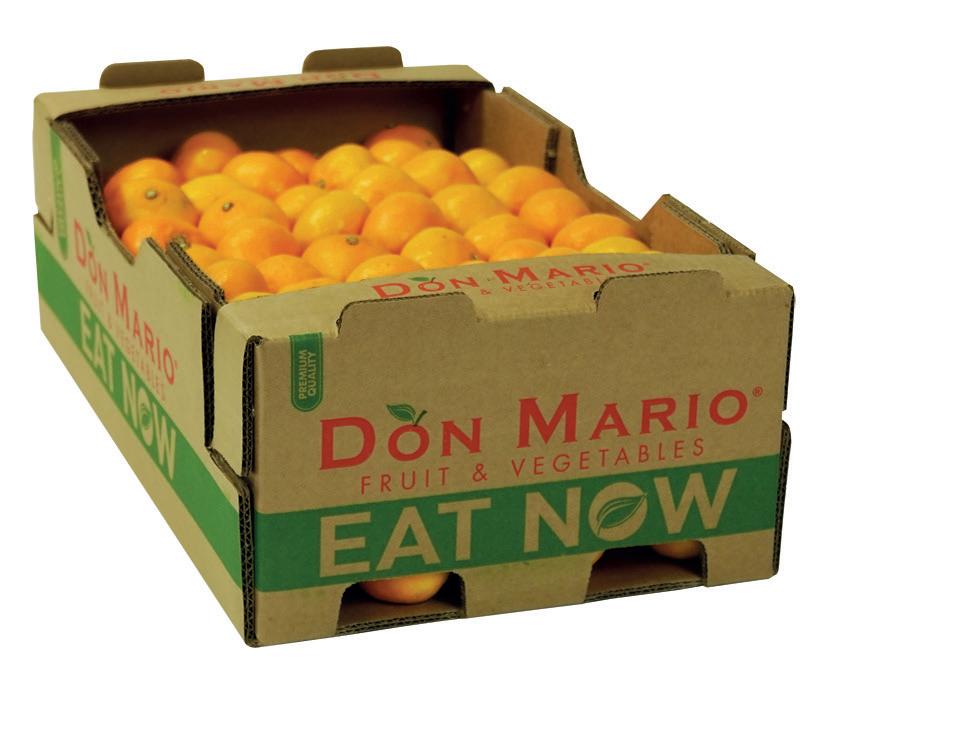
The product doesn't have to stand out aesthetically, although its appearance, naturally, has to meet European standards.



The flavor is paramount, and we check that strictly in our taste laboratory, which we've been using for all our products for a long time,” he concludes. (PB/PdC)
thimoleukel@degrootfreshgroup.com
AGF Primeur • Special Edition • 2022 51
The specialist for conditioned transport of fruit and vegetables. “Groupage specialist for Germany”
Winning CONSUMER together!
AT HEART!
LET’S GROW THE CATEGORY TOGETHER!
















We’ve been bringing great tasting, top quality tropical fruits to market for over a century
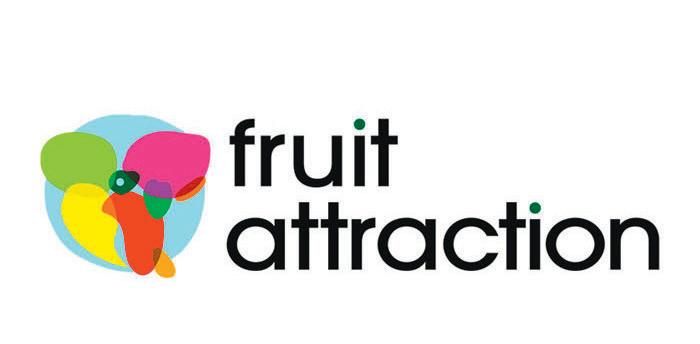
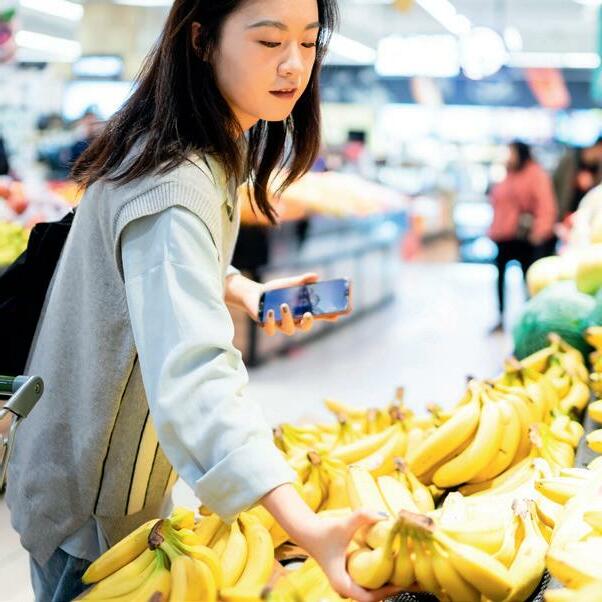


· driven by our commitment to natural taste and sustainability and




























· by partnering with the best growers in Latin America.





















































































We understand our consumers’ needs and with our ongoing customer engagement programs, we will grow the category. Winning together!



4–6 OCT 2022 , MADRID Fyffes.com COME VISIT US! 10 F 09
www.facebook.com/ FyffesNL /FyffesDeutschland
Caoimhe Buckley, Fyffes on inexpensive bananas:
“The true value of bananas has to be reflected in the price”
he observes. In that respect she welcomes the forthcoming EU legislation about fair marketing. “We are very cautious about anything that sounds like greenwashing. For us it is important to build trust with consumers and stakeholders and the only way to do that is by telling the truth and being transparent.” Caoimhe mentions that Fyffes has always relied on third party endorsement like for instance, Science Based Target Initiative, Fair Trade or Rainforest Alliance so that all statements can be substantiated.
Fyffes focuses, among other things, on reducing greenhouse gas emissions and contributing to gender equality within the company
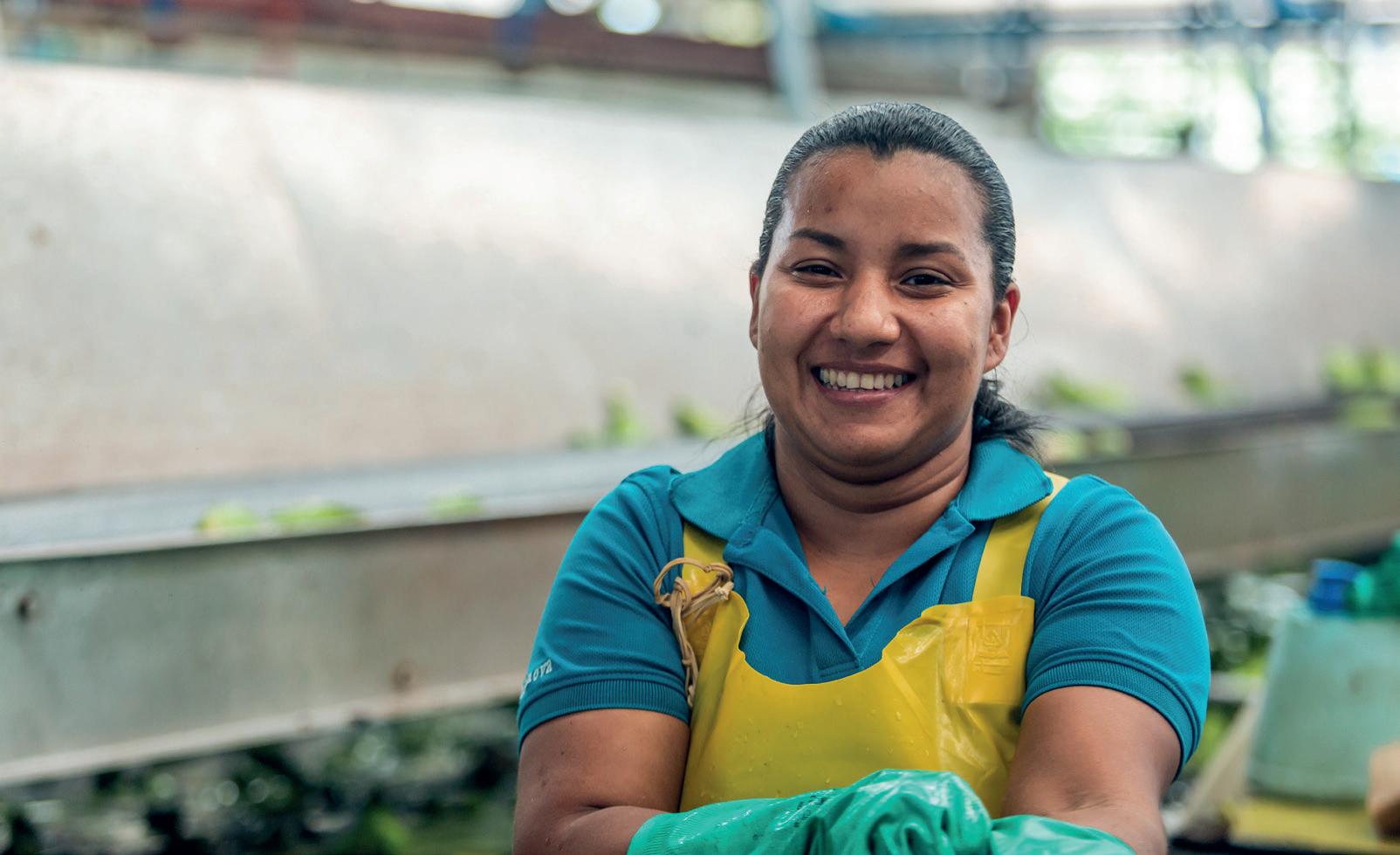
“In real terms, in several markets, the price of bananas has fallen by 20 percent in the last 10 years,” explains Caoimhe Buckley, Chief Corporate Affairs Officer of Fyffes the link between sustainability ambitions and consumer prices. “That race to the bottom has to stop. Bananas are a very inexpensive product when you go the supermarket. You are not talking about a huge increase to cover something like a living wage or the investment to make the product more environmentally or socially sustainable.”
She also sees that investments required to reduce greenhouse gas emissions, or for correct water management and new sustainable packaging, while having an initial cost, pay for themselves over a period of time. “That is a much more sustainable way of looking at it and I would argue that in fact it is more sustainable if the price of the banana reflects the true cost of producing the product and the efforts, engineering, innovation and human effort that goes into harvesting the fruit. That is in many ways more sustainable than producing huge volumes of bananas at very low cost.” In that regard Caoimhe favours both raising prices – “with bananas in particular I don’t think consumers would notice the very small increases required” –as well as reducing costs.
She cites packaging as an example. “Consumers in Europe are increasingly mov-
ing away from packaging. The important thing is when there is a need to use packaging that it is recyclable and compostable. Some of these new forms of packaging are much more expensive than the traditional packaging. So, what is appropriate? Bananas, melons and pineapples are already in their own skin. It is important the branding is still there, so the consumer knows where they come from. But they don’t always need to be wrapped in plastic. People know that banana skin already protects the fruit from external things like people handling it.
COMMUNICATION IS A CHALLENGE
Sustainability is therefore important for Fyffes which sees it primarily as an opportunity where the real challenge is not the practices themselves, but rather how people communicate on the subject, especially when it comes to misinformation, Caoim-
It is also the reason why Fyffes publishes its sustainability report according to the standardised GRI methodology “This way, the consumer or other stakeholders can see very clearly what we stand for, what our priorities are and they can compare and contrast us with our peers, our customers and our suppliers”. Very important for the whole industry, Caoimhe notes, as it affects consumer perception. “One of the biggest challenges we face as an industry is greenwashing. This is really dangerous, because if one of our industry peers says something that is not well documented or researched, it not only harms them, but can damage the whole sector.”
And what does the importer and distributor of tropical produce stand for? “Our sustainability targets are ambitious compared to our peers and many of our customers.” It took Fyffes three years to develop the 13 sustainability goals, three of which relate to the environment, six link with people and human rights and the remaining four focus on the product, addressing issues such as food waste and increasing consumption of fresh tropical produce. “The reality is that we are selling an amazing product: fruit and vegetables that have an extremely low environmental footprint compared to meat or dairy products. They are an instrumental part in improving health and wellbeing in Europe and in North-America where we have chronic levels of obesity and other chronic illnesses.”
PARIS CLIMATE AGREEMENT
The targets for reducing greenhouse gas emissions for scope 1 (from own or controlled sources) and scope 2 (from purchased energy) play a central role in
AGF Primeur • Special Edition • 2022 53 Banana
Fyffes' sustainability policy. “We aim to reduce them by 25 percent by 2025, which puts Fyffes in line with the Paris Climate Agreement. Most of our peers are aiming for a global temperature increase of well below 2˚C, while we are going for the 1.5˚C target. That means that the reduction that we put in place will ensure our part in staying under or at a global temperature of 1.5˚C above pre-industrial level.”
In scope 1 Fyffes mentions that innovation and precision agriculture is key in meeting the targets. “We are applying a number of innovative uses to reduce fuel consumption and the use of fertilizer and agrochemicals with much more targeted application. A lot of this comes about if we work on innovative practices and machinery. We work with our Chief Innovation Officer who is helping us with those projects.” Another focus is replacing the diesel used for the machinery by fuel for cleaner sources, Caoimhe says. To reduce scope 2 emissions Fyffes switches to energy providers that are from a renewable source. “Obviously it is slightly more expensive, but it is an easy fix.” In scope 3, emissions that occur in the supply chain, Fyffes is aiming
for a 10 percent reduction and to realise that it is focusing on companies that are really committed to reducing their greenhouse gas emissions targets. “We benefit through choosing our partners carefully and working with those that already have very good and strong greenhouse gas reduction targets in place.”
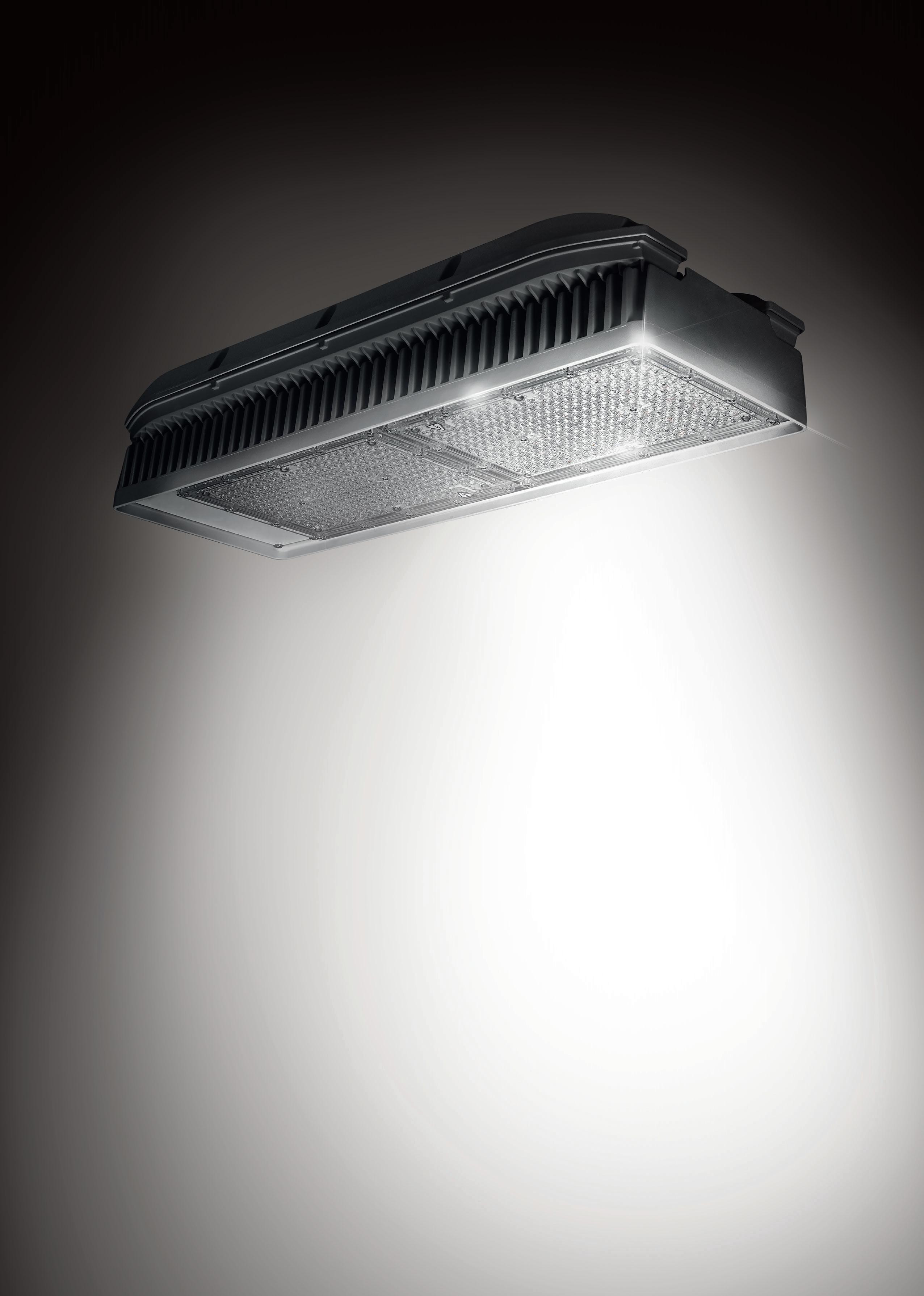



WATER MANAGEMENT AND GENDER EQUALITY
One of the aspects that Fyffes focuses on is the use of water, which Caoimhe calls “critical”. Depending on the location, the tropical fruit importer and distributor expects more weather events such as heavy rainfall, tropical storms and drought. “By investing in taking actions such as digging ditches, having a water management plan or planting trees to prevent erosion, we can improve the resilience of 2,000 smallholder farmers to climate change in key production countries in Latin America with specific capacity building programmes.” Caoimhe concludes that the approach varies from area to area. In Costa Rica, for example, she says, there are no problems with water scarcity. “But in our drier climates, there are problems with
drought. That is where we need water management plans. We have some interesting water recycling facilities and we need to invest in more of them. There are very simple things you can do to make sure you have enough water without negatively impacting the rest of the community.”
However, not all of Fyffes' sustainability goals focus on environmental sustainability, some focus on people and human rights, with gender equality being one that stands out. “We see that women hold the more junior positions; they don't tend to progress into leadership roles. We are really determined to address that imbalance and we want to see more women higher up in the company.” Although she still sees room for improvement, Caoimhe concludes that the 40 per cent of women in Fyffes' Executive Leaderships Team is a good beginning.
CBuckley@fyffes.com
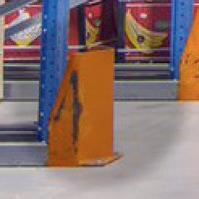

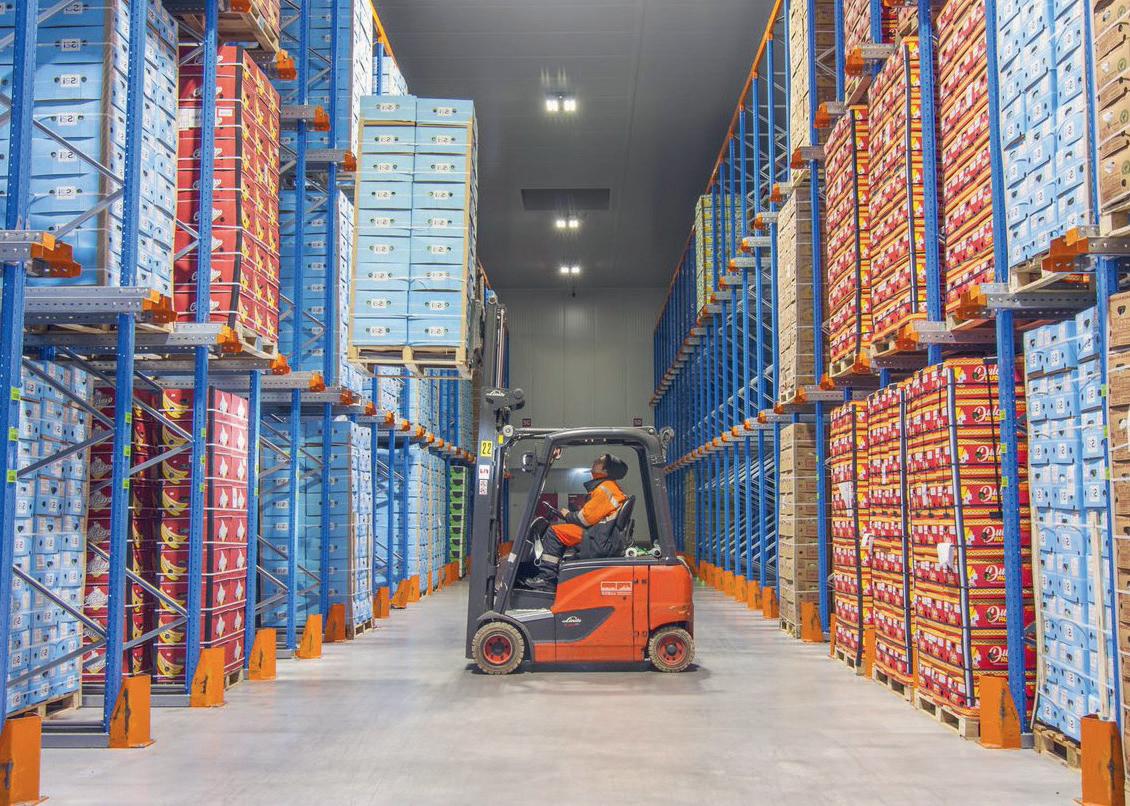
AGF Primeur • Special Edition • 202254 Banana
www.luiknatie.be Luik Natie Coldstore The shortest way for fresh or frozen cargo from producer to customer from producer to customer in a CO2 neutral environment
Family
The new standard in LED





us at:
Fruit Attraction
October 4-6 | Madrid Booth number: 10F04



Canadian Greenhouse Conference
October 5-6 | Niagara Booth number: 100


Global Product and Floral Show
October 27-29 | Orlando Booth number: 1771-Produce
Agrolux.com
Dutch contemporary design Most compact fixture with highest output Superior light distribution with high efficacy Dimmable WEGA
Eco | Plus | Max
Visit
China’s growers sales jump as orchard

when purchasing online clients can see where a product is packed and shipped. This enhances traceability and consumer confidence.”
Guo Lei continues: “The Covid-19 epidem ic has affected the rapid rise and largescale growth of agriculture e-commerce sales. The convenience of e-commerce has helped to avoid the immense problems in the supply chain that all of a sudden appeared. In addition, these sales mod els are in line with the needs of small and medium-sized growers”
In the past two years, new creative ways of direct fruit sales from orchard to consumers have risen in China. With the rise of TikTok (DouYin in China) and other video sharing platforms, personal videos are finding momentum to go viral. These videos are linked to online payment platforms through which viewers can instantly purchase the products they are viewing on their phones. In addition, some of China's gigantic e-commerce platforms have launched initiatives to profit from the online sales of agriculture products and fresh produce in China.
An entirely new media industry has appeared around KOL (Key Opinion Leaders), or WangHong Internet Celebri ties as they are called in China, some of which have millions of followers online. This has created a whole new market place for fresh produce, the sales of regional agricultural products and imported fruits.
This has generated a perhaps unexpected, nation-wide interest for fresh fruits, and for the regions where these products are coming from. Look at Luochuan, a county in Shaanxi in central China, known for its apple production. Creators of LuoChuan County's short TikTok videos have videoed and shared information about the region's history, culture, landscapes and local apple production. In doing so they have created a national following of its local fruit industry. These are often romantic stylized videos of the orchards, the land scape and surroundings with elaborate descriptions of the flavours, smells and appearances of the fruits involved.
Zhang YongLiang is an apple grower. He created an online alter ego called 'Uncle LuoChuan Apple'. His videos have gone viral. “I mainly create light-hearted video content from the orchard to make people smile”, says Zhang YongLiang. Some of his recent videos gathered over 9 million views and received more than 120,000 likes. LuoChuan local County is supporting the trend by providing e-commerce train ing course, and short video and broadcast training courses.
Guo Lei is the Director of Mei Run Fruit Industry. His company is currently sell ing the majority of its crop through online sales channels. Guo Lei explains the success agriculture product sales are experiencing online: “LuoChuan apples are known across China. They have a good reputation and are of stable qual ity. The brand and origin are known and liked by consumers. There is a trend that people value to have information about the source of their foods, about the plac es where it originates from. In addition,
Information asymmetry between traffic and supply and demand and lack of local cold chain solutions are still big chal lenges for China's fruit growers. Many are small-scale farm operations, often in remote areas of the country. For many fruit growers the reality is that after each daily harvest smaller batches of fruits are transported to the county's wholesale market for sale. All fruit not sold in time will perish. E-commerce has made it pos sible that smaller, remote farmers can connect with a nationwide audience. An audience that might just buy the product, because it originates from such remote area, close to nature.
PINDUODUO AND CHINA’S INTERNET GIANTS PROFITING FROM FRUIT SALES
Other movements in the online sales of fresh fruits and vegetables are driven by China’s internet giants, at the forefront of the trend is a company called Pinduoduo. Pinduoduo is a large online e-commerce platform, in size just behind Alibaba and JD.com. Its key early differentiator to growth was that it let consumers team up for group purchases of fresh fruits and vegetables.
Pinduoduo helps to gather data and mobi lize customers through live-streaming to purchase fresh produce in bulk. This is creating a possibility for growers to ship produce directly to the end consum er. Meanwhile, the group buying strategy makes that the purchasing price is lower for the consumers. And the company has set its eye on horticulture. A recent invest ment strategy of the company bets big on
AGF Primeur • Special Edition • 202256 Topfruit
orchard live-streaming goes big
produce with a 2021-promise to invest 10 billion yuan (1.5 billion euros) in the agriculture industry starting the second quarter of 2021. It makes the company one of the first early movers in the agriculture and fresh produce industries.

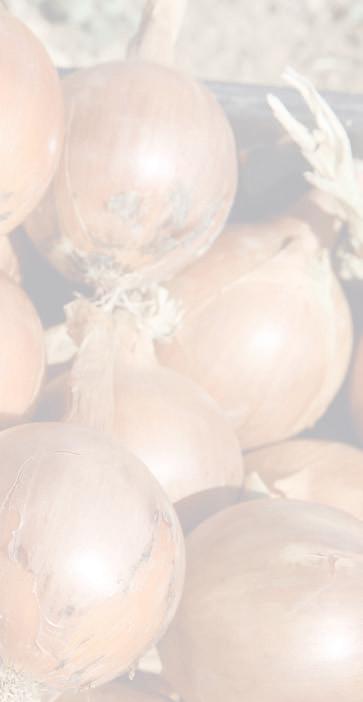
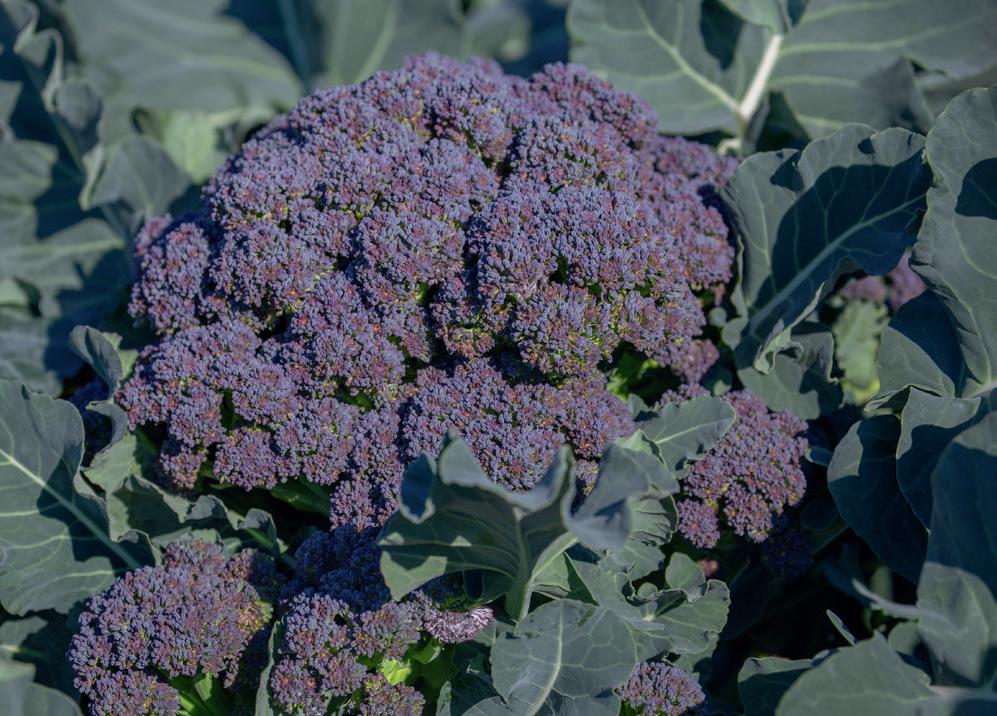
That said, Pinduoduo is not the only internet giant commercializing fresh produce for households. Alibaba’s TaoBao has invested in what it calls ‘agricultural e-commerce’ and apps like Kuaishou (literary ‘Quick Hand’) are also helping Chinese growers through live streaming and direct sales.
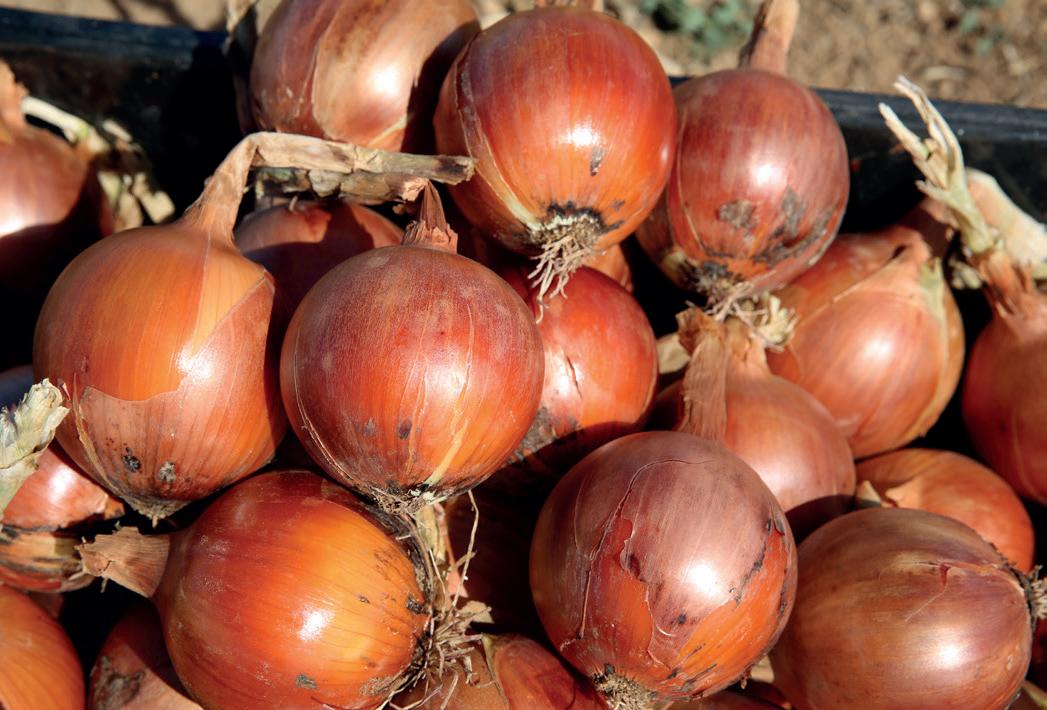
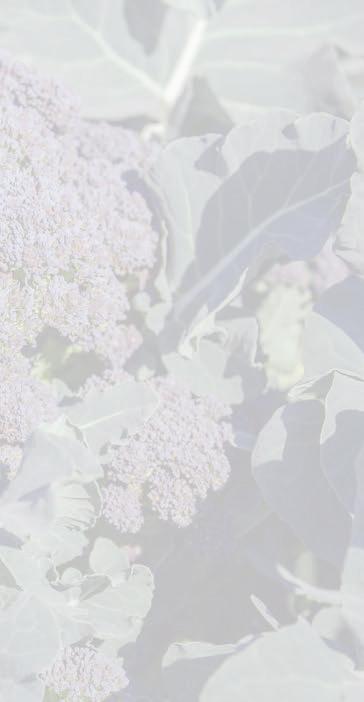
“HAPPINESS IS HERE AND NOW”
On the other, more luxurious, end of the spectrum are imported fruits. For the 2021/22 Chilean cherry season, the Chil-
ean Cherry Committee launched a largescale online campaign ahead of Chinese New Year. “Enjoy Red Moments” and “Happiness is Here and Now” were two of the taglines of the campaign. At the end of the campaign, 55,000 users created online content, among which 3,000 TikTok vendors, leading to 19 million likes and 500,000 USD in online fresh cherry sales. Chinese consumers look for 'affordable luxury', which is a promise imported fruits can meet. Product aesthetics are an import factor to generate sales.
How can one participate as a global grower or shipper? Expect to see more live-viewings from orchards, live tasting sessions, moments where consumers can ask questions to the grower directly or

cooking activities with real-time purchasing options.
It will be interesting to see how these online trends continue to develop in China, and perhaps which ones the world will adopt. There are rumours that Pinduoduo will venture out of China soon with the launch of an international e-commerce platform, which will target the United States as its first market.


The coming 2022-23 Southern Hemisphere export season to China will be challenging, as Chinese New Year falls early in the season on January 22. Our industry might need the support of this emerging army of KOLs to push the bulk of product on the market in a short period of time.

AGF Primeur • Special Edition • 2022 57
Exploring nature never stops f bejo.es SPECIALISTS IN YOUR CROP Discover our latest news at Fruit Attraction, 4-6th October 2022 Find us in Pavilion 9, stand 9B14 2022_08 Anuncio Fruit Attraction-EN.indd 1 31/08/2022 10:54:02
Sabine Vajou, Culture Pom:
“This year, potato production faces more challenges than ever before”
Champagne-based company Culture Pom, which specializes in the production and trading of potatoes, was created in July 2017 from the merger of the companies Val Terroirs and Subnégoce, respectively headed by Sabine Vajou and Alexandre Subtil. The two managers have extensive family experience in potato production, being producers themselves nowadays and relying on a supplier network of 200 producers. The structure is currently divided into 2 sites, both based in Champagne and making increasing purchases in the different production areas, in Champagne, and the Hauts de France. Today, Culture Pom exports to twenty European countries, including Spain, and beyond Europe.


SPAIN: A HISTORICAL MARKET FOR CULTURE POM
Originating from the Andes Mountains, the potato was born 9000 years ago and arrived in Europe in 1534 via Spain. “La patata” has gradually become a basic ingredient in Spanish gastronomy, which explains why the Spanish market is a major outlet for Culture Pom. “Spain accounted for 37% of our exports in the 2021-2022 campaign, it is historically our largest export market,” says Sabine Vajou. If French potatoes are easily exported to the other side of the Pyrenees, it's because they are very popular. “The French potato is recognized as a quality potato in Spain and even throughout Europe. The Spanish demand has been strong since the begin ning of the season this year”. The Spanish distributors are particularly looking for varieties with a high washability, such as
the Colomba, the Orchestra, the Agata, the Caesar, the Monalisa, the Mozart, or the Marabel. The presence of Culture Pom in all the production basins helps satisfy all the customers' needs.
French and Spanish consumers give prior ity to the visual quality of the potato, such as the absence of spots on the skin of the tubers. In addition, Spanish households' purchases are driven mainly by usage cri teria and taste.
A PRODUCTION FACING MORE CHALLENGES THAN EVER
The evolution of consumption patterns, regulations, and increasingly frequent cli matic hazards call for greater adaptabil ity and resilience from producers. “First of all, there are requirements concerning the product itself and more particular
ly the visual quality requirements which are always higher. We also have to juggle irrigation issues due to water restrictions in addition to the water volume limits assigned to farmers while continuing to produce and bear the rising costs of pro duction, especially for inputs.” Potato growers have to constantly research and grow more pest and weather-resistant varieties. The quality requirements of the customers are regularly correlated with certification processes. In this context, Culture Pom actively participates in the certification of producers, mainly through its group.
The extreme temperatures associat ed with a lack of rain led to a general ized decrease in yields and smaller sizes throughout the production basins. “Some varieties suffered water stress at key moments in their vegetative development cycle, preventing the tuber from growing properly.”
INCREASE IN PRODUCTION AND TRANSPORTATION COSTS
Like all stakeholders in the fruit and vege table sector, Culture Pom has been affect ed by the Russian-Ukrainian conflict. Pro duction costs have risen sharply in terms of fuel and electricity, not to mention the “enormous pressure of mildew”, which in 2021 resulted in high expenditure on phy tosanitary products. The increase in fer tilizer prices of “more than 50% for potash
AGF Primeur • Special Edition • 202258 Potato
and 200 to 300% for nitrogen” is already having an impact on the price of potatoes for the current harvest. The transportation of potatoes to foreign operators is also generating an additional cost due to the higher price of fuel.

According to the field study carried out by the UNPT on behalf of the CNIPT, French
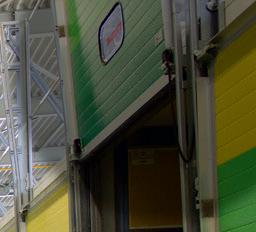

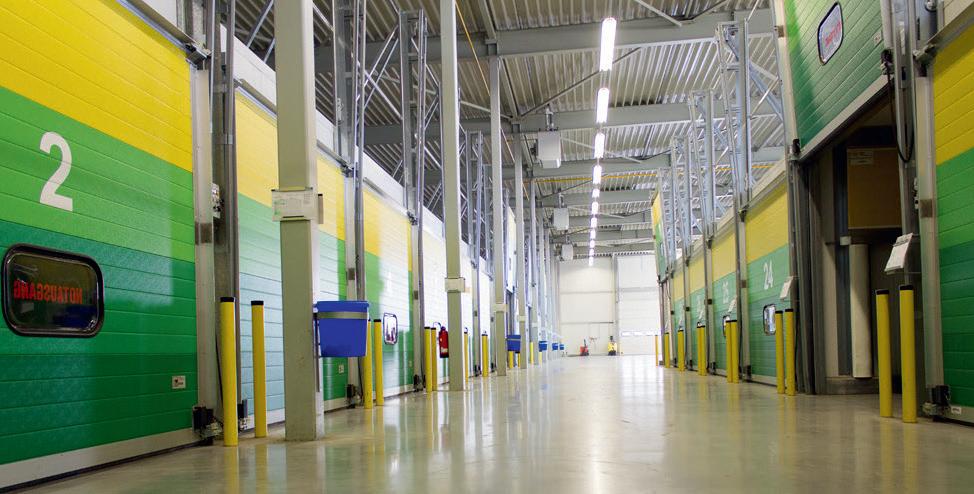
surfaces intended for the production of ware potatoes (fresh - industry) would mark a contained rebound of 1% in 2022, that is to say, 1.480 ha more than in 2021. A figure that shows a positive dynamic but that would not allow compensating for the decrease of surfaces recorded between 2021 and 2022, while the sector is looking

forward to the 2023 campaign in a context of unprecedented tension.
www.culturepom.com






AGF Primeur • Special Edition • 2022 59
The solution for your success! Banafood Services GmbH Carl-Kühne Straße 7 47638 Straelen Hans Maagendans: +31 (0)653-263 826 T. 0049(0)2839 5689100 F. 0049(0)2839 5689110 E. info@banafood.eu I. www.banafood.eu Cold foravailablestorage 600 spots!pallet
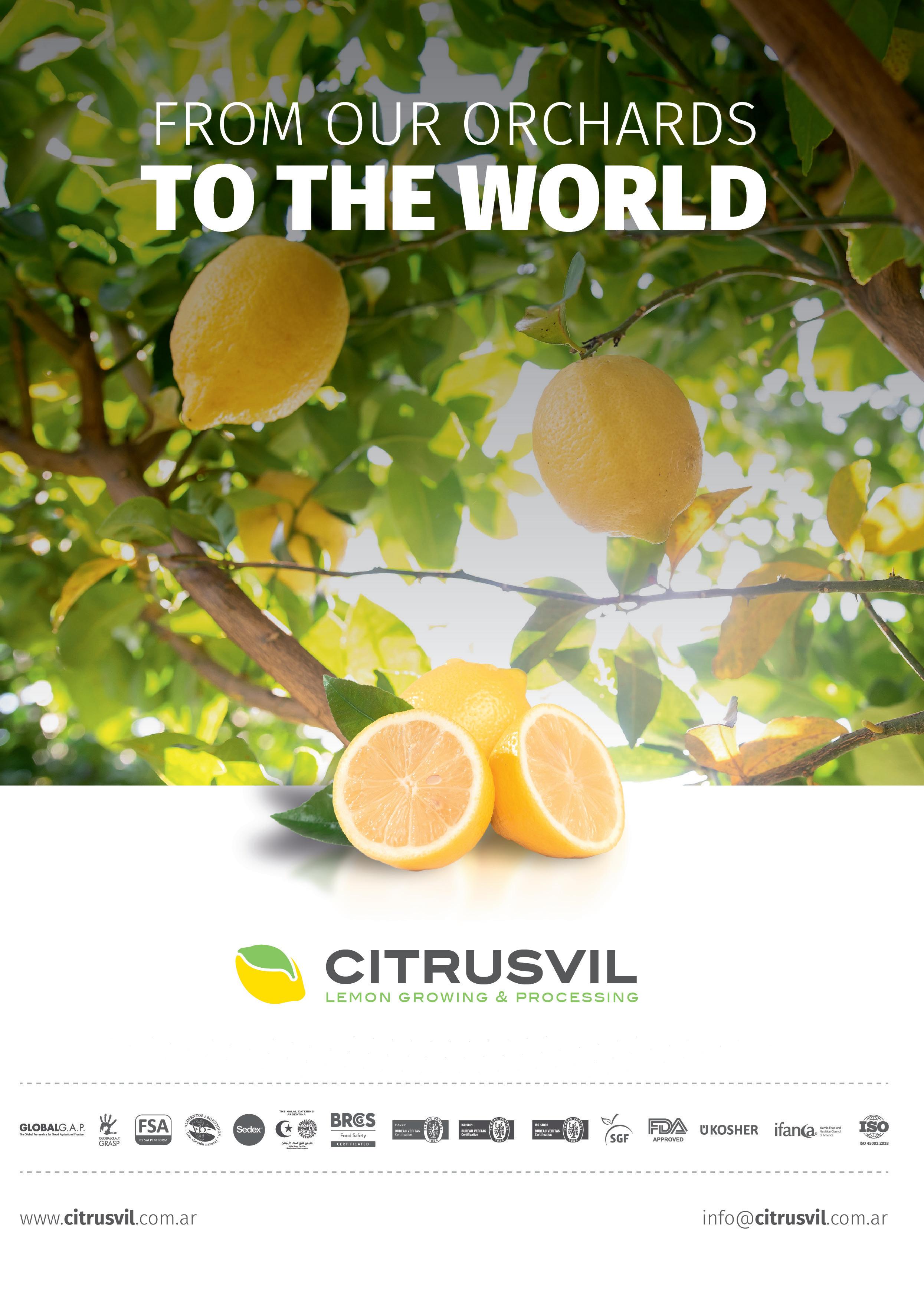
The challenges of plant breeding in the face of climatic and societal changes
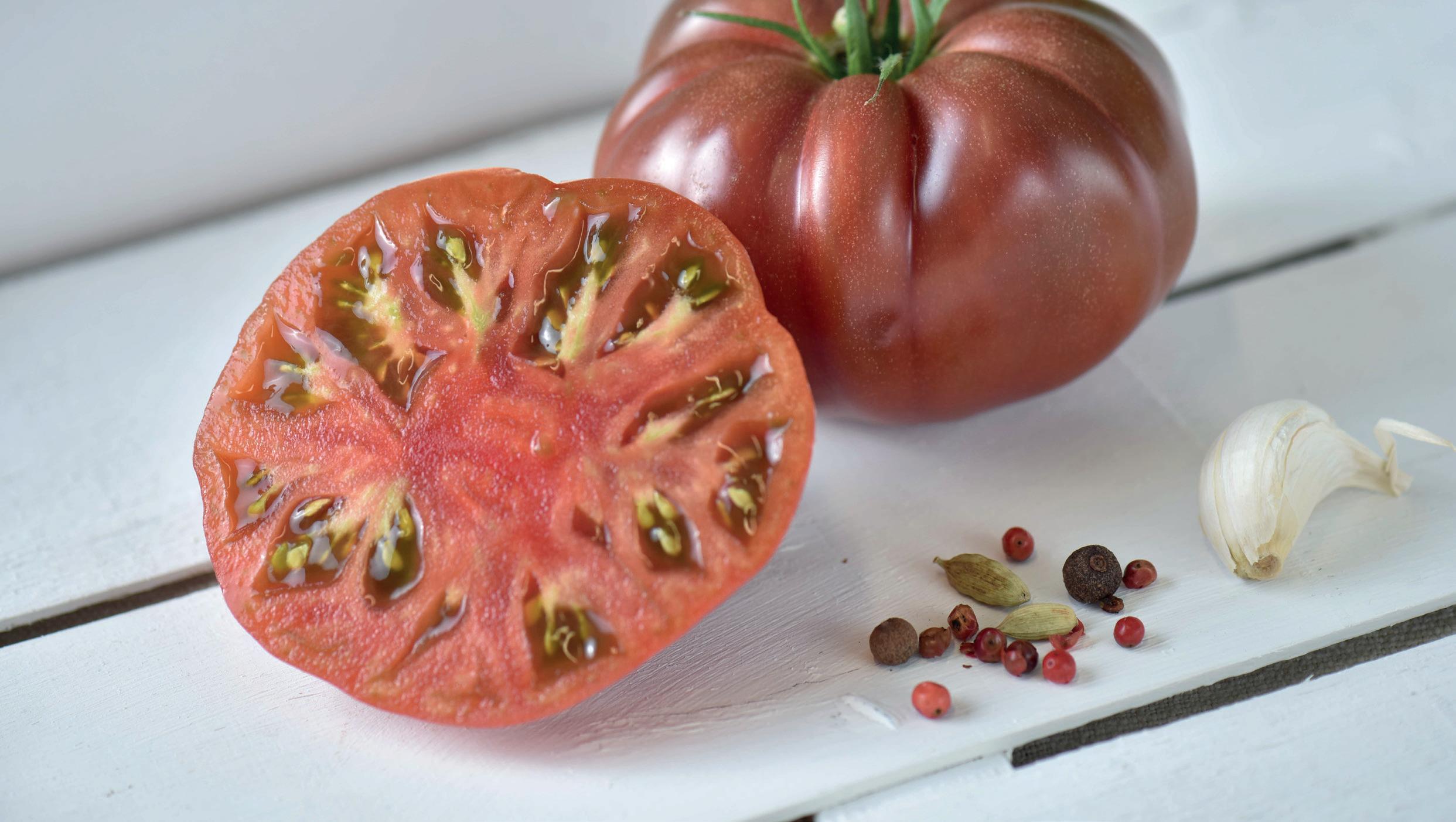
Gautier Semences was founded in the 1950s, at a time when the seed business was booming. Back then, the main challenge for agriculture was to ensure food security during the food shortage that followed the Second World War.
But consumption patterns have chan ged significantly and if the company is celebrating its 70th anniversary this year, this is because it has managed to meet the expectations and anticipate the needs of the markets and the various players in the industry: “As a seed company, we are at the very start of the agricultural sup ply chain. It is therefore essential for us to pay close attention to developments and follow market trends closely to under stand current needs and anticipate futu re demands. We work in an industry in constant evolution and facing rapid shifts, both in the natural environment such as climate, resources, increasing viral and parasitic threats, and in social environ ments such as demographics, urbanizati on, family structures, and lifestyles. These are all challenges to which we try to pro vide solutions through variety creation”,
explains Jeanne Gautier, Group and Brand Manager at Gautier Semences.
The creation of a new variety must now adays meet different needs. Growers are looking for high productivity products with high yields, varieties that are resis tant to diseases, and any other character istic that will allow them to secure their crops while using the least amount of inputs possible. A new variety must also meet the expectations of the distribution channel, which will favor good conser vation, attractive appearance, good shelf life, and a certain resistance to handling. But consumer satisfaction is also at the heart of variety creation: diversity, taste, healthy and nutritious products, grown sustainably.
What are the main areas of research in which Gautier Semences is positioned to
respond to the expectations of all the play ers in the sector?
VARIETY RESISTANCE TO PESTS AND DISEASES
To reduce the use of chemical products in crops, Gautier Semences is actively work ing on developing varieties resistant to pests and diseases. “This matter is all the more important as viral pressure is intensifying due to the emergence of new pathogens, such as TYLCV, TSWV, ToBRFV in tomatoes; the powdery mildew and the New Delhi virus which impact zucchi ni; the oomycete Bremia, the aphid and more recently the Fusarium for lettuce in Europe. Offering a wide range of resis tant varieties allows us to sustain a more respectful agriculture toward the envi ronment and of Organic Agriculture”.
To fight against this fungus, the company has joined the European public research project Actifol as a partner. This proj ect aims to improve knowledge, under standing, and control of the Fusarium head blight of lettuce. Highly involved in its deployment from its launch in 2020,
AGF Primeur • Special Edition • 2022 61
Breeding
Breeding

the company's Selection and Pathology departments are mobilized to ensure the success of this essential project for all members of the lettuce industry. “Fusarium resistance, Fol:1, and Fol:4 races, is a major concern that we systematically include in our different research programs. For example, in indoor lettuce, we have selected varieties such as Happi and Imanis batavias, Fol:1 resistant, or the latest addition to our range: Glorinice, an oak leaf fully resistant to Bremia and Fusarium disease, Fol:4 race, which makes it an
ideal variety for parcels with a high risk of sanitary pressure”, explains Gaël Briand, Lettuce breeder, and Actifol project referent.
ADAPTATION TO ENVIRONMENTAL AND VARIETAL BEHAVIOR TO ABIOTIC STRESS
Climate change makes it necessary to find varieties that can adjust to new environmental conditions, such as heat waves, or hydric or saline stress. Gautier Semences participates in several European research

programs aimed at finding solutions to these major challenges. For example, since September 2019, the company has been participating in the VEG-ADAPT project, a European research program that aims to help Tomato, Melon, and Pepper crops adapt to the stresses induced by its disturbances in the Mediterranean area. “Climate change is a major threat to crops. Working on the adaptability of varieties to thermal or hydric stress is therefore essential. This is what we've done with Raffy: a ribbed tomato variety for crops grown in cold soil under shelter, which has good tolerance to high soil salinity. Raffy is a relevant variety for crops in the region of Cabo de Gata in Spain or in the region of Pachino in Sicily where soils with high conductivity are found”.


MAKING HARVESTING EASIER TO REDUCE THE WORKLOAD AND SAVE TIME
The seed company is also committed to researching varieties that are easier to harvest to save time and reduce labor: “That's what our variety Adelade allows, mainly for the Spanish market. It's an elongated tomato that is very easy to har-
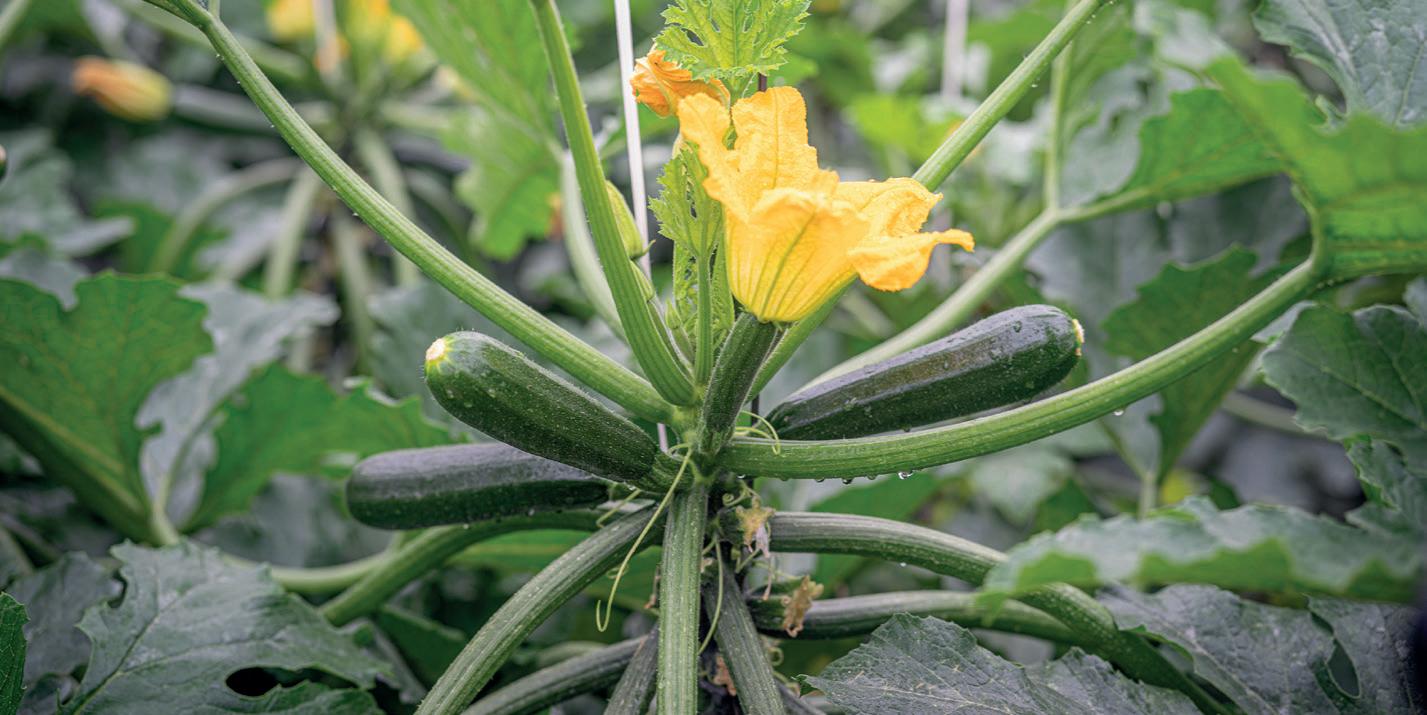
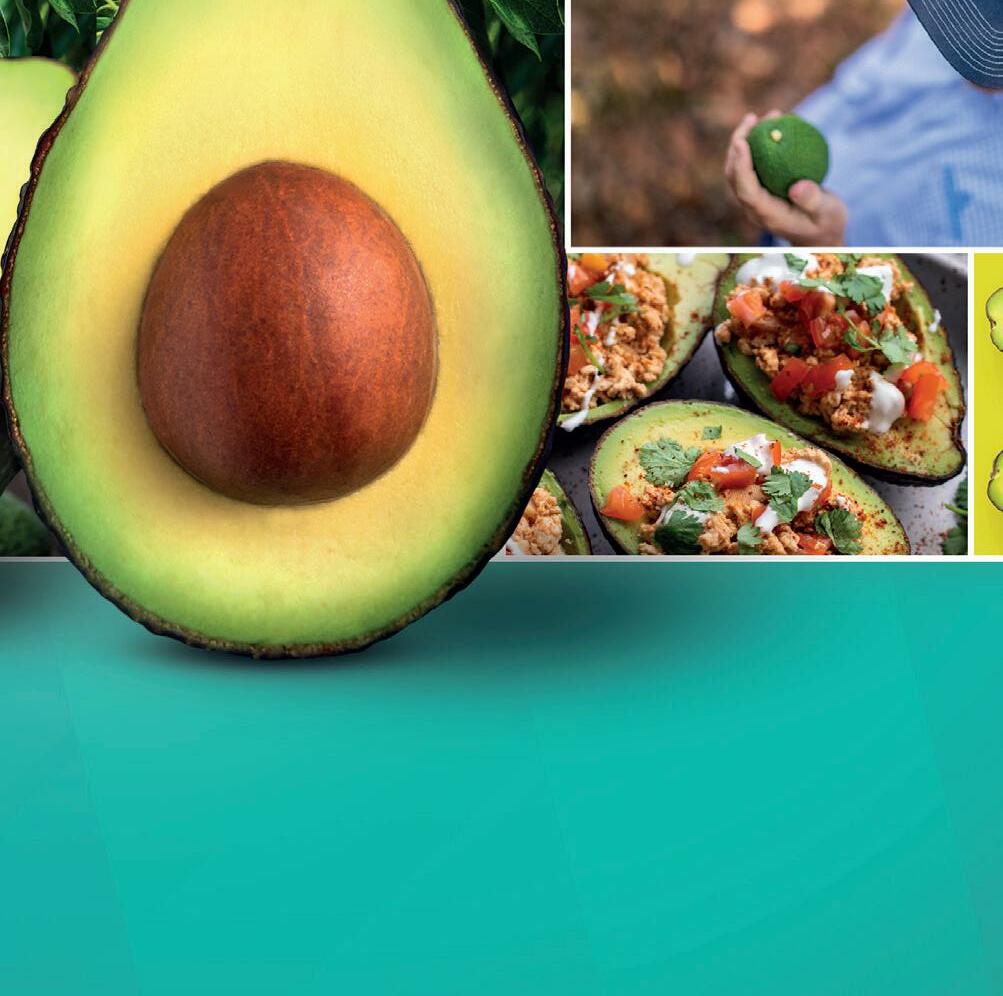
AGF Primeur • Special Edition • 202262
We make lives healthier by helping people enjoy fruit and vegetables at any moment, in an easy, fast and pleasurable way, whilst fostering nature.

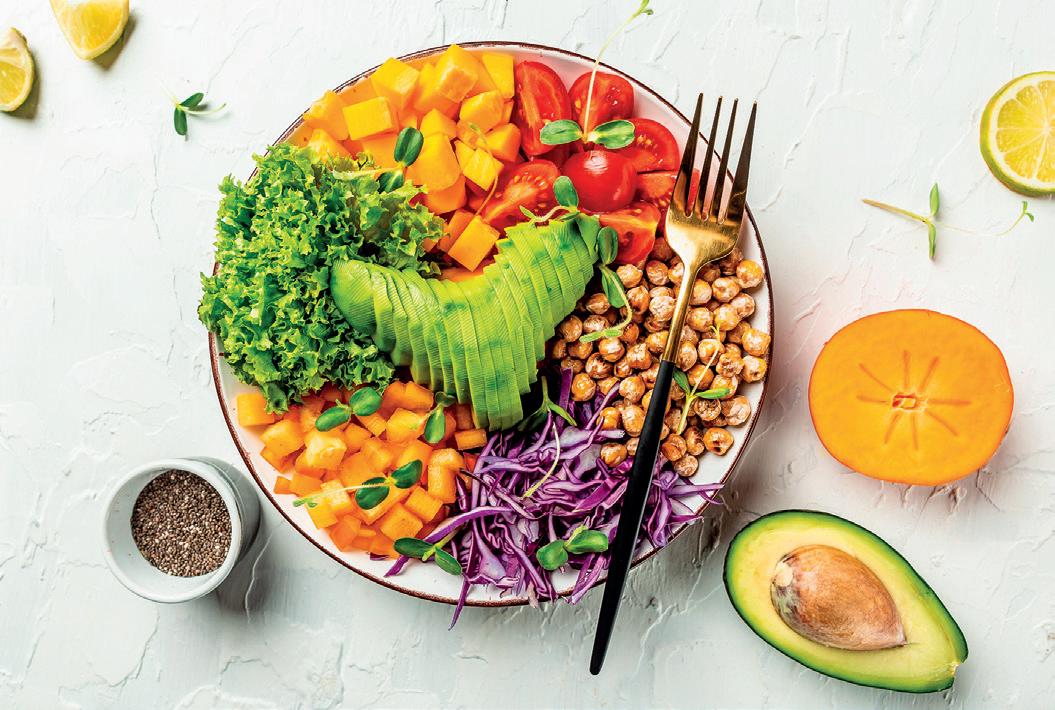
Greenyard Fresh is a global market leader in fresh fruit and vegetables. The world’s largest food retailers count on us every day for a steady and high-quality supply of fresh produce to their stores. We work side-by-side to meet and exceed consumer expectations, with a clear focus on innovation, convenience and a full assortment.

 Greenyard Fresh / Strijbroek 10, 2860 Sint-Katelijne-Waver, Belgium
Greenyard Fresh / Strijbroek 10, 2860 Sint-Katelijne-Waver, Belgium
/ www.greenyard.group Fresh
Hall 10, Stand 10D09 COME VISIT US ‹ Follow us on social
Netherlands Rotterdam







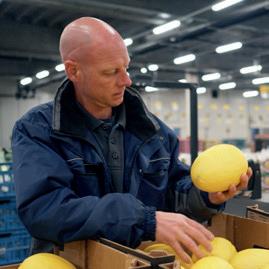


Germany Hamburg Hamburg

(0)40
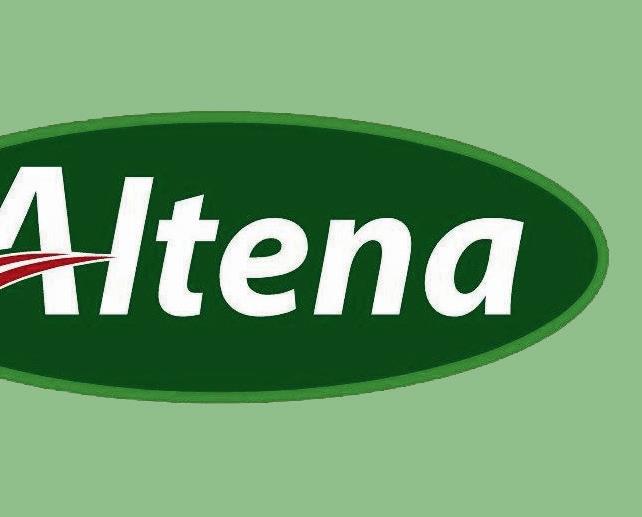
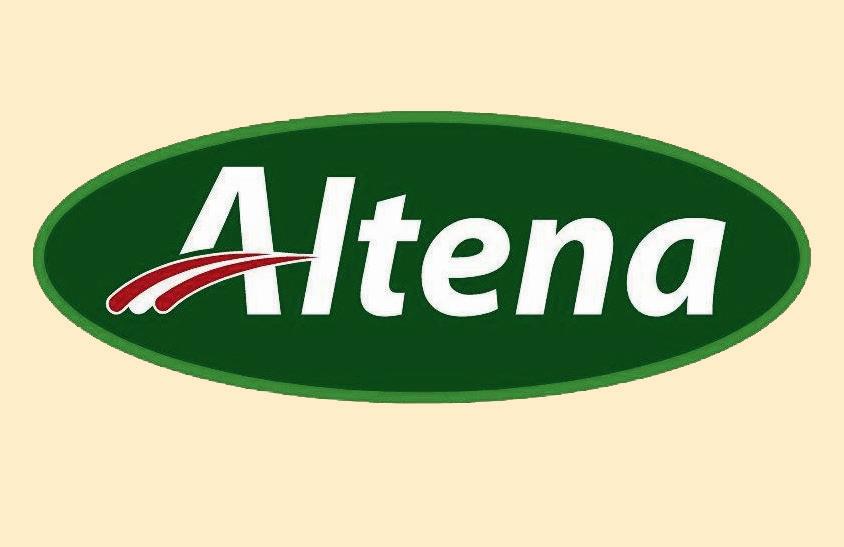





Germany Kranenburg Kranenburg
(0)2826






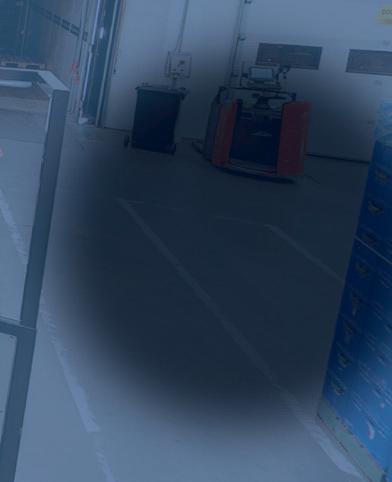

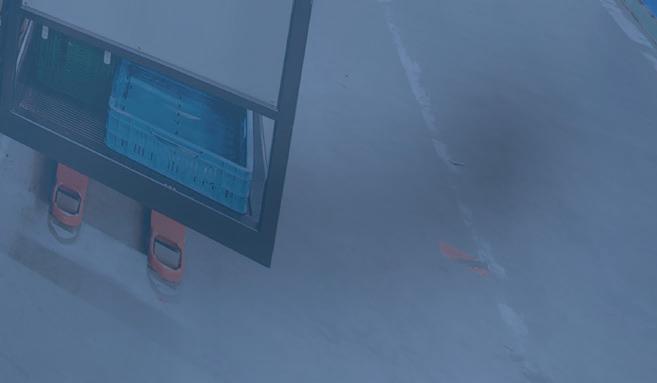

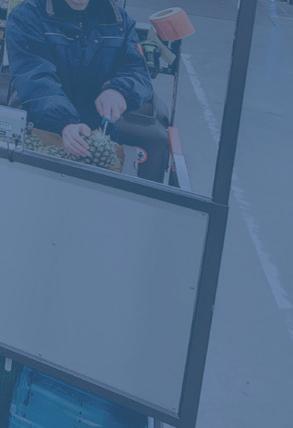

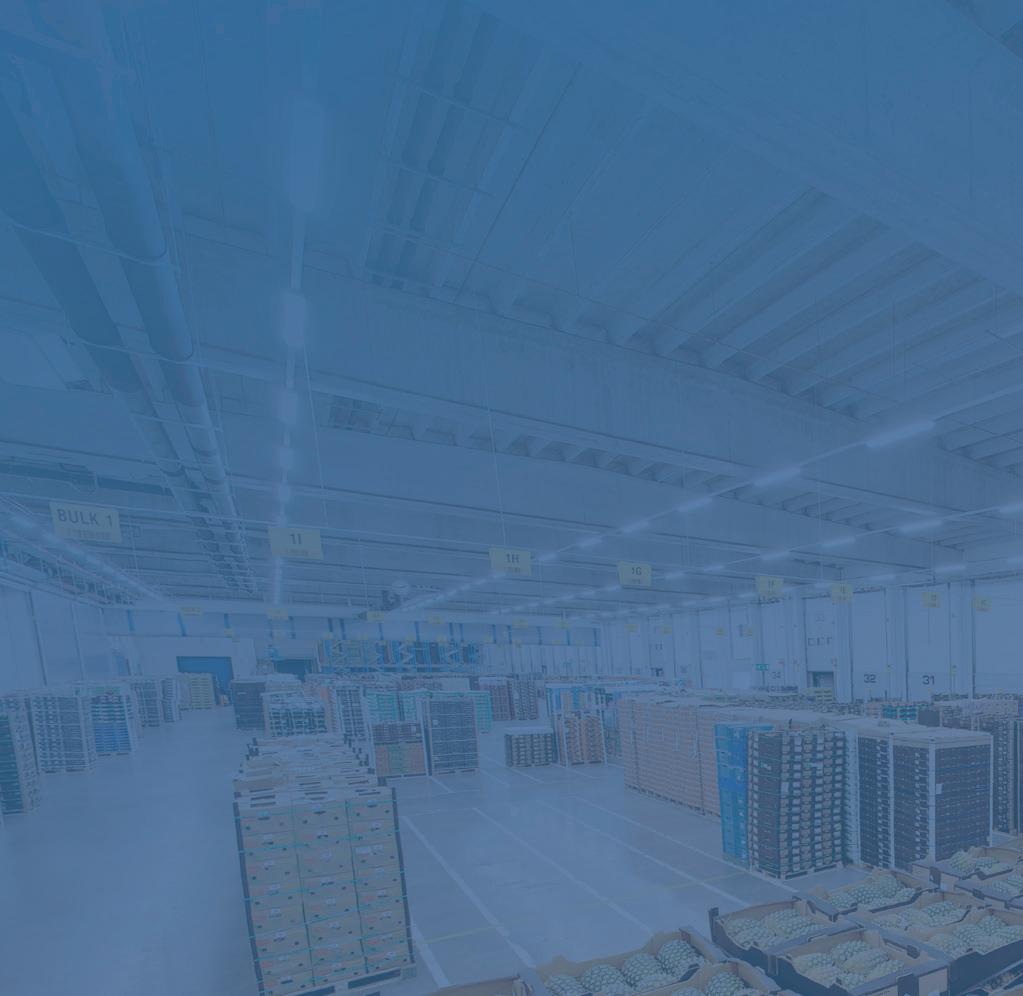
AGF Primeur • Special Edition • 202264 Reach hunderds of customers with Kraaijeveld as your European gateway Importer and exporter with all services in house, including customs Broad customer group within retail, processing industry and gastronomy Experience in working closely with overseas suppliers Healthy and ambitious vision of the future HÜTTGES CUSTOMS SERVICES Member of Dutch Forwarding and Logistics organisation and Authorised Economic Operator AEO since April 2012 NL AEOC0001456 Fiscal Clearance TI Docs Export Docs | Eur 1 Certificates Phytosanitair Certificates Specialized in the preparation of documents in the fruit / fresh industry
Euroweg 2, 2988 CM Ridderkerk Tel: +31 (0)10 2451180 E Mail: info@hts nederland.nl CEO : Raymond Westmaas SALES: Rob van Bekkum
Tel: +49
33464320 E Mail: info hh@hts deutschland de CEO: Christine Hüttges
Tel:+49
91420 E Mail: info@hts deutschland.de CEO: Jürgen Esser Specialized in ‘Agria’ potatoes Veensesteeg 15 | 4264 KG Veen | T. 0416-691241 Kees Schouten: +31653127488 | Eddy Schouten: +31612250765 Mail info@altena-bv.nl | www.altenapotatoes.com
vest with a calyx that is easy to remove. There is also Centauro, which has an open bearing, easy to grow and harvest, with a quality of fruit particularly adapted to the export market, featuring a homogeneous shape and a dark color that is maintained over time.
ENHANCED PRESERVATION QUALITIES
To meet the demand of retailers especial ly, Gautier Semences is focusing part of its research on varieties with better con servation qualities: that's the case with the new range of zucchini Master Fresh, which, thanks to its better conservation, helps reduce waste. “The eco-responsible approach and anti-waste policy are at the heart of current social issues. However, we observe that consumers always choose the most beautiful fruits when they go shopping. A large part of the zucchini pro duction in the southern European basins, especially in Spain, is aimed at export markets. Keeping the fruit fresh and visu ally appealing is a must for zucchini vari eties that are intended for export. Master Fresh zucchini remain firm, bright, and visually appealing in shape, color, and skin appearance.
To please the consumer, the company is focusing its research on higher quality varieties with more taste, distinctive fea tures, and an eye-catching look: “Today, we are widely recognized for the gustato ry quality of our varieties. This is partic ularly the case for cherry tomatoes such as Piccolo, or our range of ribbed toma
toes with references such as Marnouar or Marsunny, but also for the Charentais melon with the Jenga variety. By offering distinctive varieties, we enable farmers to have a more qualitative positioning and to implement labeled approaches. Thus, they can better value their production and live more decently and sustainably from their work.
The Red Crush® lettuce was born in this context: “Last fall, Gautier Semences launched Red Crush®, a brand of red let tuce with a core. This is a real agronomic and commercial innovation. Red Crush® reveals a full coloring of the leaves. The intensity of the red is greater, from the outside to the heart of the plant.
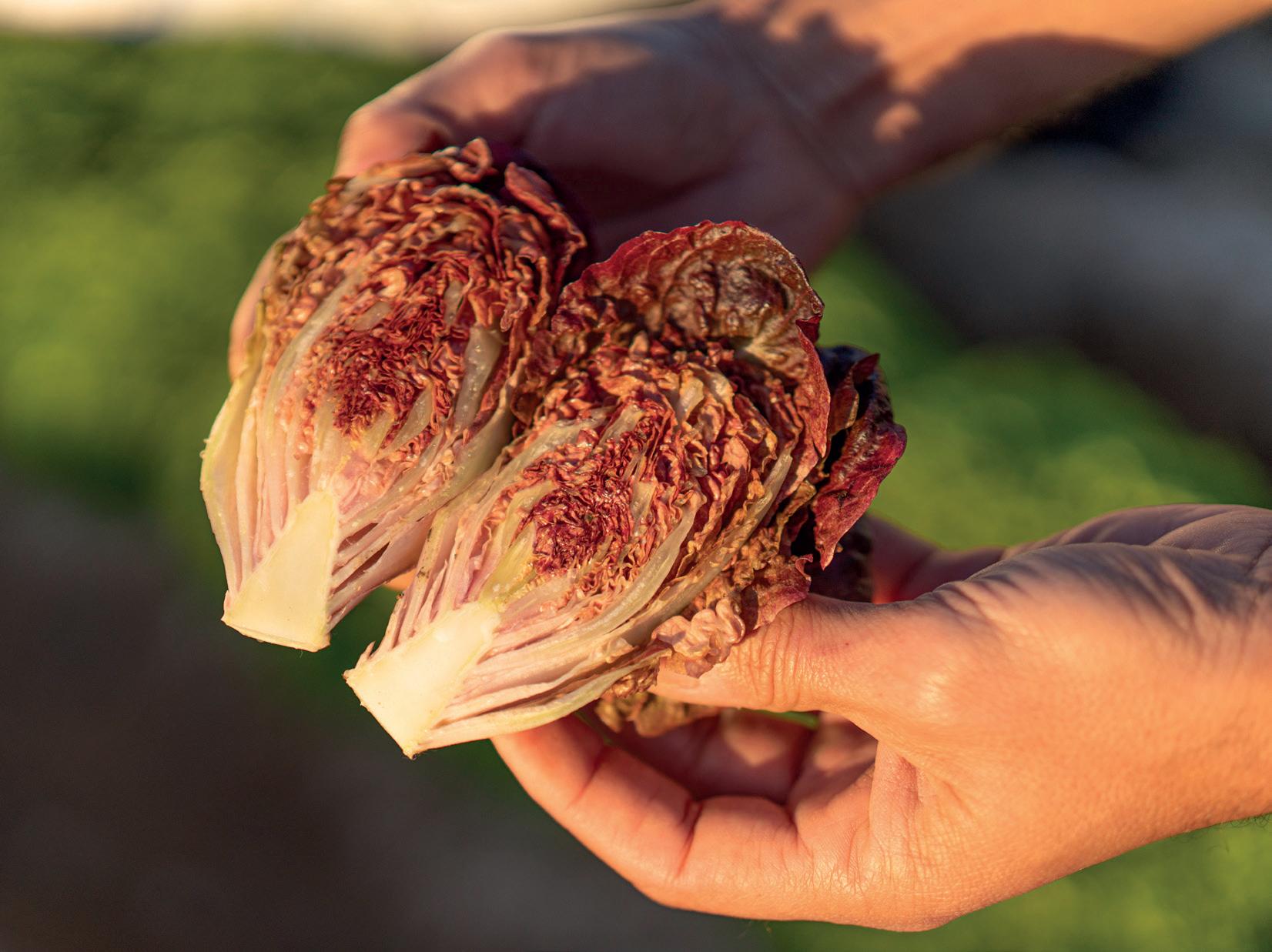
The objective* was to boost the lettuce market by responding to current consum er trends. Red Crush® lettuces have many assets to boost the lettuce industry, for producers. After all, they are a real asset to diversify their range and have a strong potential to develop, for distributors because they bring added value to store shelves and offer the possibility to pro pose mixes of green and red lettuces, and for consumers, because the color brings attractiveness and pleasure in the plate while remaining easy to prepare.
FRENCH MARKET EXPECTATIONS VS. SPANISH MARKET EXPECTATIONS
While the major environmental and soci etal issues are common to all European markets, the French market's expecta
tions differ from those of the Spanish market.
In France, the local con sumption trend is grow ing, as well as short circuits, organic farming, and “Made in France”. A trend accentu ated by the health crisis. To meet this demand, the com pany is working on varieties inspired by local produce, with an atypical appearance and more intense taste. “For example, we have created the Le Costelet melon, a tra ditional Charentais melon, positioned in the premium segment, easily recogniz able with its smooth and very ribbed appearance and cream color with golden hues. It offers a beautiful aromatic intensity and musky notes inspired by old varieties”.
Spain on the other hand is a dual market: export and local. For the export market, product expec tations are focused on the flexibility of the varieties. Varieties that offer more growing flexibility, are easier to produce with a higher level of resistance and yield, but also more uniformity of fruit both in terms of appearance and storage quality. The market constraints are stronger, with more actors, intermediaries, and longer distribution channels.
However, the market is evolving increas ingly towards gustatory preferences, to offer more qualitative vegetables.
“We work in a sector with very diversified actors and expectations. Our ambition is to continue to be an independent seed selection and production company and to carry out our work while respecting our values: the quality of our seeds, the com mitment of our teams, and the satisfaction of our customers”, concludes Jeanne Gauti er.
Gautier Semences will showcase its vari eties at Fruit Attraction. You can come and meet the seed company in pavilion 9 - stand 9a04c.
AGF Primeur • Special Edition • 2022 65

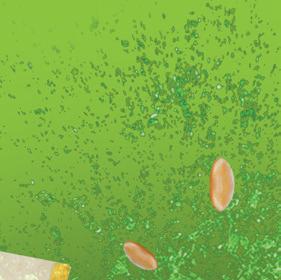
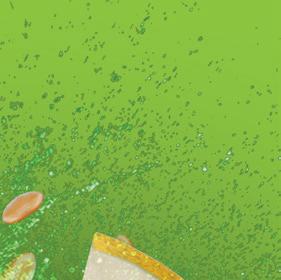


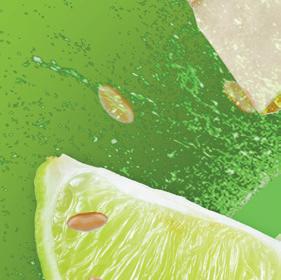
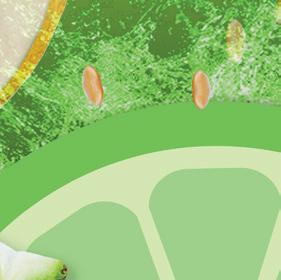
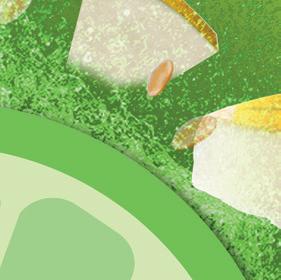



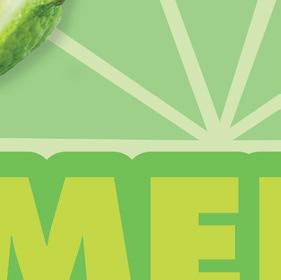





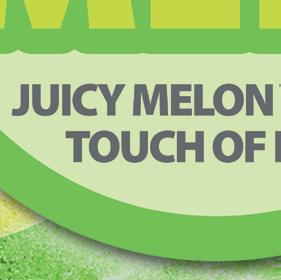
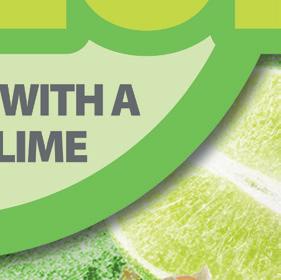
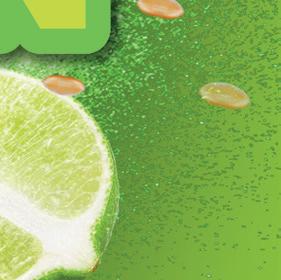

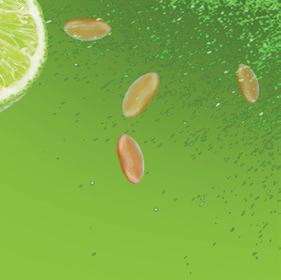

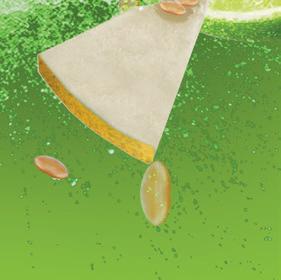










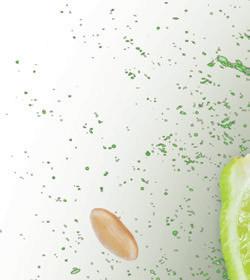


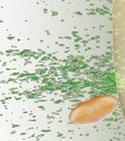






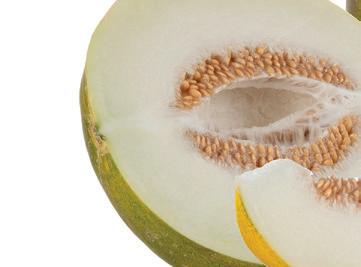



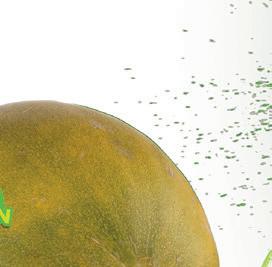
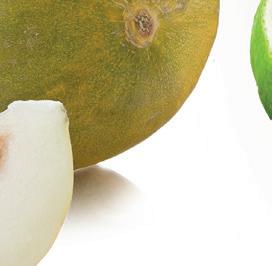



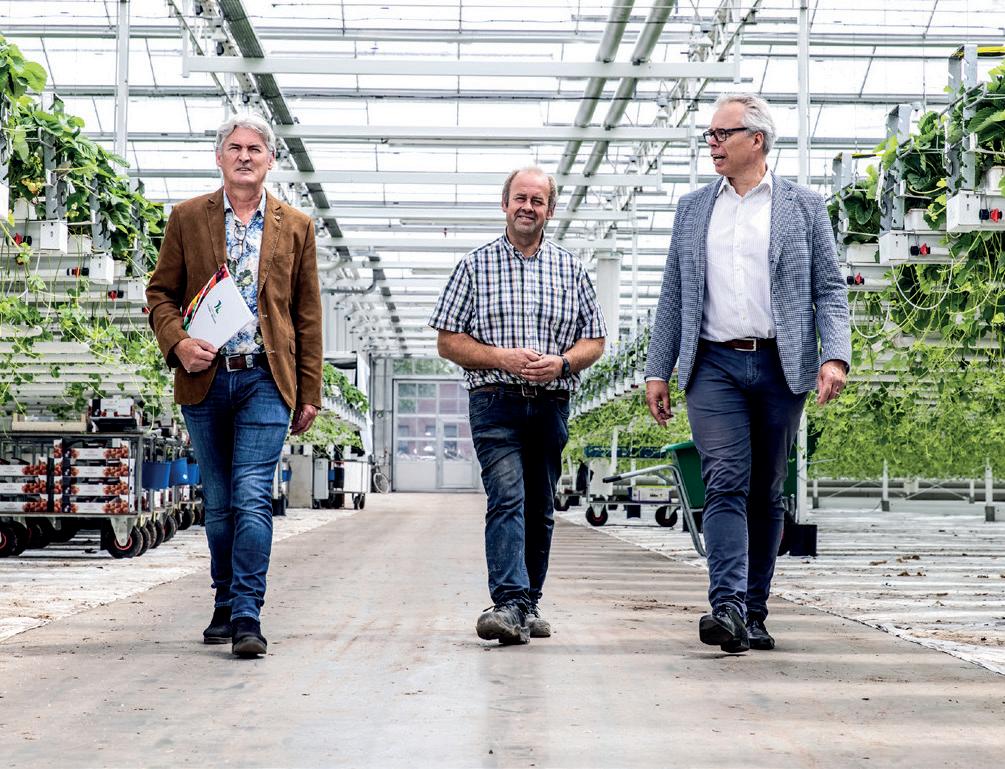


AGF Primeur • Special Edition • 202266 T: +31(0)180 898 000 | I: www.hillfresh.eu | E: info@hillfresh.eu As a leading international insurance company specializing in greenhouse horticulture, we’re committed to protecting your business continuity by providing you with quality tailored insurance coverages and risk management you need. Insurance designed for your greenhouse business Learn more Kleinjan’s aardappelhandel B.V. Zuidoordseweg 6 • 3267 LW Goudswaard • The Netherlands Tel.: +31 186‐692900 • Fax.: +31 186‐691491 E‐mail: info@k leinjansaardappelhandel.nl Internet: www k leinjansaardappelhandel.nl YOUR PARTNER FOR TRADE AND CULTIVATION IMPORT • EXPORT • CONSUMPTION AND SEED POTATOES
Raphaël Martinez, director of the PDO Peaches and Apricots of France:
Peaches and Apricots: Genetics serving the French industry
Due to with climate change, many challenges need to be met to produce peaches, nectarines, and apricots while meeting new consumer demands from an organoleptic, economic, and ethical point of view. At a time when change has become part of everyday life, how can genetics support the peach and apricot industry?

GENETIC EVOLUTION IN PEACH AND APRICOT: WORKING TOWARDS A COMMON GOAL
If today’s the apricot sector is booming with research into new varieties suited to the French market, work on peaches and nectarines began more than 20 years ago. “The observation for both sectors is the same, except that it is happenings for apricots 15 years later,” explains Raphaël Martinez, director of the PDO Peaches and Apricots of France.
From this common observation, based on insufficient taste quality compared to the growing consumption requirements, the
same ambition to offer varieties with the highest taste potential was born. “This work was done in the years 1990/2000 for peaches and nectarines. Nowadays, it is rare to find a peach or nectarine that is not tasty. With the varieties available now, a producer who does his job well will inev itably produce a fruit that will meet the current expectations of the final custom er. The breeders can create varieties that maintain a high level of yield while guar anteeing a certain quality of taste.
TIf today, we can find a certain qualitative homogeneity both visually and in terms of taste for peaches and nectarines, the
varieties of apricots on the French mar ket are still quite diverse. “This difference between the two types of fruit is simply due to a delay in varietal improvement programs, which are more advanced for peaches. French breeders and produc ers have worked on peaches and nectar ines for years. The development of apri cots was more recent, around 1980-90. All breeders for peaches and nectarines started their work with the same objec tives in terms of color, shape, and taste. Whereas for apricots, these taste expec tations have emerged more recently. This results in a greater diversity of varieties regarding their taste, color, and shape, just like it was for peaches and nectarines. The difference is that today we are trying to select self-fertile apricot varieties, which was not the case previously for peaches and nectarines,” explains Marie Laure Etève, director of COT International.
AGF Primeur • Special Edition • 2022 67
Stonefruit
If the more advanced genetic work in the peach and nectarine sector allows breed ers to focus on improving the resistance of varieties to diseases and pests, for apri cots, the research effort also includes taste improvement. The stakeholders of the sec tor, such as the PDO Peaches and Apricots of France, are now encouraging producers to plant varieties that offer a good flavor. And to help them in their decision-making, the Association of Producers' Organiza tion together with the breeders and pro ducers has been working for four years on an Apricot Quality Indicator based on four criteria: sugar, acidity, aromas, and juice. Following repeated tastings, a score out of 10 is assigned to each variety. They will then be listed as promising, recommend ed, not to be planted again, or to be elim inated. “If the fruit tasted better, it would be consumed more. Still, too many fruits are picked before optimal maturity with too much acidity and not enough sugar, which causes the consumer to avoid apri cots in favor of peaches and nectarines. This indicator helps the apricot industry to standardize and produce fruit to meet new expectations. However, as this indica tor is the result of a recent awareness, it will become more effective over the years,” says Marie Laure Etève.
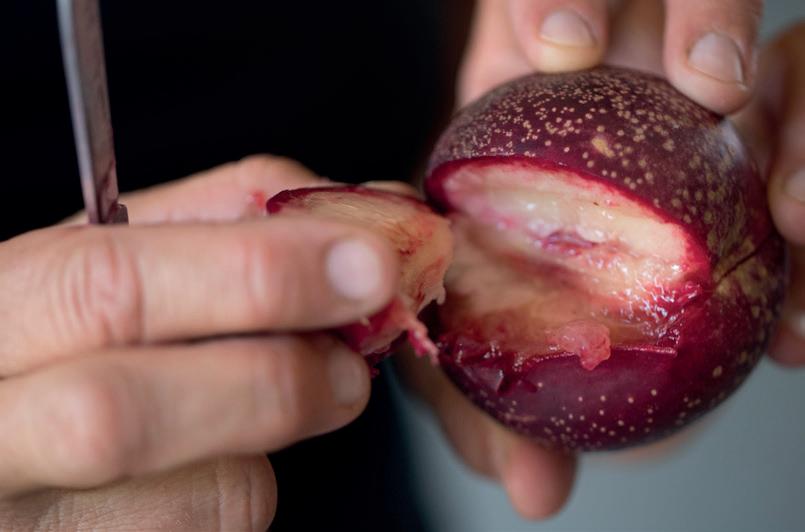
FRANCE / SPAIN: DIFFERENT APPROACHES
TIf the French apricot industry has decided to focus its varietal creation on taste cri teria, itis to meet the expectations of the local market, the main outlet for French apricots. “In the 2000s, more than a third of French apricot production was export ed. Today, the export share has dropped to
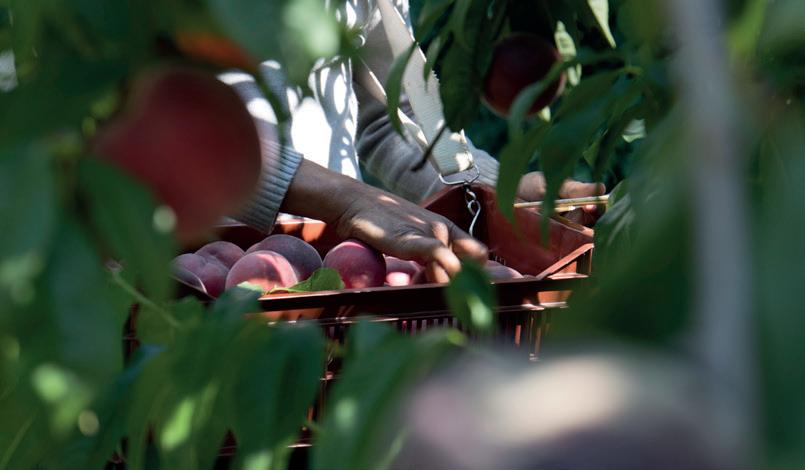
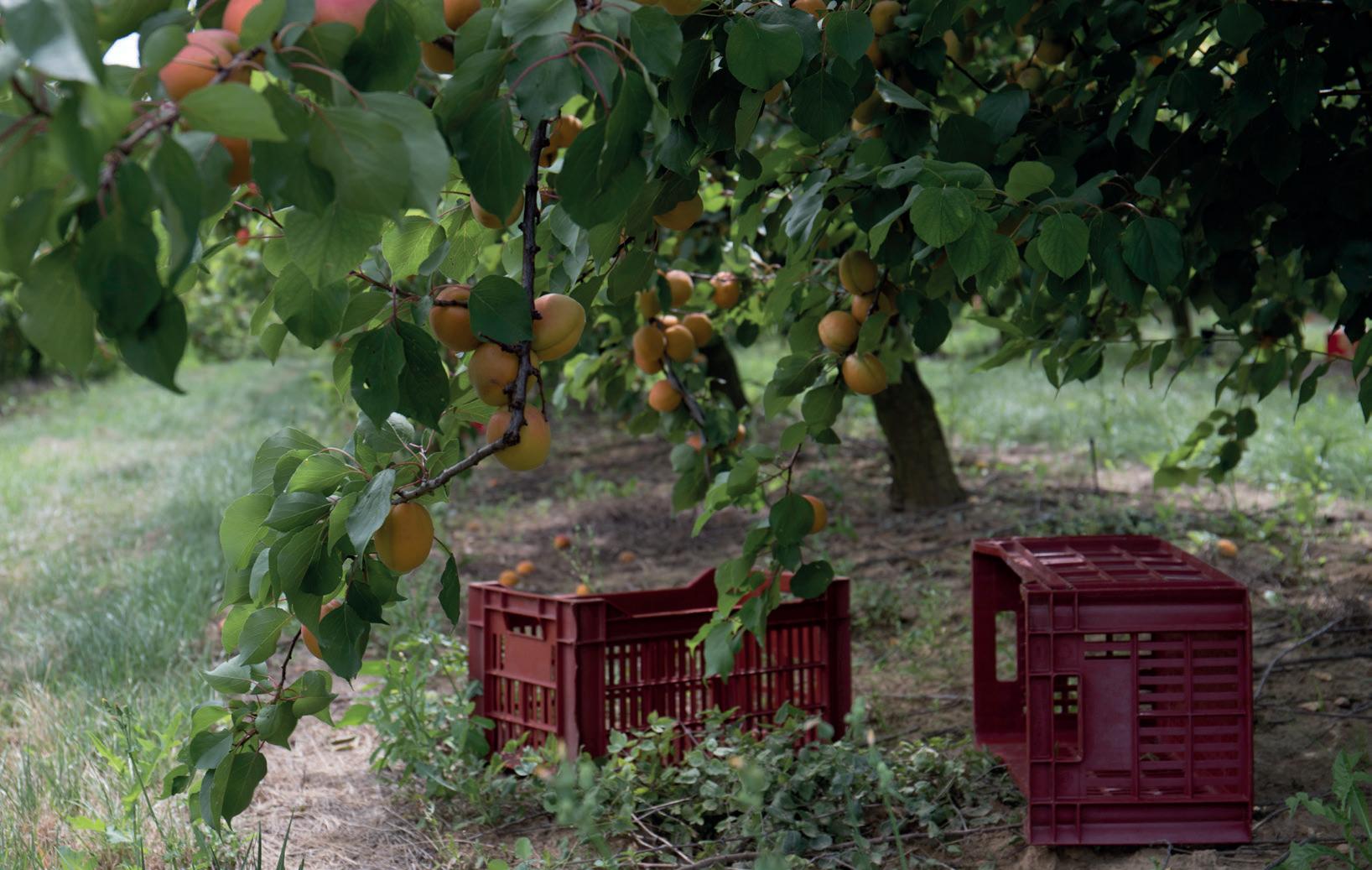
20% of the production. “This is largely due to the loss of the German market, where the geographical origin is not considered an asset. Spain is now benefiting from this situation. German consumers have completely different purchasing behavior from the French. Indeed, they give priori ty to the quality-price ratio above all. The decline in the export of French apricots has also been amplified by the develop ment of Italian production that now sup plies its domestic market. Since the lost of German and Italian consumers, we have focused our efforts on our own market”, explains Raphaël Martinez.
While the French market is moving towards more flavorful varieties, Spain has focused its varietal choices on yield and production calendar. “Some produc ers have increased production from 20 to 40 tons per hectare. The Spanish pro ducers are very good technically, and their orchards are young. They also took advan tage of this genetic attribute to cover a production period that extends from May to August.
TOWARDS A BALANCE OF SUPPLY AND DEMAND ON THE FRENCH MARKET?
Although the Spanish producers are major export competitors for the French market, the severe frosts that struck the orchards this year have limited their internation al presence: “This situation has allowed the French sector to regain strength in exports. We made a rather interesting performance in Germany. Maybe this was an opportunity to show them that the French product offers good value for the money.”
If the last few years have been marked by poor economic results as the French market couldn’t absorb the volumes ini tially made for export, the year 2022 will perhaps mark a turning point: “For years, the French supply has declined as a result of poor economic results. Within the PDO itself, we have lost 200 hectares per year, representing a total of 1,000 hectares, or 20% of the PDO's production potential, even though it represents the most dynamic part of the sector. After the loss of foreign markets, French consum er purchases were not enough to bring balance to the market. The French sector has therefore lost between 20% and 30% of its production capacity, with a renew al rate of the orchard falling to less than 2% per year (vs. 7 to 8% for the peaches). This year, the market has found its balance for the first time. Sales have been smooth with little inventory, and shipping prices have been decent. However, this balance must be put in its very favorable context: weather favorable to a beautiful harvest and a weakness of the Spanish offer. So, the question is to know if we will find this balance in the future with less favorable weather and stronger Spanish competi tion.
AGF Primeur • Special Edition • 202268 Stonefruit
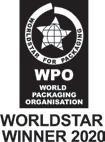



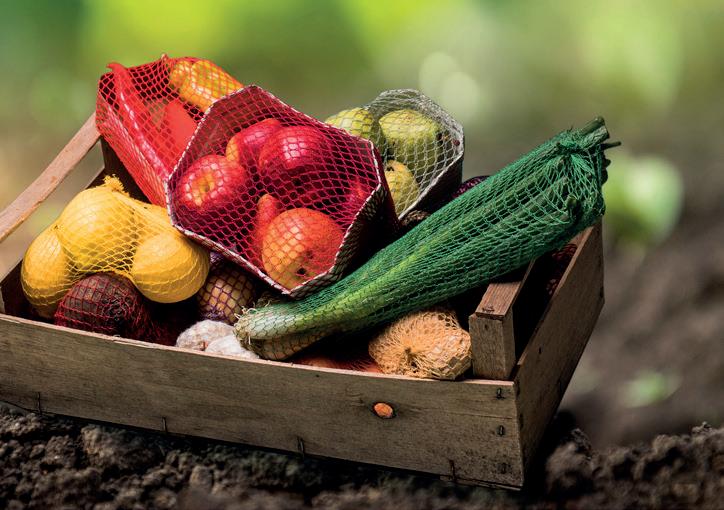
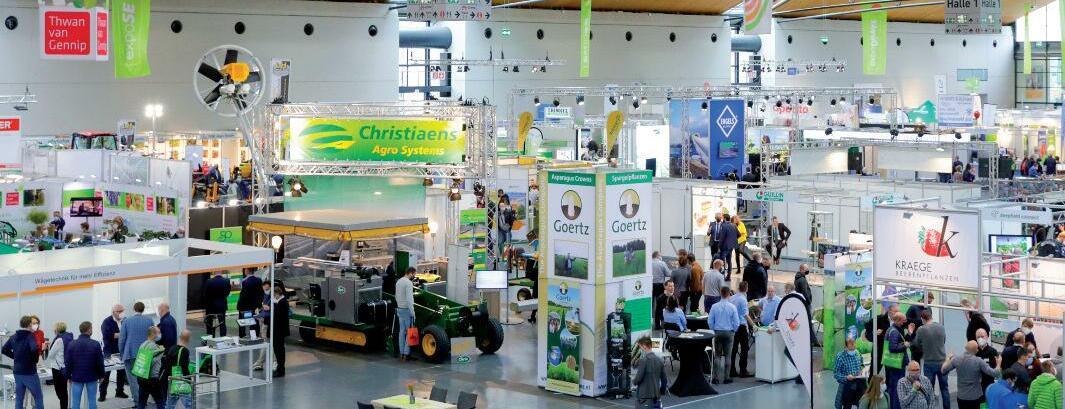





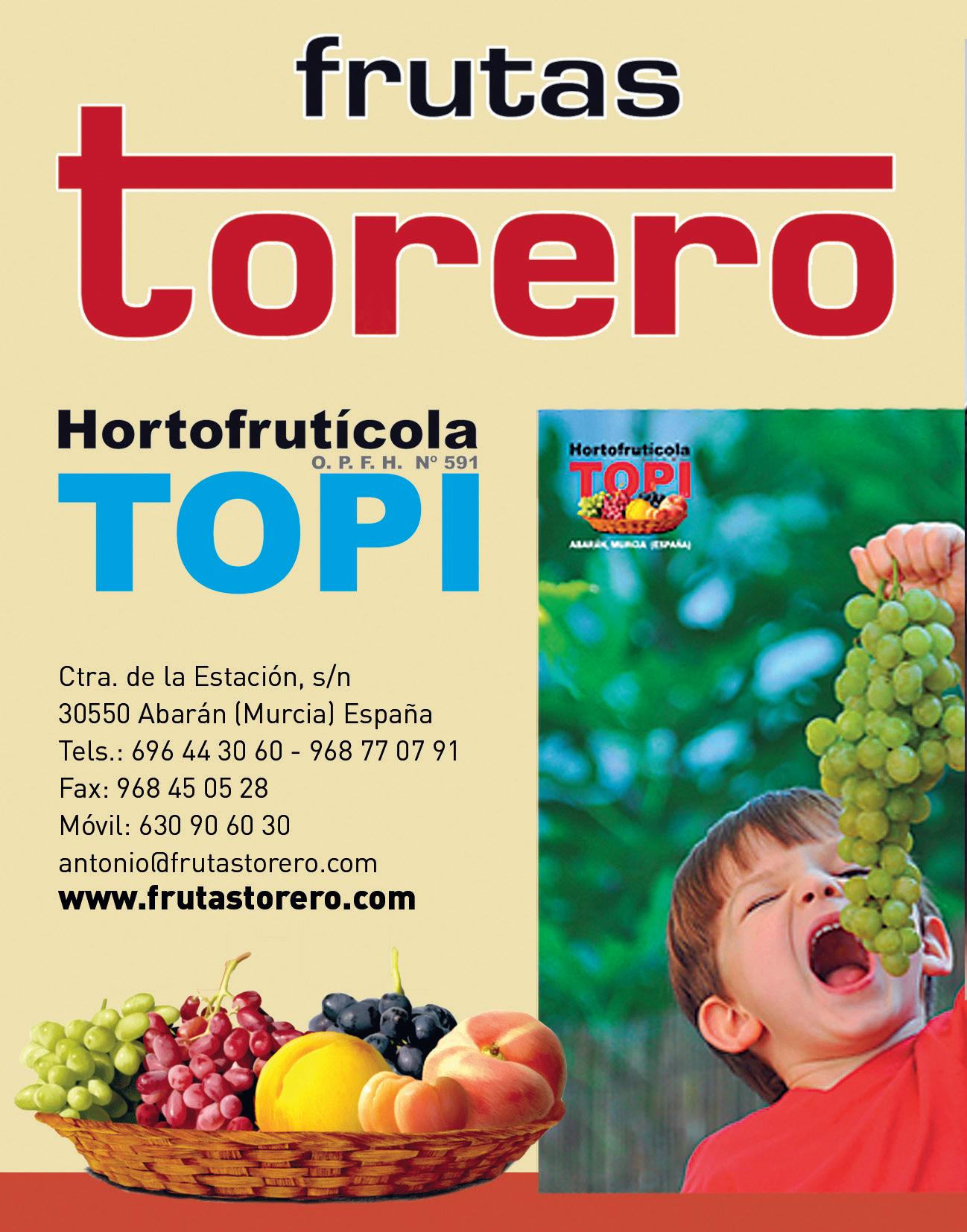
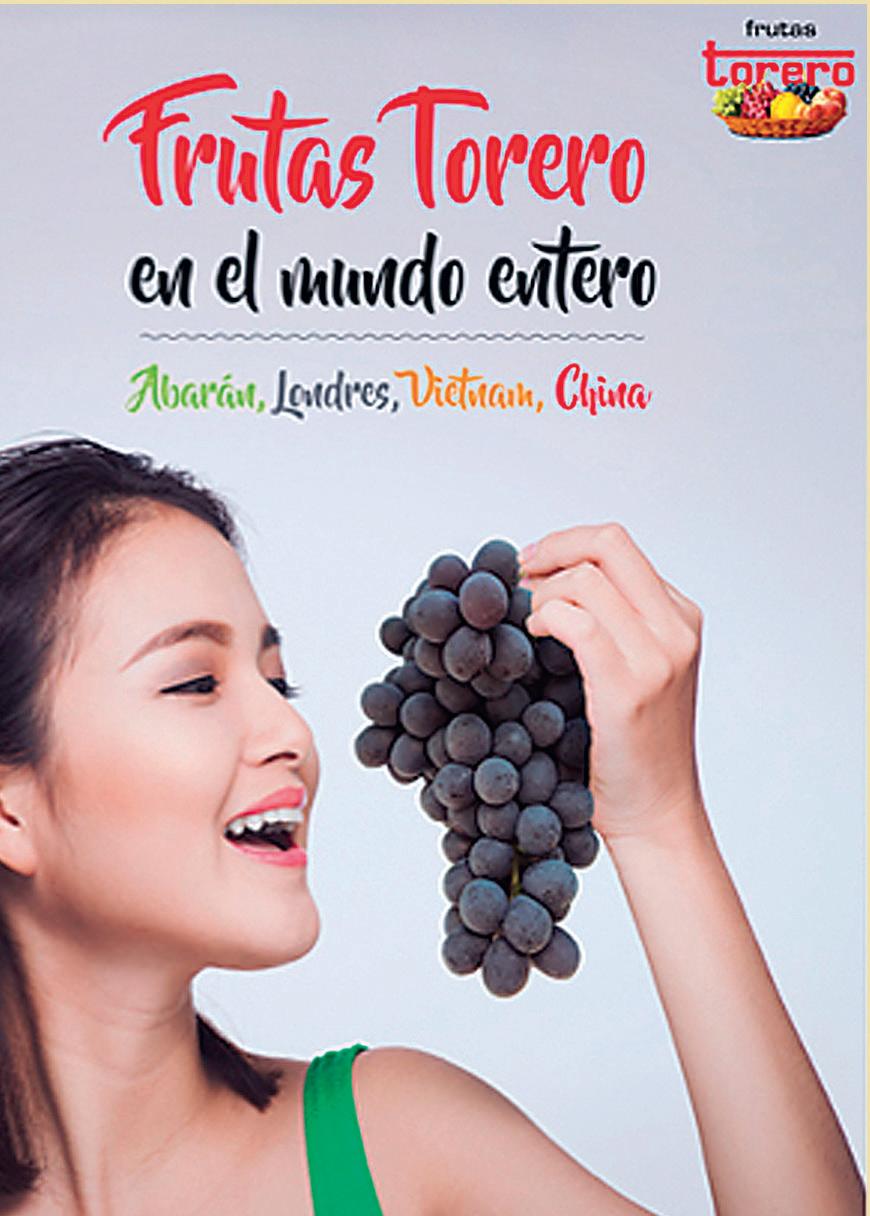
AGF Primeur • Special Edition • 2022 69 Packnatur ® Compostable Cellulose netting 100% BEECH WOOD 100% HOME COMPOSTABLE 0% PLASTIC Calle Narciso Yepes, 8 Bajo 30530 - CIEZA (Murcia), SPAIN +34 868 962 224 / +34 634 756 636 tecnymedia@tecnymedia.com tecnymedia.com saved by nature. AUTHORIZED DISTRIBUTOR: packnatur.com POWERED BYw w w e x p o s e d e o r g a n i s e r : Visit E u r o p e ’ s l e a d i n g t r a d e f a i r for asparagus and berry production! W e d n e s d a y / T h u r s d a y 2 3 . - 2 4 . 1 1 . 2 0 2 2 MESSE KARLSRUHE, GERMANY Register now! RZ_Primeur_90_132_2022_EN_nurSE.qxp_Layout 1 11.08.22 14:16 Seite 1 Ctra. de la Estación, s/n 30550 Abarán (Murcia) Spain Tel.: 696 44 30 60 - 968 77 07 91 Fax: 968 45 05 28 Mobile: 630 90 60 30 antonio@frutastorero.com www.frutastorero.com Visit us at Fruit Attraction Stand 7D07B
“The sun has healing power”
Direct sunlight affects fruit and vegetable shelf life. Even in relatively low doses, its UV light acts as a disinfectant. This simple observation led Arne Aiking to found CleanLight. This Dutch technology company installs UV hoods on sorting lines to increase fresh produce's shelf life without compromising food safety with chemicals. As it turns out, this is a simple yet revolutionary discovery.
This revolution has not taken off in the Netherlands yet, says Arne, who stu died engineering in Canada. He also spent much of his career in the US and Canada. Arne was a crop consultant specializing in tree nurseries and spent years traveling through North America and South Ame rica, and Asia. There he often encounte red issues with the chemical treatment of tree saplings. In 1987, Arne's Swedish employer sent him to Brazil, where he wit nessed a simple but remarkable act that would determine his professional life's trajectory.
LETTING THE TREES CREATE A LITTLE 'LIGHT' EVERY DAY
At that time, Brazil faced sky-high infla tion and hefty import duties. “In other words, they couldn't buy crop protection products from abroad,” Arne explains. “I was there for a week, working with a cus tomer to help their tree nursery run more efficiently. Every morning, two buses
would arrive with women who'd imme diately carry all the trays of trees out of the greenhouse. After lunch, everything would go back into the greenhouse. As a young engineer, I found that quite strange. None of my courses included anything about this. The manager, a highly trained engineer from Poland, told me they did this because they couldn't buy expensive fungicide. They used sunlight to combat the fungi on their plants 'because the greenhouse roof doesn't allow the sun light's cleansing property in,' he explains. That cleansing part is the sun's natural UV light.”
UV DEFICIENCY CAUSES ELONGATED, TWIGGY PLANTS
According to Arne, something like a toma to plant grows differently in a greenhouse versus outside. “Even minimal amounts of UV light can significantly affect plants. Plants with a UV deficiency become elon gated and twiggy. They simply keep
growing upward. UV light makes plants more compact and more disease-resis tant. Unfortunately, the idea of ultravi olet radiation's cleansing effect isn't at all well established in the Netherlands. We should've begun contributing nicely to making Dutch greenhouse horticul ture more sustainable a decade ago. But the average Dutch tomato grower says: '[Wageningen University and Research's Practical Research Plant & Environment unit] tells me that UV light treatment doesn't work at all.' So, in the Netherlands, crop protection products remain the pre ferred treatment. That's partly cultur ally determined, but there's also a whole industry behind it with major economic interests. However, overseas, the method is popular,” explains Arne.
TWO-AND-A-HALF SECONDS
UV light's cleansing effect can, however, be used most effectively in packaging facili ties, not cultivation. On top of the sorting lines, CleanLight installs a UV hood above the sorting lines, where the vegetables or fruit pass through on the conveyor belt. It takes the device a mere 2.5 seconds to thoroughly disinfect a piece of fruit. But the fruit's entire surface has to catch the light. “We've now supplied this type of system for citrus, top and soft fruit, veg etables, and seeds. It's more than a mere
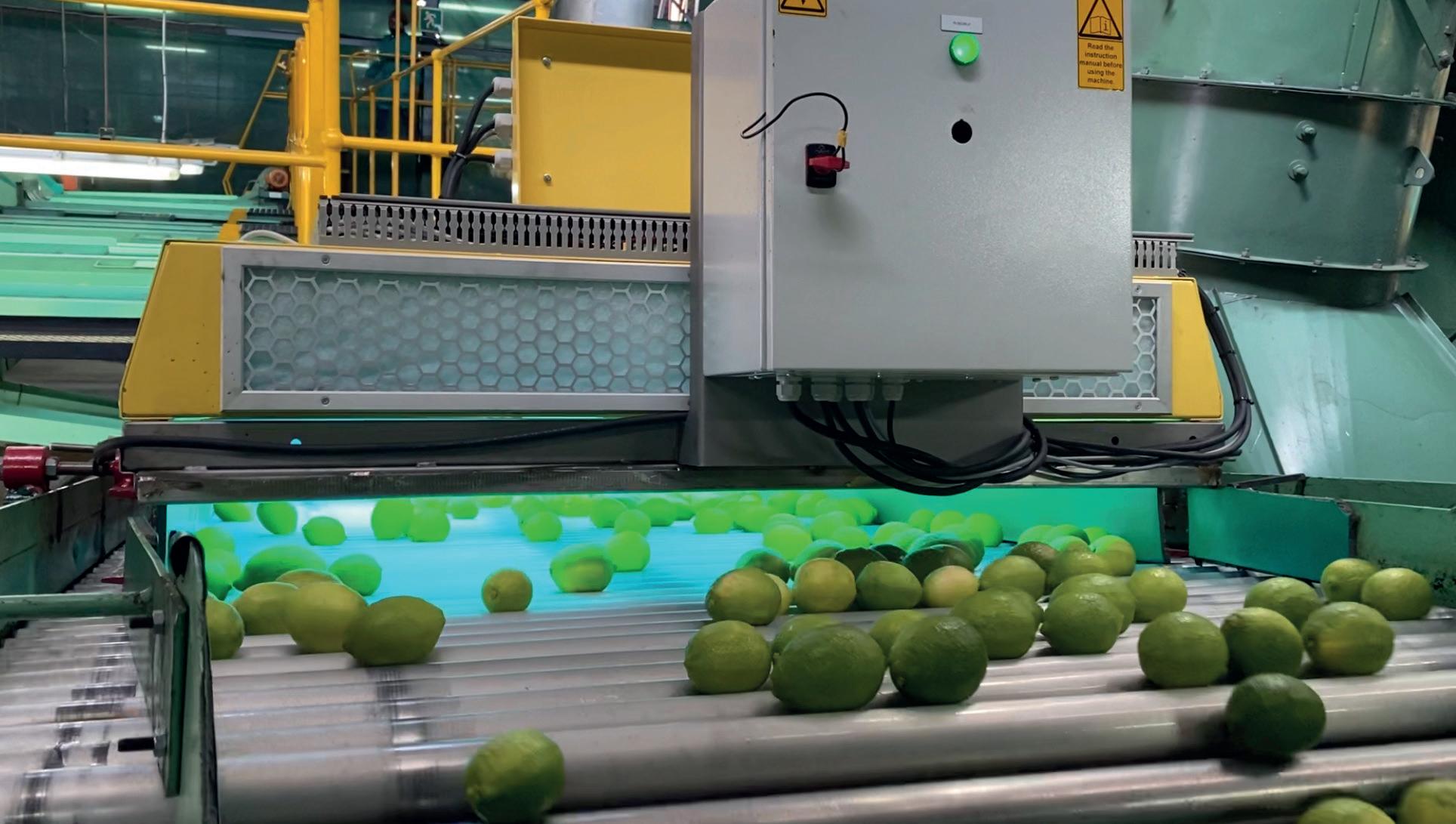 Treatment of citrus with UV light
Arne Aiking, CleanLight:
Treatment of citrus with UV light
Arne Aiking, CleanLight:
AGF Primeur • Special Edition • 202270
Machinery
surface treatment; it's systemic: diseases within an orange can be partially inhibit ed by UV light acting on the peel. They do so in the Netherlands. Ninety-three per cent of our turnover comes from abroad. Companies in North and South America, Africa, and other European countries use our CleanLight UV Hood.”









When it comes to processing fruit and vegetables, diseases can spread via con tact with each other, processing lines, and other processes during and after harvest. The CleanLight post-harvest UV hood dis infects the produce's surface. According to Arne, this prevents the spread of fun gi, bacteria, and viruses such as Erwinia, Pseudomonas, Fusarium, Botrytis, Liste
ria, Salmonella, honeydew, and powdery mildew. The conveyor belt itself is also continuously disinfected. The method leaves no residues on the cucumbers, tomatoes, peppers, or citrus either. The hood, which limits production loss in the chain, is compatible with a whole host of major manufacturers' sorting lines.



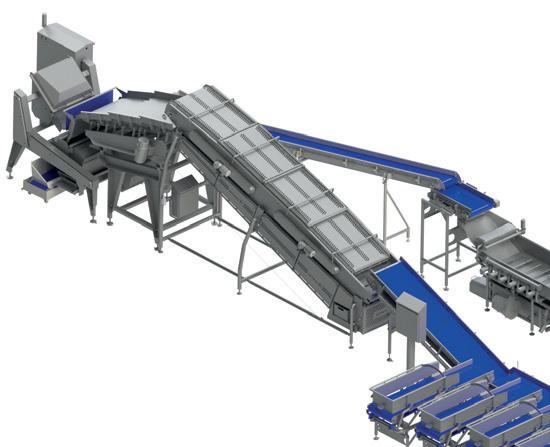
MEDICINAL CANNABIS DROVE THIS EXPANSION
Medical cannabis cultivation in the Unit ed States provided this company's break through. “That started about ten years ago when the sector was still small and partly illegal. American growers didn't have sprayer licenses, so they couldn't buy pesticides. They, thus, sought other





















solutions. Since most of those growers were small-scale, we developed hand-held devices for that purpose. These were used, for example, to keep mildew under control in ten plants. In those days, assimilation lamps were still very primitive, so all the plants had a UV deficiency. As explained, this made them too spindly.”
IF YOU ARE HEALTHY, YOU DO NOT NEED MEDICINE


In addition to those hand-held units, the company now supplies fully-fledged UV hoods for sorting lines. “We provide solutions for products like blueberries, raspberries, apples, pears, and strawber ries. Results do vary greatly depending on harvesting conditions. You don't need

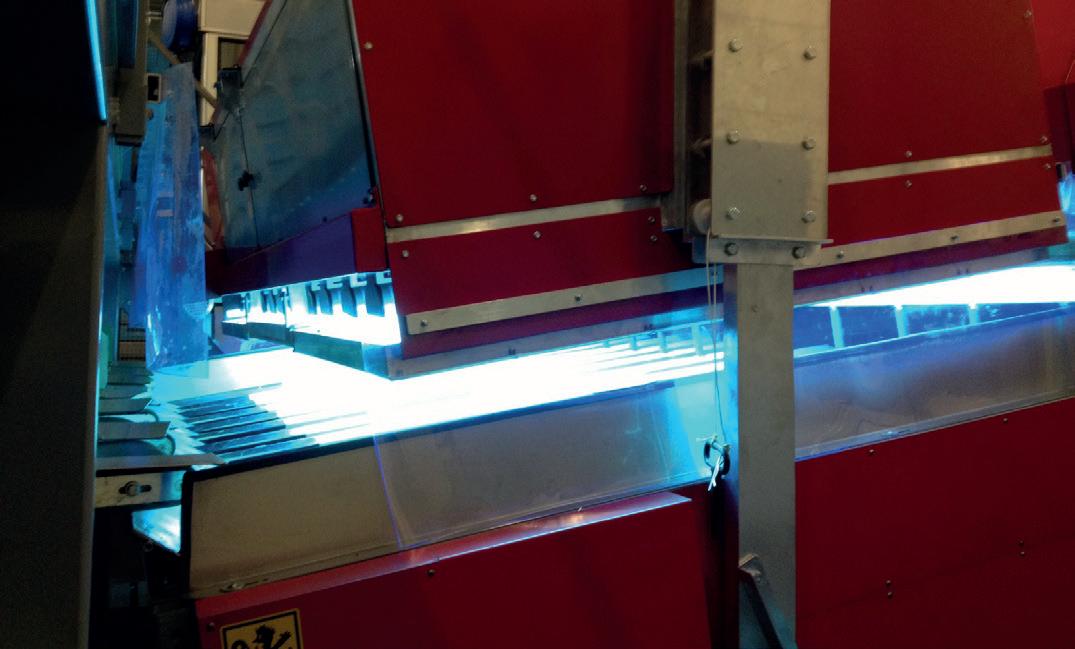
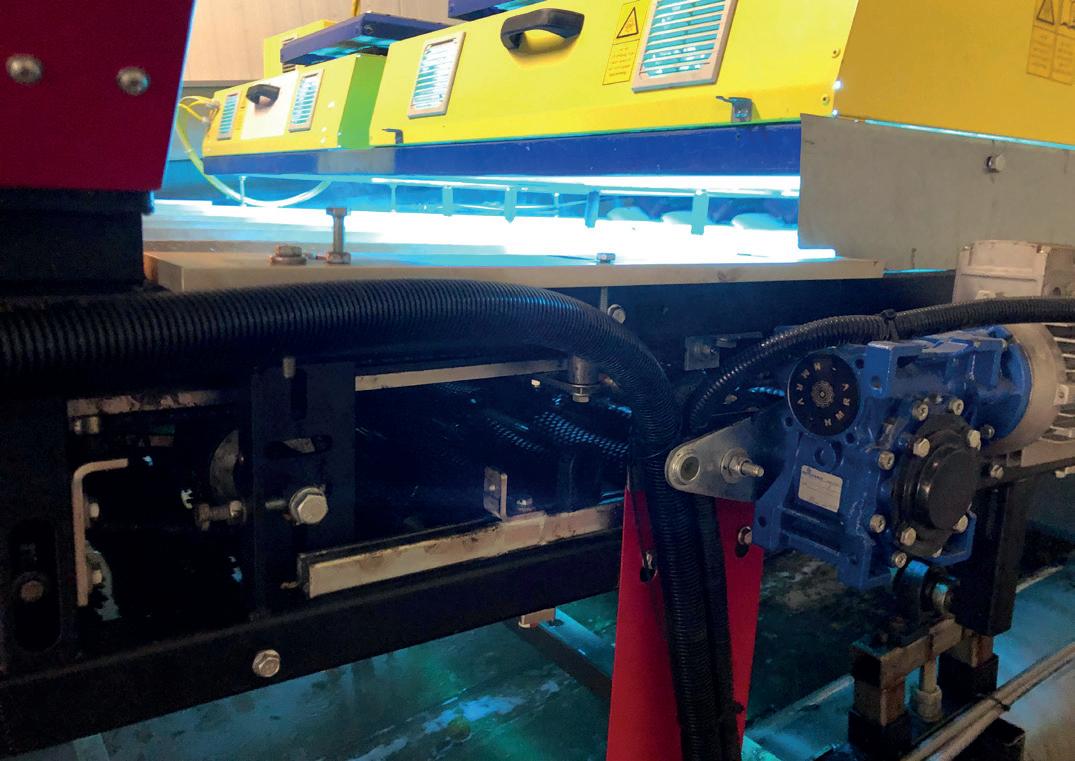
 Bell pepper sorting line
Treatment of apples with UV light
Bell pepper sorting line
Treatment of apples with UV light
AGF Primeur • Special Edition • 2022 71
UV treatment if the apples are clean, the weather was dry during picking, and no condensation formed during cooling. It won't add a single day of shelf life. But if the fruit's wet, mold could form, and the treatment adds a month to shelf life. It's like with medicine: if you're healthy, you obviously don't need it.”
THE PERFECT INSURANCE POLICY
“We have a few Dutch clients for whose Gerbera daisies we provide post-harvesting treatment. They tell us that they never suffer from botrytis in the summer and so don't turn the lights on in that season. They don't even do so in the winter. They heat the greenhouse then, so there's not too much humidity. It's in the spring and fall when things can go awry. Not all the time, but it can. So they systematically turn on the UV equipment. Many fruit customers also prefer not to take a risk and always use the equipment on the sorting line. They don't know when Listeria or other bacterial issues may pop up. It costs maybe €5 or €10 in electricity a day. They consider it a good insurance policy. It costs far more to throw out an entire batch. England, for example, has a zero Listeria tolerance policy. The whole batch must be destroyed if they find anything. The EU will allow trace amounts of this contaminant.”
FOOD SAFETY AND SHELF LIFE
By killing bacteria and viruses, UV light treatment contributes to food safety. By controlling fungi, it extends shelf life. “Oranges could harbor several fungi. We don't usually kill all the spores - we could, but don't have to - as long as they're dormant, they're of little concern. The treatment doesn't make an orange sterile, but we do destroy the living fungi that were on the orange during transport or storage. Thus, we can't prevent rotting entirely, but we can postpone the pro-

cess. Fungal spores are activated when, say, there's moisture nearby or when it's warm enough. Orange can be exposed to moisture and heat during storage but then enter the cold chain. The spores then lay dormant. Once in a person's fruit bowl, they can begin to rot, but if there's no live fungus remaining, you delay that moment. We could kill the spores on oranges, but that requires a very high dosage and is expensive and complicated. It's not desirable either, because you need powerful, expensive lamps, it takes longer, and you have to meet stricter safety standards. It's also only necessary if you want to keep the orange forever.”
Smaller packers can expect to pay €25.000 per UV hood. Larger companies, like one of CleanLight's clients in Mexico that sorts apples, need four of these hoods to process their entire volume.
COPYCATS WILL PAVE THE WAY
Ten years ago, when CleanLight tried to gain a foothold in the Netherlands, the method was met with optimism. “Sadly, nothing came of that. Neither the government nor universities support us. That dissuades investors, and the money needed to expand and grow remains unavailable. That's unfortunate but understandable from a banking perspective. Still, we've become profitable and have some 5,000 customers in 40 countries. But I think there will be several copycats, and they'll help us on our way. For example, there's a UV boosting company in France. They used our idea and immediately attracted attention and support from universities and the French government. That also opened doors in the banking world. That company has access to several million euros. France is a good breeding ground for this Dutch innovation. French people at that market are very much anti-pesticides. Parkinson's disease, for example, is
a recognized occupational disease there. In Belgium, Optimium is also achieving good results with its UV robots that drive through greenhouses. And as those stories circulate, our sales will get a boost.”

CleanLight's next manager will be tasked with gaining a larger market share. Arne is on the lookout for the right person to hand the company's reins. “I'm an inventor, a techie, a pioneer. A good manager should further shape the company to grow in a more structured, disciplined way.”
People have known that the sun has a healing effect on fruit and vegetables for a long time. “In the old days, Dutch growers used to leave their potatoes in the sun for a day before they went into storage. They used to say, 'otherwise the harvest won't be blessed'. But there was much more to it. A day in the sun meant the potatoes were stored dry and somewhat disinfected. Nowadays, they're stored right away, even damp, so they have to be sprayed,” Arne concludes. (PB/PDC)
info@cleanlight.nl
UV-licht installatie Een behandeling van 60 seconden met UV-licht zorgt voor een betere houdbaarheid van aardbeien
AGF Primeur • Special Edition • 202272 Machinery

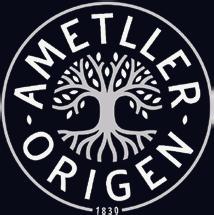
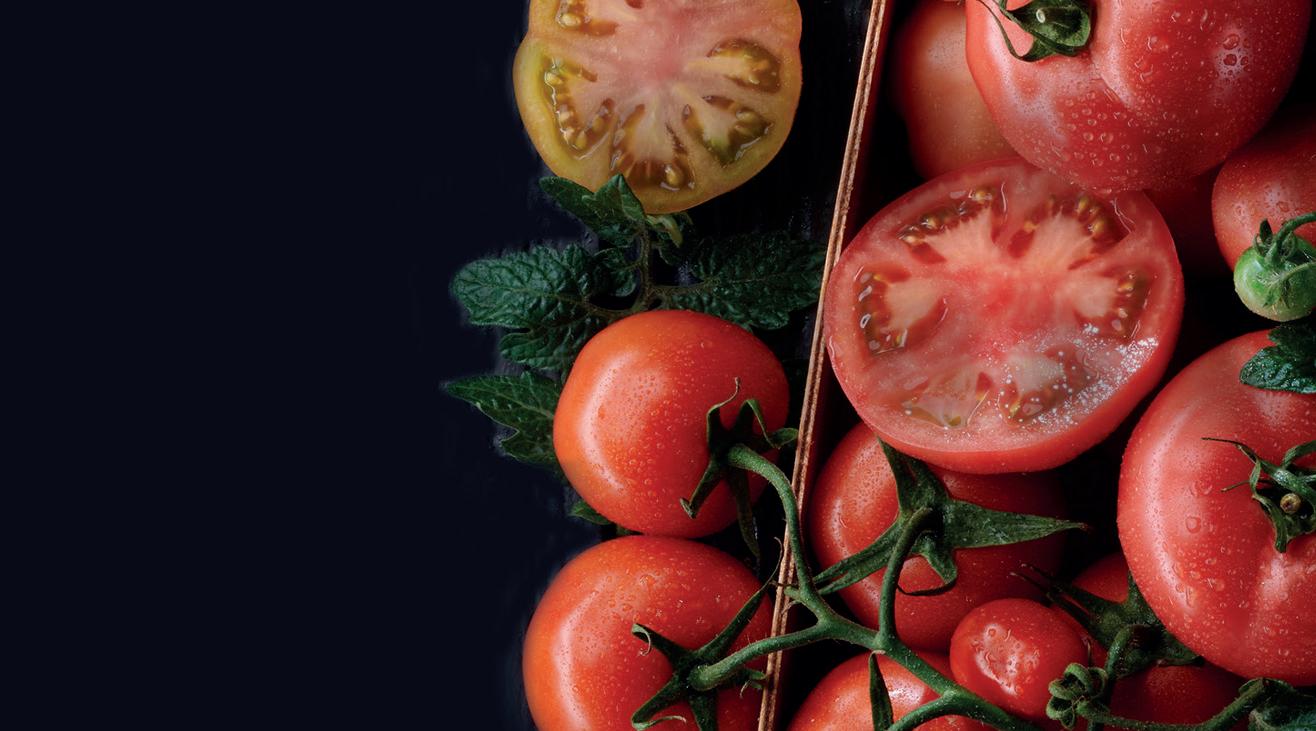
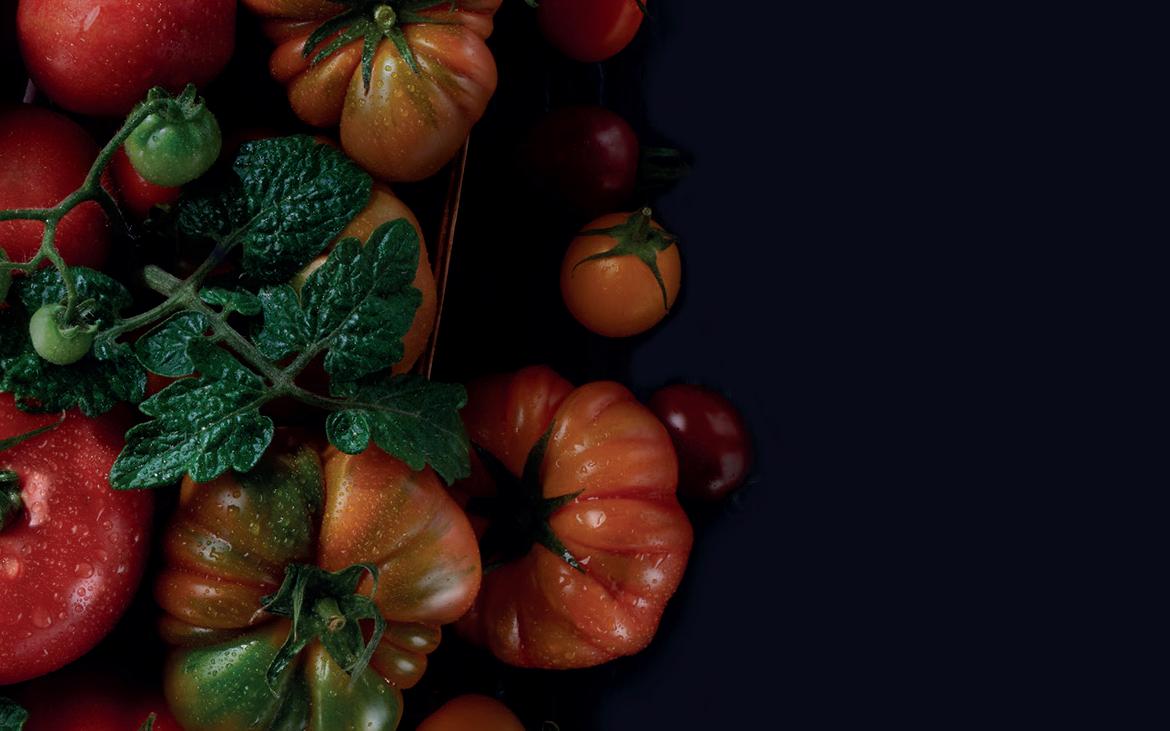







tomatOes SENS A TIONAL TOM A TOES .tiptoptomatoes.com Visit US IN FRUIT ATtraction 2022 - Hall 9 Stand 9E10
Stefan Lindner (L), Lindner GmbH Fruchtimport und Handelsgesellschaft:

“Especially in the specialist trade I see growth potential for relatively ‘new’ products”
Among Germany's well-known fruit labels, DIANA has long been one of the brands which mainly offers citrus from Spain, as well as watermelons and tomatoes. Stefan Lindner, Managing Director of the family-owned business with the same name from Frankfurt am Main and the driving force behind the label, looks back at how DIANA came into being, and the developments that the brand has undergone in recent years.
DIANA's origins go back more than 80 years when a Spanish supplier saw export opportunities for its oranges in the German market and sought a correspon ding label. Lindner: “Even at that time, it was characteristic of DIANA that its oran ges were not treated chemically. The name of the brand came from the dog, owned by the supplier. Funny enough, older people still know DIANA as 'the orange with the dog' or 'Dog Orange'.”
In cooperation with exclusive importer Soravia, DIANA developed into a wellknown citrus brand in southern Germany. Linder: “When we took over the Soravia company, also based in Frankfurt, about 10 years ago, we automatically acquired the trading rights for DIANA within the Rhein-Main region. Shortly afterwards, the licenses for the whole of Europe fol lowed.” Despite its fame, the brand had
a decreased market share in the years before the acquisition, Lindner recalls. “After we took over the license, we there fore consciously focused on quality, not just in terms of taste and presentation. After all, DIANA oranges have no preser vatives on the peel, which involves a great deal of care during harvesting and sorting at the plantation. This is ultimately a dis tinguishing criterion, but -perhaps more importantly- it also ensures that our peel is consumable.”
The latter also applies to the lemons and clementines, which were added to the brand's range in the years following its relaunch. Lindner: “This was later fol lowed by seedless watermelons of the Royal Honey variety, as well as tomatoes. We still place the emphasis on Spanish products, with citrus standing out in terms of volume, now even being mar
keted throughout Germany. Watermelons and tomatoes, on the other hand, we main ly sell regionally.”
In recent decades, the Spanish citrus sea son has been starting earlier and earlier in Germany, Lindner observes. “In contrast, our DIANA oranges are offered from the end of November to the middle of May. We deliberately start a little later in the sea son, so that we can be sure to offer our products with an optimal brix content. We still see the classic sales peaks in Novem ber and December. Clementines, mean while, are available between October and March-April. DIANA lemons we can even offer year-round.”
The past citrus season has been satisfacto ry across the board, which can also be said about the DIANA season, Lindner contin ues. “Due to the ubiquitous cost increases, very high prices were reached here and there. This generally high price level for tunately did not have a negative effect on sales volumes.” With regard to the upcom ing season, Lindner prefers not to venture into concrete forecasts. “As is well known, there is a crying shortage of water and precipitation in large parts of Spain. The consequences of this are still uncertain.”
AGF Primeur • Special Edition • 202274 Citrus
GROWTH POTENTIAL IN THE CITRUS CATEGORY
Via the classic German wholesale markets, DIANA will still find its way to fruit and veg specialty stores, weekly markets and retail franchisers in 2022. This market segment has developed over the years as a showcase for new fruit and vegetable products, not least within the citrus category. “Today, Orri clementines are not only just in Israel, but increasingly in Spain as well. The Cara Cara orange has also experienced a steady growth in recent years. Especially in the specialist trade -for years the main sales market for DIANA- I therefore see growth potential for these kinds of relatively ‘new’ products.”
The demanding sales market requires a corresponding approach, underlines Linder: “We do not trade in mass-produced goods, but in well-sorted, high-quality products. That is a substantial difference, which is also reflected in the product presentation, for example the packaging. Our oranges are wrapped in paper individually, which gives them a little extra protection.”
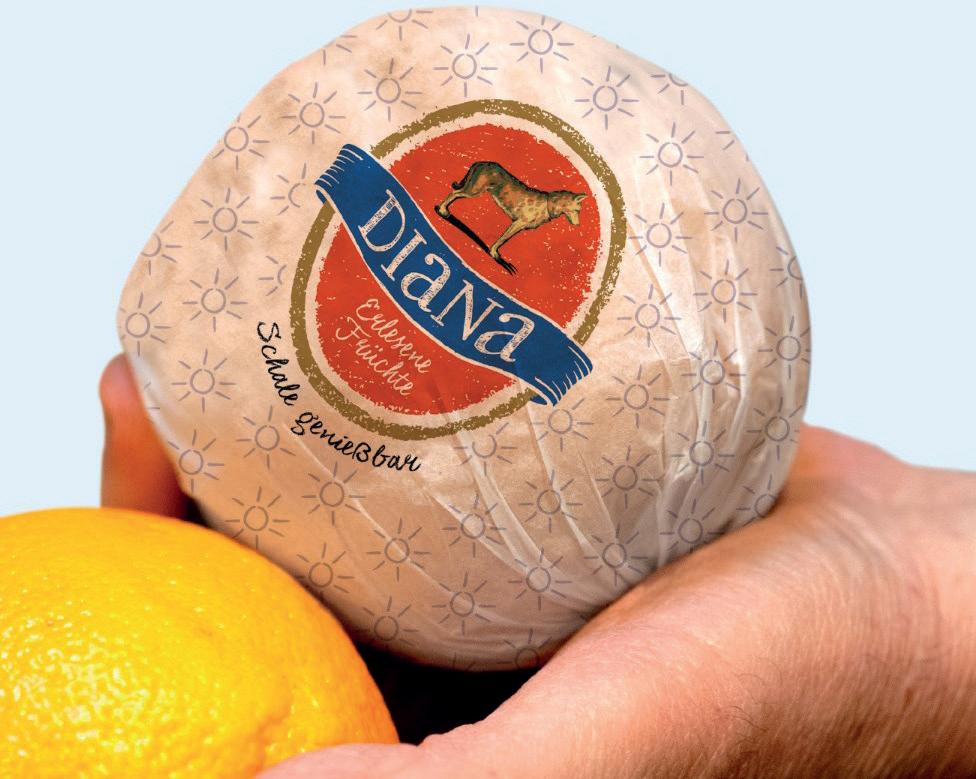
For this reason, we envision DIANA in the high-priced premium segment. Lindner: “However, demand remains consistently high and stable, which is also partly due to the fact that we are talking about a well-known and recognized brand name. That said, the current inflation will be a considerable challenge, which we will also have to deal with increasingly in the coming season. At the same time, however, I wonder whether premium fruits are really suffering as much as one would expect
from the current market conditions. I would venture the theory that those who have always bought DIANA fruit before inflation will do so again this year. Nevertheless, we and therefore our customer must remain realistic and I therefore do not exclude that there will be price adjustments this year.”
Nevertheless, Lindner sees sufficient opportunities to further expand DIANA's market position in Germany. “We have found a good niche with DIANA, particularly in southern Germany. We therefore definitely intend to expand our market
Frankfurt since 2004 and celebrated its 40th anniversary last year. Today, the family operates both a nationally active commercial agency and a classic (catering) wholesale business. As a modern service provider, Lindner now offers more than 6,000 products. “Our origins lie in the fruit and veg trade and this is still our core product range today. In addition, however, we are steadily expanding our range and we now also trade in convenience products, delicatessen products, potato and dairy products, pastas, sauces and purees,” Lindner states.
“In many respects, we are in an interesting sales area and an excellent trade hub. After all, the regional hospitality industry is shaped by the nearby airport and trade fair center. We also supply the company canteens of numerous service providers. It goes without saying that the pandemic resulted in significantly fewer travelers in the Rhein-Main region. Nevertheless, we were able to maintain our sales, among other things through two company acquisitions and a strong field service. We even recorded a slight increase in sales.”
share, although at the same time we have to note that with the current supply and demand situation we are doing well. For us, the first and most important thing is to offer good quality at all times instead of selling more volume at a lower price. That is and will remain our starting point.”
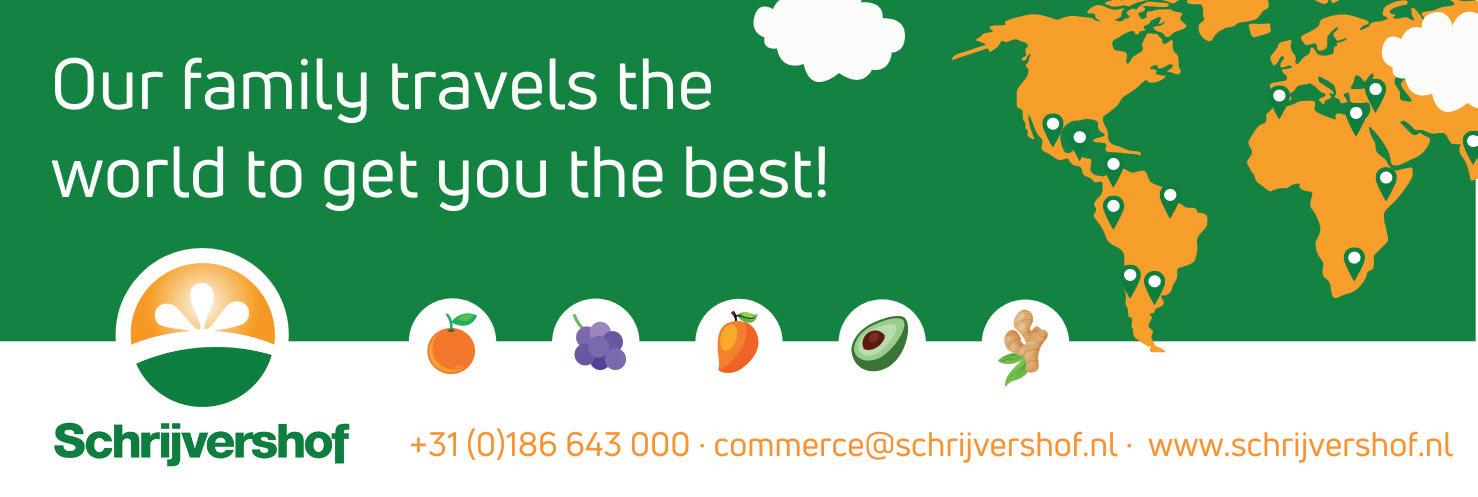
BUSINESS GROWTH CONTINUES
The traditional Lindner family business has been located in the Frischezentrum
Consequently, a capacity increase at the main site, in particular regarding the cooling capacity, was very necessary, Lindner says. “We have expanded our wholesale storage by a further 400m2, so that we can meet our customers' demands and properly store our products, with a view to range expansion in the future as well.”
AGF Primeur • Special Edition • 2022 75
We grow our own products in our fields in Catalonia …



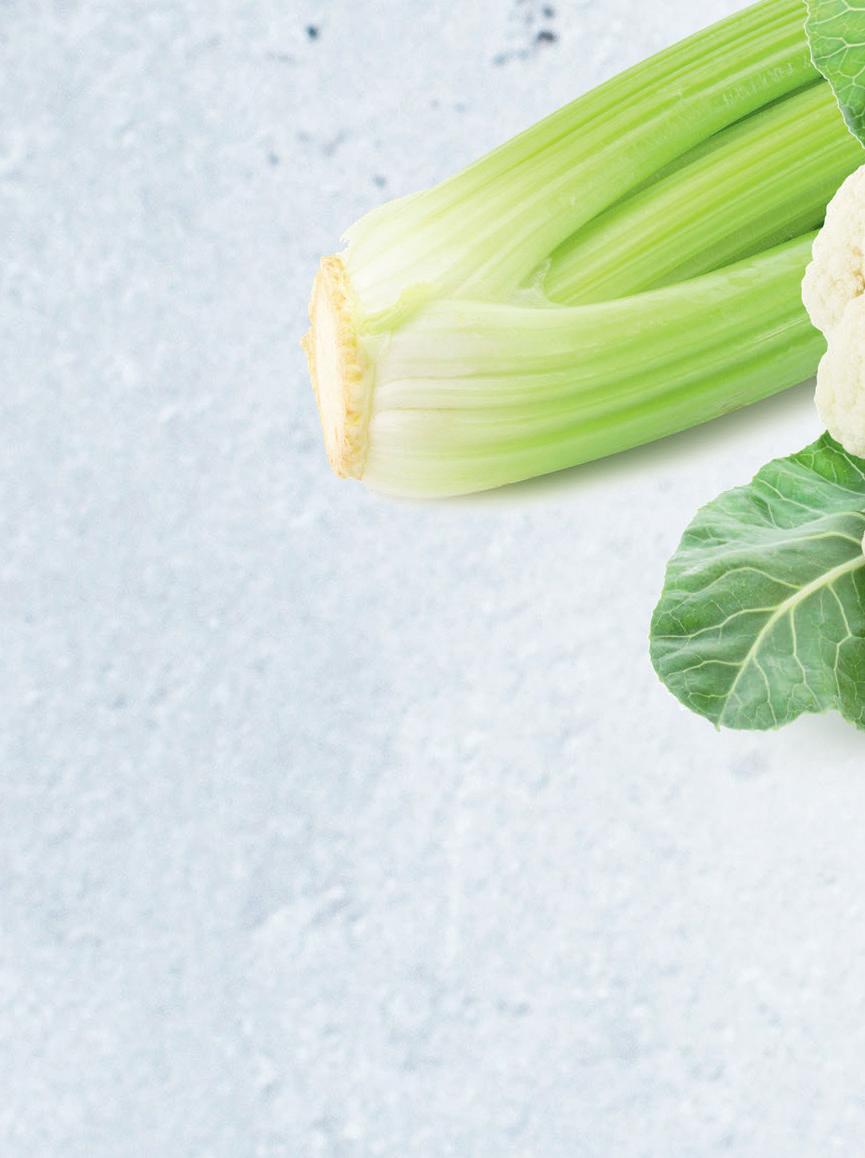

4 generations with an eye for quality
... and supply the supermarkets and specialist shops with the highest quality.

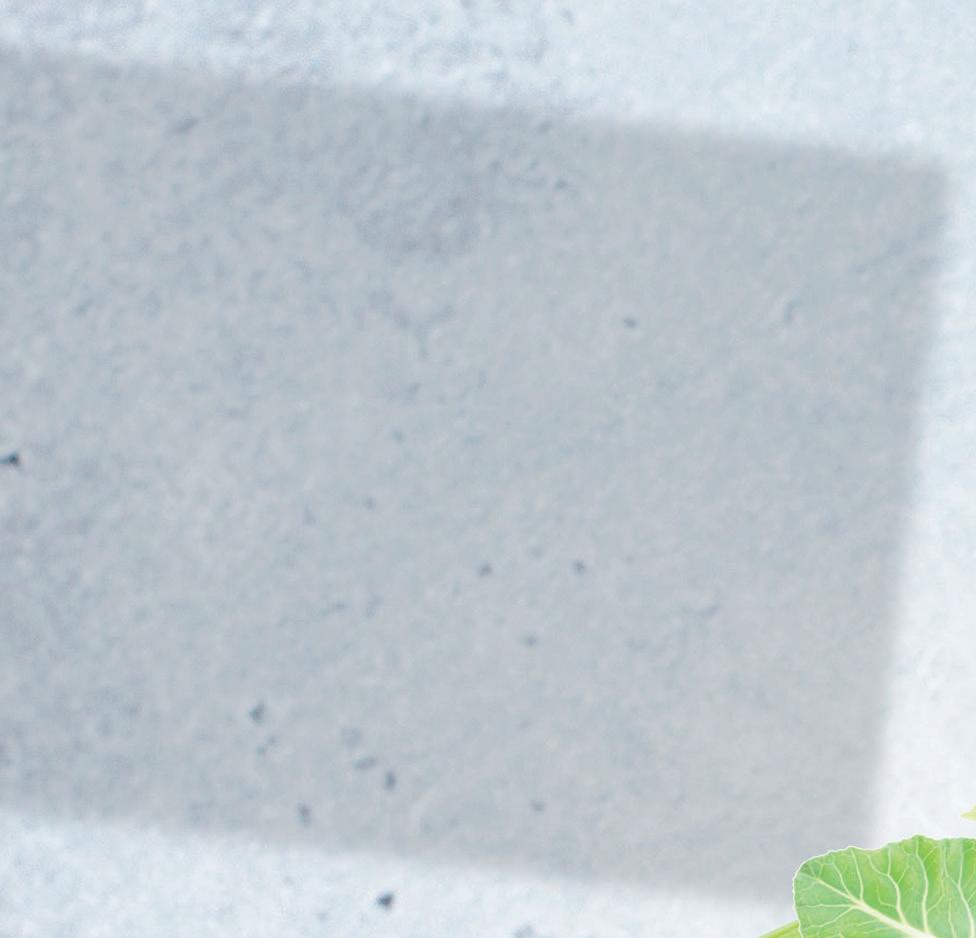









info@eurogijbels.be eurogijbels.be Cami de les Arenes s/n 43300 Mont-roig del Camp Tarragona - Espagna
“The potato is the first mass product to be fully confronted with cost increases in cultivation”
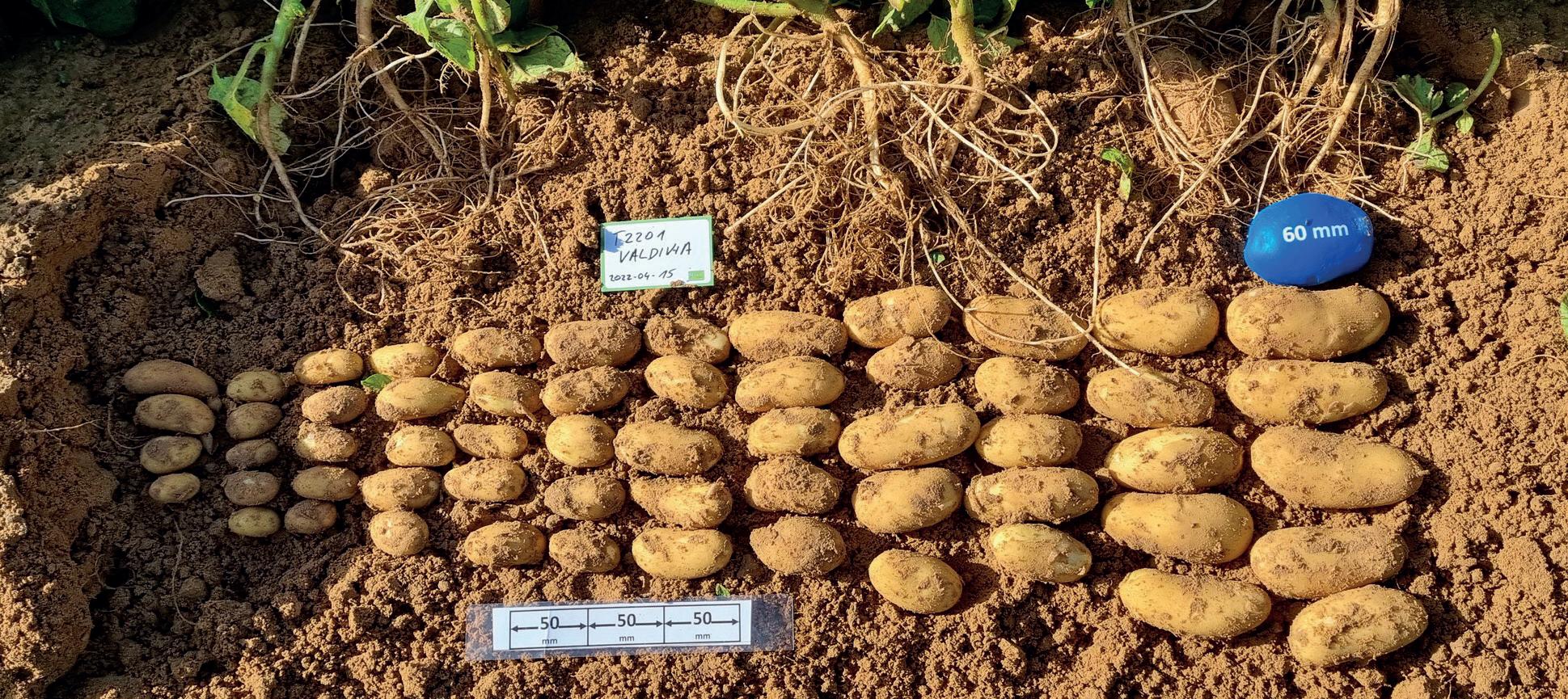
Due to the cold and dry spring and the subsequent persistent rainfall during the harvest in the Mediterranean region, the Spanish potato sector is looking back on a difficult cultivation year. However, according to Georg Kolmhofer, the weather extremes are not the only challenge facing the sector in the medium term. The Austrian-born exporter has lived and worked in southern Spain's Andalusia for over two decades. Now, he warns of further loss of market share in potato exports.
“Yields
this year in the Seville region were undoubtedly underwhelming,” Kolmhofer says. “Due to the low tempe ratures and drought in the spring, the yield per plant was significantly lower. In addition, many growers decided to forego high fertilizer doses due to the high costs,

which of course also weighed heavily on the net volumes. In Murcia and Cartagena - traditionally the main growing areas for domestic sales - there was excessive and persistent precipitation. The retail buyers were therefore forced to switch to Sevil le, where there was little rain from March
onwards, but still just enough for potato cultivation. This allowed us to generate strong domestic sales.”
“UNREALISTIC” QUALITY CRITERIA AND CURRENT COST INCREASES
Both in Spain and in main export mar ket Germany, there are very high-quality requirements within retail, Kolmhofer says. “The certification pressure that we know in Germany is admittedly not so prevalent in Spain yet, but on the other hand, there are numerous optical criteria that potatoes must meet. We are slow ly reaching a point where these criteria are no longer realistic, as far as I am con cerned. However, this is not a problem that only occurs in Spain, but through out Europe. Unfortunately, transferring exported produce that had to be recalled to other retailers is not that easy these days anymore either.”
In the face of inflation and continued cost increases, the pressure on the Spanish grower has only increased, Kolmhofer observes. “In my opinion, the potato is the first mass product to be fully confronted with cost increases in cultivation. Almost all costs - whether fertilizer, transport or labor costs - have become extremely high. Because of inflation and the limited finan cial freedom of many population groups and consumers, these additional costs
AGF Primeur • Special Edition • 2022 77 Potato
cannot be translated into a higher price on a one-to-one basis, certainly not where it concerns an everyday product like the potato. At the same time, this does put considerable pressure on the profit mar gins.”
LOSS OF MARKET SHARE TO ISRAEL AND EGYPT
The bulk of Spain's export potatoes have long been headed for Germany. In recent years, Germany's purchasing and trading structures went through quite a shake-up, Kolmhofer outlines. “Virtually every retail chain today wants to be directly involved in purchasing in one way or another. This is not exactly favorable for the small struc tured agriculture in Spain, where one has to deal with many different players. Furthermore, from a sustainability and regionality point of view, domestic stored potatoes are increasingly being offered in Germany. This is of course a legitimate objective, but it is catastrophic for Spanish early potatoes, since we hardly have any refrigeration and storage capacities. This means our potatoes need to be consumed in the short term.”
At the same time, other countries have made large-scale investments in potato production, building up their positions in the European export market. “Egyptian early potatoes are rapidly gaining ground in Germany and other markets, due to the optimal logistics around them. The same can be said of Israel, which is a highly pro fessional market with excellent qualities. At the same time, we do need to ask why these countries are preferred over Euro pean growing countries,” Kolmhofer asks.
Besides the tough and increasing foreign competition, Kolmhofer sees another development that has repercussions on the Spanish potato production: “Processed

potato products are steadily gaining ground at the expense of fresh consump tion. This means that the required vol ume is decreasing while the competitive pressure from several sides is increasing. Consequently, it is becoming all the more difficult to motivate Spanish growers to produce consumption potatoes in the future as well.”
are able to cover a whopping 90 percent of demand with early potatoes from our own contract crops. Additionally, we have devoted ourselves to carrying out tests on new potato varieties, which are now used by many breeders from various European countries. In short, we test and analyze the extent to which these new varieties are suitable for cultivation in the Mediter ranean region.” Since Andalusia is among


ONGOING COOPERATION WITH BREEDERS
Born and raised in Austria, Kolmhofer sought his fortune in southern Spain's Andalusia more than 20 years ago. Among other things, he worked for a trading com pany at the wholesale market in Seville, before founding the Sesur company 12 years ago. As the main shareholder and manager, he developed the company into a recognized player within the internation al potato sector. “During the season, we
the hottest areas in Europe, Sesur is able to test the respective breeding varieties under extreme conditions. Kolmhofer: “We therefore see ourselves as a service provider, whose main goal is to further develop the international potato sector. Over the past 10 years, we have contrib uted to the development of robust potato varieties that are resistant to heat and precipitation, as well as all kinds of diseas es. This again results in reliable data that
Georg Kolmhofer
AGF Primeur • Special Edition • 202278 Potato






















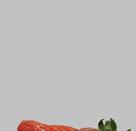




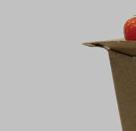

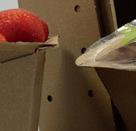
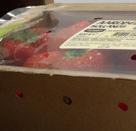
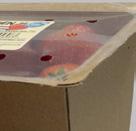



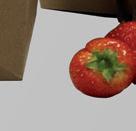







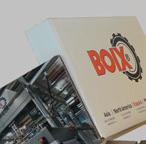






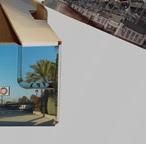





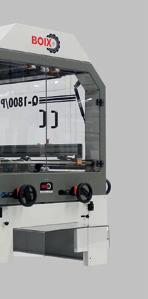
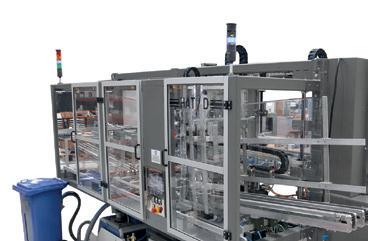








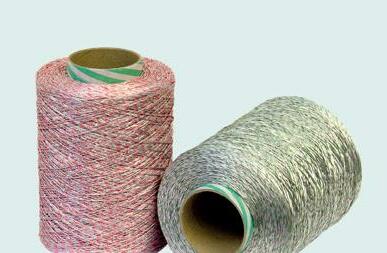







AGF Primeur • Special Edition • 2022 79 www.boix.com Scan me Scan me Scan me YOUR BOX FORMING PARTNER MCT-1/TS HAT/D Q-1800/P Top Seal Punnet Forming Machine Specially designed for automatic closing Multiple box designs Tray forming machine Compostable growth support for all types of climbing plants HIGH PERFORMANCE WITH 100% cellulose 100% compostable available with hooks or just on bobbins customized easy disposal: together with organic waste low disposal costs climate-friendly CONTACT US: www.compopac.de info@compopac.de +49 9823 955 160 TWINE FOR CLIMBING PLANTS NO PLASTIC Be part of THE CHANGE. Be part of THE FUTURE! Growth ADVOCATEN / LAWYERS Specialists in fresh produce law Weena 614, 3012 CN Rotterdam The Netherlands • T: +31 - 10 201 29 39 E: info@borsboomhamm.nl • I: www.borsboomhamm.nl
Interpera raises the question:
How does the dull pear become hip again?
How is it that so many pears are produced worldwide, while many people think it is just a small crop? Atlas Big estimates global pear production at nearly 24 million tonnes per year. Admittedly, that is nowhere near the production of, say, bananas, which is nearly 117 million tonnes, but is far more than the over 7 million tonnes of avocados or 8 million tonnes of blueberries grown worldwide.
RABOBANK URGES PEOPLE TO TELL THE POSITIVE STORY OF PEARS AMID CHALLENGES
Yet little attention is paid to the pear, observed Cindy van Rijswick, Specialist Food & Agri, at Rabobank Research during the Interpera conference held in Rotter dam at the end of June. “Searching in Goo gle for pears, you get 357 million hits, but the avocado has 200 million more hits. So this shows the work the pear industry still has to do.”
Rabobank sees the war in Ukraine, supply chain disruptions, a tight labour market, persistently high freight rates and low shipping reliability and inflation as chal lenging factors affecting the market. “We currently see that the peak of inflation still has not been reached completely.”
Rabobank expects inflation to continue in the next few months, especially for food since many of the costs for producers have not yet been passed on in the supply chain.

“In the last 12 months on average producer costs have been increasing by 53 percent
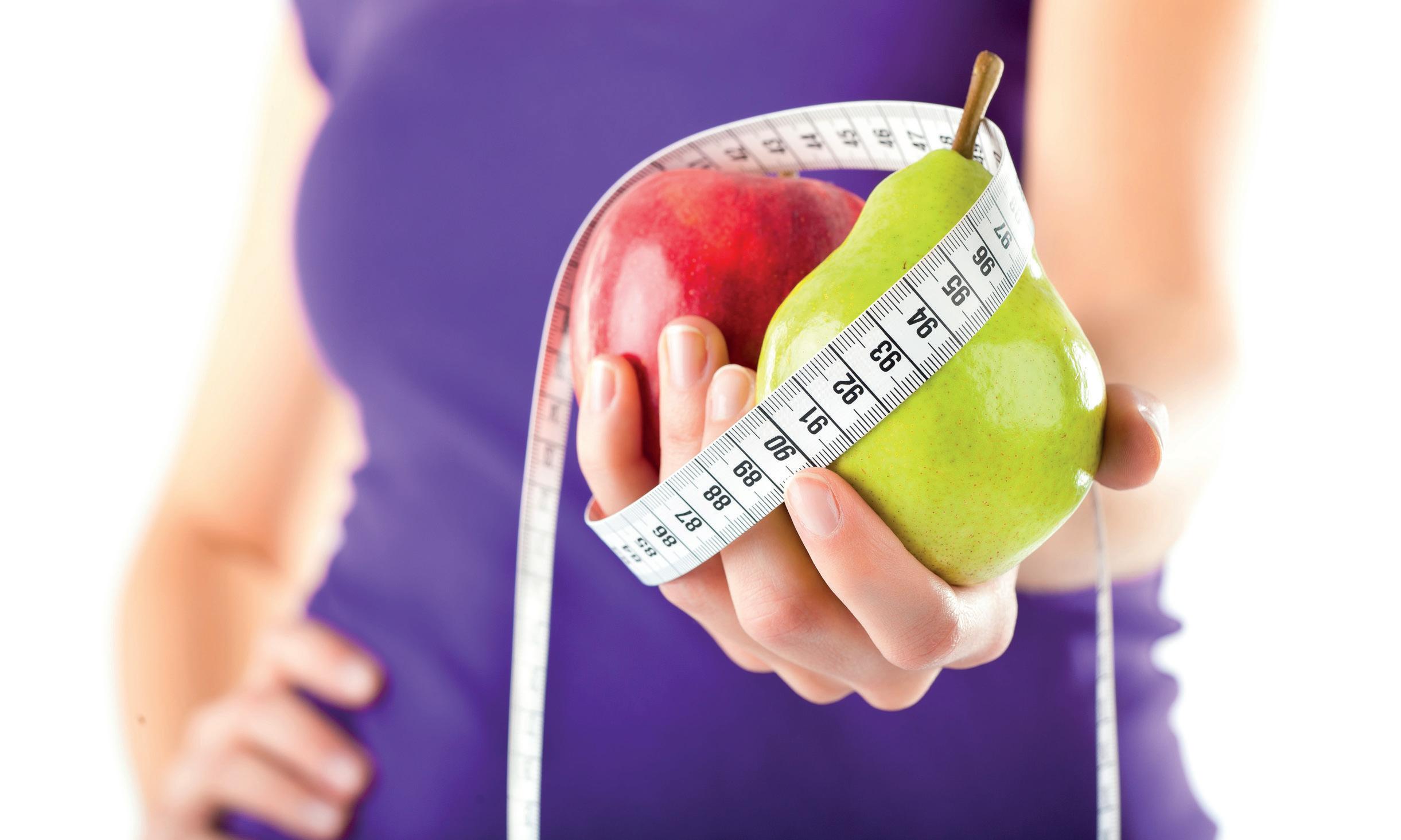
in the Eurozone-area. Producer prices were 20 percent higher and consumers only paid 8 percent more. So, there is a gap and people are taking tighter margins for granted but this situation cannot go on forever. Therefore, we expect more infla tion to come at producer and consumer level.” Cindy mentions that in 2023 infla tion is expected to come down.
RECESSION?
One of the questions surrounding inflation is how it will impact consumer behaviour. “We see different things. On the one hand consumers are very worried; consumer confidence is at a very low level in nearly all European countries. The low-income groups really have to save money because their budgets are very tight. In some coun tries we see consumers already changing, buying more at discounters. At the same time spending on holidays and in restau rants is very high. So, we see a contra diction here. Also consumers still have a lot of savings from the Covid time and the unemployment levels are very low in
many countries. But we expect that after the summer this positive Covid-spending will end. Consumers will get back to reali ty and spend less on restaurants and holi days and more on heating once it gets cold.”
It leads Rabobank to expect a recession in several countries. Concerning Dutch spendings on fresh produce, Cindy sees that they are declining and returning to normal, pre-Covid levels. “Although in some countries we already see that fruit purchases fall a bit below the level of 2019.” Rabobank expects consumers to trade down, shift channels, buy more pro
Cindy van Rijswick of Rabobank thinks pears have a positivestory to tell
AGF Primeur • Special Edition • 202280 Topfruit
European pear imports are on the decline
Turkey is gaining market share, Argentine and RSA will be most affected by Ukraine war
EU (incl UK) imports of fresh pears
Thousand tons
18
Russian fresh pear imports
200
Thousand tons
Other China Turkey Argentina Chile South Africa
Thousand tons
100
50
0
Sources:
2016
100
Other Serbia Bosnia Herzegovina Chile Turkey Belarus South Africa Argentina
0
From a more long-term perspective: the pear market has entered a phase of stagnancy
2.500
2.000
1.500
1.000
motions or private label products. “It is not always clear that consumers buy less or less premium products. We will have to see.” The Rabobank researcher concludes that specifically for pears it is difficult to foresee the impact on the market. “Pear consumption is related to various factors, including availability and prices of substi tute fruits.”
150 POSITIVE STORY TO TELL
500
-
250 So potentially not a good perspective there. Global trade shows a less promis ing perspective as well. “Production and export show a similar trend. Growth has really levelled off and we have entered a phase of stagnancy.” On top of that Cin dy observes more local trade as well as a declining trend in major import markets like USA, Canada and Mexico. An exception
2016
Sources: FAO, UN Comtrade, Rabobank, 2022
• Global pear production has become fairly aligned with the stagnant global market
• More local for local (<1000 km) production?
2021 is Indonesia whose pear imports, mainly from China, have more than doubled since 2016. Although pear imports from Argen tina into the EU are slowing down, they manage to keep their market share fairly well in Brazil, USA and Canada.
50 For the Dutch apple and pear indus try Rabobank observes some serious challenges. “We already see the long-
AGF Primeur • Special Edition • 2022 81 Global fresh pear exports Trendline
• Major import markets show declining imports
150 200 250 300
2020
UN Comtrade, Rabobank, 2022
3.000 3.500
17
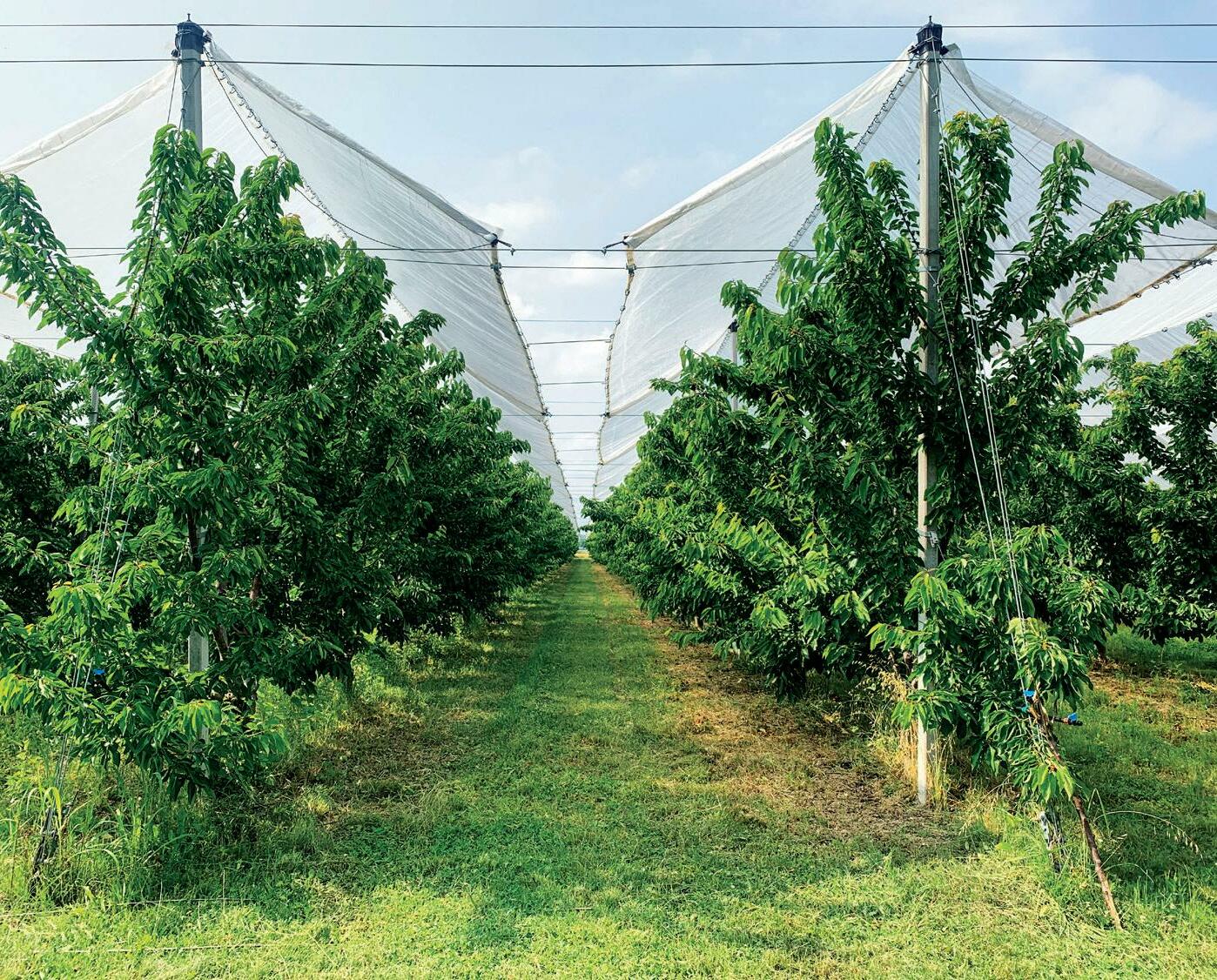

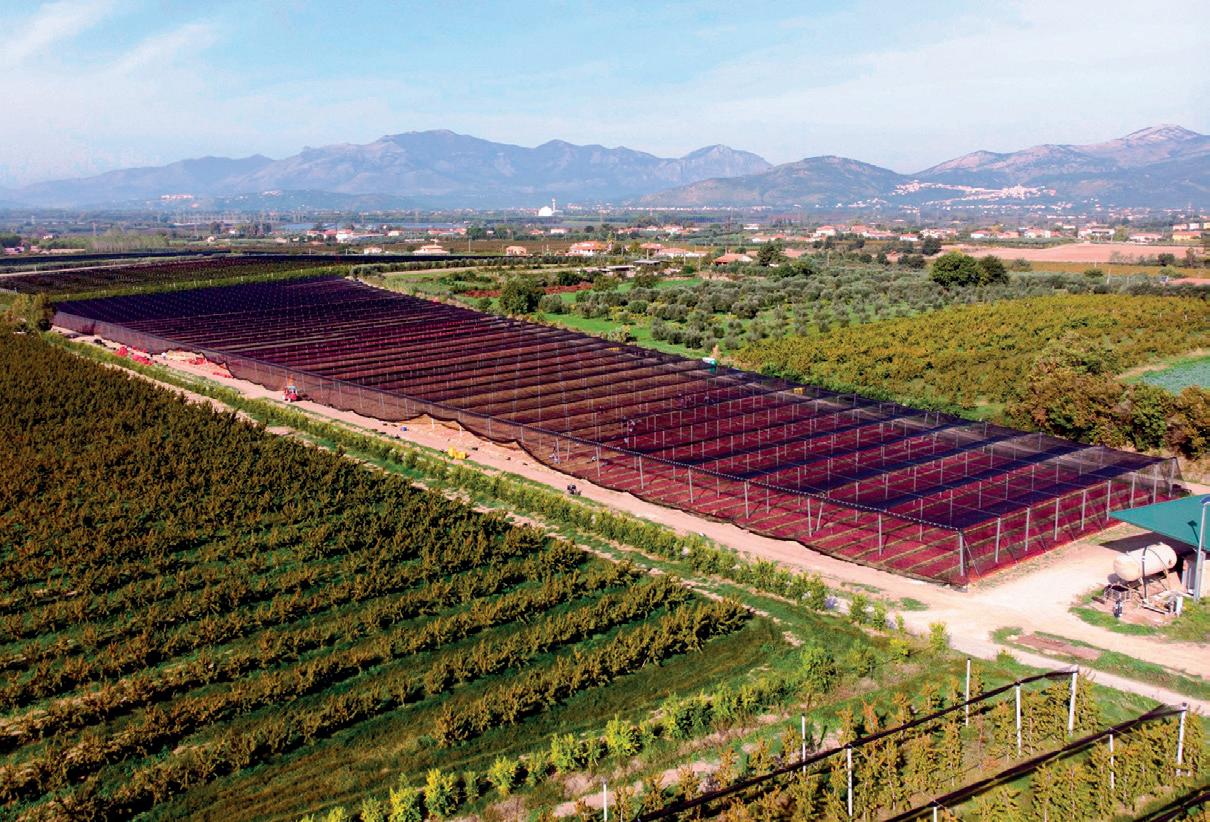





term profitability levels for growers are low. The risks are not balanced with the returns, which is a big issue.” Cindy urges not to forget the P from profit next to People and Planet. “Without profitable growers it is difficult to get a sustainable sector after all.” She also emphasizes the need for

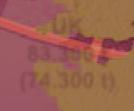







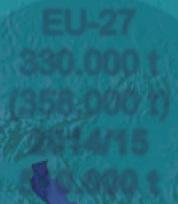




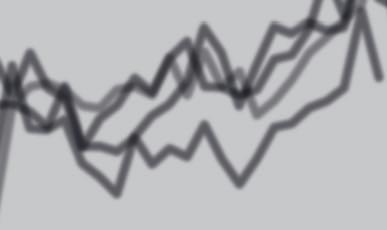



creating more excitement for pears for a more positive perspective. Still, notwithstanding more challenges in the field of crop protection, water, labour and biodiversity, Cindy sees that the pear industry has a positive story to tell. “Pears fit well in a diet that is healthy for people and planet.
The carbon footprint, especially for locally grown pears is very, very low compared to any other food product or even other fruits. That positive story should be told more and more.”

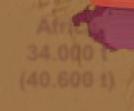


AMI OBSERVES LESS CONSUMPTION AND MORE PRODUCTION; A CHALLENGE FOR THE COMING SEASON














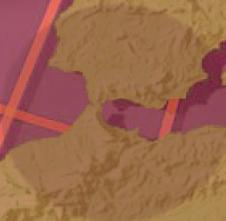
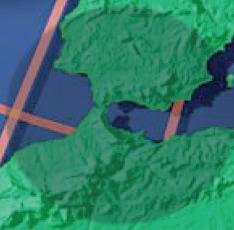






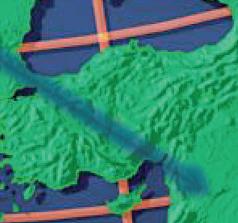








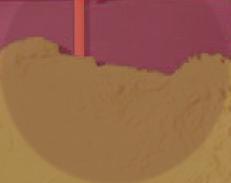











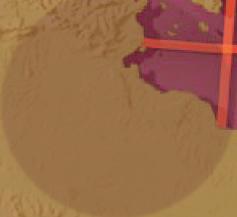
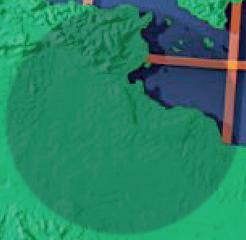























“Less fruit is being bought,” said Helwig Schwartau, Division Manager Horticulture at AMI, the German based Agricultural Market Information Company. Helwig blames the Ukrainian war for the dip in fruit sales and hopes that 2023 will bring a better situation.










Apart from less consumption he sees the declining exports to Eastern Europe, higher freight costs, exploding household costs as factors affecting the global flow of goods. Strangely enough prices of fruits and vegetables in supermarkets in Germany fell in May by respectively 4.6 and 3.4 percent compared to May in the previous year. Whereas most other foods like for instance milk (+20.9 percent) or beef (+21.7 percent) noted a significant increase in retail prices. Helwig sees that the large supply of fruit – there is a lot of apples, pears, strawberries and a strong crop of sweet cherries – causes the retail prices to go down whereas the producer needs higher prices as costs are rising. “If we have a full pear crop, we have a problem for the future.”




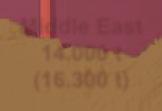
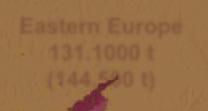



In terms of pear production, figures show that frost increasingly causes fluctuations in production. From 2015 to 2018 the harvest volume was more or less stable. From 2019 fluctuations were visible. But










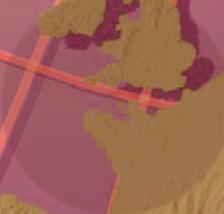



































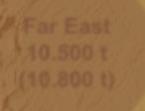

































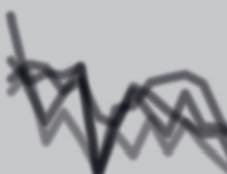








 Helwig Schwartau, Division Manager Horticulture at AMI,
Helwig Schwartau, Division Manager Horticulture at AMI,
AGF Primeur • Special Edition • 2022 83
Since February less fruit consumption Weekly penetration of fruit buy volume (household) in Germany 35 38 41 44 47 50 1 4 7 10 13 16 19 22 25 28 31 34 2020/21 2021/22 2019/20 2018/19 Source: AMI nach GfK Haushaltspanel© AMI 2022/OG 225 | AMI informiert.de War in Ukraine Pears more and more club varieties European production, in tons © AMI 2022 | AMI informiert.de Source: European traders 2020 2023 Total 41.550 66.800 Variety/brand 2018 2020 2021f 2023f 2025f Xenia 8.550 13.750 15.000 20.000 26.000 Celina/QTee 2.100 8.300 9.000 15.000 22.500 Cipuna/Migo 5.000 7.000 8.000 10.000 12.000 Sweet Sensation 7.000 9.500 9.000 10.300 11.500 Gepa/Early Desire 2.000 2.500 5.000 Red Conference 1.000 1.000 2.000 CH 201/Fred 6.500 EU 27 Pear exports in 2020/21 (Aug. April), comparison to 2019/20 34.000 t (40.600 t) East 10.500 t (10.800 t) Source: Eurostat Eastern Europe 131.1000 t (144.500 t) Middle East 14.000 t (16.300 t) Latin America 24.700 t (42.100 t) Belarus 106.000 t (116.000 t) UK 83.300 t (74.300 t) 2021/22 268.000 t 2021/22 64.000 t
apart from these weather-induced fluctuations EU pear production is affected by a decreasing surface area. Where Belgium, the Netherlands and France show an increase in surface area between 2016 and 2020 this is not true for pear producing countries Poland, Spain and Italy. This leads to an overall decrease in the EU of 1.5 percent equalling over 108,000 hectares. For 2022 Helwig expects a good crop of around 2.3 million tonnes. This does not fulfil the entire EU potential that AMI calculates to be 2.45 million tonnes. Another aspect of the European pear production that Helwig observes is the increasing popularity of club varieties. Where in Europe in 2018 only 22,650 tonnes were produced, AMI expects a harvest of 78,500 tonnes in 2025. Frontrunners are QTee and Xenia followed by varieties Migo and Sweet Sensation. “Those are the main varieties for the next few years. I think they will have a good position. The situation of Abate Fetel is decreasing slightly and we will have a gap at the highest price level at the retailers.”
In terms of consumption Helwig sees that in many European countries pear consumption is declining whereas the consumption of other fruits, mainly berries, are on the rise. In 2021 the consumption was 781,000 tonnes in the most important pear consuming countries in Europe. That is more or less the same level as in 2019 but since 2016 (925,000 tonnes) a declining trend is visible. The pear of preference in many countries is Conference with a market share roughly between 60 and 70 percent or more. This is with the exception of Germany where the Conference market
share is growing but not dominating. For instance, Abate Fetel, Packhams and other varieties are popular as well. “For the next season 2022/2023 for Conference we need the consumption peak of 2021. This is also a challenge for the Netherlands or for Belgium.” On top of that come the 50,000 tonnes the Netherlands, Belgium and Spain exported to Italy because of the very low local harvest. “They will need another market.” AMI mentions that EU pear exports fell from 510,000 tonnes in 2014/2015 (before the Russian border closed) to 330,000 tonnes in 2020 and even 268,000 in 2021/2022. “We need more export. This is a challenge for all European countries.” The overall situation leads Helwig to conclude that more pear consumption is needed.
Superunie sees opportunities for pear consumption in different eating moments
There appear to be possibilities for that. André Boer, fresh produce buyer at purchasing organisation Superunie, sees that pears are doing ok, but also observes that since pears are mostly consumed as a snack – by pensioners and families with young children, there is room for other eating moments and that it is difficult to reach young people. He mentions other eating moments could for instance include a pear in the breakfast yoghurt. Superunie represents 13 independent retail organisations in the Netherlands and has a market share of almost 30 percent. While André thinks inflation will affect the sales of fruits and will therefore pose a challenge for Dutch pears, he also sees an opportunity. “The Dutch pears do not need

too much transportation so we can get them cheaper than for instance kiwifruit, blueberries or citrus.” Notwithstanding that, the buyer mentions that supermarkets need imported exotic fruit as well in order to round out the assortment. “It’s better to have a good assortment that is attractive for all consumers than to say ‘we do not import’. There is consumer demand for products like avocados, mangos or blueberries that we fulfil that cannot be replaced by Dutch apples and pears.” Moreover, André concludes that Dutch apples and pears do not cover the entire top fruit assortment. He mentions that for example Granny Smith apples are not available in the Netherlands.
André signals that there is room for new pear varieties in the assortment but only if the pear is really different in taste, looks attractive, has a good shelf life and is available for a longer period. “It’s not easy to get a place on the shelve.” Moreover, the assortment is filled with Conference pears at 85 percent. The supermarket buyer also thinks that promotion can play a role in increasing the popularity of the pear. He stresses that this should be done together, promoting the pear in general and not only for club or specific varieties and that the starting point should be consumer preferences. “First know the consumer and then educate the consumer.” And he sees that this approach worked well with for instance aubergine, once a really difficult and unknown product. “Now it’s popular. The aubergine was promoted on all levels. Then you see you can get the consumer using the aubergine.”
André Boer, fresh produce buyer at purchasing organisation Superunie
AGF Primeur • Special Edition • 202284 Topfruit

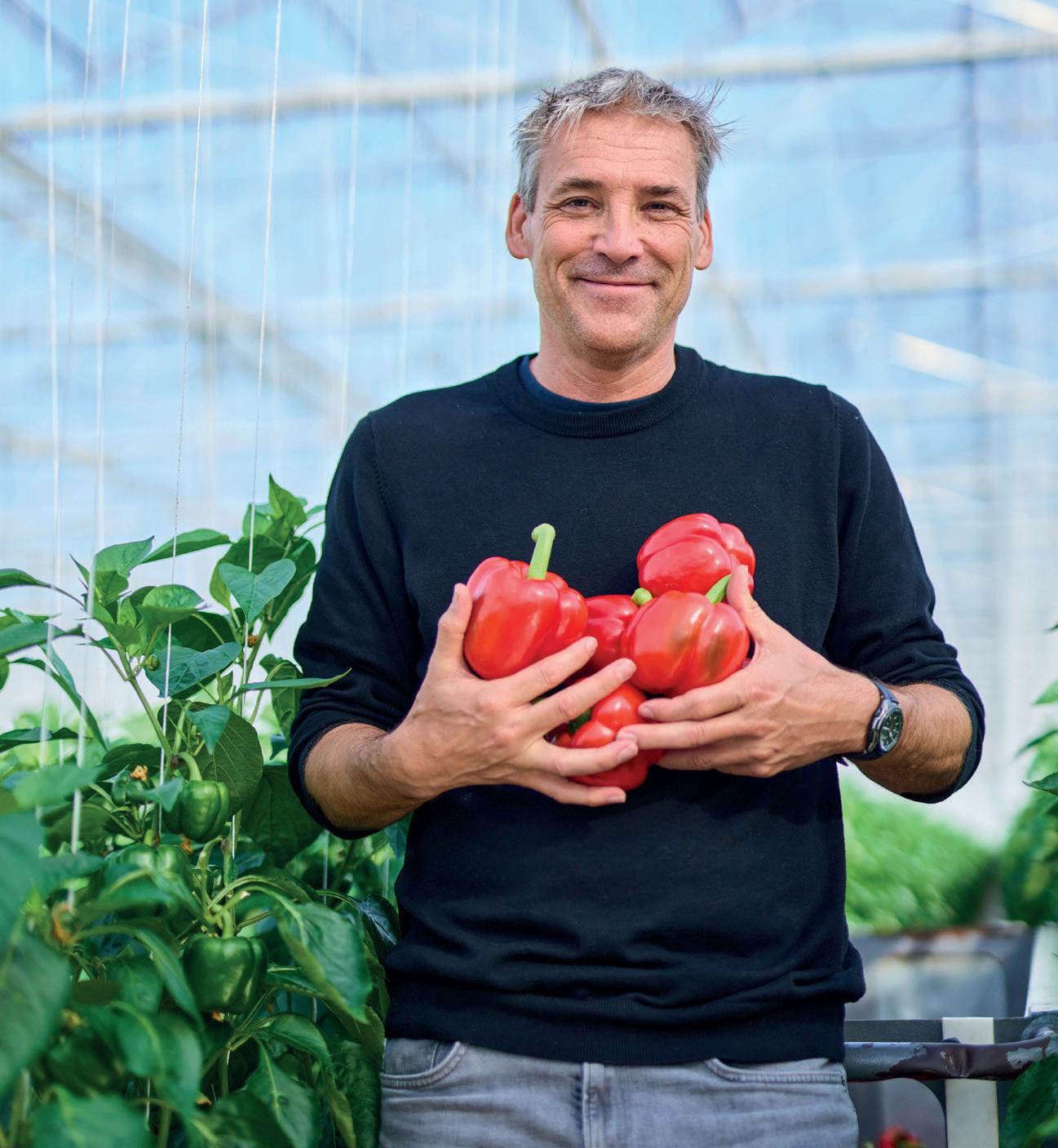





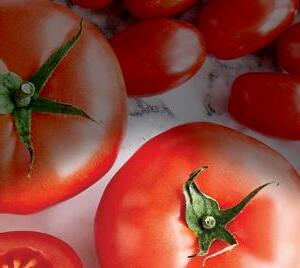


Campaign financed with assistance from the European Community VLAM Flanders’ Agricultural Marketing Board Koning Albert II-laan 35 / 50 • B-1030 Brussels T +32 2 552 80 11 • F +32 2 552 80 01 • info@vlam.be www.flandria.be FLANDRIA: THE FRESH FAMILY. Visit us at Fruit Attraction Madrid 4 - 6 Oct. 2022 Pavilion 10 , booth 10E07, 10F07, 10G07, 10G08
The greenhouse industry has become key to food security and survival

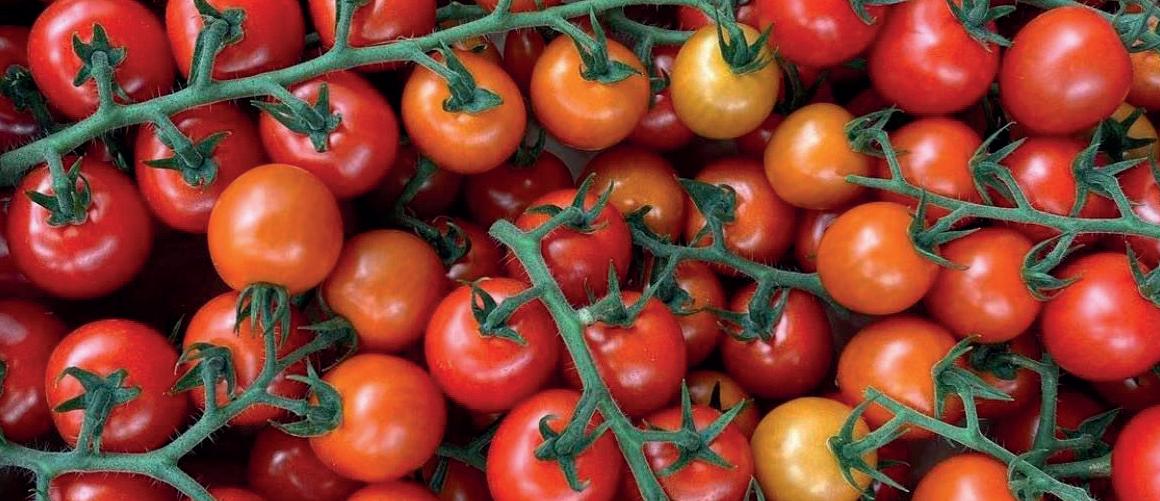
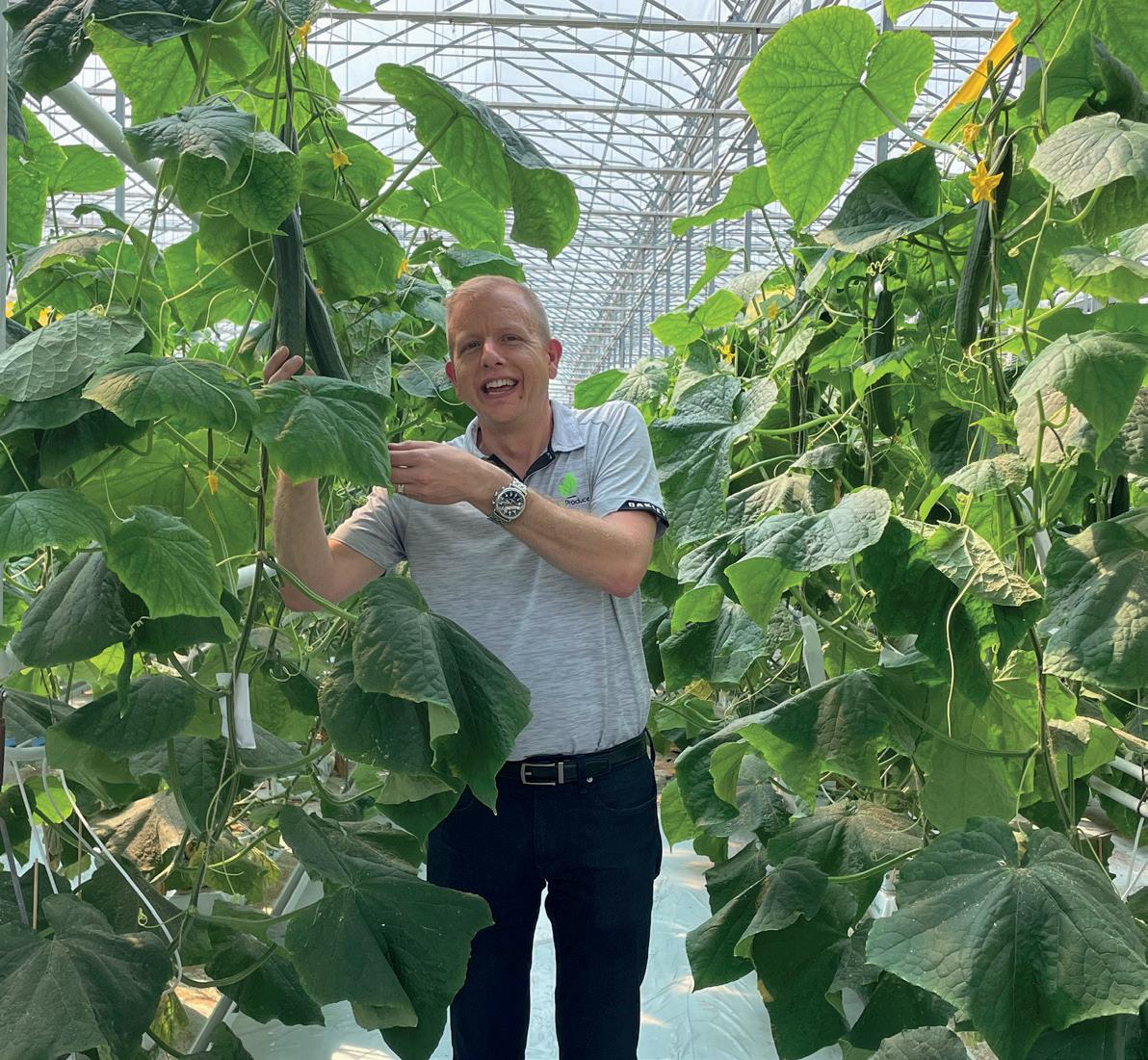
The greenhouse industry continues to undergo rapid changes, also in North America. Demand has increased significantly in recent years, consumers have become more demanding, gas prices are up, and climate changes are noticeable around the world. “It is an exciting time to be in the greenhouse world as we play a crucial role in feeding families,” says Jeff Richardson with Great Lakes Greenhouses. The company was founded in Leamington, Ontario, Canada, over 39 years ago and has grown to be one of the largest growers, shippers, and packers of hydroponic cucumbers in North America.
Great Lakes has been owned and opera ted by the same family since its foun dation in 1983. The company grows long English cucumbers under 72.5 acres of polly. In addition, 14 acres of conventional mini cucumbers, 14 acres of organic bell peppers, 10 acres of organic TOVs, four acres of organic beef and cherry on-the-vi
ne tomatoes as well as 3.5 acres of organic mini eggplants are part of the portfolio.
HANDS-ON OWNERSHIP TO GUARANTEE QUALITY
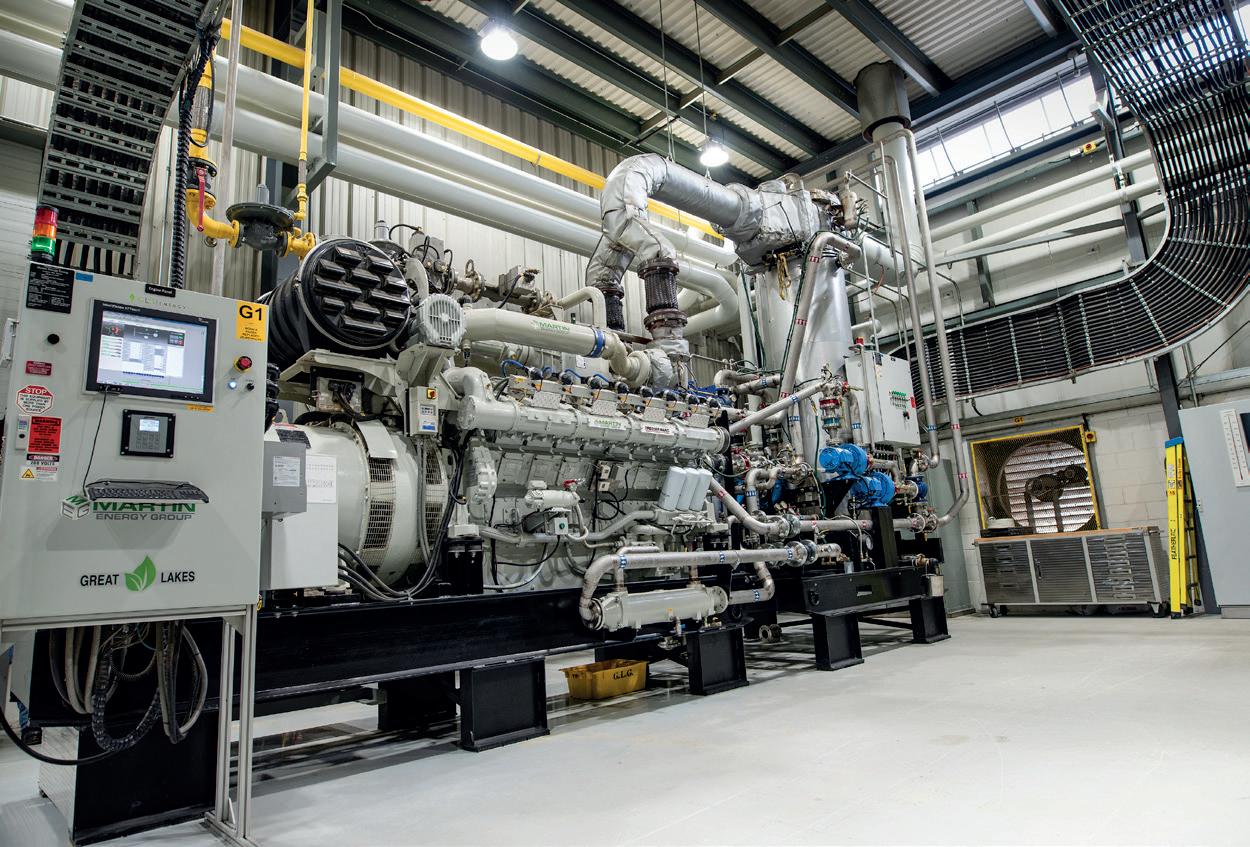
To adhere to the demand of today’s con sumer, controlling quality, consistency, and supply have become key. “To ensure
quality from seed to plant, we propagate our own plants,” said Richardson. “We control the entire process from seed to shipping and feel we get to grow a bet ter plant by doing it in-house.” Every two weeks, about 120,000 plants go into the four-acre propagation site with the flood floor being its show piece. The floor has been made by European design and allows Great Lakes to sterilize the water, preventing root diseases in young plants. Water for the plants comes up through the floor as needed and sprinklers are used to take the heat off the plants. Once ready to be transplanted, four acres of propaga tion area fill approximately 20 acres of the greenhouse.
Many Canadian greenhouse growers have expanded facilities into the United States in recent years. Great Lakes however
AGF Primeur • Special Edition • 2022 87
Greenhouse vegetable

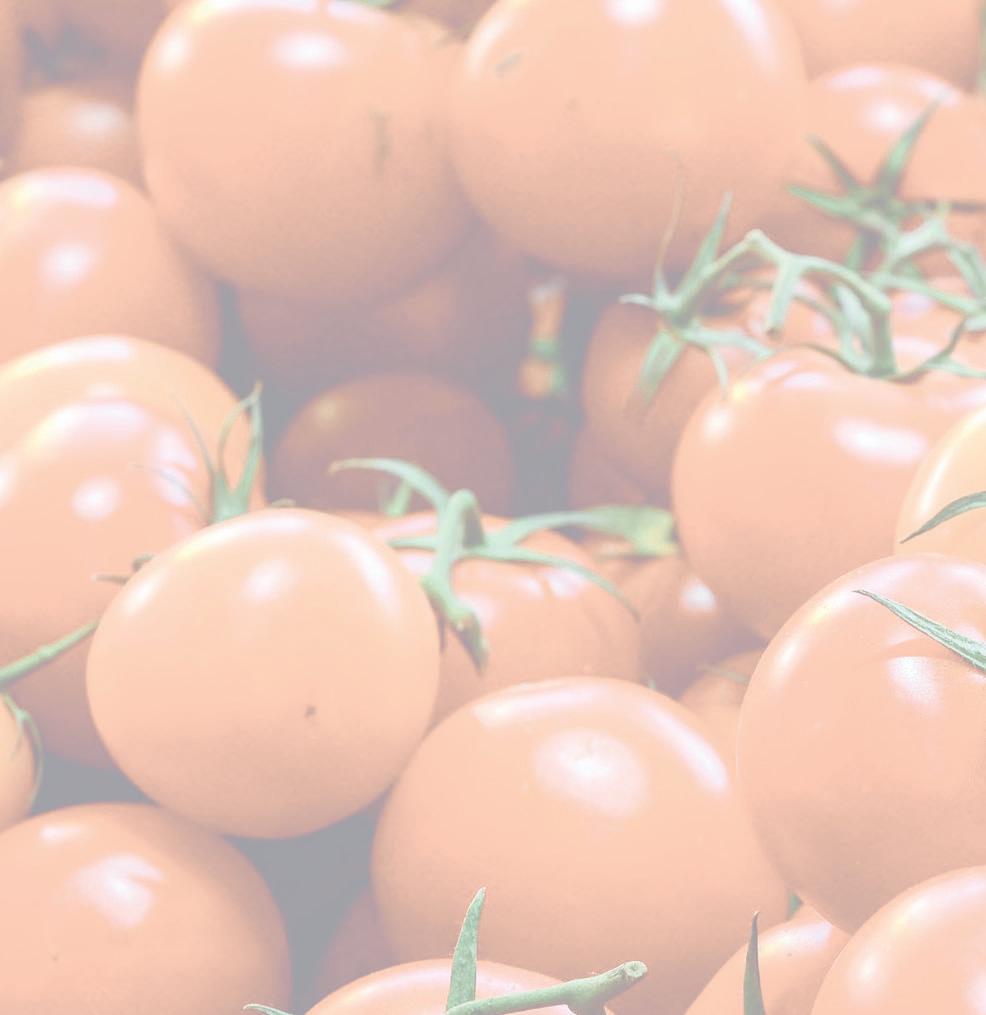
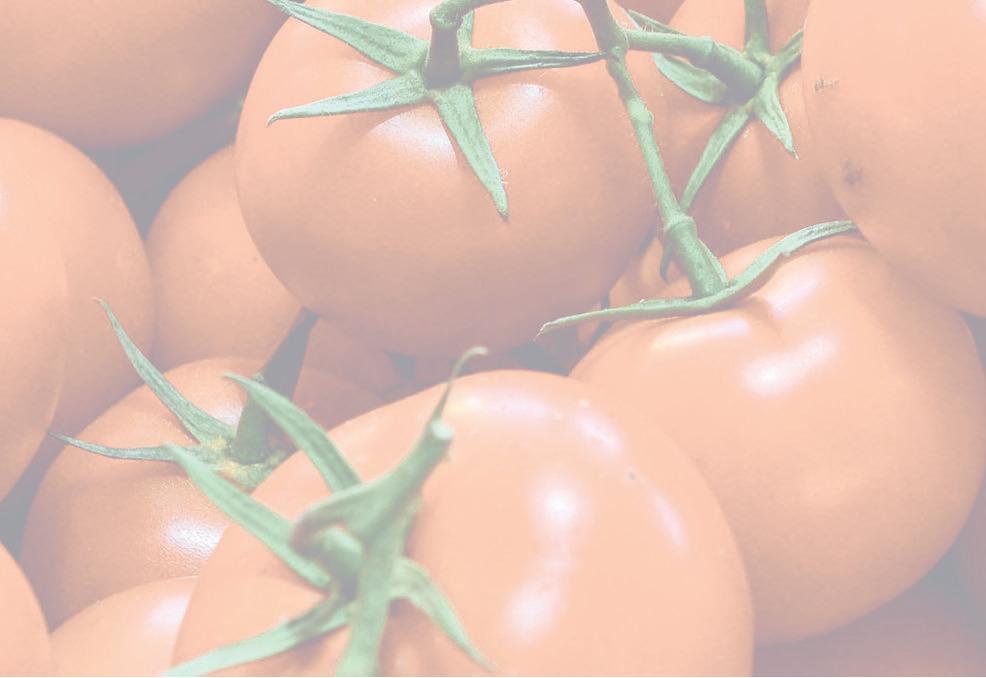

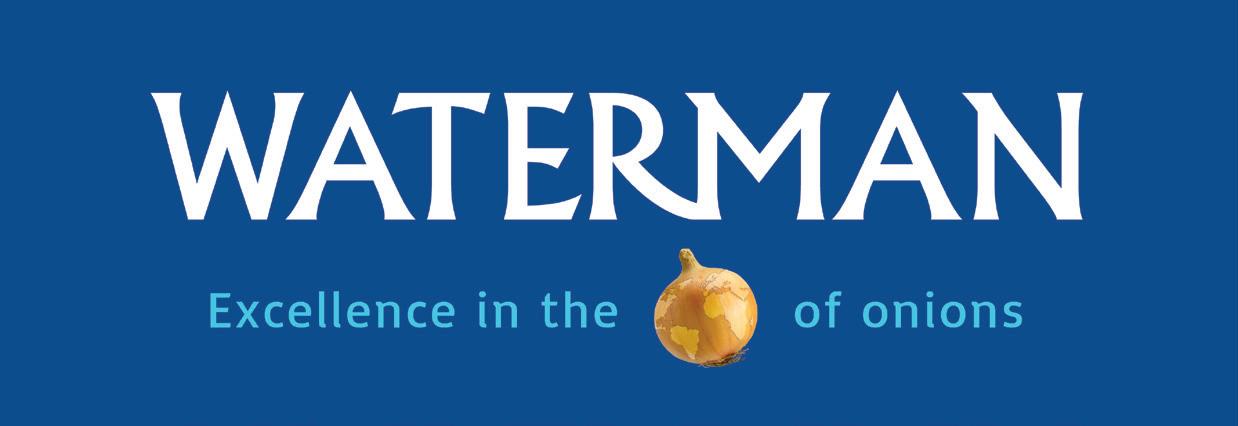






 Photo:JuliaVolk,pexels.com
Photo:JuliaVolk,pexels.com
AGF Primeur • Special Edition • 202288 Rotom N.V. | Drevendaal 38 | B-2860 Sint-Katelijne-Waver Tel: +32 15 32 38 32 | Fax: +32 15 32 38 33 | info@rotom-tomatoes.com | www.rotom-tomatoes.com Our mission To create as short a chain as possible, so the product can reach the consumer as fast and fresh as possible. Packaging With 5 modern packing lines, we package according to the client’s demands and expectations. All packaging types are possible! Among others: flow-pack, stretch wrap and top-seal packaging with desired film or labels. Trade Tomatoes, Belgian endive, eggplant, bell pepper, lettuce, cucumber, pears and apples... all fresh from the grower! Logistics Storage capacity up to 1200 pallets. State of the art conditioned warehouse. Own fleet of 10 trucks Come visit us: Hall 10 | Stand 10G07 activeIT Software&ConsultingGmbH| www.active-it.at Softwareforfoodproducingcompanies
believes they are able to offer better quality control by having just one facility. “Our owner is very hands-on, working in the greenhouse seven days per week to make sure we continue to deliver on quality and consistency.”
CLIMATE CHANGE
Global food supply has become a challenge, largely caused by disruptions. Where weather events like flooding, hurricanes, and droughts used to be rare, they have now become the norm. With controlled environments being able to continue to deliver consistent supplies, the importance of the greenhouse industry has exploded. “No matter what the weather disruption is, in a controlled environment like a greenhouse, we are still able
to control consistency, quality, and supply,” said Richardson. “Field production on the other hand is directly impacted when a significant weather event does happen. As a result, the greenhouse industry has become key for survival.”
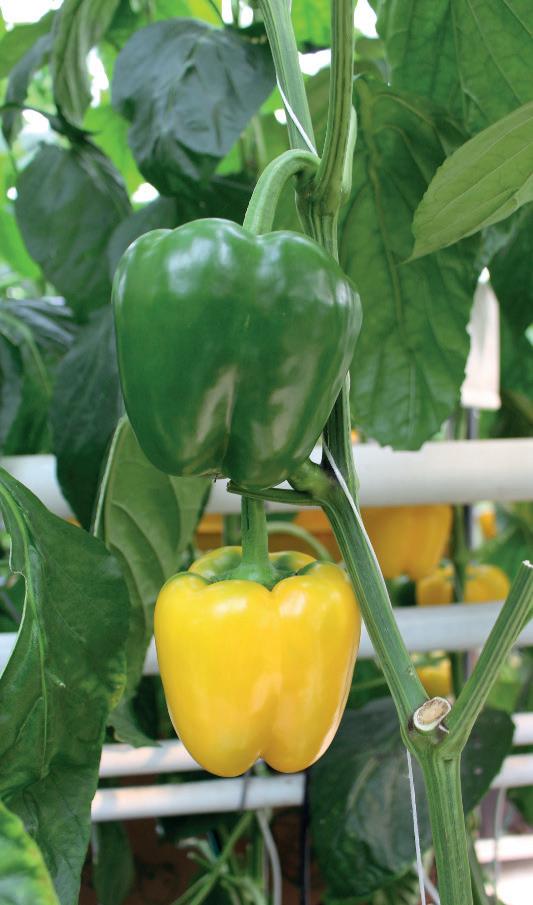
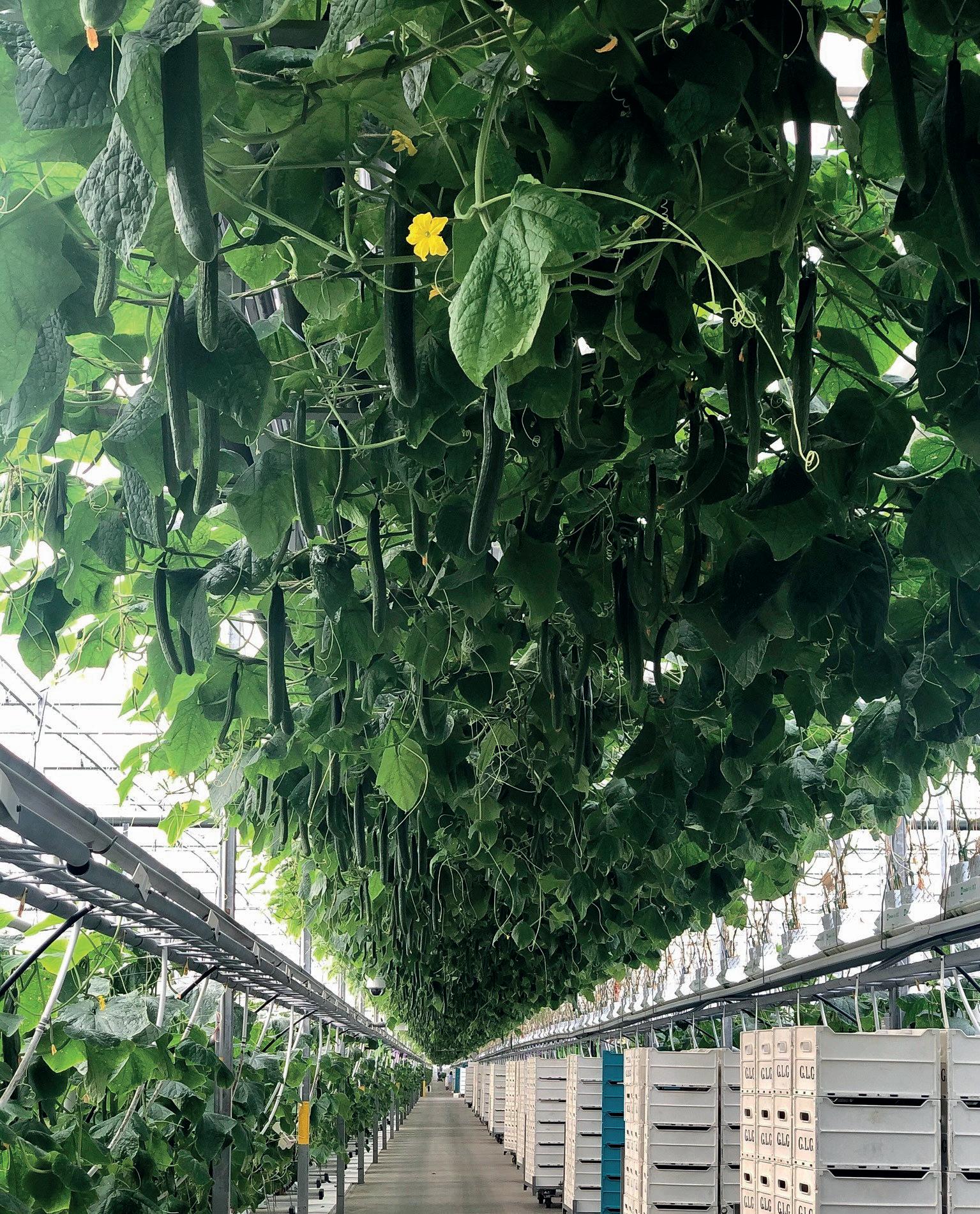
EXPANSION OF COMMODITIES
The importance of the sector has resulted in expansion of greenhouse acreage in recent years. Between 2016 and 2020, Canada’s harvested area of greenhouse grown vegetables has gone up from 15.9 million square meters to 18.1, an increase of 13.5 percent. During these years, the acreage of traditional commodities like tomatoes, cucumbers and bell peppers has remained relatively stable. However, the area with lettuce, strawberries, herbs, and


eggplant under glass has increased dramatically. “When I was a kid, people didn’t think about strawberries in winter, but now, everyone wants them year-round,” said Richardson. Younger generations in particular expect a 12-month supply, and this has now become the standard. Due to climate change, supplies of field-grown strawberries have become more inconsistent. This, in combination with increasing demand, has resulted in greenhouse grown strawberries becoming a necessity. Although Great Lakes hasn’t ventured into strawberries under glass yet, the company is actively trialing multiple new commodities for their greenhouses. In general, there are lots of trials with different berry varieties taking place. “It has to work in terms of yield and returns, but it also
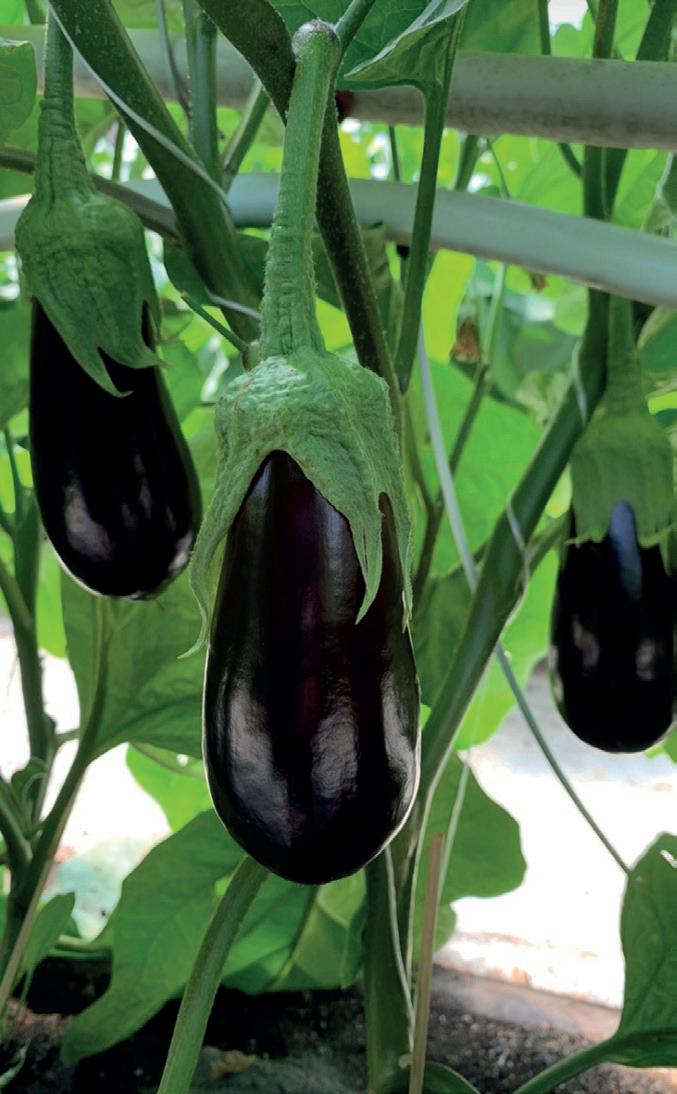
AGF Primeur • Special Edition • 2022 89
needs to be the right fit for our partners. If the right opportunity presents itself, we are able to adjust very quickly and add a new commodity to our offering.”
COST INCREASES
Lately, the greenhouse industry has been significantly impacted by an increase in gas prices. “At Great Lakes, we are fortunate to be 100 percent off the grid. In an effort to do more for the environment, management took us off the grid several years ago,” commented Richardson. A large co-gen room allows the company to generate electricity and capture heat at 90 percent efficiency. It was a large investment, but in this environment, being off the grid significantly reduces the company’s operating costs.
However, other costs like labor, packaging, pallets, and freight are seeing astronomical increases. In some parts of the world, greenhouse growers are making the decision to shut down operations as the costs have become unbearable. “We are not seeing that happening in Canada, but we do see expansions being put on hold.” Growers want to get a better understanding of the situation before they decide to make investments. As a result, the brakes are being put on expansion plans right now.
GROWTH OF VERTICAL FARMING
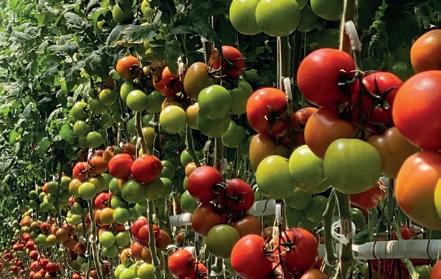
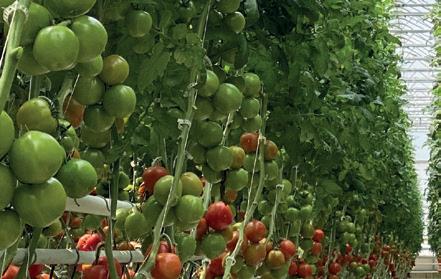
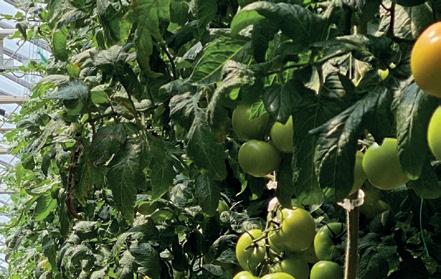
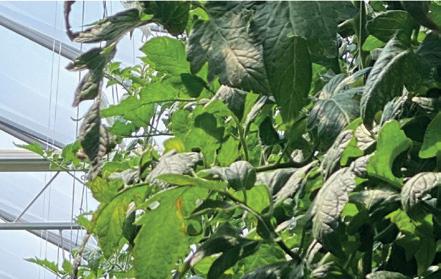
Another change in the greenhouse landscape is the development of the vertical farming industry. What are the thoughts on that from the perspective of a traditional greenhouse grower? “Food supply
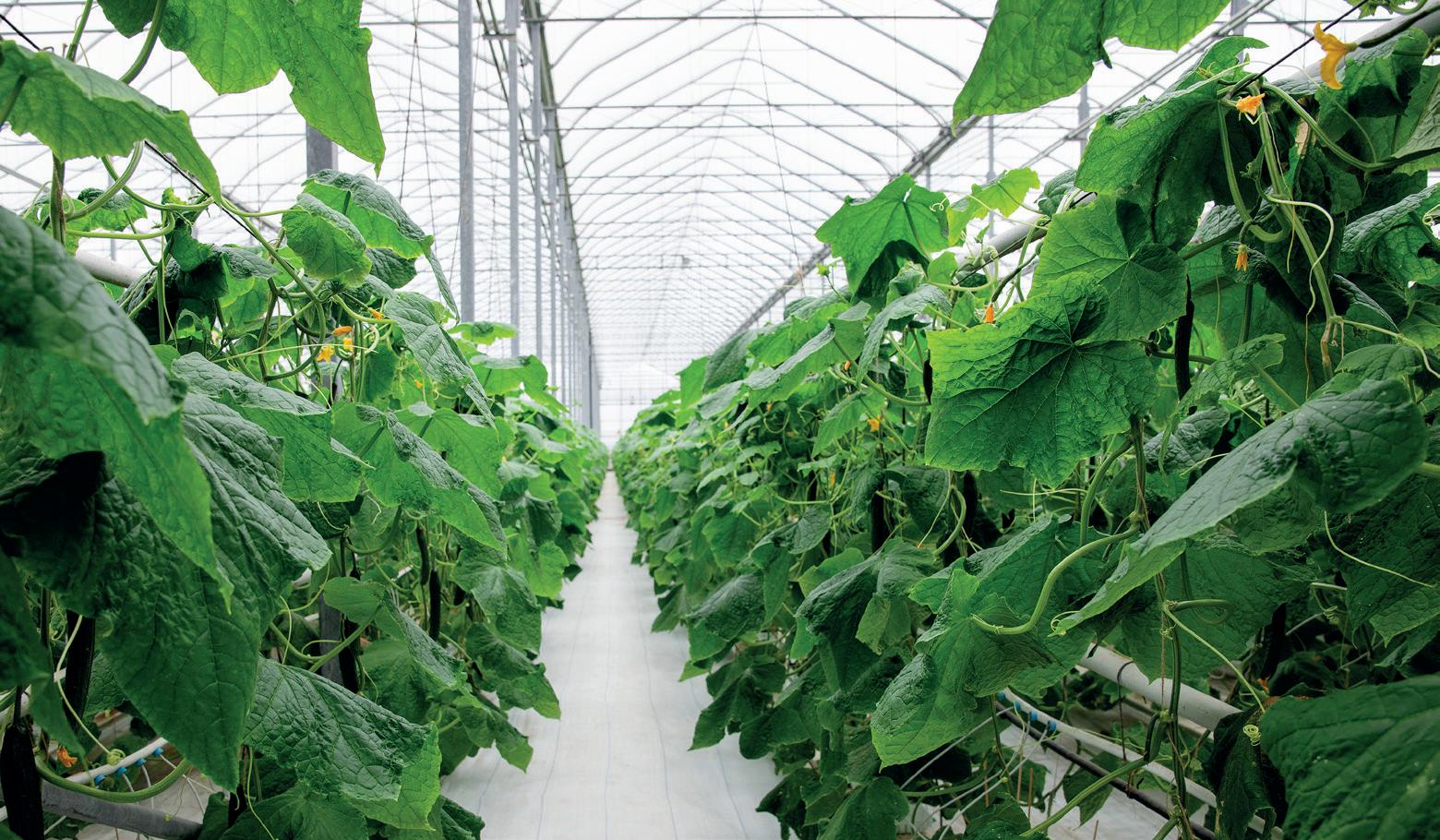
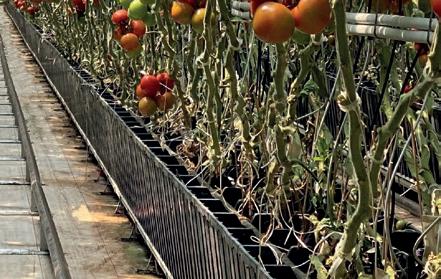
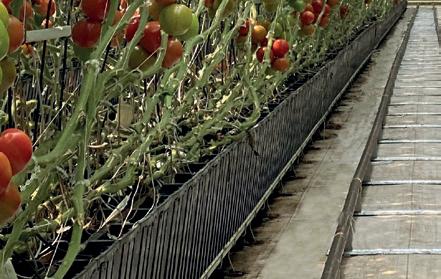


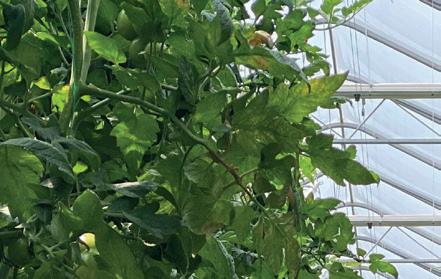

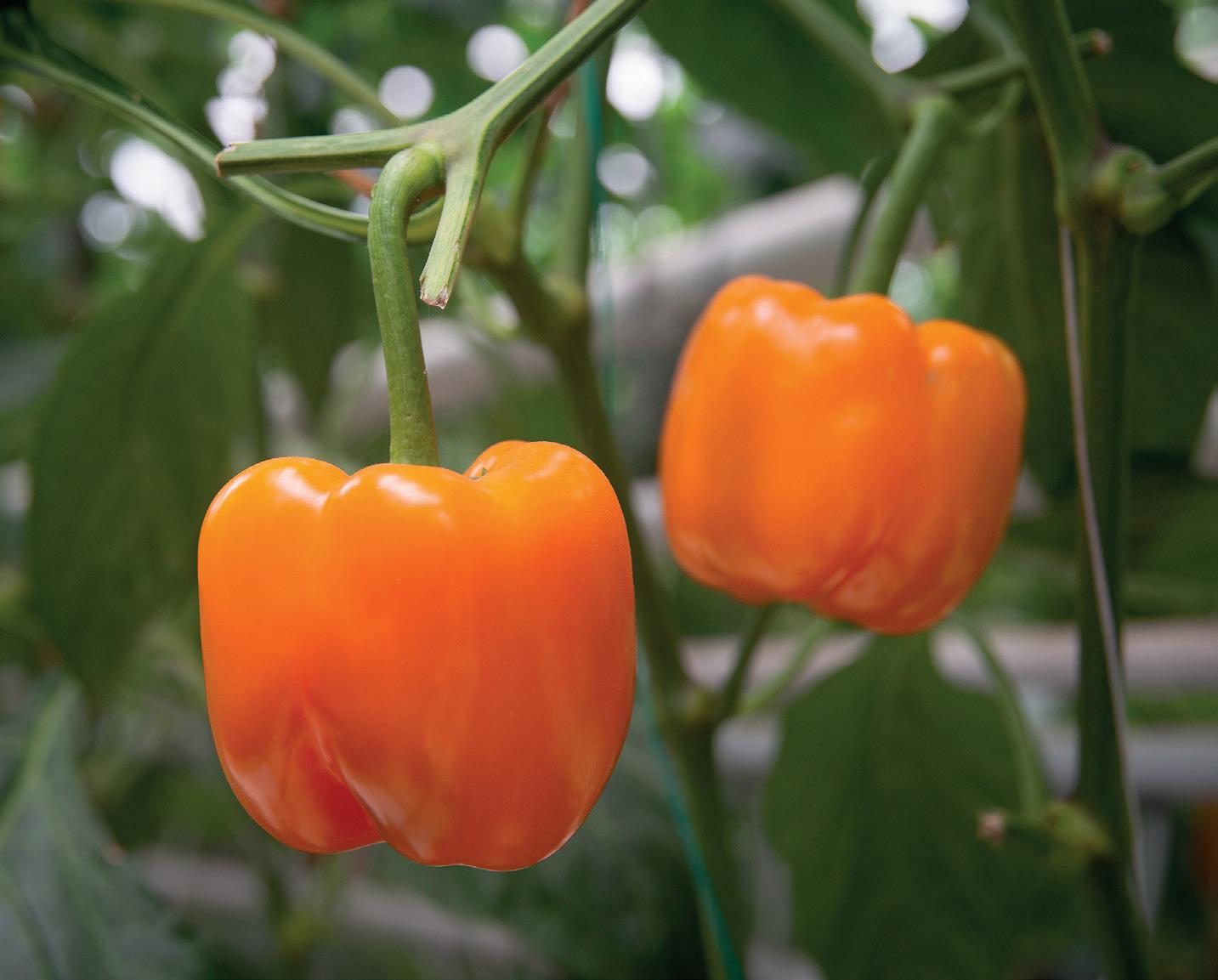
needs to increase in order to be able to feed our world population. If the demand continues to progress like it has over the past few years, we would be in crisis very soon. I strongly believe high density farms are the right thing for what we need,” said Richardson. Up until now, vertical farms have mainly been growing lettuce and leafy greens products, which helps to accelerate supplies. “I am definitely not looking at them as being competition because they are doing the right thing for our population base.”
“The developments in the greenhouse industry bring so many positive opportunities. It is really exciting, and I am proud to be part of that,” finished Richardson.
Jeff @greatlakesg.com

AGF Primeur • Special Edition • 202290 Greenhouse vegetables
The new quality label for fruit and vegetable trays
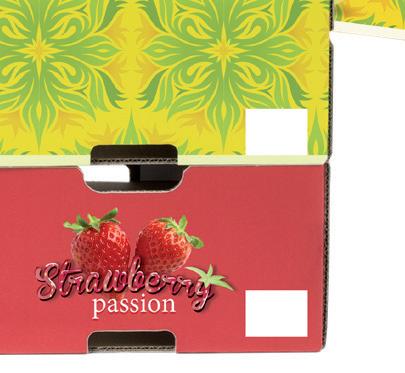


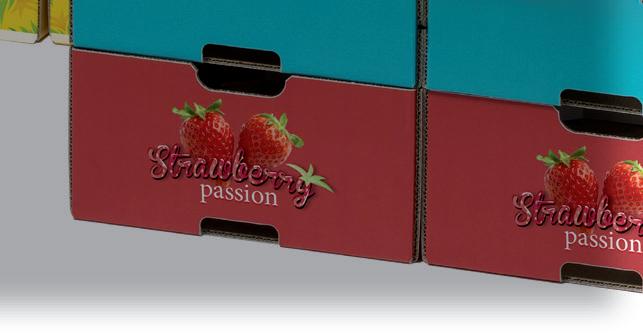
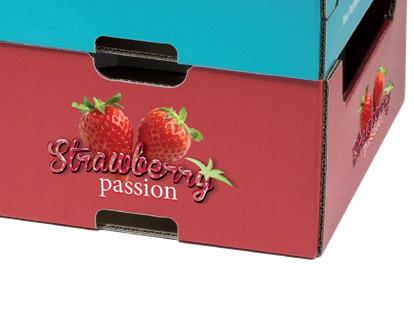
• Guarantees inter-stackability of trays.






• Guarantees the strength of the trays


• Optimal logistic performance during transport
• Optimal loading of the trucks

• Better protection of the fruit and vegetables
• Link with the GS 1 standard for optimal identification of the trays.

• External auditing by BVI (Belgian Packaging Institute)
• The CFQ label is guaranteed by the Corrugated Benelux Association (CBA)














Export Quality CBA 8 Kgs REILPPUS
For more information: info@cfqbenelux.org www.cfqbenelux.org +32 (0)2 344 19 62
We provide fresh and healthy fruits and vegetables throughout Europe
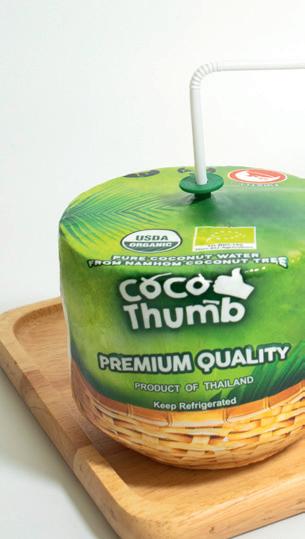
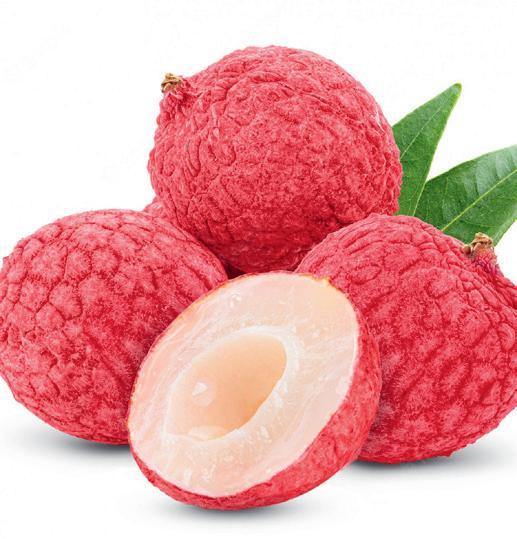

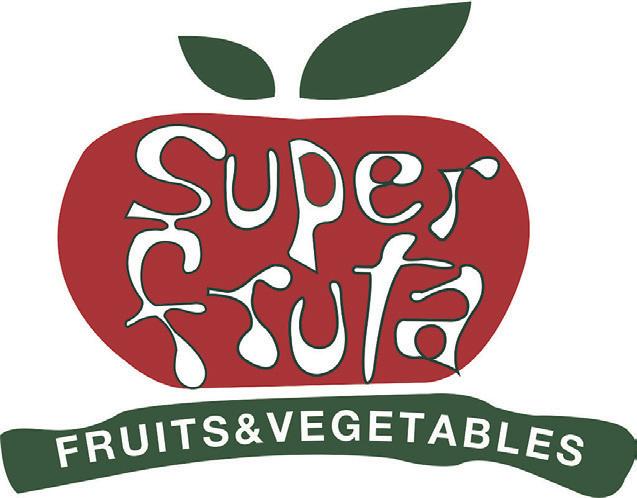
We have always been aiming to bring the taste of the homeland to the Asian Communities in Europe and to provide fresh fruits and vegetables of Asia and Latin America for the European market at reasonable prices. Our distribution categories include edible mushrooms, tropical fruits, fresh green leafy vegetables and root vegetables.
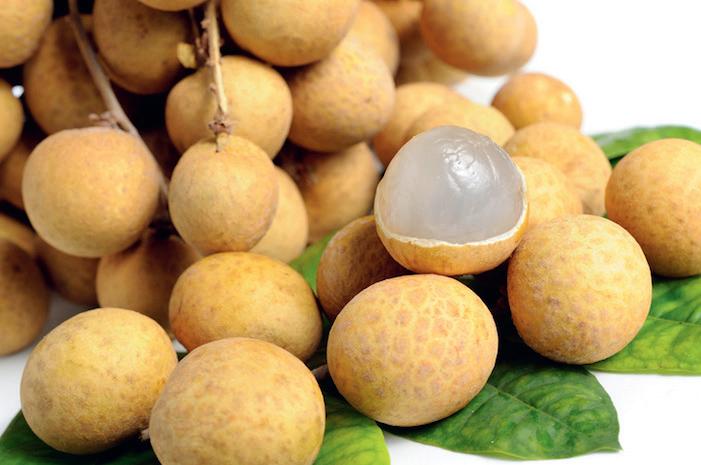
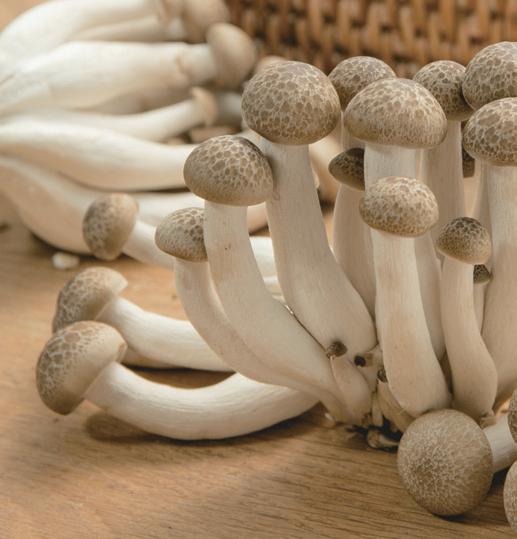
Best Exotic products, great supply, Imports: South America, Africa, Asia, EU Sales: UK, EU and Dubai

Euro Asia Fruit Dutch B.V | ABC Westland 427 | 2685 DE Poeldijk | Netherlands | T +31 (0)85 060 1688 | info@euroasiafruit.nl EURO ASIA FRUIT IMP EXP., S.L. | Calle Corullon no28 | 28947 Fuenlabrada (Madrid) | T. 0034-916421635 Email: info@euroasiafruit.com
Abel Chaves, president of CANAPEP
The three characters that changed the global pineapple market: MD2

Without a doubt, genetic improvement plays an essential role in the development of agriculture, setting trends, creating niches and offering new possibilities. Today, breeders have molecular biology techniques that could only be imagined just a few years ago, such as oligonucleotide-directed mutagenesis, zinc finger nuclease technology, cisgenesis or agroinfiltration, all of which have been called 'new plant breeding techniques' (NTMV).
In many cases, detailed explanations have been required to argue their position on one side or the other of the line separating improved organisms from genetically modified organisms. But this was not always the case. The history of plant breeding - which dates back to the dawn of agriculture, when humans began to intuitively select the seeds of those plants with the best characteristics - is full of successes achieved with much simpler techniques, which still managed to bring about true revolutions in the production and consumption at a global level. This is the case of the Golden, or MD2 pineapple. For more than a decade, Costa Rica has been leading the production and export of fresh Golden pineapples in the world without feeling the pressure from any rival, although according to Abel Chaves, president of the
National Chamber of Pineapple Producers and Exporters (CANAPEP), the origin of this fruit, “the sweet pride of the Ticos, lies about 8,000 km to the west in the central Pacific Ocean. The MD2 pineapple was the result of a years-long project developed at the Hawaii Pineapple Research Institute (PRI) back in 1973, with the participation of the companies Del Monte and Maui Pineapple. At the beginning, Dole was part of PRI, but it withdrew from the Institute in 1972 to set up a research center in the Philippines, says Abel.
The pollination of the hybrid in 1973 and the efforts made by the Pineapple Research Institute of Hawaii (PRI), with the support of the companies Del Monte (DM) and Maui Pineapple, led to one of Costa Rica’s greatest achievements with

pineapple, leaving a deep impression on the consumers of this tropical fruit. This research program was launched with the idea of finding a way to improve pineapples, an achievement that took place in the early 80's. The plants obtained by the end of the research project were distributed between the two companies, so that they could each continue with their own studies and research programs at the field level and start also their propagation. At the beginning of the 1990's, both Maui and DM had enough material to conduct market research. Maui sold the new variety to hotels on the island, along with 3 other varieties, while DM, which had more plants and fruit, started preparing mixed containers with other varieties for shipments to Florida, in the United States. Both companies received very positive feedback from consumers and their customers. DM, seeing the success, decided to take the plantation to further levels of development to be able to market the fruit on a larger scale, since the consumer market for pineapples was supplied at that time with the Cayenne and Champaka.
The MD2 arrived in Costa Rica through DM in the mid 80's. The first shipments of plants were made with the idea of start-
 Pineapple
Pineapple
AGF Primeur • Special Edition • 202293
ing the process to replace the Cayenne and Champaka, which were the varieties that dominated the markets at the time. The company's plan was for the MD2 to expand, first in its lands in the Southern Zone of the country, and then in the Northern Zone and finally in the Atlantic Region with its independent producers. This facilitated the quick propagation of the genetic material, helping solidify the planting programs and making it possible to start exporting significant volumes, mainly to the European market, and then to the United States market; a situation that became consolidated from 1994 onwards.
At the end of the 90's, Maui Pineapple arrived in Costa Rica with the idea of developing the country’s pineapple plantations, which was achieved with the participation of Costa Rican entrepreneurs with experience in the cultivation and export of pineapples. They did so in the Northern Zone of the country. Given Maui's business plans in Costa Rica, Abel Chaves (one of the entrepreneurs) traveled to Maui, and after staying for several days and seeing the Maui plantations on the island of the same name, he accepted and agreed with Maui Pineapple officials to send the first cuttings and/or stems of
MD2 plants to Costa Rica, with the purpose of reproducing their own offspring and/or plants, to later start their development in nurseries and initiate the first Maui plantings in Costa Rica. While this was happening, the demand and prices of the MD2 were growing rapidly in the consumer markets. However, acquiring the material and/or seeds for its reproduction was done exclusively by DM.

In addition to this development of the pineapple industry, another factor that allowed Costa Rica to become a world leader in the production and export of


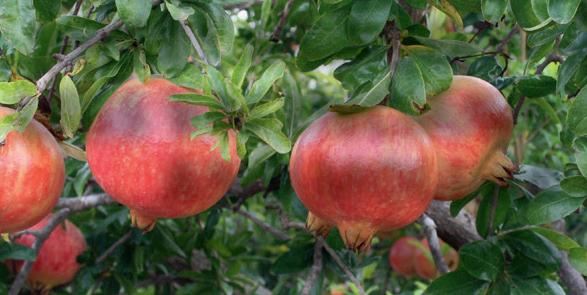


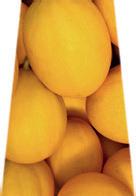




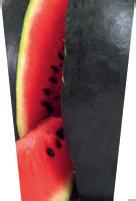

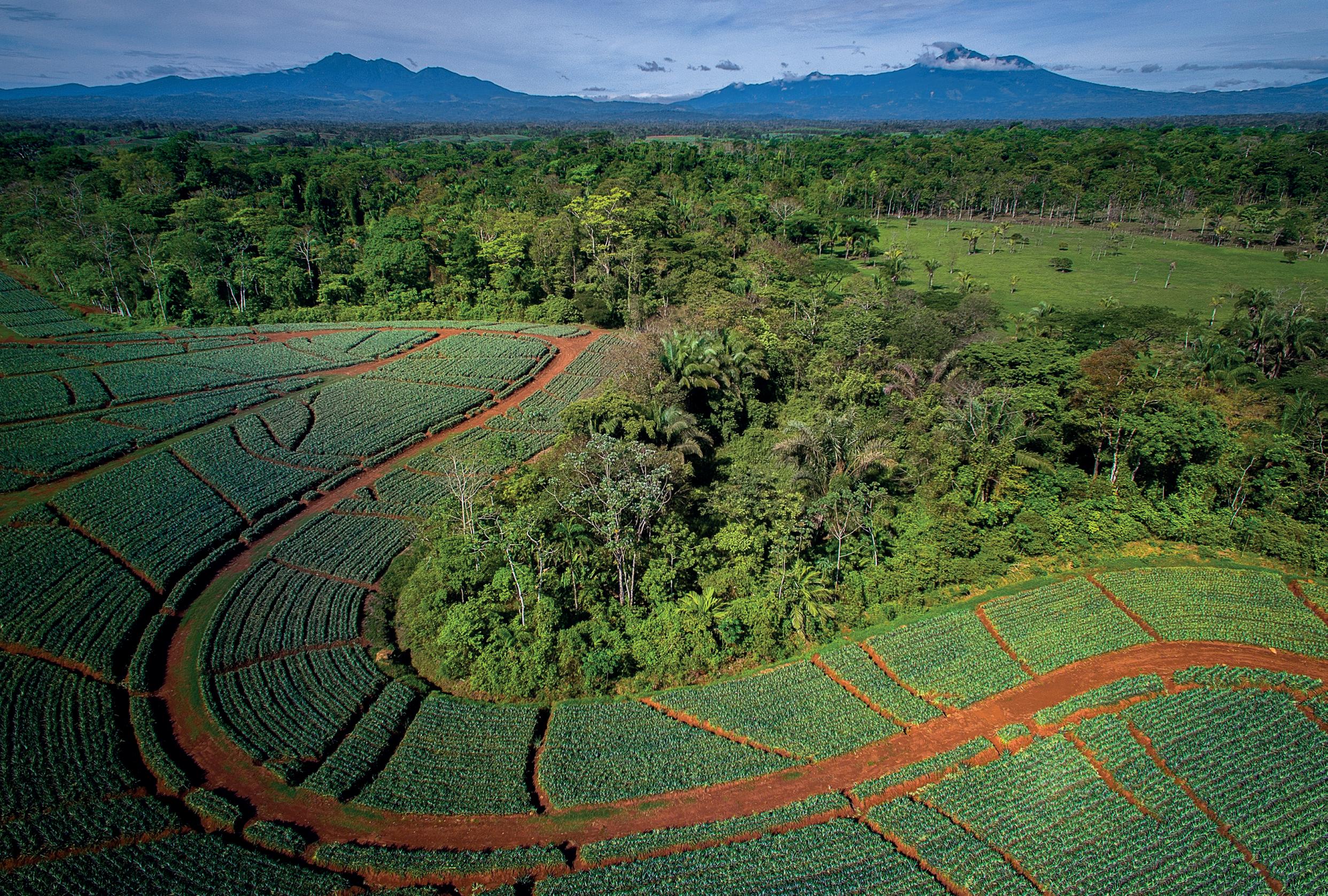
AGF Primeur • Special Edition • 202294
SWEET AND SEEDLESS VALENCIANA AND MOLLAR POMEGRANATES CAMBAYAS SPAIN HALL 3 STAND E10C T: + 34 966637488 | WWW.CAMBAYAS.COM Pineapple
fresh pineapples was purely political. After a dispute in Florida which sought to free up the use of the MD2 variety, the European Economic Community granted tariff advantages to Costa Rica's non-traditional products, including pineapples, thereby boosting its production and trade in Europe, recalls Abel Chaves. “The first pineapple exports were made here in 1986. At that time, there were 3,400 hectares under cultivation. By 1995, we had already reached 6,000 hectares, and in 2000 we exceeded 11,000 hectares; then 25,000 in 2005, and 43,000 in 2010. The acreage has since remained stable.
SCANNING OF 100% OF EXPORTED CONTAINERS
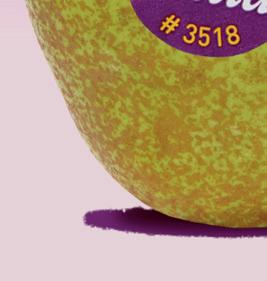

The Costa Rican pineapple sector has also faced another problem that threatened to tarnish the reputation of an industry that, as CANAPEP's work shows, has striven for excellence in the production and export of this tropical fruit: the contamination of containers with narcotics and/or prohibited substances by groups dedicated to this activity. Drug interceptions in pineapple shipments, which don’t happen regularly, but are certainly recurrent, have been reported in the international press, taking

a toll on the image of this sector, which has reacted with concern to the increase in the number of seizures.


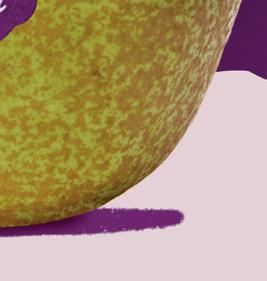


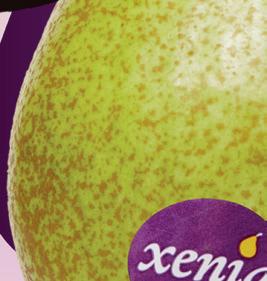


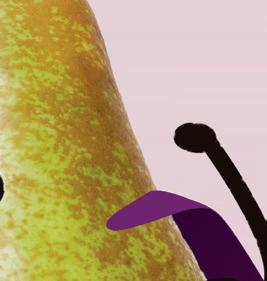





“This problem isn’t exclusive to this sector; it’s a national problem. About 2,300 containers of pineapples leave Costa Rica every week; a volume so large that people involved in such illicit activities try to use those batches of fruit to transport drugs. For this reason, CANAPEP has asked the authorities of the Ministry of Finance and Public Security to scan 100% of the containers loaded not only with fresh pineapple, but also industrialized pineapple exported by the country, and this is currently being carried out by the concessionaire APM Terminals,” said Abel. “Now we are trying to go a step further. After the success in the scanning of pineapple containers, we want to reach an agreement with APM Terminals to scan the totality of the country's exports with real-time reading,” said the CANAPEP president. “We are the world’s leading pineapple exporter and we will do everything within our power to maintain that position that we have managed to keep for years.” This is an issue that has already been put in the hands of the new government authorities.
“PRODUCTIVE DEVELOPMENT AND TERRIBLE ENVIRONMENTAL HARASSMENT”





The production and export of pineapples has represented an opportunity for social development in the country and allowed the generation of direct and indirect employment, mainly in areas where employment opportunities have been scarce. It has not only brought benefits in economic and social welfare, but also progress and improvement in health centers, in basic and higher education centers, or in basic services for the population (electricity, telecommunications, etc.),” said the president of CANAPEP.
“But this process has not been easy, because just like other agricultural activities in the country, such as coffee, sugar cane and banana cultivation, the road to environmental, economic and social sustainability has also been a difficult one, and many pineapple producers have suffered and experienced what we have called environmental and social harassment. Environmental Impact Assessments (EIA) or Environmental Diagnostic Studies (EDA) have been required for each pineapple production project, depending
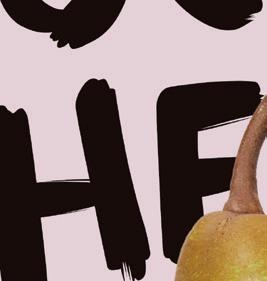
AGF Primeur • Special Edition • 2022 95
Come and taste for yourself, visit us at hall 10 – stand E03 TOP Onions. For all your onion products - and more. Top Onions stands for quality and worldwide onion export. Own cultivation, own processing and direct delivery. This is how we deliver the tastiest freshly onion products. Check out toponions.com +31 (0) 113 315 050 info@toponions.com Visit us at the Sial Hall 2 M 054
on whether they were new projects, or projects on lands that had already been impacted by other activities. We have also had to deal with strong opposition from environmentalists, ecologists and activists, who have turned this opposition to pineapple production also into ideological and even political opposition. In the past, there has even been action from local governments to paralyze new developments; and hence the sector, despite its commercial success worldwide and how much it has helped in the generation of new jobs, has seen the net production area remain stable.”
“At CANAPEP we were given the opportunity to create the Socio-environmental Commission for Sustainable Pineapple Production (COSAP), born in 2008 as a response to the environmental harassment suffered by pineapple producers. This Commission is made up of everyone involved in the sector: producers, exporters, representatives of the Ministries of Agriculture, Health, Labor, Environment and Energy, the Occupational Health Council, and representatives of the academic sector. The Commission began to dictate the guidelines to make pineapple production more sustainable, which was the basis for the Technical Manual for Sustainable Pineapple Production (TM-SPP), which deals with environmental control, social responsibility, occupational health, personnel training and operational con-
trol. This has been the basis for the country’s success, bringing it to the position where it is today. Every producer and/or project that wants to become part of CANAPEP must be assessed based on the contents of the TM-SPP and they must prove compliance with at least 70% of them. And we can say with certainty that close to 85% of the country’s total productive area is affiliated to CANAPEP.
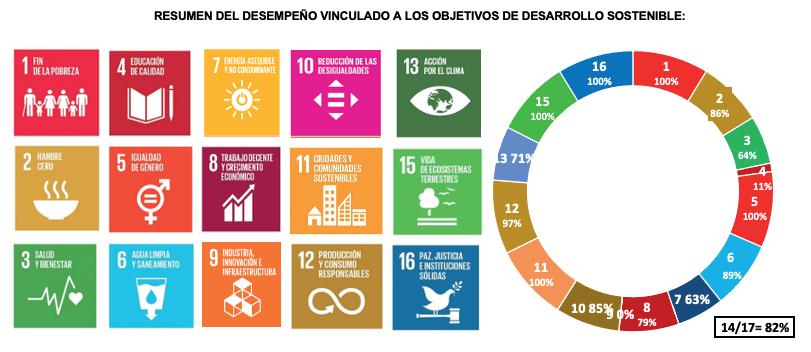
“Pineapple cultivation accounts for 30% of the agricultural GDP and about 2% of the country's GDP. It is an extremely important sector for the development of Costa Rica,” said Abel Chaves. It is equally important to mention that the country has achieved a recovery of its forest cover, going from 26% in 1983 to 59% in 2020, so despite of what has been said about pineapple production in terms of forest damage, the data show the opposite, and demonstrates how CANAPEP has sought to make pineapple production environmentally, socially and economically sustainable.
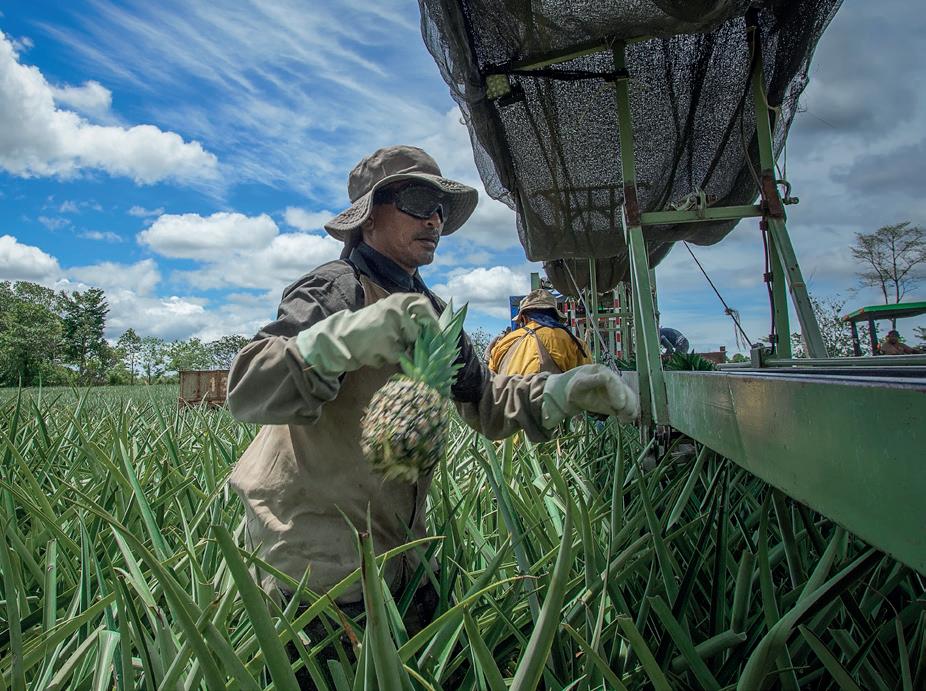
COSTA RICA, A LEADER IN PINEAPPLE PRODUCTION THAT IS DIFFICULT TO COMPETE AGAINST When talking about pineapples, you have to talk about Costa Rica. The country has positioned itself as the absolute leader in the export of this fresh fruit, shipping globally almost 5 times more volume than the next largest exporter, the Philippines. “Europe is the destination for 45% of the
pineapples grown in Costa Rica and the United States receives another 50%; in fact, 84% of the pineapples consumed in the United States are of Costa Rican origin. Last year, about 120,000 containers of pineapples were shipped out, despite the crisis; we are talking about approximately 2 million tons exported from one of the pineapple producing countries with the smallest cultivated area.”
“In Latin America, Colombia and Ecuador are the countries producing and exporting the most pineapples. Panama and Honduras have also made efforts with pineapple production, pursuing the generation of employment. Mexico has achieved significant growth, but its exports are mainly intended for the U.S. market due to its proximity. We have made efforts with new markets, such as China, Japan, Korea and finally Israel. Even though we have not been able to overcome the problems affecting maritime transportation logistics, we continue seeking ways to get our pineapples to all these destinations, because the quality of the fruit and the high technology to produce and pack it continues to mark the preferences of consumers, stated Abel Chaves, president of CANAPEP.
Hence its ini�a�ves to keep the following in force:
• The Socio-environmental Commission for the Sustainable Produc�on of Pineapples (COSAP)
• Upda�ng the TM-SPP with current legisla�on
• Having ECA accredita�on as an Inspec�on Body (CANAPEP-OI) under ISO17020, the only Chamber in the country to hold it
• Keeping the scope of the TM-SPP aligned with the 17 United Na�ons SDGs, with presence in 13 of the 17 SDGs, which implies an alignment equivalent to 82%
• Having started with the Life Cycle Analysis program for pineapples, and thereby informed the authori�es of the Ministry of the Environment (DIGECA), sta�ng, among other things, the following: “We hereby extend you a cordial gree�ng and take this opportunity to congratulate the pineapple producing and expor�ng sector for having made a decision as innova�ve and visionary as obtaining the environmental footprint through a life cycle analysis of Costa Rican pineapples.”
AGF Primeur • Special Edition • 202296 Pineapple

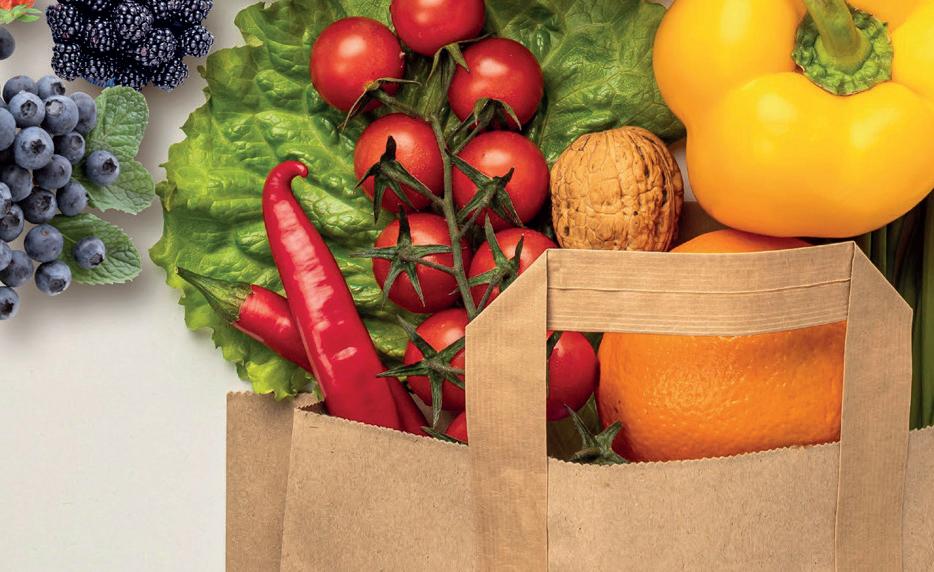












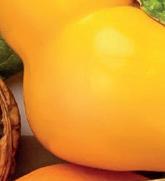
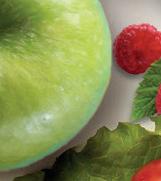




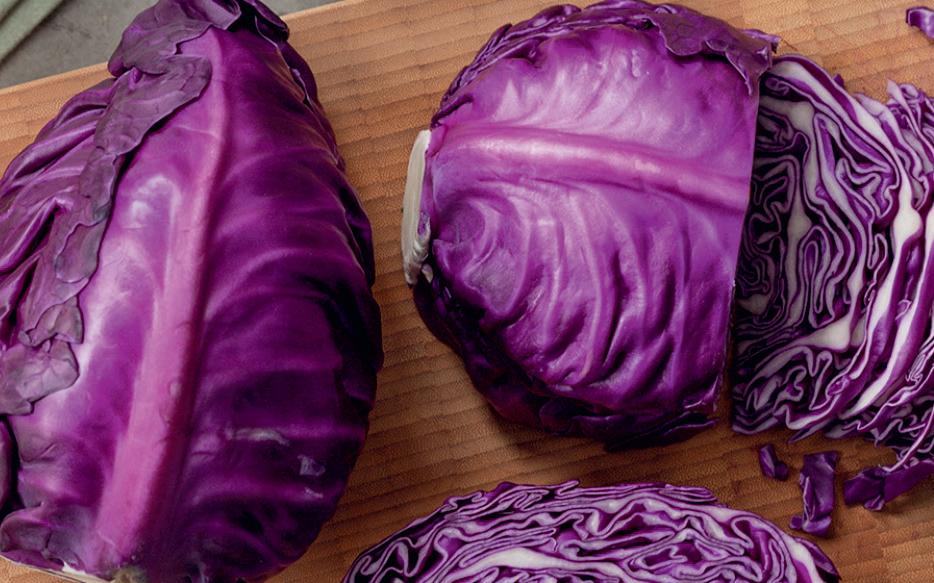

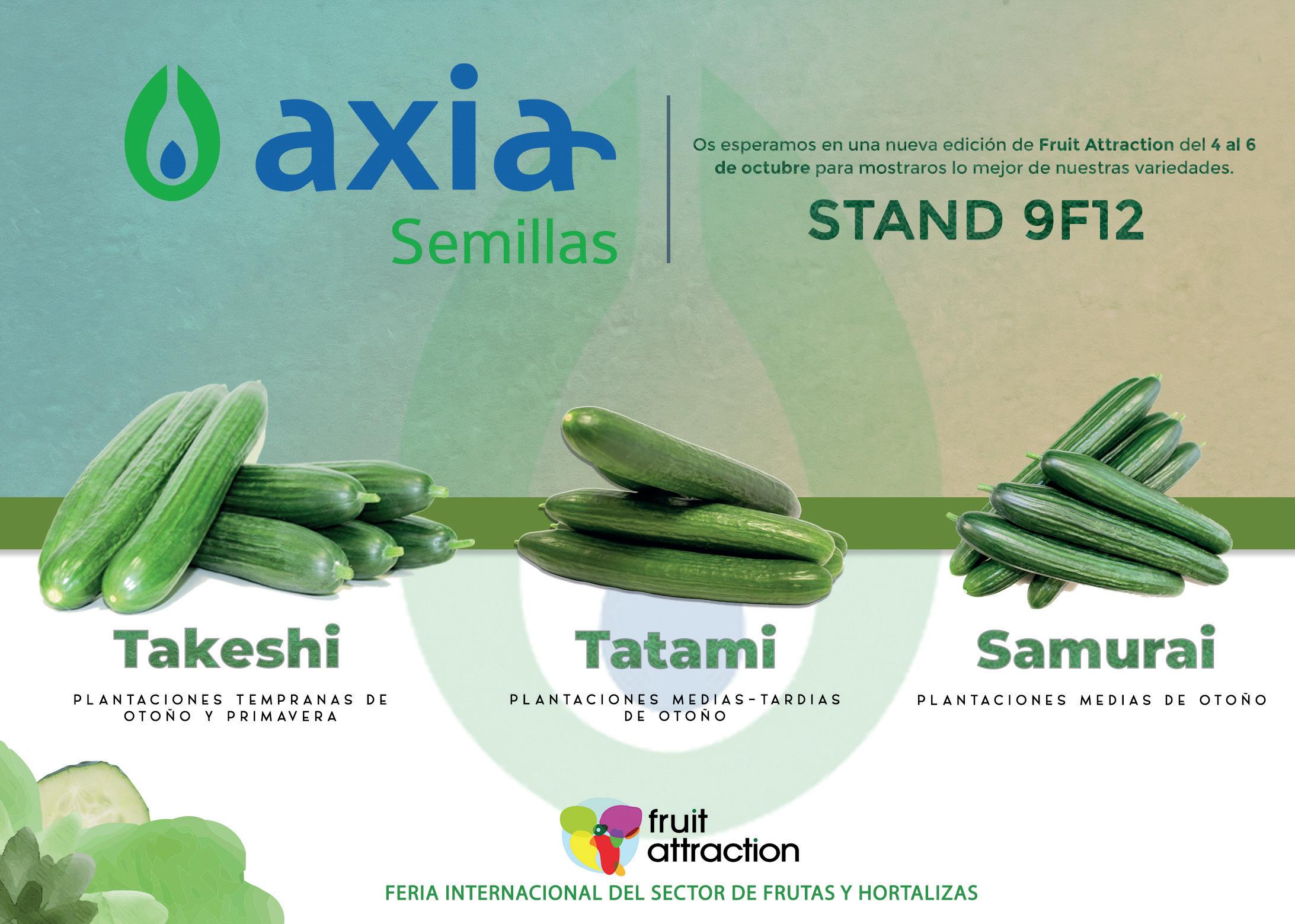
AGF Primeur • Special Edition • 2022 97 4-6 OCT 2022 MADRID HALL 10@ VITAMINS BY Violetti is a new oxheart cabbage with a special feature: its beautiful purple color. Violetti has both the soft, delicate taste of the oxheart cabbage and the rich hue of the classic red cabbage, so it’s the best of both worlds. T.B.&S. B.V. • Vronermeerweg 1 • 1834 AX Sint Pancras Tel: +31 (0)72-5642386 • M: 06-53498460 E-mail: info@spitskool.com • www.violetti.nl Violetti, the best of both worlds!
Juan Llombart Gavaldá, Managing Director of Llombart Handels- und Treuhandgesellschaft:
Llombart Handels- und Treuhandgesellschaft has been in the import business since the 1960s and is an expert in the distribution of Spanish fruits and vegetables. We spoke with Managing Director Juan Llombart Gavaldá about the current state of vegetable production and the citrus sector in Spain.
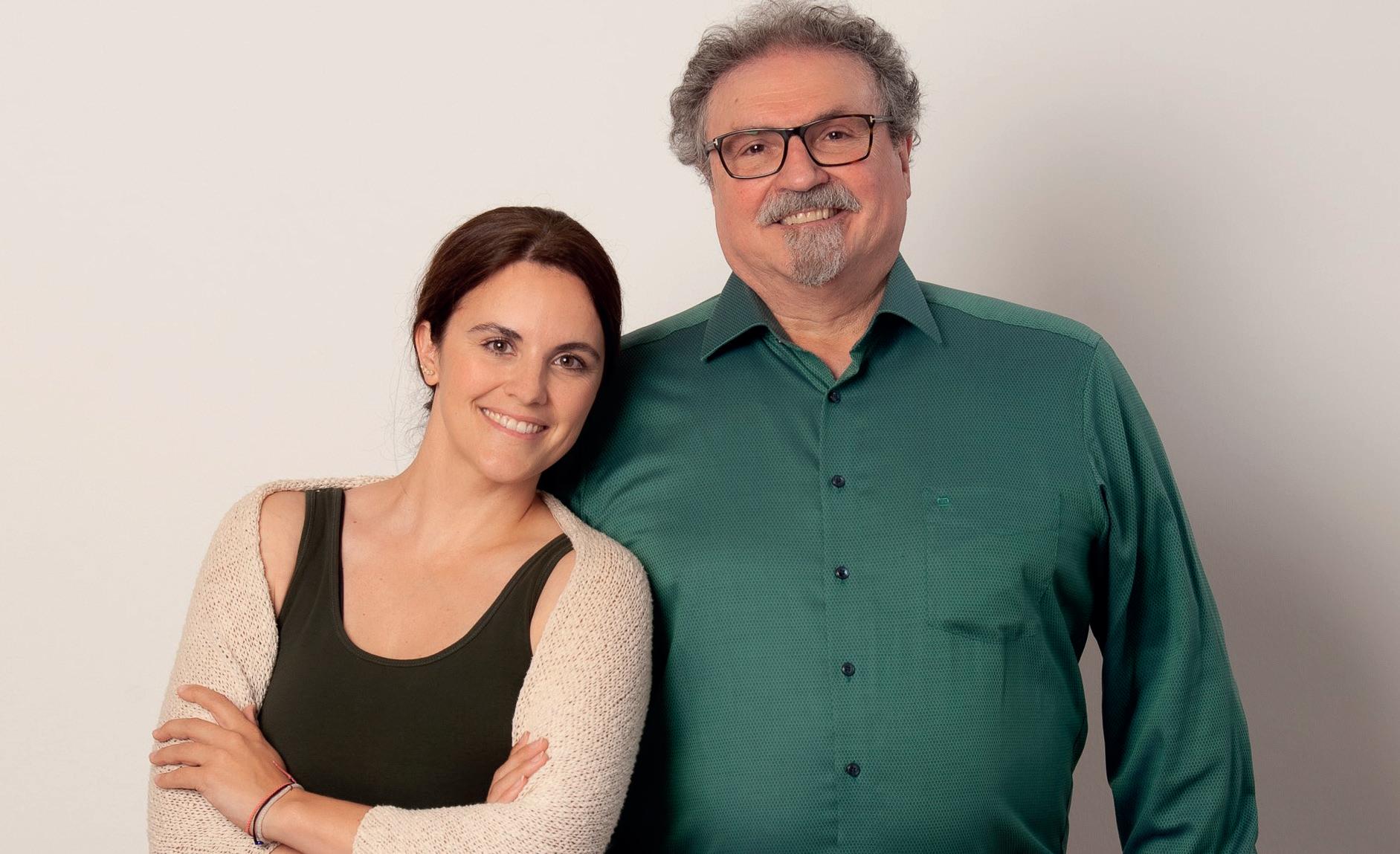
According to Llombart, the organic sec tor in Spain is growing steadily and the acreage is increasing accordingly. “Alt hough the majority of the products we tra de are conventionally cultivated, we are working with many growers who produce residue-free in the citrus and avocado sec tors. Instead of an organic label, the goods are labeled as residue-free. French super markets have been offering this product for some time,” says Llombart.
Organic production has grown from an original 4,235 hectares in 1991 to 2.4 million hectares in 2022, he said, with the majority going to animal feed, wheat,
dried fruit, olives and wine. Organic culti vation is still growing.
“Since seedless varieties of watermelons and grapes became available, their con sumption has doubled. But newer prod ucts such as Bimi broccoli, rich in vitamins and antioxidants, as well as other variet ies, are currently in the pipeline. They also taste good and are easily accessible to consumers,” says Llombart.
1.7 MILLION TONS OF VEGETABLES AND 2.3 MILLION TONS OF FRUIT Llombart offers the products mainly as fresh produce, with a small proportion also being sold to processors. “Germany
imports a total of about 4 million tons of fruits and vegetables from Spain. Of these, 1.7 million tons are vegetables and 2.3 million tons are fruit. Vegetable imports are somewhat lower than those of fruits, which is due to the fact that Germany has a large in-house production in this area. Spain is still an important supplier of fruits and vegetables for Germany.”
Llombart's best-selling vegetable prod ucts are cucumbers, tomatoes, iceberg lettuce and peppers, followed by broccoli and cauliflower. “Sales of these products have generally performed well. However, cucumbers, tomatoes, iceberg and pep pers in particular are often promoted by supermarkets. As a result, pricing rarely allows for increases and the prices paid are often below the cost of production,” Llombart says.
Demand for fruits and vegetables is grow ing steadily, he adds. “Spain produces as much residue-free as possible. However,
“For early clementines as well as the late varieties like Nadorcott or Tango, there will be less product this year compared to last year”
AGF Primeur • Special Edition • 202298 Citrus
both food retailers and customers are now demanding that products have as little residue as possible. We are not yet at that point, but monitoring is improving year by year.” Nowadays, the fruit is more residue-free than it has been for a long time. Some 25-30 percent of the farms cooperating with Llombart focus on greenhouse cultivation, while the remaining 70-75 percent are dedicated to open ground cultivation.
CITRUS DEVELOPMENT
“For the early clementines as well as the late varieties such as Nadorcott or Tango, there will be less product this year than last year. However, we are well positioned for classic clementines, which are mainly Clemenules varieties. There will definitely be sufficient quantities. Production is also not so much the problem, but rather prices,” says Llombart.
“In the summer season, there have always been problems in recent years. While I don't see any difficulties with oranges so far, possibly there will just be fewer late varieties and smaller fruit overall. This is due to the lack of rain, which basically affects all of Europe. In lemons, as well as

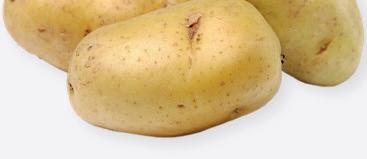




grapefruits, we will probably face some challenges,” Llombart summarizes.




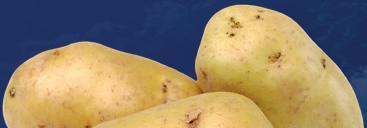



The massive droughts as well as the current pricing policy are making the job immensely difficult. Llombart: “We have increased production costs due to the high prices for fertilizer, energy and cardboard packaging. Are we supposed to manage the balancing act of offering even cheaper goods? If nothing changes in this regard, the agricultural economy will go down the tubes as a result. For example, the cultivation of tunnel strawberries will be drastically reduced.”

“Certainly, people are constantly trying to find new markets. But German consumers are becoming increasingly demanding and are 'spoiled' to a certain extent, and for that they also pay much less than many other European countries. China is trying to buy fruit and vegetables from Europe as well, whereas the Russian sales market is disappearing for well-known reasons. I also believe that food should never be used as a sanction or pressure tool. By excluding an entire country, the entire export market suffers as a consequence.”
INCREASING FOOD APPRECIATION


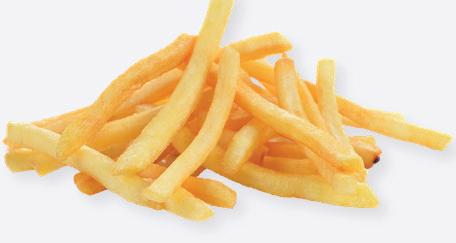
In addition to food retailers, Llombart also supplies wholesalers. “The specialists look for products with a certain intrinsic character, for example they demand that goods come from family businesses. It is important not only to market mass-produced goods, but also goods that deserve to be presented in such a way that their respective special character is in the foreground. I see it as our task to bring this closer to the consumer. You should incorporate the topic of food appreciation into education policy and try to bring products closer to people in a playful way as well.”
info@llombart.de
“Enjoy doing business with a reliable partner’’
AGF Primeur • Special Edition • 2022 99
Latin American tropical and exotic fruit enthrals European gastronomy
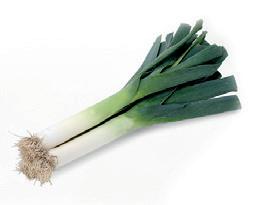
stop from the Americas to Europe – a very strategic location. We can assist European trade, not only with shortfalls at the start and end of their seasons, but should be trusted as reliable suppliers. This is espe cially the case since the weather and other adverse events are affecting production so severely across Europe,” advises
Exotic and tropical fruit grown and exported from Latin American countries have truly captured the gastronomic imagination of European consumers. The Rambutan, physalis, dragonfruit, passion fruit not to mention green avocados, different varieties of mangoes together with the sweetest ready to eat pineapples, bananas and a host of other fruit and vegetables truly are small marvels bursting with flavour. This large variety of produce is grown in the small island nation of the Dominican Republic, Colombia, Guatemala, Ecuador, Costa Rica and Brazil to name a few with the utmost care. Very often packed by hand and airfreighted to tantalise taste buds across the continent from The Hague to Tasula.
Latin American producers and exports should be seen as reliable partners by European trade and consumers says Angel W. Leguisamon, CEO and owner of Transna Trading, a leading grower and exporter of pineapples, peppers and other vegetables

based in the Dominican Republic. “We have two major advantages and should be seen as ideal partners for European trade. We have 300 days of sunshine and can pro vide good quality produce all year round. We are only nine days away and the last
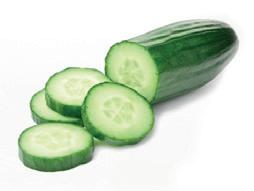
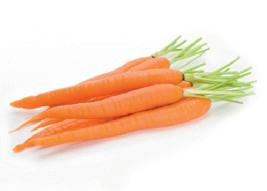

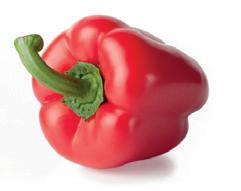


Kisha Rodrigues, from the pineapple pro ducer Caralinda Agroindustrial, also from the Dominican Republic, agrees. “Our country has a historical union with Spain. We as producers, maintain our ties with the producers of Spain, acquiring knowl edge from them and studying their busi ness models, as is the case of the Almería model, which is a precedent in world agri culture. Every year we try to maintain this exchange of knowledge with this nation and Fruit Attraction is a place where we can do this.”
Sandra Riano, from Novacampo who is based in Germany works with sever al small scale producers of exotic fruit across Colombia, her main goal is to increase exotic fruit exports to Europe. “This coming season we are looking for ward to increase our exports in exotics by air that includes Granadilla, Yellow Pitaya, Tamarillo and Yellow Maracuja. These are all certified by GLOBAL G.A.P., Rainfor est Alliance, and Fairtrade. Every day our goal is to work on our social responsibility and being environment friendly. Our vol ume of production is planned to increase from October on, also for Goldenberries (Physalis) and Passion Fruit. The harvest and post-harvest of the exotics is assisted
AGF Primeur • Special Edition • 2022100 Exotics
IMPORT - EXPORT GROENTEN - FRUIT VERDURAS - FRUTAS T. +32 (0) 51 40 11 70 F. +32 (0) 51 40 46 76 E. info@gerdo.be WWW.GERDO.BE Oude Vijfstraat 6 Zone IX B- 8760 Meulebeke
and managed mainly by women who are the heads of their households. Through this we are supporting rural development in Colombia and strengthening the family economy.”
The most widely planted and exported tropical fruit namely bananas remains the most vital source of income for thousands of families in Ecuador, the world leader’s in exports of this fruit. Unfortunately global and local events severely impacted the income of this important industry in that nation. The loss of the Russian market due to that countries war in Ukraine is a major blow for the 2022 season. This together with exorbitant shipping rate increases, shortages of containers and major delays following the Coronavirus pandemic was followed by what can be compared to an ‘own goal’ of sorts through crippling strikes by indigenous people that shut down roads in major production areas at the height of the season.
Remaining the trusted voice for Ecua dor’s banana industry is Richard Salazar, from the Asociación de Comercialización y Exportación de Banano ACORBANEC. “Unfortunately, until June 2022, banana exports to the European Union were reduced by 14% compared to what was exported in the same period of 2021. Due to several factors, the most important being the reduction in demand in this block in 2022, but also due to the loss of certain markets such as Germany, Bel gium, Italy by Latin American competi tors. This year 2022 the world faces high inflation of between 8 and 10% per year and even higher in some countries. There is as an energy crisis as well due to high oil prices. All factors that do not depend on us and we have to work within Ecua
dor to improve the competitiveness of our exports with greater production efficien cy and reduction of tax burden and other actions. Additionally, we have to make our European buyers aware of better valuing our fruit, which is highly nutritious but cannot continue to be undervalued.”
Despite all these challenges Salazar says Europe remains an important market for them. They are showing this seriousness with an even bigger stand at Fruit Attrac tion. “The European Union is an important market that represents 27% of all banana exports from Ecuador. Spain is a market that until June 2022 has grown by 32%. Our goal is to increase exports to this market with high quality, certified and organic bananas. But at the same time demanding in meetings with retailers, the European Commission, Parliamentarians and authorities from various countries in the shared responsibility, offering high quality bananas to change of the payment of the decent price to guarantee the sus tainability of bananas in Ecuador. We also discuss the impact on crops such as bananas on the elimination of various molecules due to the implementation of the MRL’s, generating higher production costs and lower production efficiency.”
Even for a major grower like Brazil, their tropical fruit exports to Europe can be increased with Spain as a major spring board to the continent to help unlock the markets and realise the export poten tial. This is according to Jorge de Sou za, Technical and Project Manager at the Brazilian Fruit Growers and Exporters Association (ABRAFRUTAS). “Europe is one of the most important destinations of our tropical fruits, including mangoes, melons, watermelons, limes, table grapes,
avocados, papayas, bananas, amongst others. We are always promoting the Brazilian fruits in Europe looking to attend to our customers with top quality fruits, respecting the demand for food safety and sustainability requirements.”
Gideão Guilherme CEO of the exporter Fresh Quality based in São Paulo, Brazil says they can be better together with Spanish growers and traders who have the market access but not all year round production. “In a long term view, it is a win-win rela tionship. This year we’ve noticed that there has been an increase in Spanish companies looking for new products to import. We see the Spanish and European markets as huge opportunities for minor crops on exotic and tropical fruits such as anonas, guavas, starfruits, dragon fruits, tropical avocados, peaches. We could also speak about products not developed yet such as ginger, okras, sweet potatoes with orange flesh, leeks and pumpkins. Some Spanish groups have already come and bought big farms in the Northeast of Brazil to grow grapes and melons. I believe it can be replicated with minor organisations which have high potential of processing and high access to growers guaranteeing the demand attended. If the combined market value of several products are worth the investment it can be done easily. Producers of the major produce items such as limes, grapes and melon are not look ing for investors or buyers all the time, but producers of the minor crops are looking for them.”
The Latin American supplying countries invite European consumers to head down to their local stores to “taste the Carib bean,” “fresh mountain breezes” and enjoy the “abundant tropical sunshine” all packed into the small but delicate handpicked tropical and exotic fruit.
angel@transnatrading.com krodriguezthen@caralindaagroindustrial.com sandra@novacampo.com rsalazar@acorbanec.com gideao@freshquality.com.br
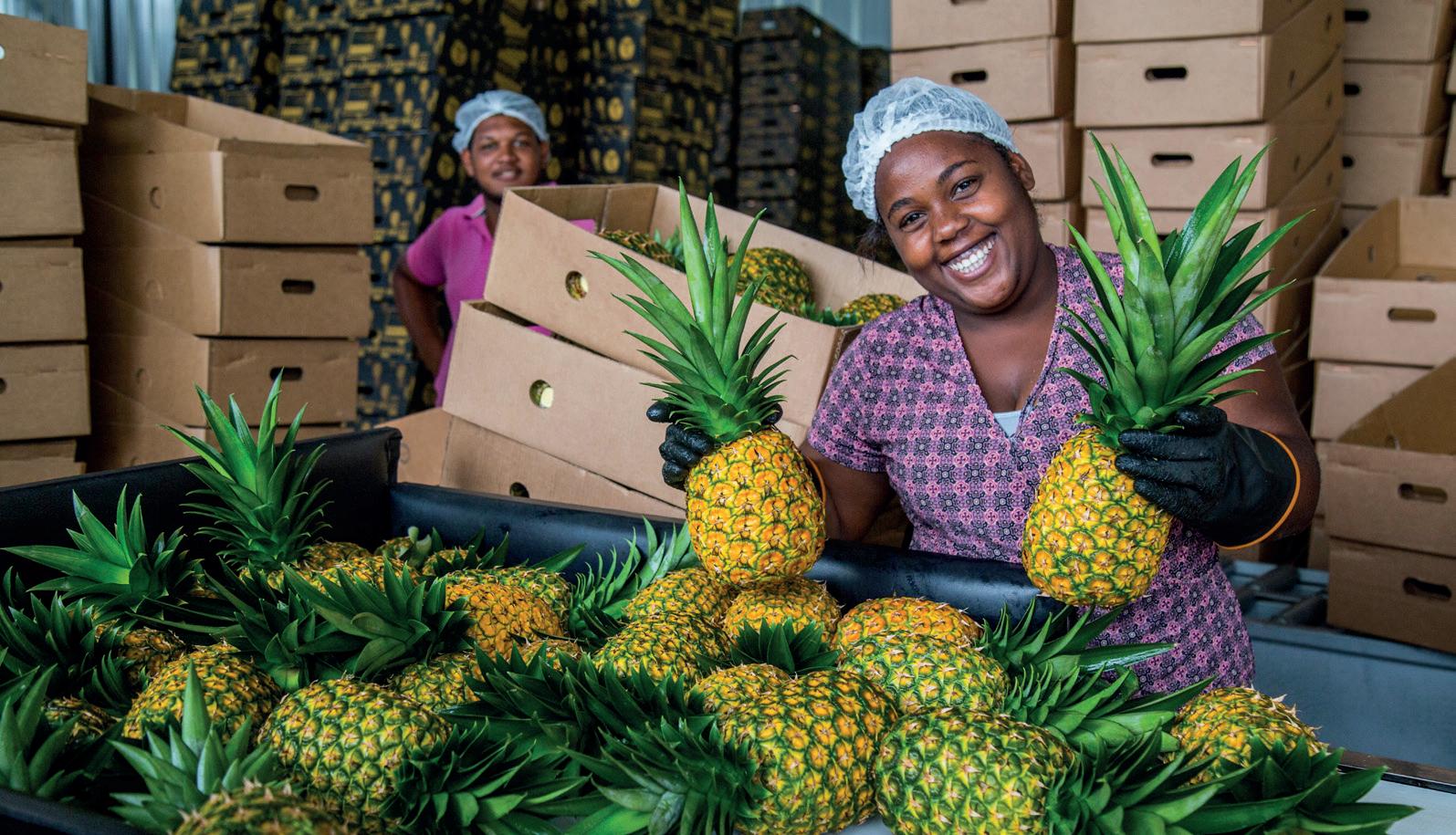
AGF Primeur • Special Edition • 2022 101
“What offers peace of mind? Only automation, nothing else”
No more jostling forklifts in the warehouse. When you no longer have to consider this, you are getting close to what Deprez Handling Solutions has in mind when it offers automation solutions to customers in the potato, onion, and carrot sectors. “We never simply propose a single solution; we offer a total solution,” says business manager Johan Deprez.
Internal logistics and storage are what this Dutch company specializes in. “We design and build a lot of techniques and machines ourselves, but when we see an existing solution on the market for a cer tain task that perfectly meets our client's needs, we don't go and reinvent the wheel. We'll implement a third-party machine in the total package we propose to our custo mer. Together, we then consider which supplier's machine best meets the client's requirements. For example, many excel lent scrubbers are already available for the potato sector, our largest customer. We're not going to copy them. We only design a machine ourselves if we think we can create added value,” explains Johan
CRATE LOGISTICS MAESTRO
“So, our trademark is, by no means, devel oping individual machines,” adds his son, Jeroen. “Even though, years ago, we built the Maestro, a very high-performance crate logistics machine. This mobile machine receives a stack of empty crates, unstacks them, fills them non-stop, at 100 to 150 T/h, and stacks the full crates neatly two or three high. Our main focus is to offer a total solution, although it's very possible that this isn't how the sector immediately sees us.”
STRATEGIC, VISIONARY CHOICE
“Perhaps we're not well-known enough yet,” admits Johan. “That's undoubted
ly directly because of our nature of only getting involved when we're allowed to help conceive and paint the full picture. We focus on large customers who make strategic, visionary growth choices. They want to increase their internal efficiency with a system that seamlessly connects all operations, is fully automated, achieves high throughput, and minimizes product damage. It must use hardly any forklifts and few personnel. We want to unburden large potato processors, so they can con centrate fully on grubbing potatoes 24/7, using two or even three four-row harvest ers at a time. The future belongs to the large cultivation companies, and proces sors must follow that scale increase. And what offers peace of mind? Automation; nothing else.”
ACTIVE IN THREE SECTORS
Deprez Handling Solutions provides solu tions that meet the current staff shortage demand. Most of its customers are in the food sector, and are mainly potato, onion, and carrot processors. “But we're active in
 Johan and Jeroen Deprez of Deprez Handling Solutions
Son and father: Jeroen and Johan Deprez
Johan and Jeroen Deprez of Deprez Handling Solutions
Son and father: Jeroen and Johan Deprez
AGF Primeur • Special Edition • 2022102
Machinery
the bulk goods sector too. We, for instance, build systems for loading and unloading sand and gravel transport ships. And in the recycling sector, we design solutions for processing things like construction and demolition debris, container waste, wood, paper, and cardboard. This broad field of activity gives us the expertise and knowledge we need and use across the various sectors,” Johan continues.
ROBUST SYSTEMS FOR HIGH FLOWS






























































Johan cites a growing potato processing company as an example. For its new inter nal logistics system, it wanted not only high quality but a flow rate of 2x120 tons/ hour too. “Each machine for each different

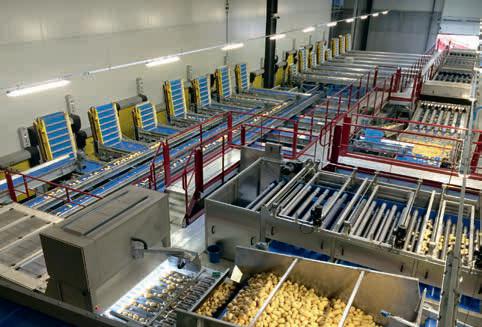


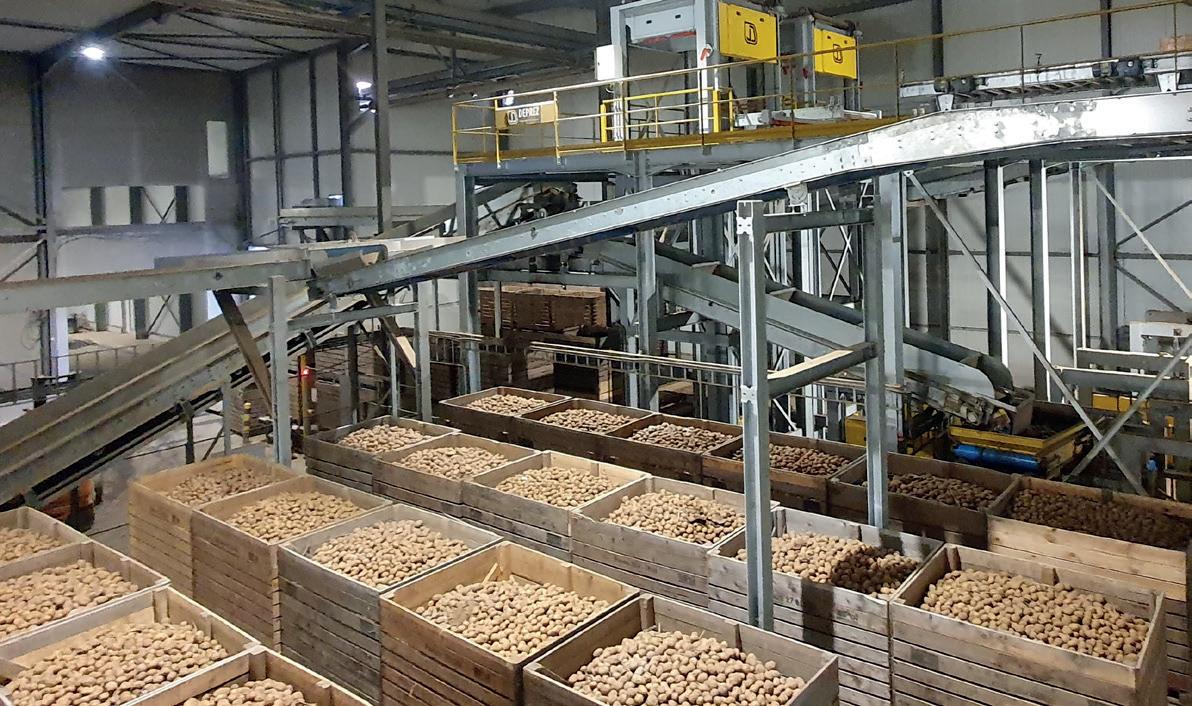
task, each conveyor system, and the solu tion, as a whole, had to be robust enough to handle such a flow rate. That's where we're strong: we have bulk sector experi ence, where we build systems that unload ships at 800 tons per hour, and from the recycling sector, where we break concrete at 300 tons per hour or where effective scrapers are used to keep the conveyor belts clean and straight, so it can keep working 24/7.”
So, Johan and Jeroen are not intimidat ed, even when a processor wants a fully automated solution to unload and pro cess 2x150 tons of potatoes/hr. They will always succeed, provided there is a good







engine, rock-solid material, and the cor rect calculations are done, they say. “We're happy to take on such a challenge. Does careful handling of the potatoes suffer? Not at all. Forty years ago, I was already experimenting with a potato fall breaker on my folks' farm. Plus, we have in-house know-how and pay plenty of attention to that,” says Johan.
EVEN GREATER EFFICIENCY POSSIBLE In Benelux, Deprez Handling Solutions does not have as big a market for total solutions as it would like. Nonetheless, Johan sees plenty of opportunities. “Our target group for large projects is rather limited. The more automation there is,
 The Maestro receives empty crates, unstacks, fills non-stop at 100 to 150 T/h and stacks the full crates 2 or 3 high.
The Maestro receives empty crates, unstacks, fills non-stop at 100 to 150 T/h and stacks the full crates 2 or 3 high.
AGF Primeur • Special Edition • 2022 103
We want to take the stress away www.deprez.be We realize total projects for the potato, onion and carrot industry TOTAL PROJECTS MACHINERY Orbiter - Automated Bin Handling FIND DEPREZ CONSTRUCT ON YOUTUBE Sales Email: mattias.mergaert@deprez.be Phone: +32 474 93 14 20
the larger the sizable processors' market share grows, and the smaller that market will ultimately become. French fries com panies and frozen products processors are still on the rise. Yet, not everyone com pletes a completely new project in one go. Phased construction with a clear end goal is, at least, as good an approach, keeping the investment manageable. Almost every company active in the fresh produce mar ket still has room to improve efficiency. These days, retailers require complete traceability; something only automation, not four or five additional employees, can guarantee.”
EUROPEAN AND OVERSEAS CLIENTS
And should the Belgian and Dutch mar kets become saturated, there is always the international one. Deprez is not only present in France, Germany, England, and Spain, but also overseas, in Australia, the U.S.. and Canada. “We're currently busy with a huge project in Edmonton, Canada. It's the first project that our employees and local technicians will deliver. We could have used only our people. But because we're expecting more and more projects overseas in the future and will, therefore, no longer be able to handle everything in-house, we wanted to see how cooper ating with local partners would work,” Johan explains.
THE AMERICAN MARKET IS WIDE OPEN
According to Jeroen, who will soon be traveling to Canada, Western European food processing companies are light years ahead of North America regarding auto mation and process insight. “Some com panies there still use as many as 50 fork
lifts and have 100 people on the conveyor belt line. The various machines are all of sound Dutch manufacture, but a total con cept that should enable automation and full efficiency is missing. Americans see everything in grand terms and have plen ty of space, which isn't an issue for them. They'll put up a warehouse 200 meters from another part of the factory. All very inefficient, of course, because the more space you use, the more movements you have to make. So, the advantage is that, in the U.S., massive leaps can still be made in this area. And that's the market we're now entering.”
POTATO SORTING AND PACKAGING LINE WITH ONLY ONE OPERATOR
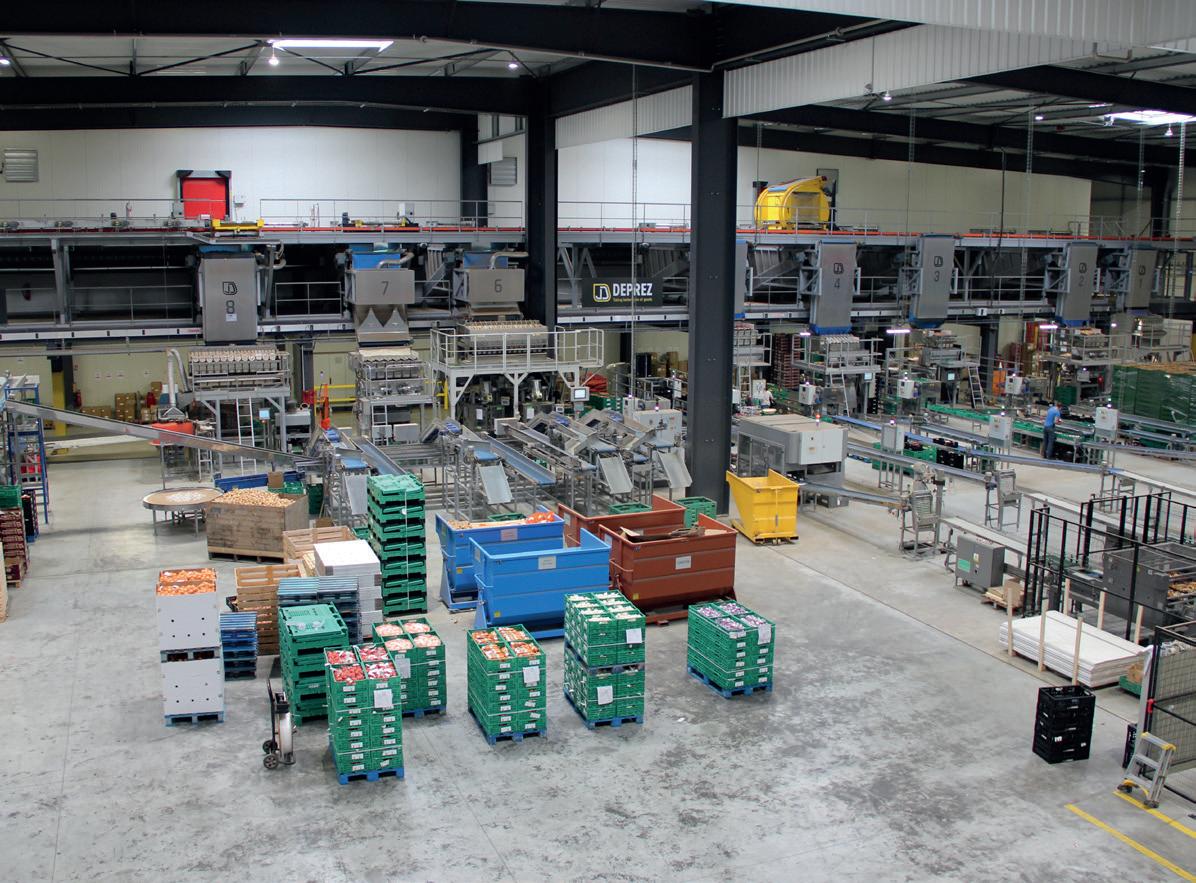
Johan mentions a Belgian potato sort er that processes 40.000 tons annually with 25 people. “We delivered a line at a different, slightly smaller company that also washes and sorts potatoes. They only employ one person - admittedly, some thing I didn't expect - to operate the line. You don't need anyone, at all, to intervene, and the company relies completely on the system. They put all the management soft ware that comes with such equipment to good use. All movements, volumes, and performance can be perfectly controlled and seen on a screen.”
THINKING AHEAD
And if you want to be more efficient, fork lifts are not the way to go when it comes to large volumes, says Jeroen. “You have to aim for as compact a system as possible and remove all dead times from the pro cess because they add zero value. And you must always think three steps ahead. Why is there still so much potato waste being
used as animal feed? While many residu al streams are perfect for making mashed potatoes or flakes. We like to brainstorm with our clients and find solutions. One customer, for example, extracts starch from wastewater. A fine example of sus tainability, I'd say.”
OPTICAL ONION SORTING LINE
Deprez Handling Solutions is not the cheapest on the market. “Inferior quality keeps causing headaches long after the pleasure of a low price has evaporated. You have to spend a substantial amount on automation, especially if you want to go 'all the way'. It's always a strategic choice by a visionary company. A quick return on investment isn't always obvious and is often difficult to calculate. Working with staff and forklifts may be cheaper now, but certainly not in the long run,” says Johan.
“Those who take the leap now will have a huge head start later. For instance, not so long ago, we provided a box handling system for a Dutch company's optical onion sorting line. It sorts and packs huge volumes with only seven employees. Size and quality sorting are done non-stop and damage-free, with all performance data available in real time. And no one sits there with a pinhead. Everything runs smoothly and according to plan. That's the future, and we're pleased to be involved.”
In conclusion, Jeroen highlights a sec ond focal point besides Deprez Handling Solutions' strength in provisioning total solutions. “Our projects are always deliv ered on time and on schedule. These days, everything has to move fast, especially in the French fries industry. If a warehouse is
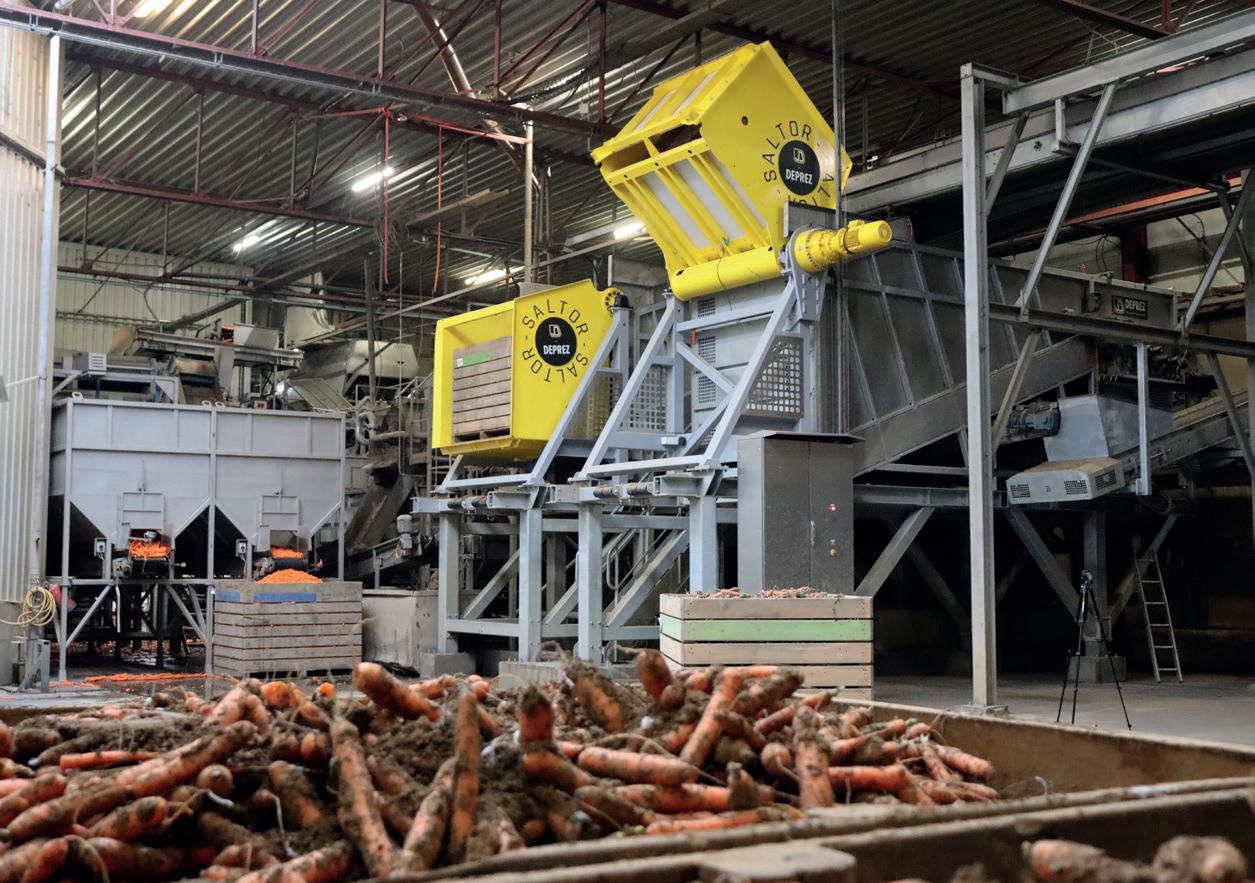 The most efficient solution pays for itself
Why does so much waste still go to animals?
The most efficient solution pays for itself
Why does so much waste still go to animals?
AGF Primeur • Special Edition • 2022104
Machinery
built today, the machine has to be installed tomorrow so the company can be up and running the next day.”
“To meet those demands, you need structure, body, and highly competent peo-

ple. We have the personnel, IT, machines, trucks, and cranes,” he explains. Johan compares it to cycling, a popular regional sport. “We're just like a top cyclist, who can change gears quickly, sprint where necessary, and add that extra power when
the finish line's in sight. Deprez is certainly not the cheapest, but our clients receive the best solution. The most efficient solutions pay for themselves,” he concludes (PB/PdC)
Johan.Deprez@deprez.be
IN quality

612
- 612 985
Machine Selected Quality no longer a dream but within reach for all MSP customers. Programmed quality that delivers every load the desired certainty. Weight per onion, sorting per millimeter and coloration on demand. Which customer does not want certainty about his quality in

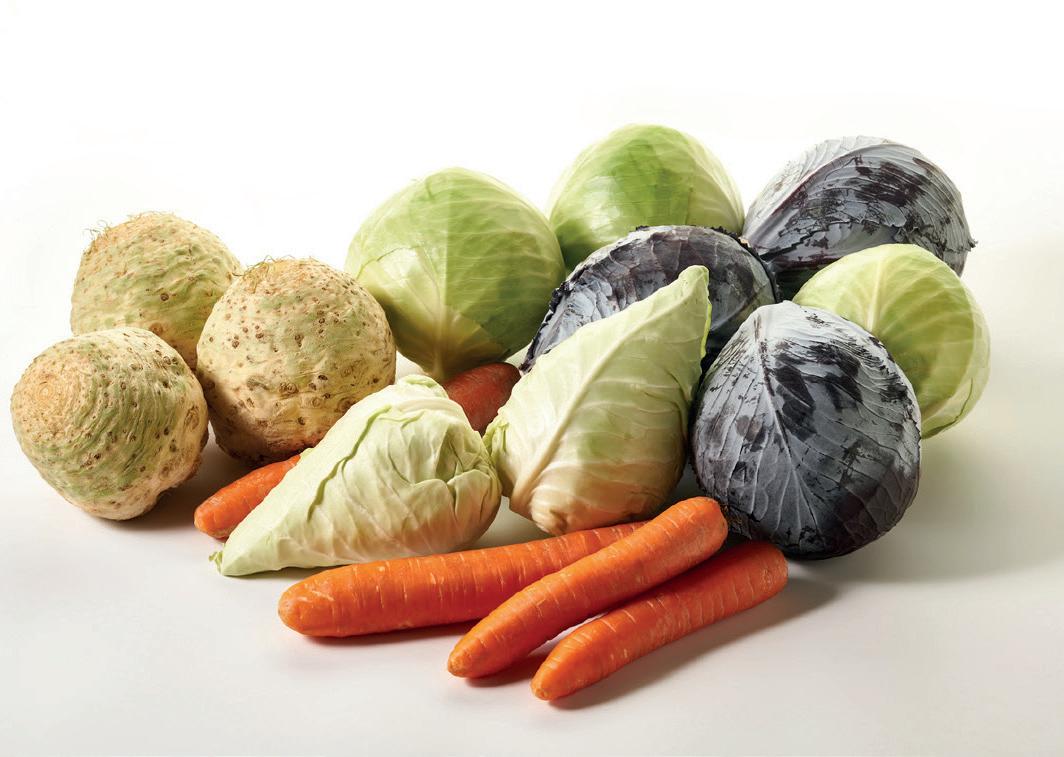


advance? This is only possible with MSP! By keeping and safe-guarding all stages and links in the supply chain under our own supervision, MSP onions has the right ingredients to INVEST IN quality. Since 1983 are we your specialist for red and yellow consumption onions.
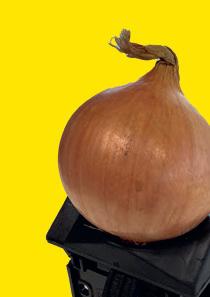
 A Belgian potato small packer processes 40,000 tons per year and employs only 25 people
In almost every company, active in the fresh market, there is still an efficiency improvement possible
A Belgian potato small packer processes 40,000 tons per year and employs only 25 people
In almost every company, active in the fresh market, there is still an efficiency improvement possible
AGF Primeur • Special Edition • 2022 105
Hertenweg 34 Nieuwdorp (The Netherlands) PHONE 0031 (0)113 -
370 FAX 0031 (0)113
MAIL info@msp-onions.com INVEST
www.msp-onions.com T: +31 (0)228 565 500 / 566 400 F: +31 (0)228 565 548 / 566 410 E: info@jhwagenaar.nl www.jhwagenaar.nl Partner for industry and fresh market
for
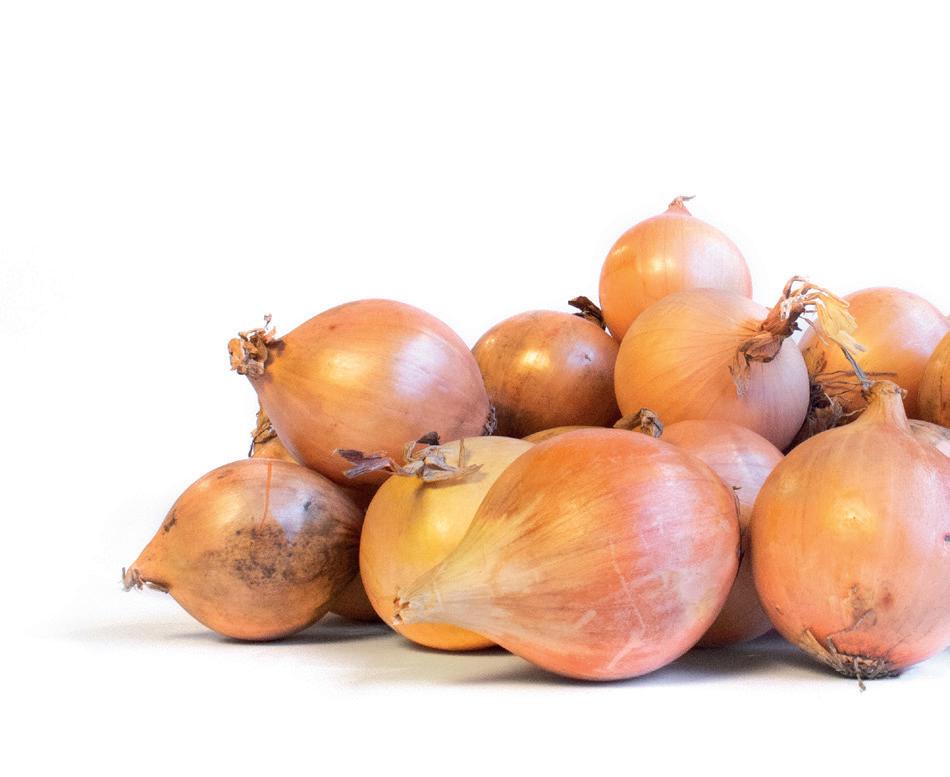




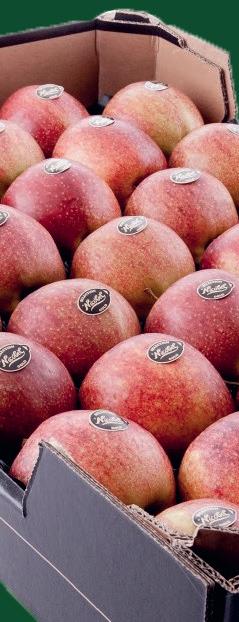




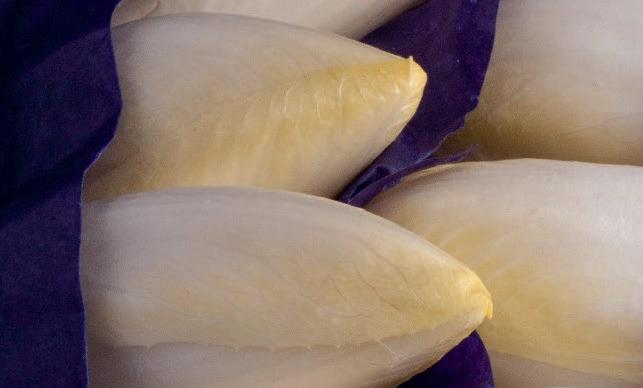

levuricide and bactericide. Dosage limited only by application time. Effective from 5 minutes at 10°C & 20°C. Apt for organic production. Leaves no relevant residues with proper application.




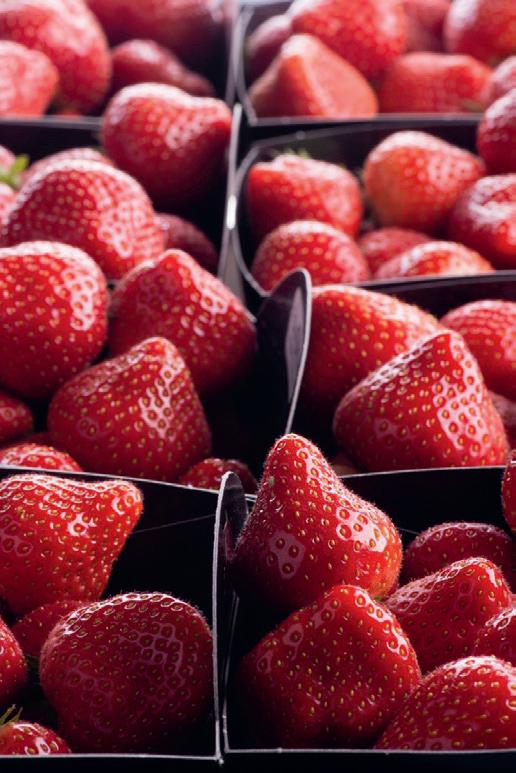
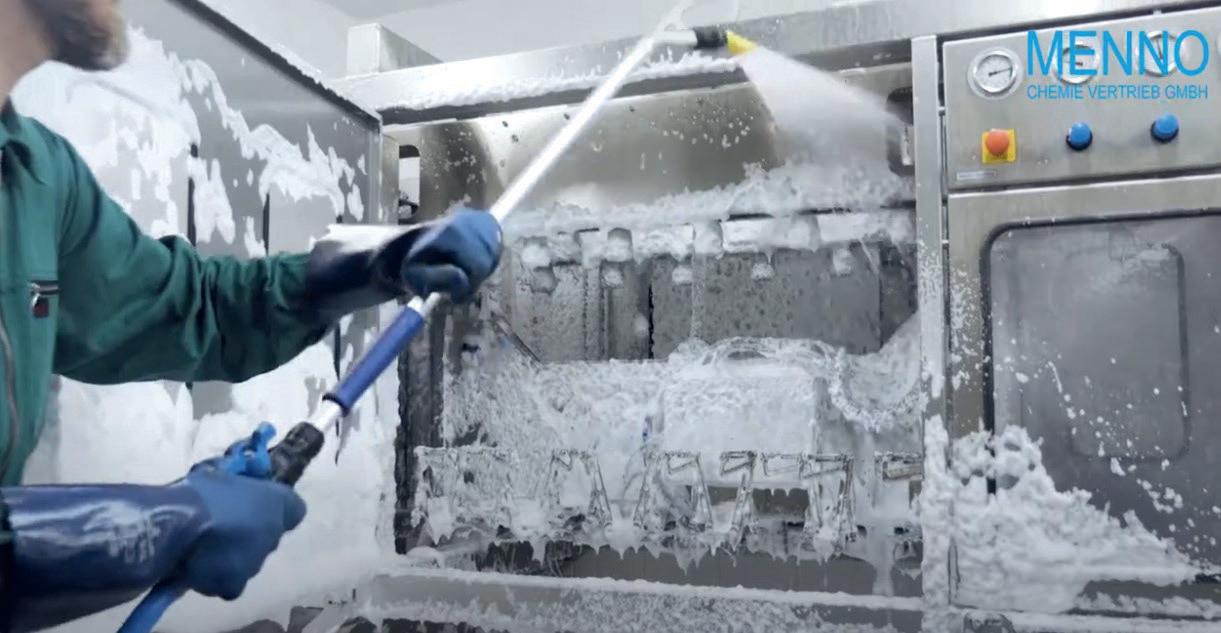

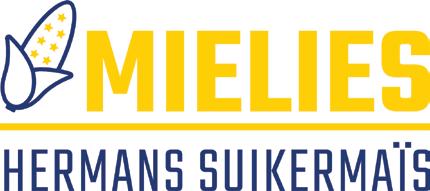

AGF Primeur • Special Edition • 2022106 herman_2011.indd 1 31-05-12 11:58 YOUR EUROPEAN SWEETCORN SUPPLIER SWEETCORN A-QUASAN® Disinfectant
food processing lines Unique formula with benzoic acid Fungicide,
Scan the QR-code to watch the video of A-QUASAN in a processing line Use biocides safely. Always read the label and product information before use. Nicolaï Fruit Kernielerweg 59N 3840 Borgloon BELGIUM T: + 32 (0)12 260 180 E: info@nicolaifruit.be www.nicolaifruit.be Fine Fruit & Vegetables from Belgium +31 (0)6 38 35 52 99 rinus@wiscomex.com www.wiscomex.com
Javier Medina, president of Apeajal:
Mexico and the United States are united by avocados. One is the largest exporter of avocados on the planet, and the other the largest global importer of what -we can safely say- is one of the most popular fruits in the world. It is a relationship for which, like in any great story, great hurdles have had to be overcome, and the end has not yet been written; in fact, last July, the Mexican state of Jalisco received authorization from the USDA to begin exporting avocados to the United States.
Until now, only Michoacán had permis sion to do so, after a long period bet ween 1914 and 1993, during which the United States banned the import of Mexi can avocados to prevent a pest from ente ring the country. In those almost 80 years, the world saw the emergence in California of what would become the world's most coveted variety, the Hass avocado, and the demand grew. This was a hint of how important the fruit was going to become, although at the time it was probably still impossible to guess the extent.
After exporting fewer than 19,000 tons in 1993, according to FAO data, Mexico managed to exceed 33,700 tons in 1994. In 2000, shipments came close to 90,000 tons, and after an exponential growth, in 2020 they amounted to more than 1.1 million tons, out of which close to 80%
went to its northern neighbor. The autho rization to Jalisco will help complement Michoacán’s supply and satiate the huge appetite for this fruit in the United States. In fact, everything points to the possibility of a new order in the global flow of avoca do exports to the U.S. market.
“We are very happy to have been autho rized to export avocados from Jalisco to the United States after 10 years since we started working towards this goal, hav ing applied to become certified and done the necessary work in the field and in packaging,” says Javier Medina, president of the Association of Avocado Export ing Producers of Jalisco. “Five and a half years ago, in 2017, a certain area of Jalisco devoted to avocados became certified and the packing of some batches was autho rized; however, something went wrong

between the Government of Mexico and the United States. There was a conflict between national potato producers after the approval of potato imports from the United States and that prevented us from being able to sign the operational work plan for avocados.”

“Fortunately, in April 21, the dispute between the Mexican potato sector and the United States came to an end, and in December 21 we were finally able to sign the Operational Work Plan for Hass avoca do exports to the United States on behalf of USDA-APHIS, the National Service for Agri-Food Health, Safety and Quality (Sen asica) and APEAM. Since then, we have been working hand in hand with Senasica in the certification of orchards and pack aging, and on July 28 this year we were able to give exports the go-ahead.”
According to data shared by the USDA, in 2021, the United States imported 3 billion dollars’ worth of avocados worldwide, and 2.8 billion dollars, 92% of the total value, corresponded to imports from Mexico. It acquired 1.2 million tons of the fruit, and 1.1 million of these, that is, 89% of the vol ume, came from Mexico, more specifical ly from Michoacán, where the peak pro duction season takes place between the months of October and March.
AGF Primeur • Special Edition • 2022 107 Avocado
“Jalisco's avocado producers are grateful to APEAM for helping them take this important step in exporting to the United States”
“In Jalisco, we have avocado production almost all year round, although our peak is reached between July and January, so we will cover a period in which Michoacán has less fruit, so Jalisco's participation is going to help the U.S. market remain supplied with Mexican avocados during all 12 months of the year.”
containers per week. In total, we think that, in this first season, we could be supplying between 80,000 and 100,000 tons, and in the 2022/23 or 2023/24 campaign we could be reaching around 120,000150,000 tons.”
“However, we want to be careful and grow at the same rate as consumption, without neglecting, at any time, the markets which we have already managed to reach, and allow Jalisco avocados to consolidate and continue becoming stronger.”
fact, around 30% of the planet's avocados are harvested in this country. In 2020, specifically, Mexican producers accounted for 2.39 million tons out of the 8.06 million tons produced in the world. To understand the magnitude of this figure and the importance of this industry, it is worth noting that Mexico alone produced more fruit than Colombia, the Dominican Republic and Peru combined, and these are the world’s next three largest producers.
“Jalisco has about 37,000 hectares devoted to avocados, 30,000 of which are coming into production. In this first stage, 8,420 hectares have been certified for export to the U.S. market, and we think that in the second stage of orchard certification, in October, we could add another 4,000 hectares, reaching a total of 12,000-13,000 hectares in the 75 avocado-producing municipalities in the state this season. Furthermore, there are 24 packing houses in Jalisco and, at this moment, 11 of them are already certified to export to the United States.”
“For now, we have started sending an average of 50-60 containers per week and we believe that, as of September 15, we could increase the shipments from 100 to 120
Jalisco was already exporting avocados to 29 destinations in the world. Last season, Europe received 50,000 tons of fruit from the state, Asia another 50,000 and Canada about 60,000 tons. And now, with the addition of the United States, there are already 30 destinations. “The opportunity to export to the United States should not be an exclusive of Jalisco or Michoacán. We have been talking with the authorities and we believe that soon other states, such as Puebla, Nayarit or Morelos, could also start shipping avocados to the United States,” says Javier.
Out of the 32 federative entities in the country, Jalisco is the second largest producer of avocados in Mexico, behind Michoacán. Unlike Michoacán, where most of the orchards lack irrigation systems, in Jalisco 80% of the plantations are irrigated with drip or micro-sprinklers and feature high-density technified cultivation systems, with 400 trees per hectare, which allows them to obtain very significant productive yields per unit area.
All of this is contributing to make Mexico a global leader in avocado production. In
The nutritional value of avocados and their versatility, widely advertised through promotional campaigns, backed in Mexico by APEAM (the Association of Avocado Producers and Packers Exporters of Mexico) and by the brand Avocados from Mexico (and at the international level, by its own World Organization (WAO)), have made it possible for consumption to reach 7 kilos per capita in Mexico; 3.5 kilos in the United States, 2.5 kilos in Canada and 1.2 kilos in the European Union.
“The promotion of Mexican avocados has played a very important role in reaching these figures,” says Javier Medina. “Today, Jalisco's avocado producers are very grateful to APEAM for having helped them reach the United States with their exports and, from now on, our promotions will be carried out hand in hand with them.”

info@apeajal.com.

“In this first season we could be supplying between 80,000 and 100,000 tons of avocados to the U.S. market”
AGF Primeur • Special Edition • 2022108 Avocado
Storage, checking and handling of climatecontrolled fruit

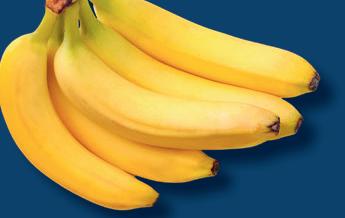


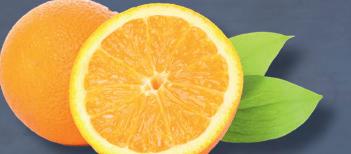



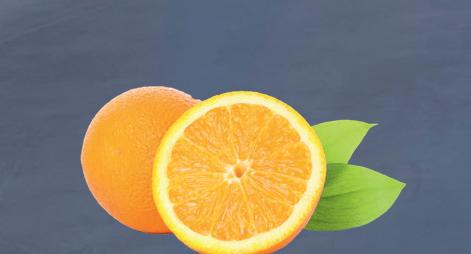




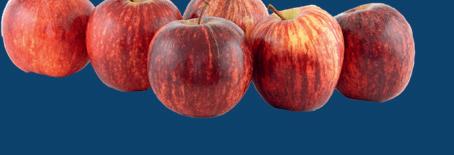

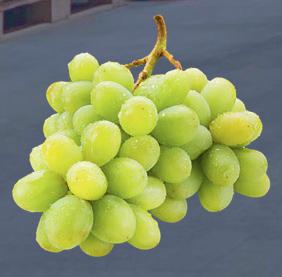





With us your fruit is in good hands. From arrival at the port to collection from our storage; we offer your product the best possible treatment.

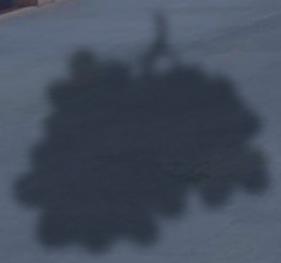
In our storage locations in Vlissingen and Kruiningen, the products are subjected to a quality check, after which they are stored and kept at the desired temperature until you want to transport the products further.
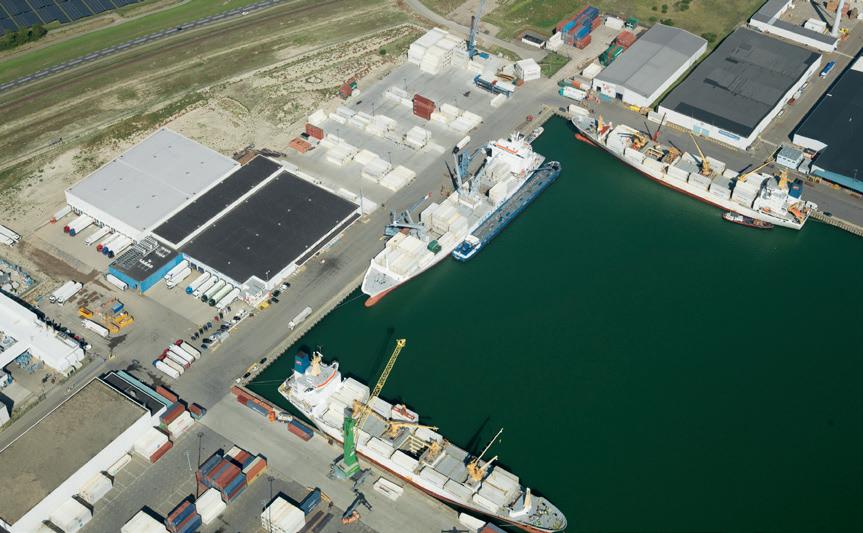



 Kruiningen Cold Store
Vlissingen Fruit Terminal
Kruiningen Cold Store
Vlissingen Fruit Terminal
+ 31 113 322 352 - Kruiningen | + 31 113 322 311 - Vlissingen | info@zzcoldstore.nl www.zzcoldstores.com

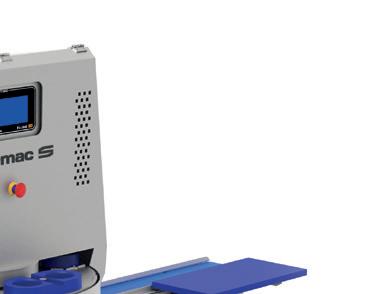






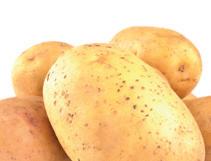
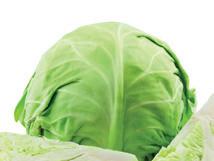



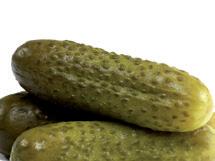
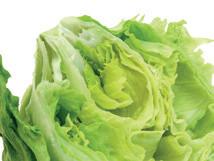


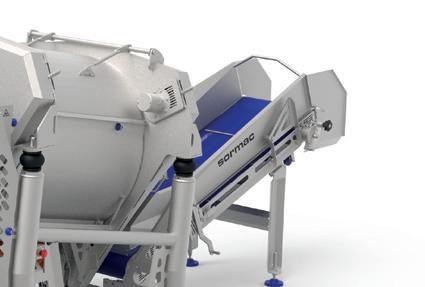


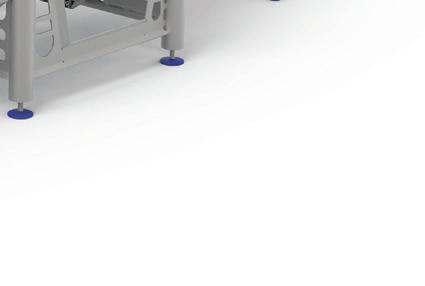




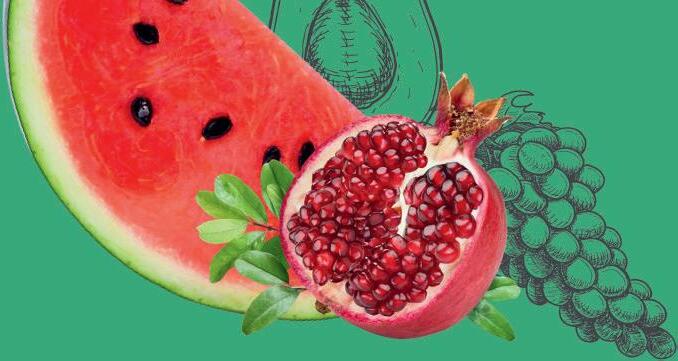
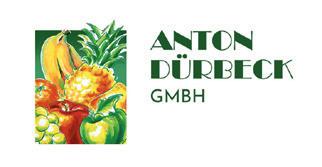

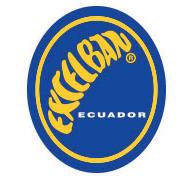
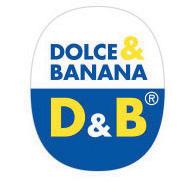
AGF Primeur • Special Edition • 2022110 Sormac B.V. P.O. Box 419 NL-5900 AK Venlo T: +31 (0)77 351 84 44 www.sormac.nl Our agent in Spain Manter Packaging Ibérica, S.L. c/ Sant Cugat 42 08201 Sabadell info.iberica@manter.com Slice and wedge cutter FS-3600 Cuts fruits and vegetables in wedges, (half) slices or sticks. small details ... big difference Centrifuge SC-740/NextGen Dries cut vegetables and all kinds of leafy vegetables. Visit us at Fruit Attraction Hall 10 stand 10C12 info@gottmann.nl +31 180 620 722 www.gottmann.nl CARL GOTTMANN B.V. Member of the Anton Dürbeck Group We have decades of experience in fruit trade and fruit production, with over 125 years of history Talk to us, we can make the difference Commercial Offices Anton Durbeck Gmbh Bad Homburg GERMANY C. Gottmann B.V Barendrecht THE NETHERLANDS Production plant / offices Agricola Frutasol SA Curico CHILE Otisgraf S.A. Guayaquil ECUADOR Hal 6 Stand F01C
Brazil and Argentina collaboration with European counterparts key to grow markets
The major South American supplying countries are now more than ever partners to the Spanish and rest of the European fresh produce industry – not only as alternative suppliers but to ensure the food security of consumers across the continent. They are able to supply world class produce at a time when the continent is experiences many severe weather related events. This ranges from more extreme winters, damaging spring frost in critical flowering periods of fruit and vegetables, as well as the extreme heat, drought and insufferable summers that led to record crop failures and losses.
This reality serves as a key backdrop to many discussions at 2022’s Fruit Attraction. South American producers, with their counter seasonality can – espe cially during the start of the European spring when the most severe frost dama ge delays harvesting while driving down yields and the end of summer when the extreme heat and drought takes its toll –do more than fill the gap by providing the much needed nutrition.
The partnership between the world’s lead ing melon and watermelon grower and exporter from Brazil, Agricola Famosa and Spain’s Citri & Co is a shining example of the collaboration needed in the fresh produce industry. According to Carlo Por ro, CEO of Agricola Famosa, exports to Europe are vital for his business and the region. “It is much more than very a good relationship, Citri&Co is formed by an elite group of growers, namely Martinavarro, Frutas Esther, Riotinto, Perales & Ferrer and now also with San Miguel, they are my partners. The experience of having them as partners is fantastic, we share the same markets, which is mainly Europe, through opposite seasonality, different type of fruits, but the reality is that the challenges are the same and of course being able to group efforts will bring growth to every one. Famosa is starting to feel the benefit of the partnership. The first example is the creation of the company Melon & Co,
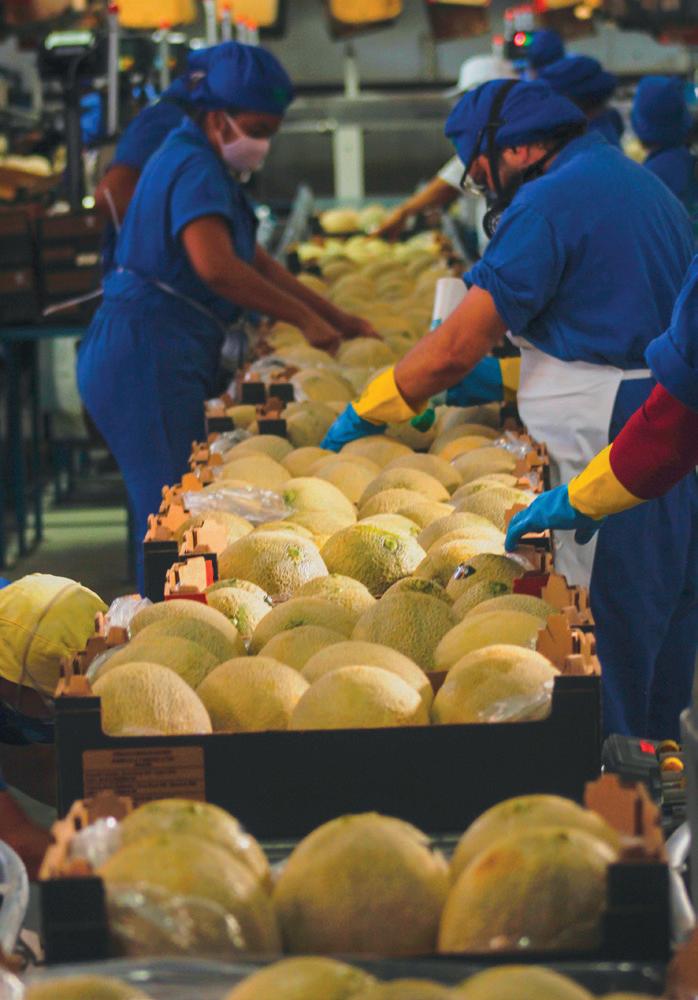
12 months ago. It has a very experienced team giving a direct service to the UK cos tumers, have being proven to be a success, I am sure that this is the first of several initiatives that will benefit Famosa and the costumers,” states Porro.
As a response to the worldwide glob al shipping crises, exorbitant increases in freight costs that caused huge delays and impacted the quality of fresh pro duce around the world Porro decided that Famosa must charter their own ships. Through their own chartered ships they will guarantee about 35% of their exports to the European market.
“It is not enough in today’s world to just offer an excellent quality, safe, sustain able, socially and environmentally correct products growers need to be able to guar antee that the fruit will reach the costum er at the right time after a quite long and complicated transit time. For this reason we have decided that part of our produc tion, around 35%, will travel in a special ised and dedicated service with Green Sea/ Sea Trade. This decision meant we had to make serious investments in trucks and infrastructure in Brazil. This while the other 65% of our exports will continue to be sent by CMA-CGM, our main logistical partner over more than 25 years. At Famo sa we believe that quality and service are
always recognized, so this move and effort was essential in today’s logistical chaos.”
Porro has a special message to the indus try: “To all involved in our sector it is espe cially on products like ours (seed crops) but not just that, planning is vital to guar antee availability and correct costs. The supply chain of materials in addition with the logistic situation had a tremendous impact in our sector, due to that growers / retailers/ distributors / service providers need to be closer than ever to be able to meet demand and deliver a good service.”
These are some of the reasons why Por ro and his team will be present at Fruit Attraction 2022. “Attending Fruit Attrac tion is important because we will be at the early part of our season (week 33 to week 8), all costumers already received the first weeks of production, so it is a very good moment to plan the end of our season, including the extension season that goes from week 9 to week 20.”
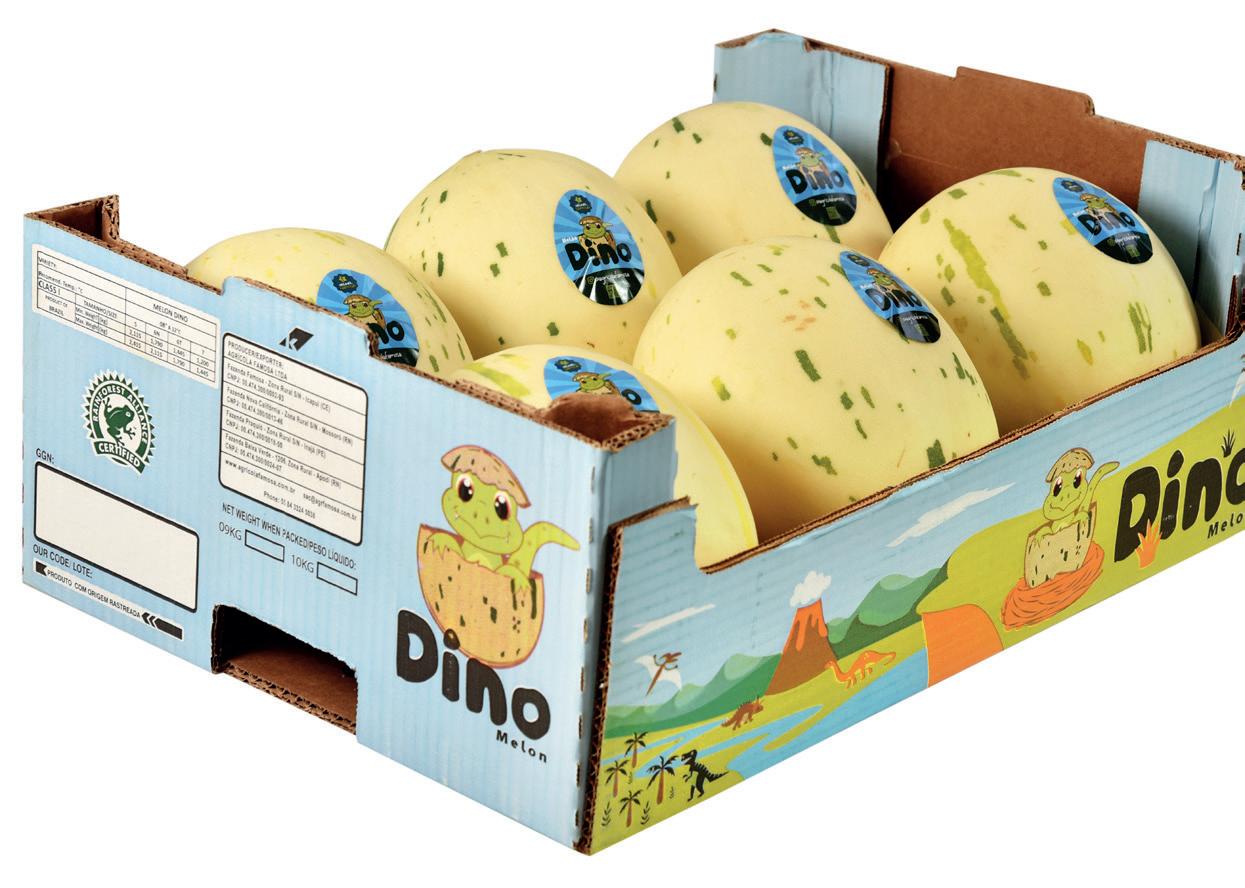
AGF Primeur • Special Edition • 2022 111
Melons
The lemon industries in Argentina and Spain have an ‘amazing and special relationship’ between them to not oversupply the European market says Luz Santos Bollea, marketing director of Terri Citrus based in Tucuman Argentina. Last year they were placed first on two rankings, done by the quality seal All Lemon in Argentina, for the quality of their lemons exported to the USA and the rest of the world. Argentinian lemon producers also co-operate when the Spanish season when it starts late or supplies are lower.
“It is really important for us to speak with them to not oversupply an already struggling market and cause price drops. My dream would be that someday we can sit around the same table and not see ourselves as competition but to see how to supply the whole world with the best yellow lemons without losing money by competing, we can set some rules and trade
fairly. It is really important to listen and understand the other party and see their point in order to reach the goals we are setting and to meet the commitments made,” states Bollea.





Porro concludes by highlighting the importance of the European market, not only for Famosa but for all South American exporting countries. “The European market is the most important market for Famosa and for sure for our region. The social impact that the fruit activity have in our region is immense. I personally saw a huge change in our countries over the past 30 years. The sons of illiterate field workers became agronomists, administrators, entrepreneurs and managers in several positions of our operation and our region and country. This completely changed the lives and future of thousands of families over the past 30 years. It is very important to remember that we are in the most
populated semi-arid region in the world. A very poor region where our industry is one of the very few options for this people, but in addition offers very good chances of prosperity.”
“The cost of production in addition with logistical costs are inflating the final cost of our products. In the case of Famosa and Brazil, we are paying a lot on duty to access the market – it would be great for growers, exporters and Europeans as the final consumers that this situation changes,” requests Porro.

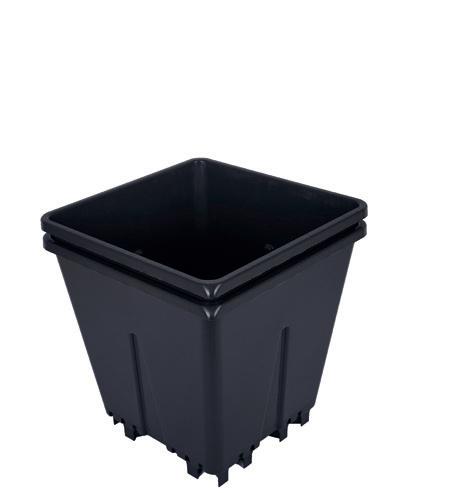


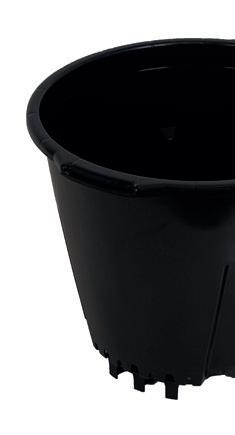
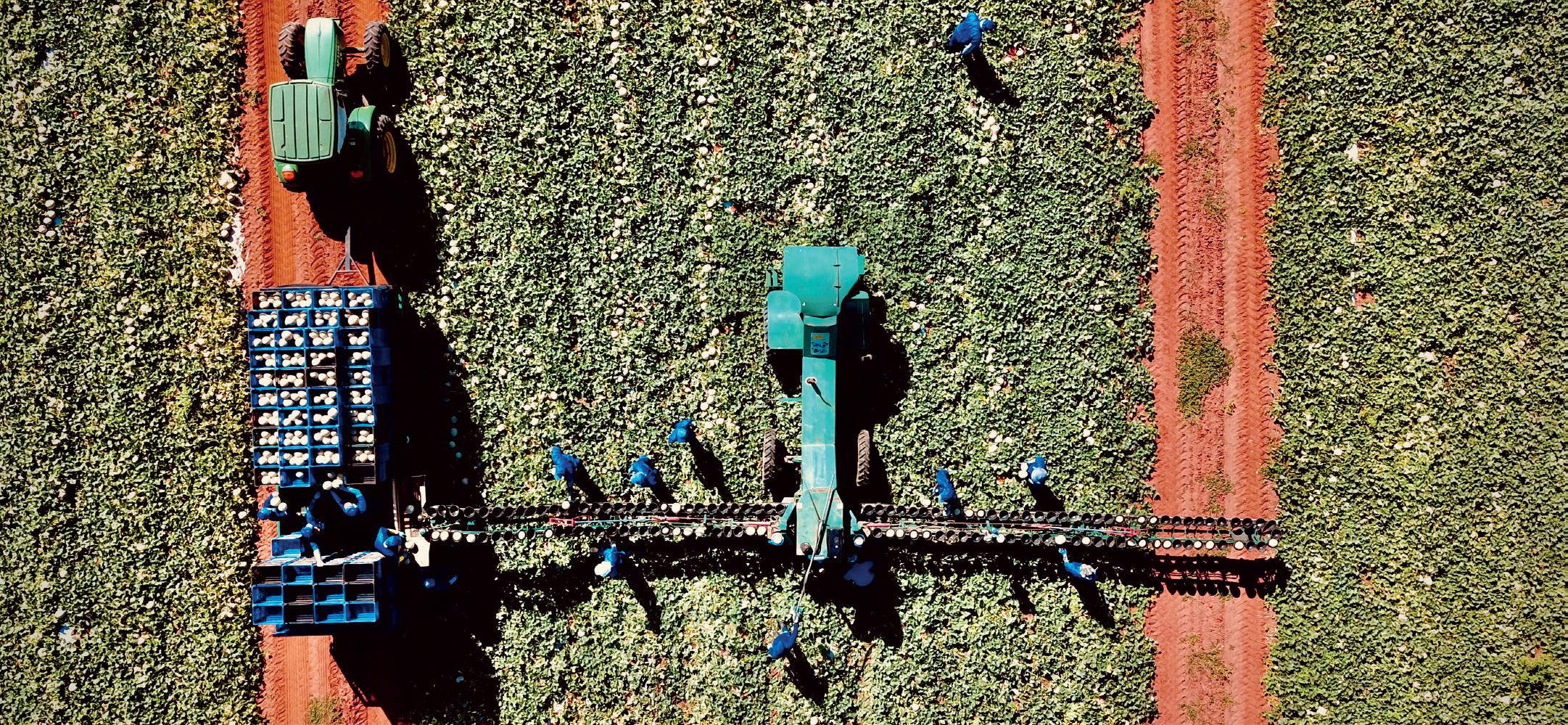
carloporro@agrfamosa.com.br lsantos@terricitrus.com


 Melons
Melons
AGF Primeur • Special Edition • 2022112
WWW.BEEKENKAMP.NL POTS, TRAYS & SUBSTRATE TROUGHS FOR SOFT FRUIT CULTIVATION AND PLANT PROPAGATION Pots for blueberry, raspberry & strawberry Strawberry trays for plant propagation Strawberry & raspberry substrate troughs 45 LITRE 25 LITRE STRAWBERRY TRAYS CALIFORNIA SUBSTRATE TROUGH HALL 10 VISIT US IN




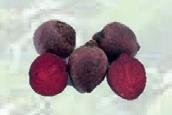



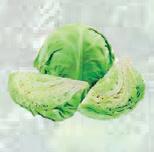

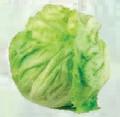

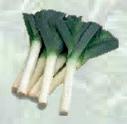


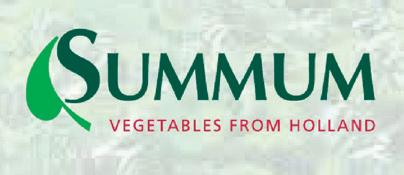






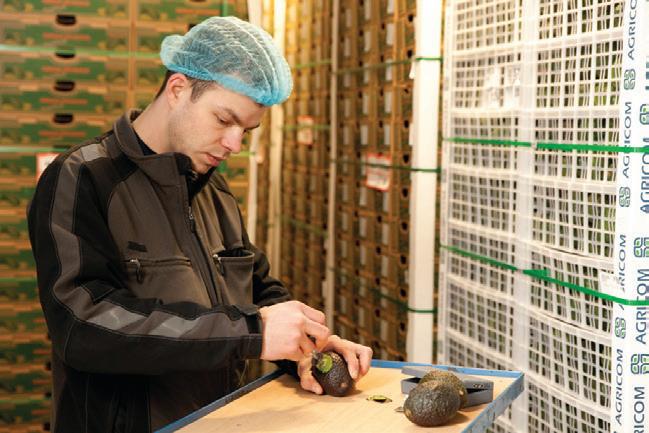
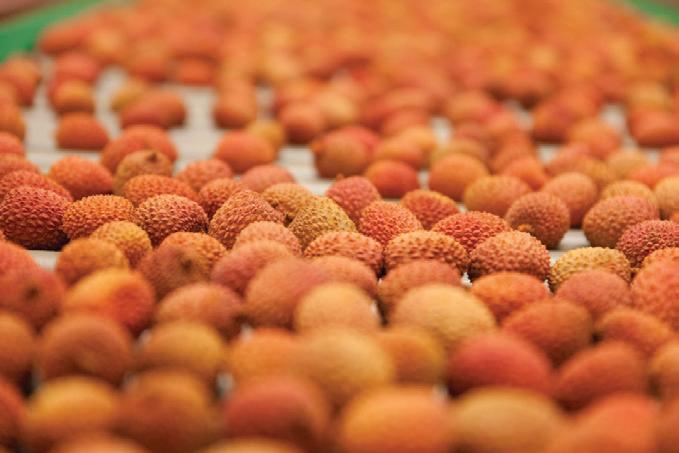
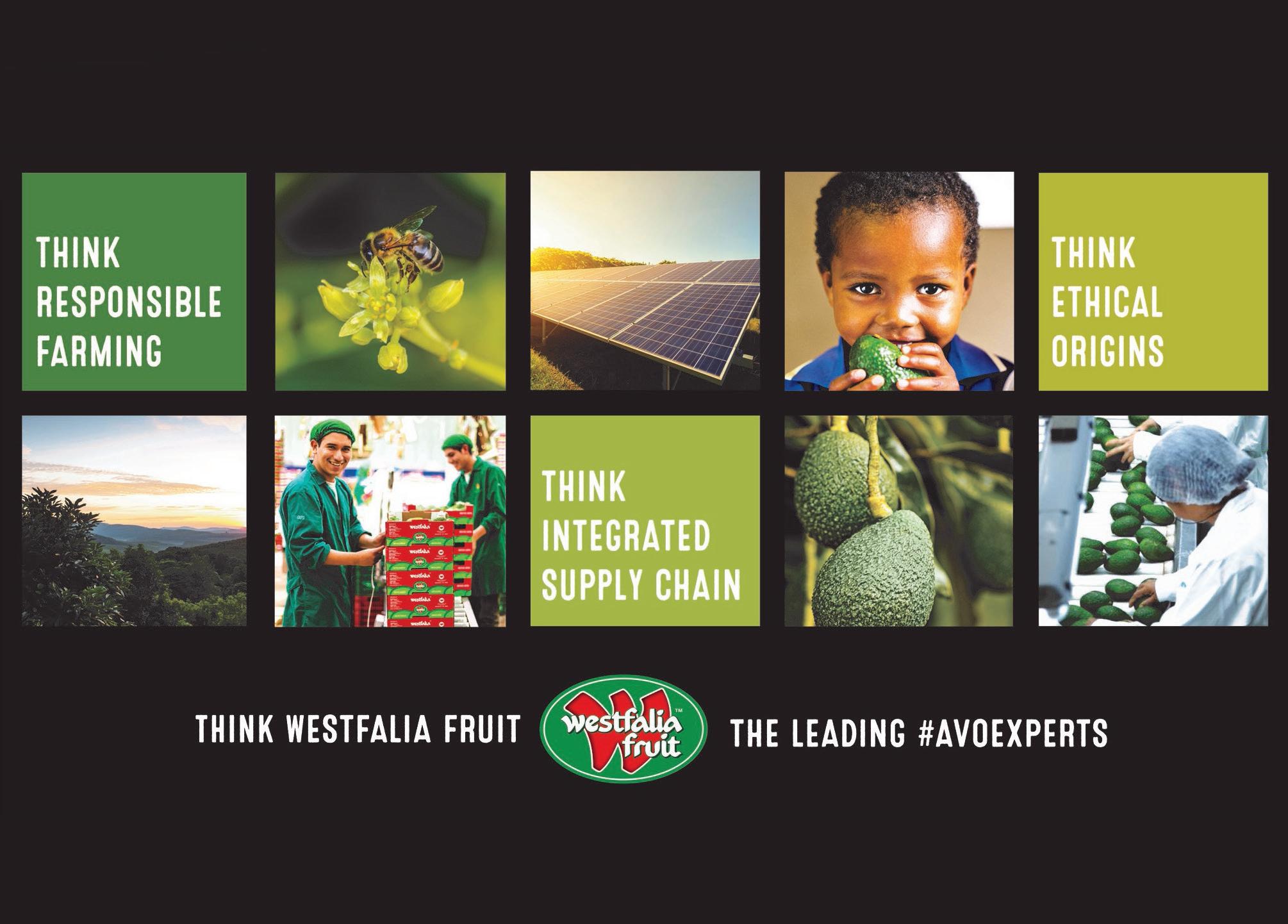
AGF Primeur • Special Edition • 2022 113 A.N.Boekel B.V. Berrie 1 1724 BB Oudkarpsel Tel: +31 226 700 500 post@boekelwaarland.nl www.boekelwaarland.nl Red and white cabbage, pointed, savoy , sweet flat white, china cabbage, Brussels sprouts, celeriac, beetroots (red, yellow, white, Chioggia), swedes, carrots (orange, yellow, purple), iceberg lettuce, cauliflower broccoli, leek, onions (consumption, onionsets), potatoes, chicory, topinambour, parsnip, parsley Vegetables cultivation E nlinfo@coolcontrol T (0031) 174 52 63 60 Honderdland 90 • 2676 LS Maasdijk • www.coolcontrol.nl Cold storage Customs formalities Quality control Value Added logistics (ripening, repackaging and packaging, labelling) Container transport Daily groupage shipments E nlinfo@coolcontrol T (0031) 174 52 63 60 Honderdland 90 2676 LS Maasdijk www.coolcontrol.nl Gekoelde opslag Douaneformaliteiten Kwaliteitsbeheersing Value added logistics (rijpen,om- en verpak , labeling) Containertransport Dagelijks groupagetransport E nlinfo@coolcontrol T (0031) 174 52 63 60 Honderdland 90 2676 LS Maasdijk www.coolcontrol.nl Gekoelde opslag Douaneformaliteiten Kwaliteitsbeheersing Value added logistics (rijpen,om- en verpak , labeling) Containertransport Dagelijks groupagetransport E nlinfo@coolcontrol T (0031) 174 52 63 60 Honderdland 90 • 2676 LS Maasdijk • www.coolcontrol.nl Gekoelde opslag Douaneformaliteiten Kwaliteitsbeheersing Value added logistics (rijpen,om- en verpak , labeling) Containertransport Dagelijks groupagetransport
“The 2022 Sicilian grape campaign, which will not be remembered for being particularly brilliant, at least in its first part, which runs from May to August. The first round was characterized by a rather regular production in line with the high standards of Sicilian table grapes, but marked by stunted consumption,” said Giovanni Raniolo, president of the Consorzio di Tutela del l'Uva di Mazzarrone Igp. “A rather weak situation in sales regarding the first part of this difficult campaign, marked by unprecedented price increases and without any compensation for the prices of our products.”

“This year for the first time,” added President Raniolo. “We saw that even seedless grapes suffered a slow down in sales. This is a sign that worries us, because it may no longer be a matter of preference between seeded and see dless grapes, but the clear manifestation of the ongoing crisis that does not indica te signs of improvement. On the contrary, the inflation rate is rising, and the value of money is declining.”
The average price at production for classic seeded varieties, such as Victoria and Red Globe, has seen a spread, at production, ranging from €1.50 at the beginning of the campaign to €0.70 per kg, while seedless varieties have achieved higher quotations. At the time of writing, the early season is not quite over, and the mid-late season has not yet begun, so the prices mentioned are strictly limited to this period.
EXPORT
CSO Italy provided an initial assessment of this year's exports. “In the first six months of 2022 there was a further drop of 17 per cent; usually in this period barely 5 per cent of Italian households' consumption is expended, so it is necessary to wait until the second part of the year to have an idea of how 2022 may be positioned. However, it is worth noting a 17 percent growth in the average purchase price compared to the same period last year, also in light of the generalized growth in consumer pric es in the most recent months.”
“As for the second part of the season, the first harvests of Italia grapes are immi nent,” said Raniolo. The product looks good in terms of quality, it is sweet and has a good color as of now (as of 25 August 2022). If there are no surprises, we expect a very good year in terms of production, but without knowing how much the high cost of living will affect our sales. We
Giovanni Raniolo, president of the Consorzio di Tutela del l’Uva di Mazzarrone
An assessment of the first part of the 2022 grape campaign, and Italy's trade and consumption trends
AGF Primeur • Special Edition • 2022114
Grapes
trust that the Italia grape is a very popular product, which many families will not give up. Between now and the end of November and beyond, we will have a chance to experience not only the production and commercial trends of late Sicilian grapes, including seedless, but also the unfolding of an unparalleled international crisis.”
It will also be interesting to see the export trend in the second part of the 2022 season, also to understand how consumers abroad are living with this ongoing crisis. In the meantime, again with the help of data from CSO Italy, we can see the export trend of the last five years. Italian grape exports in 2021, nearly 457,000 tons, despite a very slight decline from the previous year, -1 percent, were perfectly in line with the last five years. The total value went up +1% to nearly 730 million euros, thanks to an average price that, at 1.60 €/ Kg increased +2% over 2020, establishing itself as the highest since 2017.
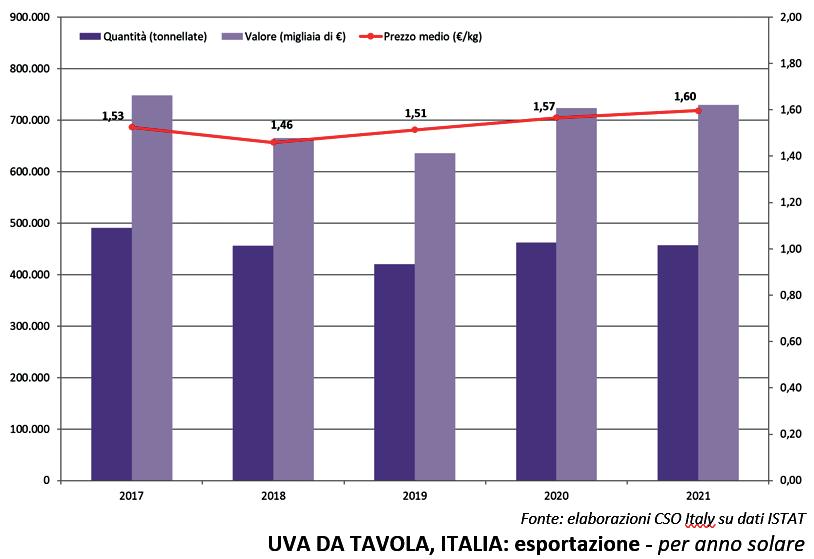
Traditionally, the countries of the European Union are the main recipients of our product, absorbing in 2021 about 409,000 tons, almost 90% of the total, although
with slightly decreasing volumes (-1%) compared to 2020.
Germany and France are the first destinations of Italian grapes but declining. The East shows growth. Germany was confirmed as the main target market, but with 129,000 tons it registered a decrease of -6% compared to the previous campaign, only slightly below the average volume that is shipped to this destination (about 131,000 tons in the period 2017-2021).
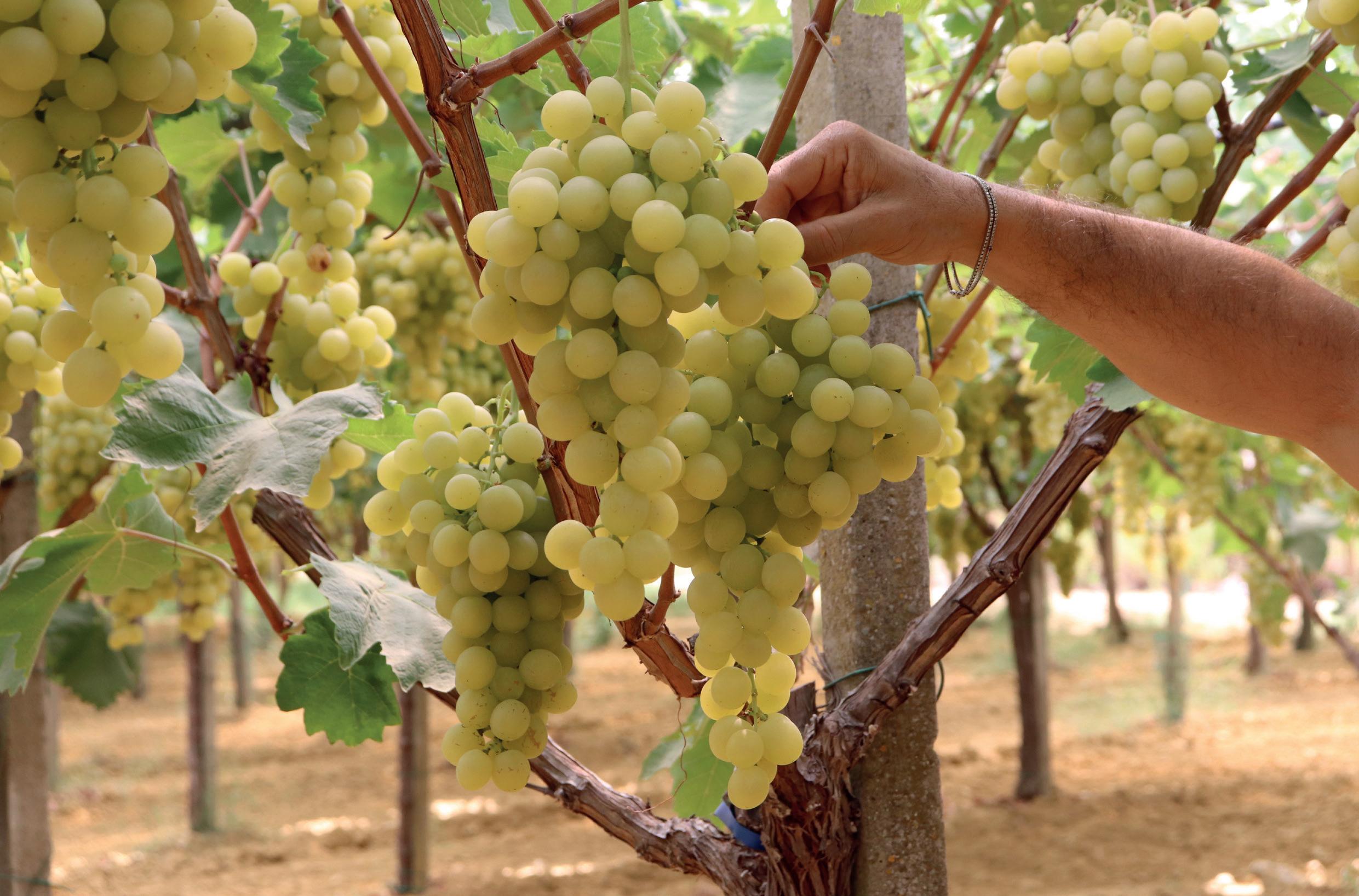
In second position, with 28% of the total, stood shipments to France, during 2021 down by -11% when compared with the past campaign, the volume of almost
92,000 tons, being among the lowest in the recent past.
There has been a general increase in exports to Eastern European countries, such as Poland, which absorbed 20 percent of the total volumes exported last year, amounting to about 54,000 tons. Higher volumes were also recorded toward the Czech Republic, with almost 24,000 tons, +18 from 2020. A growing trend was also registered toward Slovakia with volumes reaching 8,600 tons.
Fuente: análisis de CSO Italy basado en datos de ISTAT UVAS DE MESA, ITALIA: exportación en años naturales
AGF Primeur • Special Edition • 2022 115
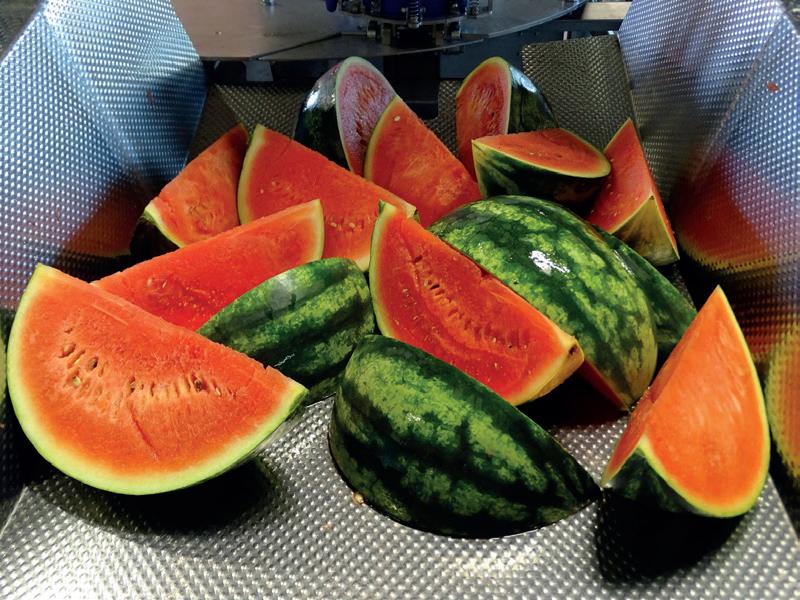
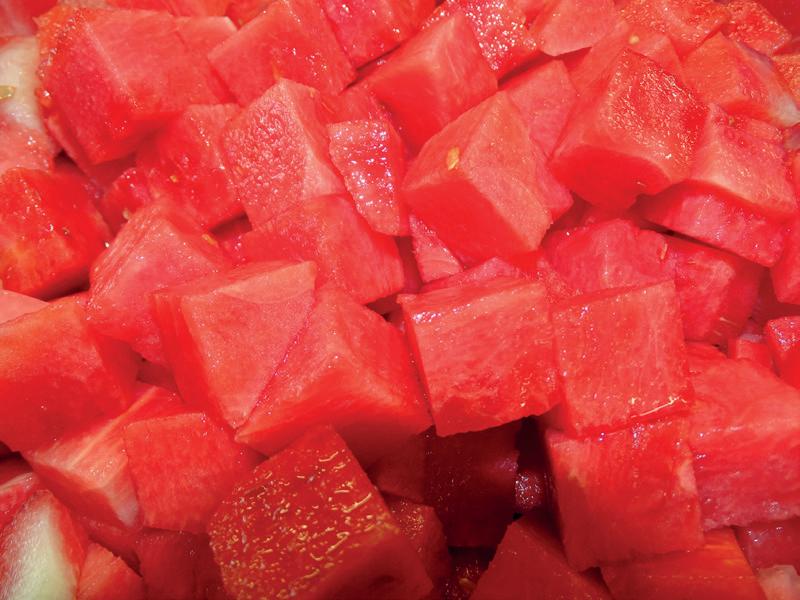




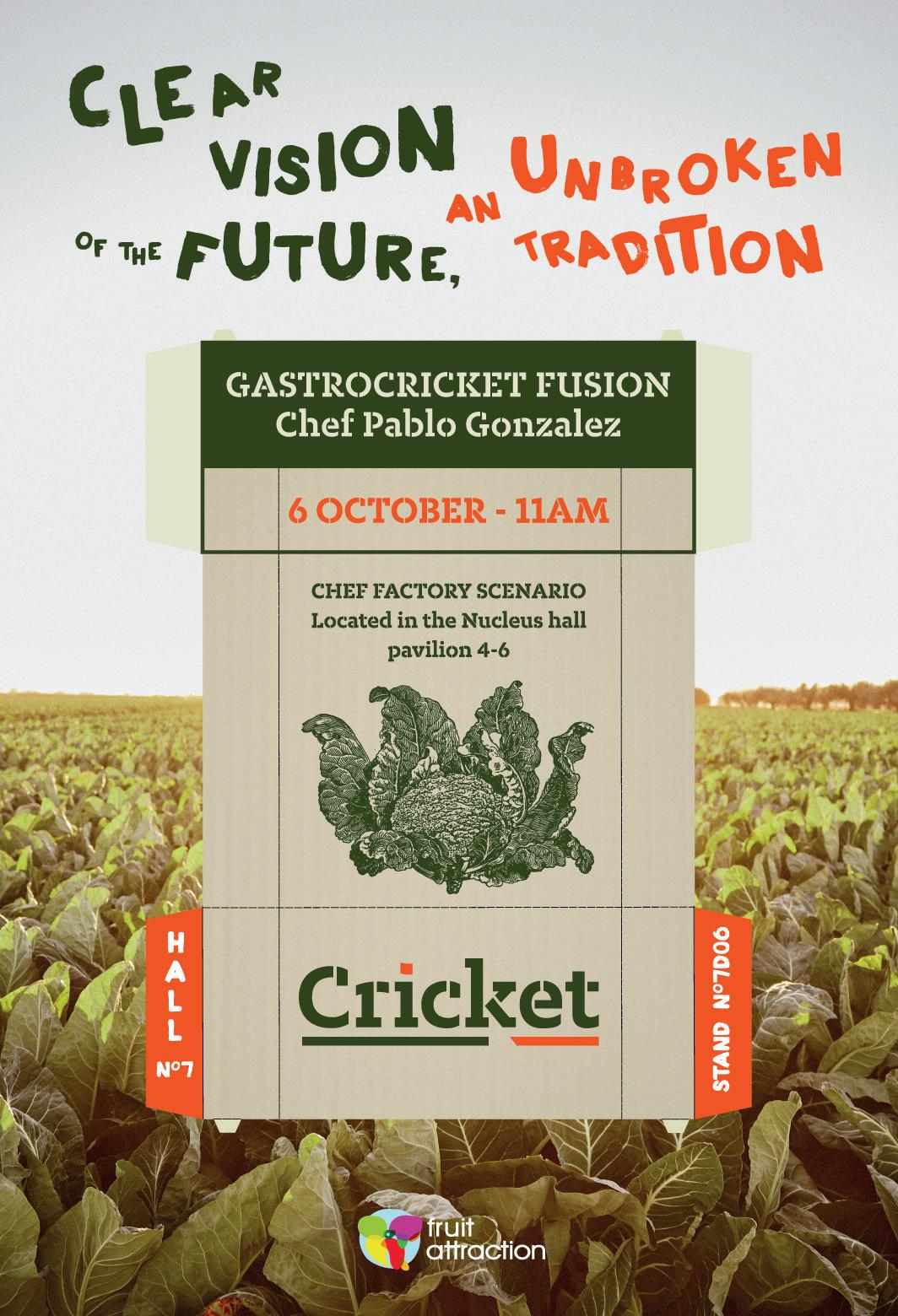




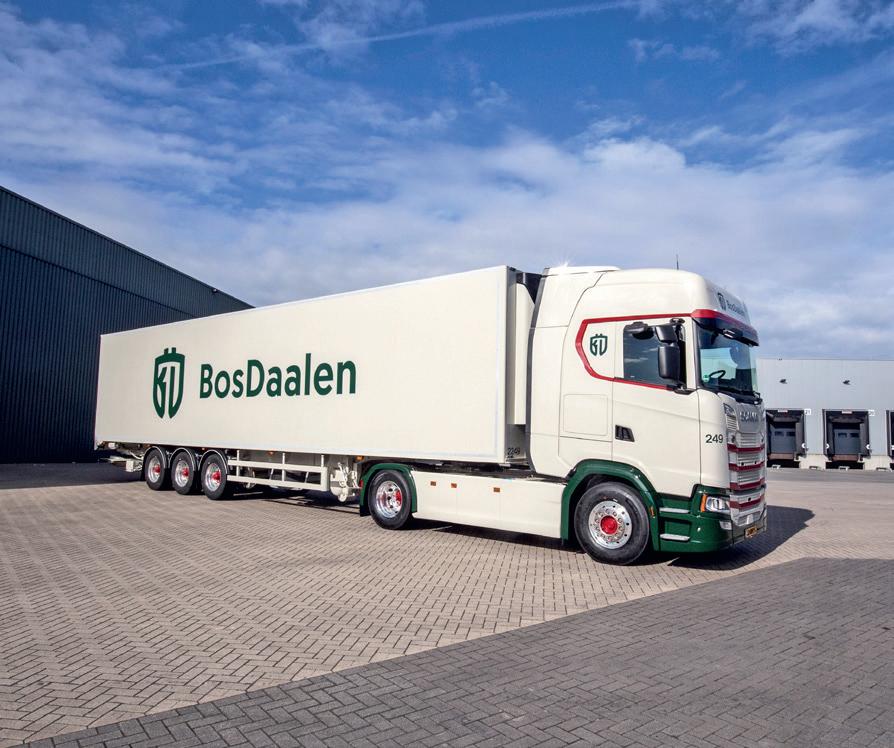



AGF Primeur • Special Edition • 2022116 Watermelon Cubes or Wedges "We've got the processing machine that fits your needs!' ZTI smart machines are well known for improving shelf life high quality good ROI high capacity sustainability precious moments made in austria WWW.BOSDAALEN.COM DAILY TRANSPORT TO AND FROM GERMANY, SWITZERLAND AND NORTHERN FRANCE 24/7 Temperature Controlled Daily departure We deliver quickly and efficiently Transport from 0 to 25° C Every day we truck to and from Holland, Germany, Switzerland and northern France.
IN CONTRAST, SHIPMENTS TO SPAIN DROPPED, -4% FROM 2020. However, it can be said that almost the entirety of exports remains within European borders, of which 9% of total exports are directed to non-EU European countries, with quantities amounting to almost 42,000 tons shipped in 2021. Switzerland carved out the first position with about 20,000 tons, -4% on the volumes shipped in 2020. This was followed by the United Kingdom, which took in 16,000 tons, +4% over 2020. Norway closed with stable volumes over the last two years.
Outside of Europe, 1% of shipments were placed in the Middle East, in 2021 almost 4,000 tons, +9% over 2020; Saudi Arabia prevails over the UAE with over 2,600 tons,
+33% over volumes shipped in 2020. The lowest export in both 2020 and the recent past to the UAE with just under 1,000 tons. African countries, in 2021 absorbed nearly 1,200 tons, +62% compared to the more modest quantities of last season.
Finally, the overview of exports is completed by volumes directed to North America mainly the United States and Asian countries such as Sri Lanka but with still very small volumes. The export calendar for Italian grapes is confirmed to be concentrated in the second half of the year and mainly between August and November; in these four months, in fact, about 85 percent of the total shipped outside national borders in a calendar year gets shipped.
In 2021 September and October closed with 25 percent and 27 percent of the total exported, respectively; for both months the number of shipments were among the highest when compared with the last five years.
In 2021, grape imports were just over 19,000 tons, registering a +3 percent increase over the volumes of the previous twelve months, but below the average of the last five years. These are therefore very small volumes compared to what our country exports with a largely positive trade balance.
At the same time there is also an increase in value of +8% thanks to the boost dictated by +6% in average prices compared to 2020, thus allowing 2021 to write a new record set from 2017 to date.
The origin of the product is mainly EU (27). According to ISTAT data, volumes from this macro area were stable compared to 2020. Thirty-three percent of imports came from the Netherlands (triangulated product from different origins), which directed to our country just over 6,300 tons, +46% compared to the last campaign, thus confirming the growth of the last five years. In second position are entries from Spain, which account for 21% of the total in 2021, about 4,000 tons; volumes are down -13% compared to the previous season.
Germany-based goods occupy 9% of the total, with nearly 1,700 tons, a decrease of -28% from last season. Outside the European Community, foreign grape imports come from South American countries, accounting for 17% of the total imported.
First and foremost is Peru with almost
Source: CSO Italy analyses based on ISTAT data
TABLE GRAPES, ITALY: export - by calendar year
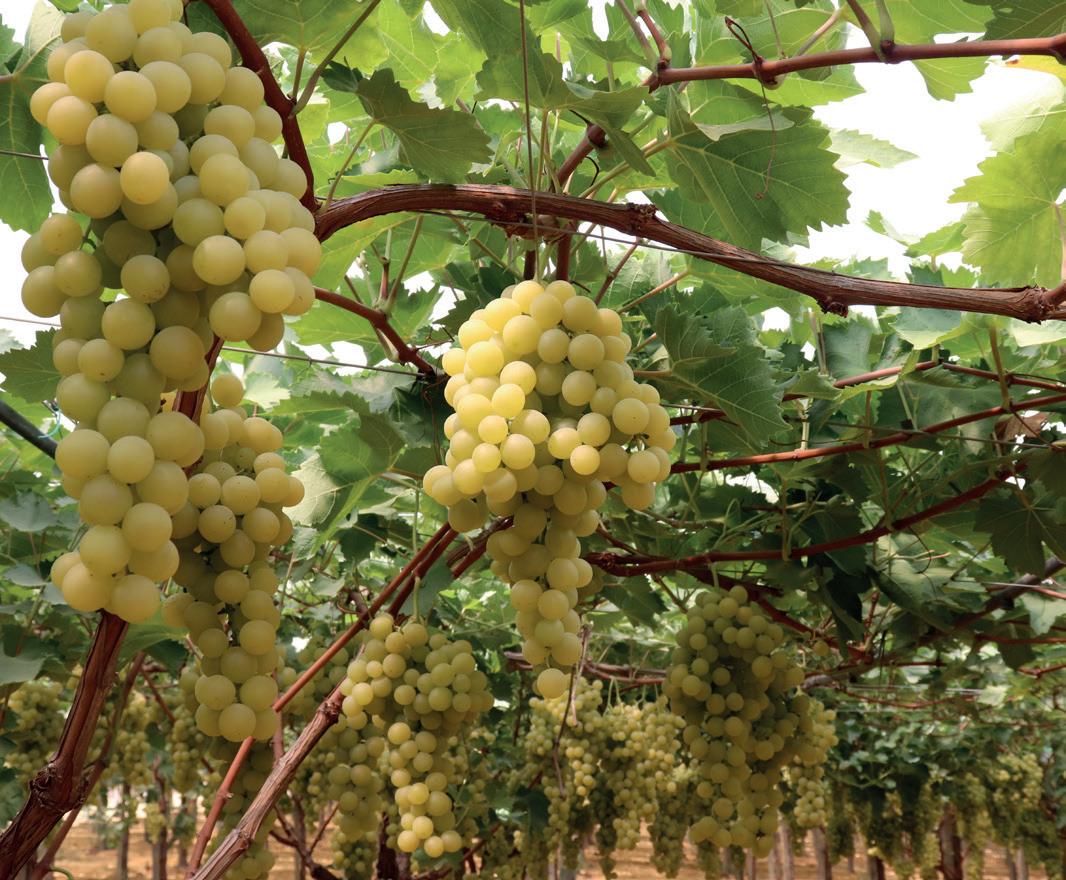

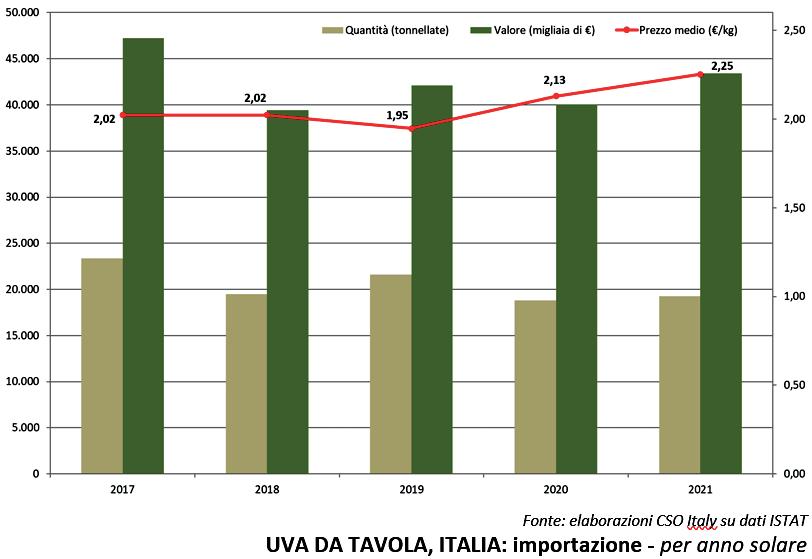
AGF Primeur • Special Edition • 2022 117
Grapes
2,000 tons up +37% on the volumes of the previous campaign (10% of the total) while entries from Chile show a decrease of -21% compared to 2020 and are the lowest since 2017. Other foreign arrivals concern goods from African countries at 15% of the total imported, up +25% compared to 2020. There was a -10% drop from Egypt over the previous year, with 1,800 tons, the lowest quantities in the five-year period analyzed. A strong increase from South Africa, which with over 1,000 tons in 2021 marks the highest volume since 2017. Still negligible quantities come from the Far East at 2 percent of the total, exclusively India.
Grape imports, also for 2021, continue to be concentrated in the first six months of the year and in December. During the last year, the largest entry of foreign product was in March 2021 when more than 3,000 tons (16 percent of the total) arrived.
The trade balance confirmed a positive direction in 2021, just as in previous years, the quantities exported are greater than the imports. The quantity balance is greater by more than 430,000 tons while the value balance is positive by about €685 million.
However, the average price of exports is significantly lower than that of imports, with the differential in 2021 being €0.66/ kg, a gap that appears to be wider than both last year and the recent past.
DECLINE FOR THE ITALIAN DOMESTIC MARKET
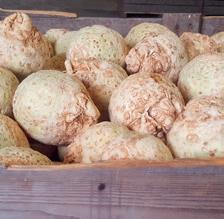

On the domestic market front, 2021 did not close well. Italian households' retail purchases, which naturally involve prod-
uct of domestic and non-domestic origin, dropped sharply, by -7% over the previous year, decreasing to about 140,000 tons, compared to an average of 150,000 tons in the most recent years (excluding 2019).
It was a decline that mainly affected the second half of the year, with a decline of 10% in the third quarter of the year and amounting to 4% in the last three months.



The average purchase price was at the same level as the previous year, registering a slight +1%; consequently, in value terms, retail purchases of grapes were below 5%.
Source: CSO Italy analyses based on ISTAT data TABLE GRAPES, ITALY: export - by calendar year
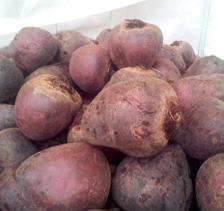

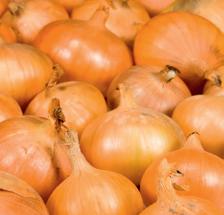
The assessment of the penetration index, i.e., the percentage of households that purchased table grapes at least once during the year, is interesting. It remains constant in comparison to the previous year, at 63 percent, while the average annual consumption per purchasing household declines, from 9.1 to 8.2/kg.

AGF Primeur • Special Edition • 2022118
Handelsweg 2, 1619 BJ ANDIJK, The Netherlands T. 0031 22 859 1222 | E. info@hortica.nl | www.hortica.nl ONIONS - POTATOES - CELERY - CARROTS BEETROOTS - CABBAGE - PARSNIPS BIOLOGICAL PRODUCTS AVAILABLE EXPORT - IMPORT - PRODUCTION FRESH MARKET / INDUSTRY







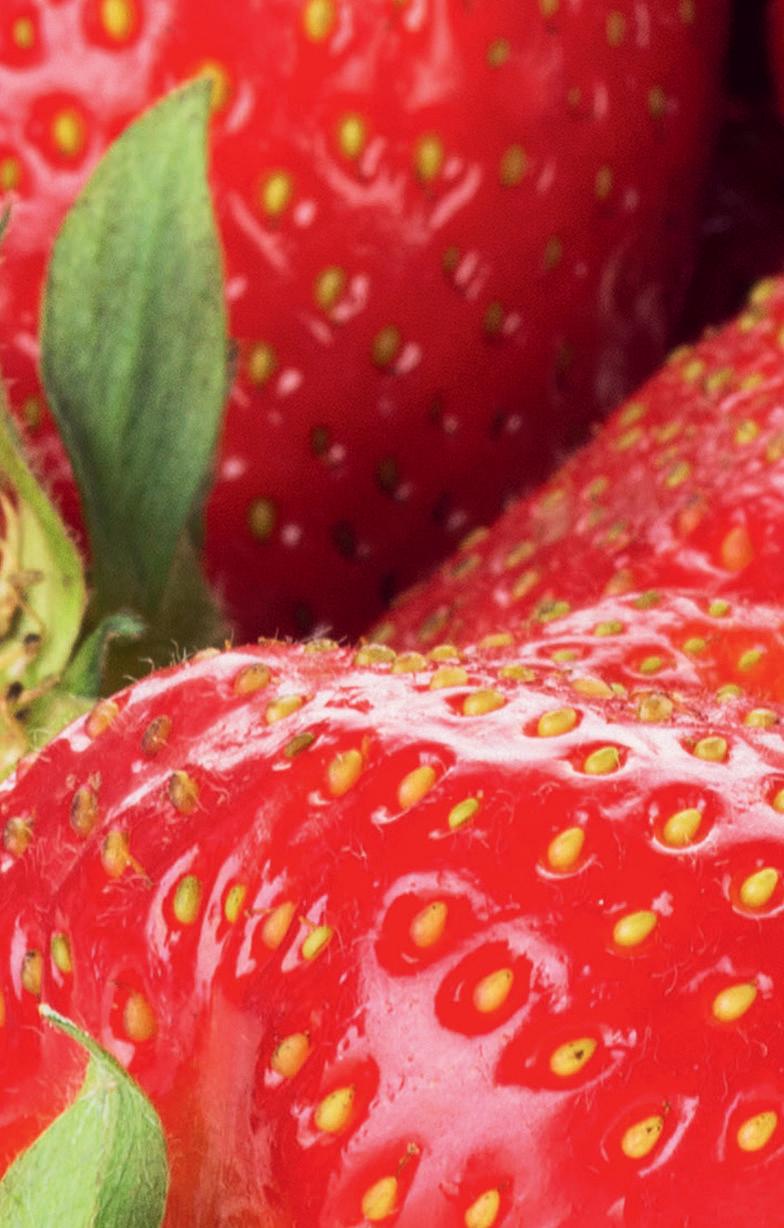

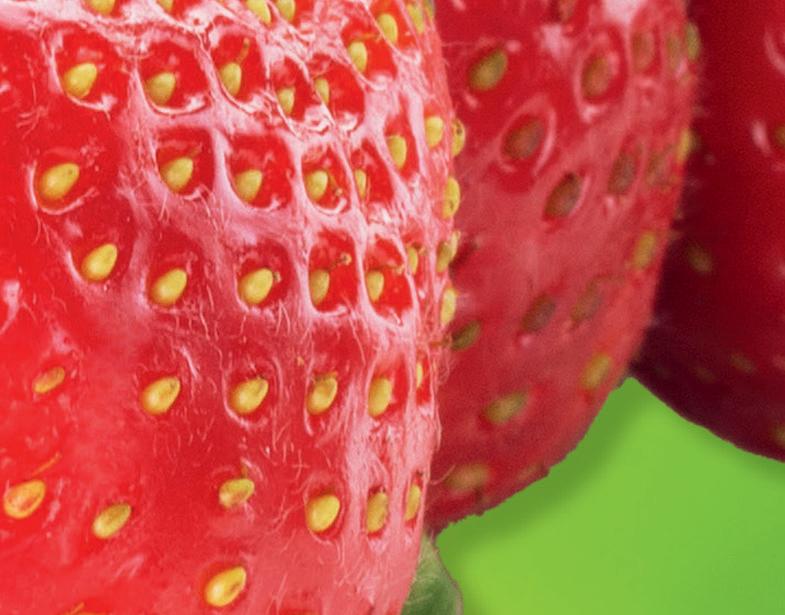


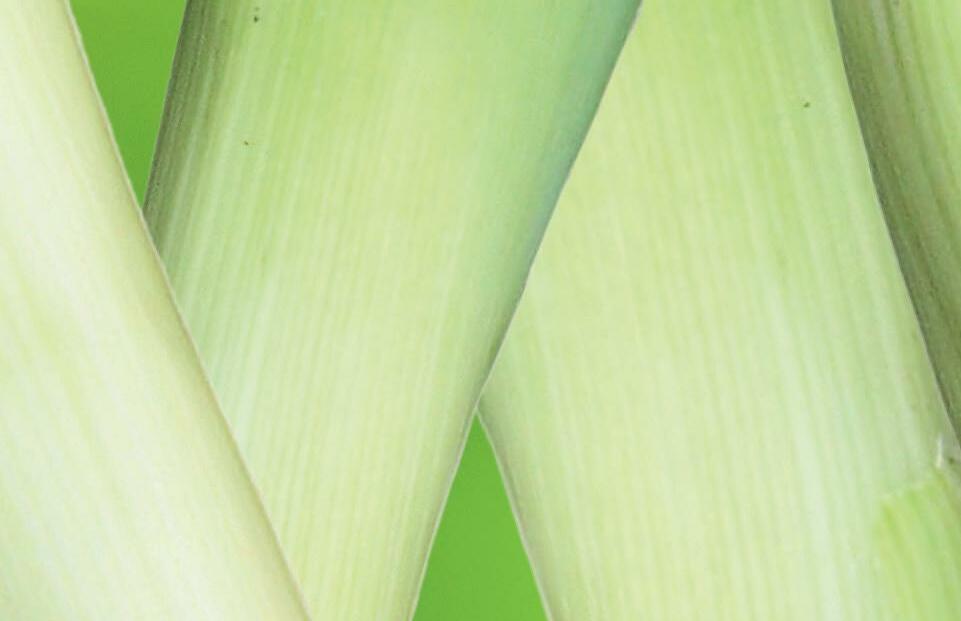
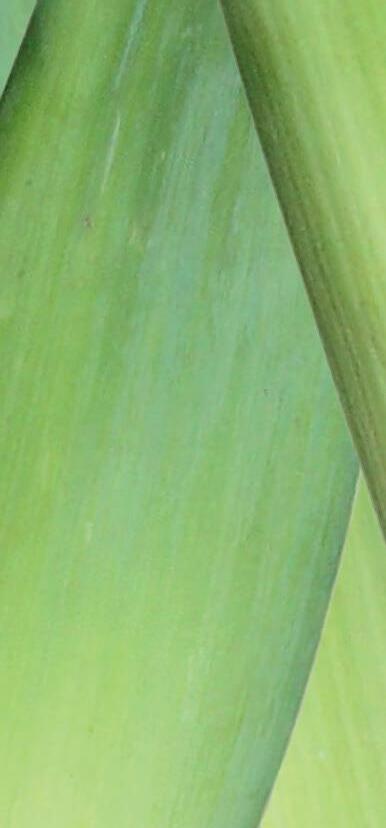





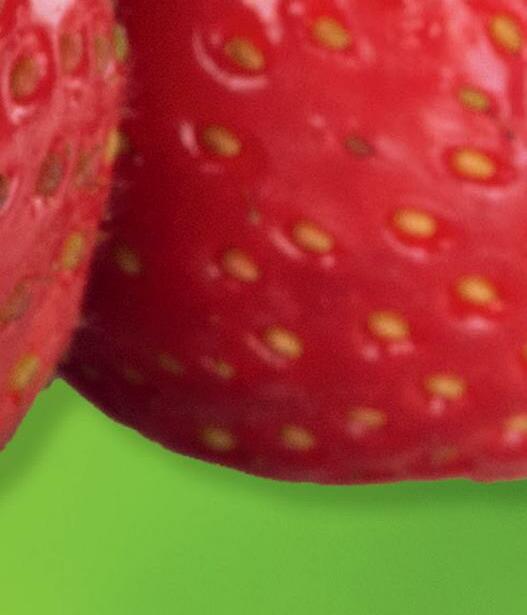
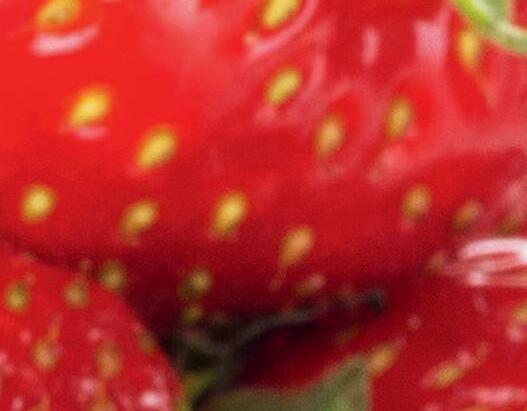


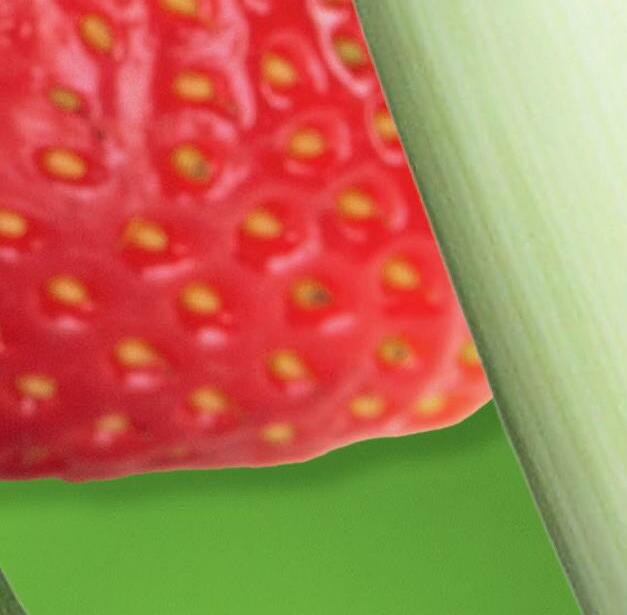
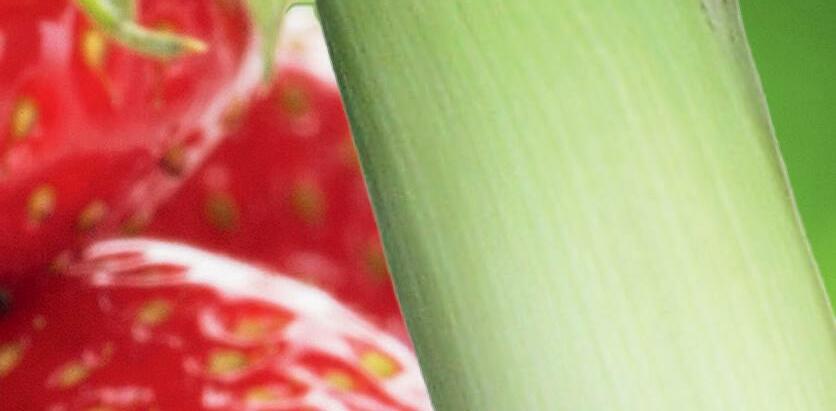



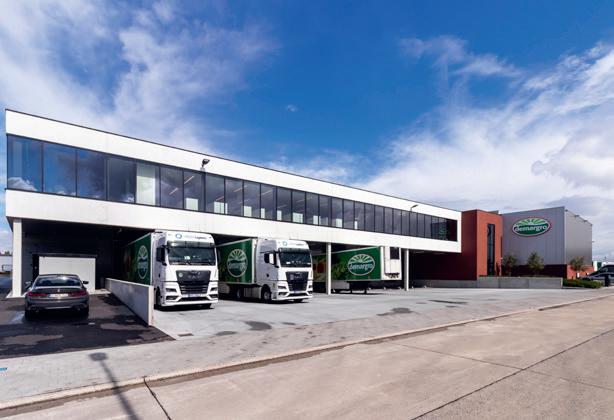
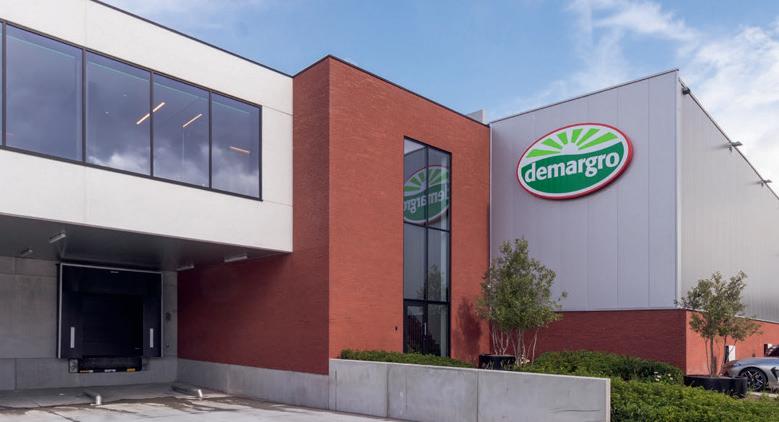
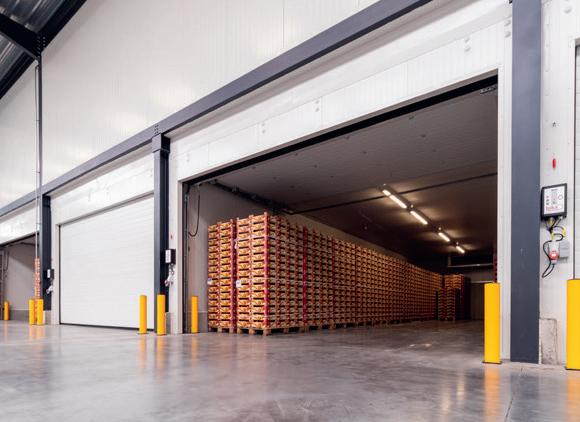

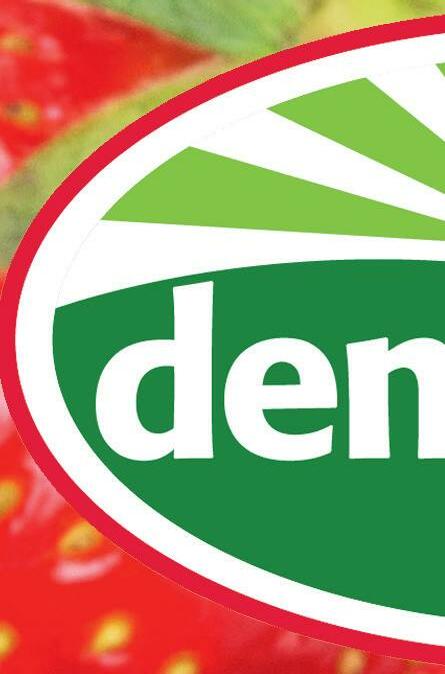

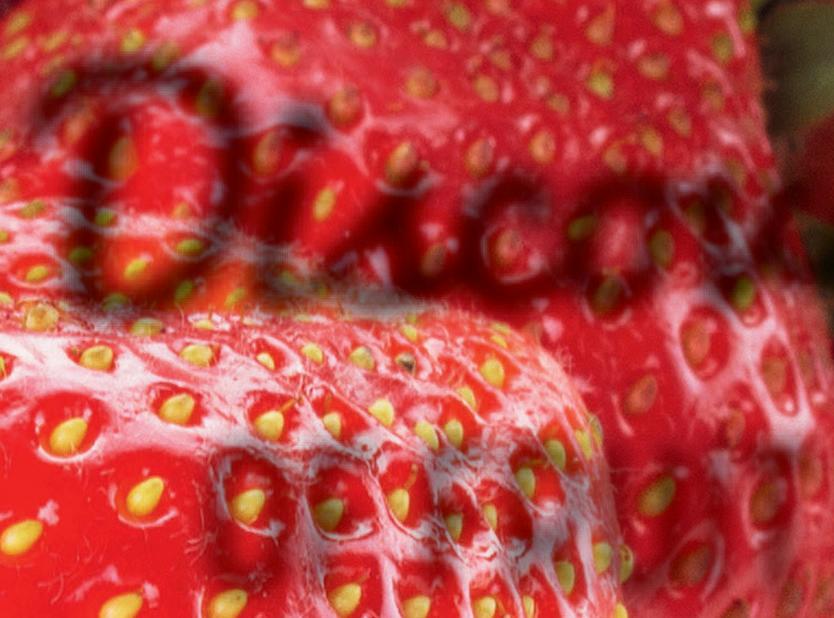



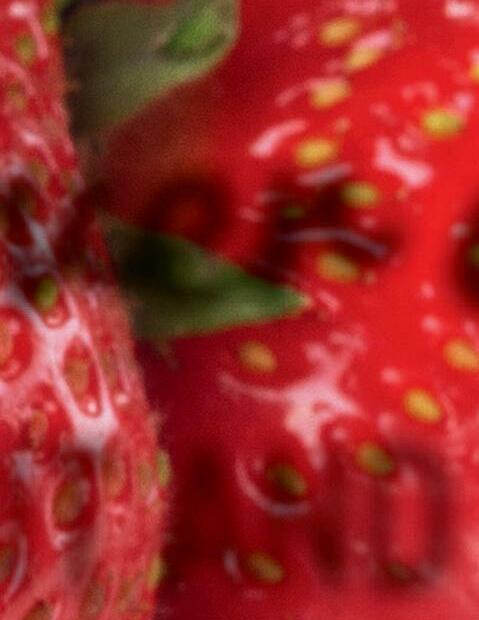



Discover a World OF FRUIT AND VEGETABLES T. +32 51747075 WWW.DEMARGRO.BE HALL 10 F07
Italian pears: production on the rebound but impacted by higher raw material prices
2021 was severely impacted by frost which hit so disastrously that production was at its lowest levels, the situation for Italian pears appears markedly better this year. At a national scale, more than 470,000 tons of product are estimated for 2022, more than double last year's figure, but over 20% less than in 2020 and 35% less than in 2018. At the varietal level, about 189,000 tons of Abate are expected, 22 percent less than in 2020 and nearly 40 percent less than in 2018, though four times more than in 2021. At about 130,000 tons, William confirms about double the previous year's production, but 16 percent less than 2020 and more than 20 percent less than 2018. (Data: CSO Italy-Centro Servizi Ortofrutticoli).
Pears have always been a strategic product for Italy. The country has its leadership in terms of production at a European scale, with a strong identity, focused exclusively on the Abate Fetel variety, with a very concentrated production in terms of both territory and companies. Almost 70 percent of production is in Emilia-Romagna.
“In recent years the situation has changed substantially. The production potential has definitely dropped. Until a few years ago, Italy could reach a pear crop of more

than 750,000 tons per year, which was already on the decline compared to the previous decade. Recently, these volumes seem no longer attainable because of the negative trend in production areas. Compared to 10 years ago, more than 6,000 hectares have been lost in the Emilia-Romagna region alone, a loss concentrated particularly in the past few years. In the last year alone, the drop was 9 percent from the previous year, with larger than average reductions for Abate, Conference and Kaiser.”
It is clear that this decline in acreage stems from the difficulty of creating income from production. There have been so many problems, such as the Asian bug, brown spot, climate change, difficulty of preservation as a result of the ban on the use of certain products in the absence of alternatives, with consequences for fruit quality, high production costs, and increased competition with other competitor countries.
“Italian pears have been caught in the grip between drought, disease and harmful insects. Summer pear yields have been lower than expected, with farms not reaching 15 tons per hectare,” said Albano Bergami, a producer in northern Italy and for years the national fruit sector contact for Confagricoltura. “If summer pear yields have been lower, prices have not reflected that decrease. In fact, they don't even cover costs considering the surge in production input prices. The pear tree is probably one of those plants that is least adapting to climate change.”
According to Bergami, the situation has been better for Abate, the most import-
AGF Primeur • Special Edition • 2022120 Topfruit
ant variety in Emilia-Romagna. In this case, the calibers have been improved and, along with them, the yields, although official data is not yet available. “Producers are very discouraged, as they have no weapons to fight diseases such as Alternaria, and even less to fight the Asian bug. If we then consider the electricity costs that will add to the burden of storing the commodity in winter, it shows a very complicated scenario for the supply chain, especially for farmers.”
The new season's trend will be greatly affected by higher raw material prices, which are present in all products and sectors, but could be felt more for pears, given their already high production costs compared to other fruit species.
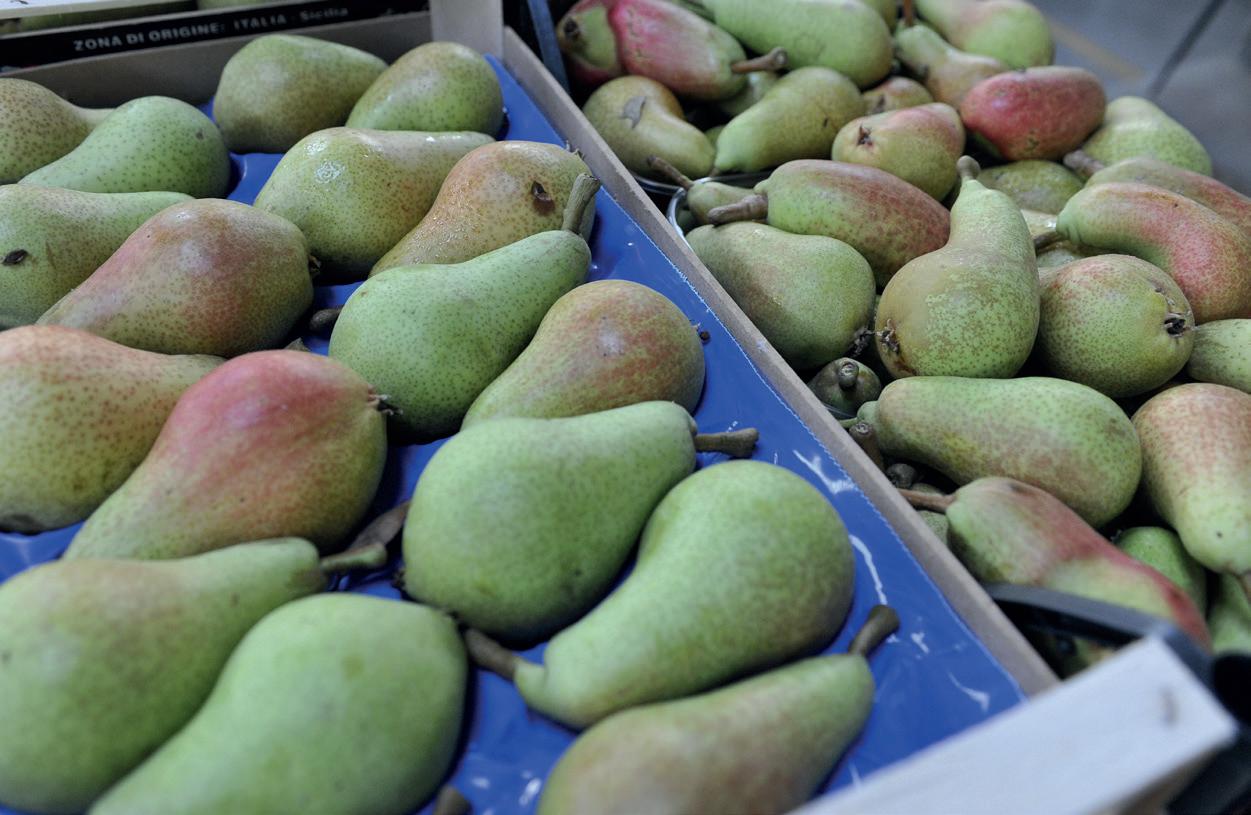
APPLES: EVOLUTION OF CLUB CULTIVARS IN ITALY
For the 2022 season, Italy's apple production is basically in line with the previous year. If the traditional varieties appear to be declining or at a steady pace, the so-called new varieties are growing, which, thanks to the entry into production of new plantings, are now close to 200,000 tons, with a 38 percent structural increase compared to the previous season.

“The Italian varietal structure, in fact, has undergone a decisive evolution in the last decade,” stressed Assomela, the Italian Apple Growers Association. “In 2010, new varieties, mostly managed under contractual production/marketing control systems or so-called clubs, were not even included in the statistics (except Cripps Pink-Pink Lady®). However, for the 2022 harvest, this category is expected to account for as much as 9 percent of the total harvest.”
“In recent years, in the face of stagnant or declining consumption, the desire of producers to increasingly meet the needs of consumers and those of ever-changing export markets, the Italian varietal set-up has undergone a real revolution. New varieties marketed under controlled models and related trademarks have thus appeared and grown rapidly, such as Kanzi®, Envy™, Ambrosia™, Evelina®, Crimson Snow®, Cosmic Crisp® and many others,” continued Assomela.
According to some analyses, such a wide range of offerings risks confusing consumers and requires major investments in both production and sales, with impactful marketing campaigns and budgets.

“In general, the performance of club cultivars is encouraging. The varieties are being recognized as premium in price and quality, and there is growing interest. But being a club cultivar does not mean that it sells by itself and at a high price. Investing in a new variety means putting a 20-year and risky project to good use. There is a need for structure and consistency, and well-determined volumes. Up until 2020, projects were in their early stages, and supply and demand were in balance. From 2021 onward, the situation has changed due to a greater availability of product, and until 2025-2027, the supply of club varieties will grow significantly. Whether which cultivars will become more established and long-term will remain to be seen,” said Fabio Zanesco, commercial director of VIP.
“New varieties are at the heart of our varietal renewal plan,” reiterated Walter Pardatscher, general manager of VOG. “To retain the modern consumer, it is necessary to offer quality products, linked to brands with a strong positioning and values they can identify with. Hence, the success also in the Spanish market of wellknown brands such as our Marlene brand but also Pink Lady®, Kanzi® and many
AGF Primeur • Special Edition • 2022 121
others. There is great potential for our latest novelties, Cosmic Crisp®, Giga® by Marlene® and RedPop® by Marlene®.”
For Italy, the expected lower production of apples in Spain and Hungary, for example, could be an opportunity to continue to consolidate its position on the market.
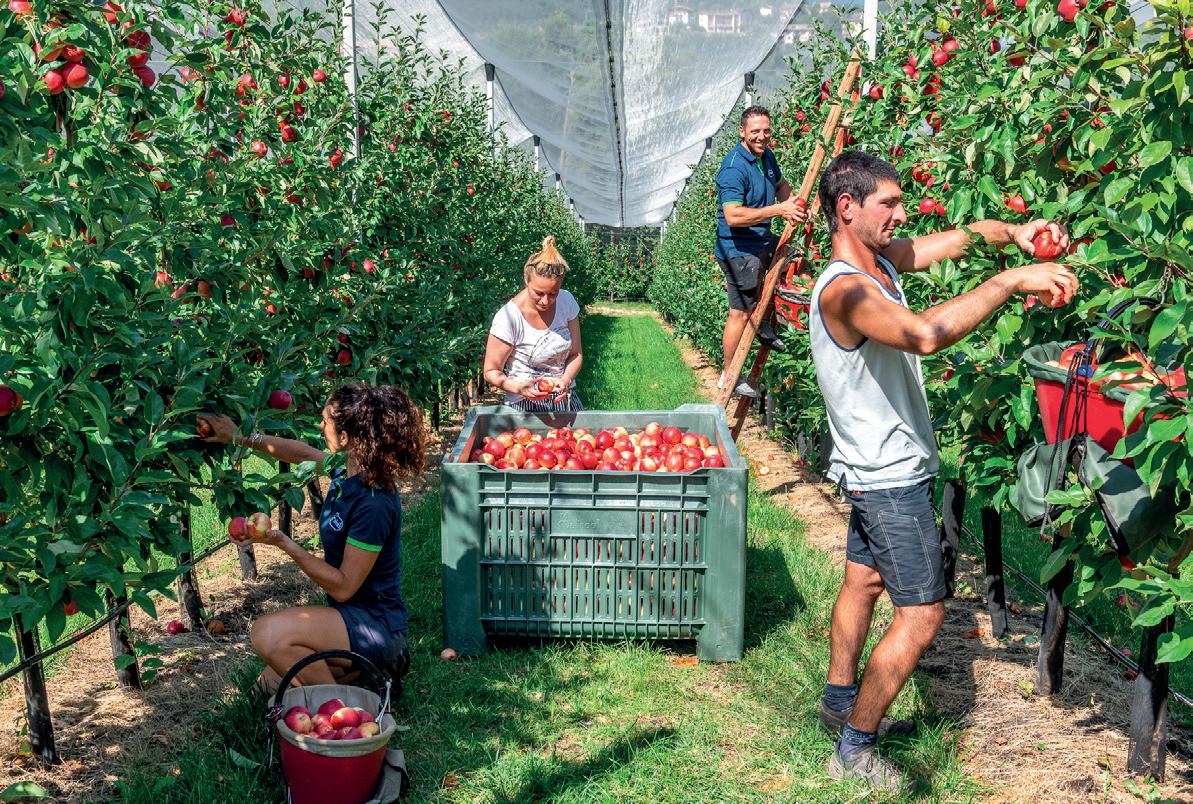
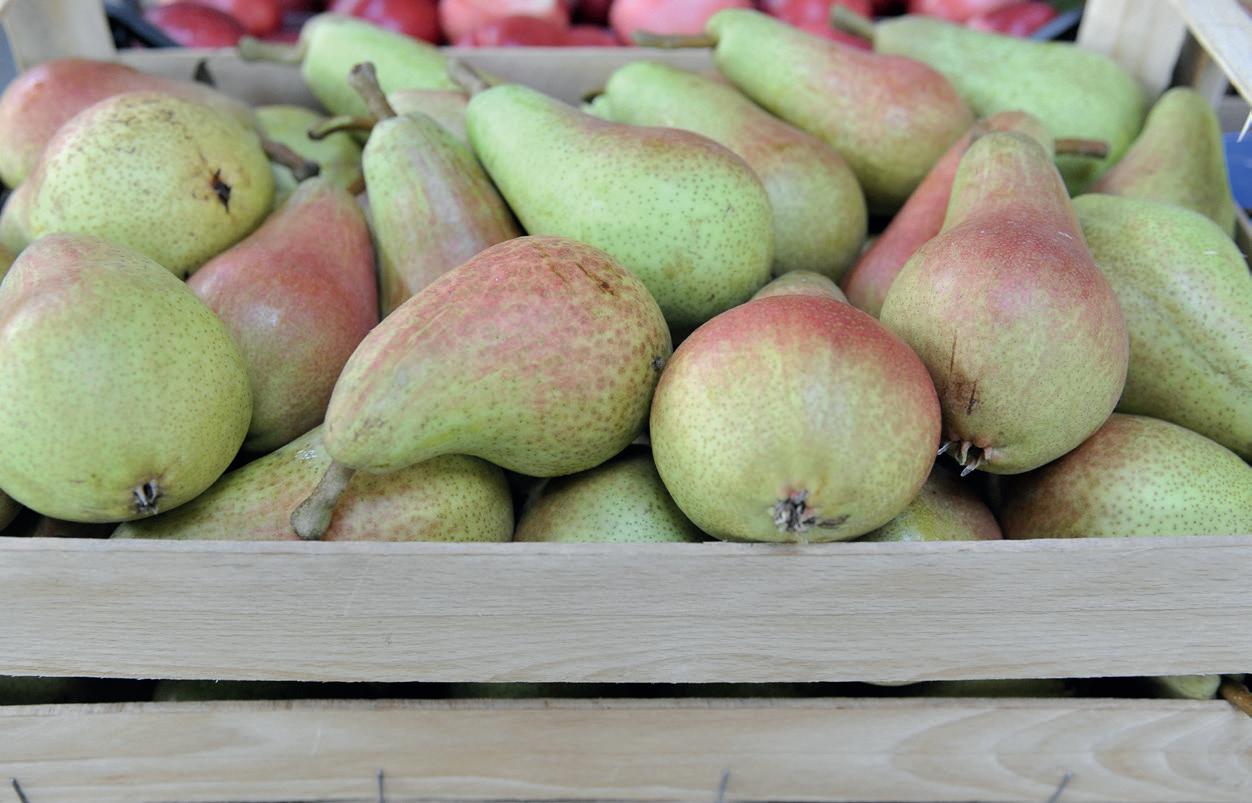
Speaking of Spain, Andrea Fedrizzi, Melinda's marketing manager, pointed out how “in the Spanish market we are growing, on the whole. Last season's great success was with Evelina, especially in a well-known Spanish organized distribution company. All other club cultivars also see Spain as a desirable and interesting market, but
in particular the sweet and medium to large-sized ones are more suitable. The first club variety of the new season to ripen and be harvested is SweeTango®, sold jointly with VIP and VOG, for which we have already defined a greater presence in the Spanish market as well.”
EFP being specialized in handling fruit and perishables (mainly bananas) situated at a multi purpose water related terminal containing:

• 13600 sqm coldstore
• 8100 sqm dry warehouse for export
• Container hub & repair site of 17500 sqm and 500 reefer plugs
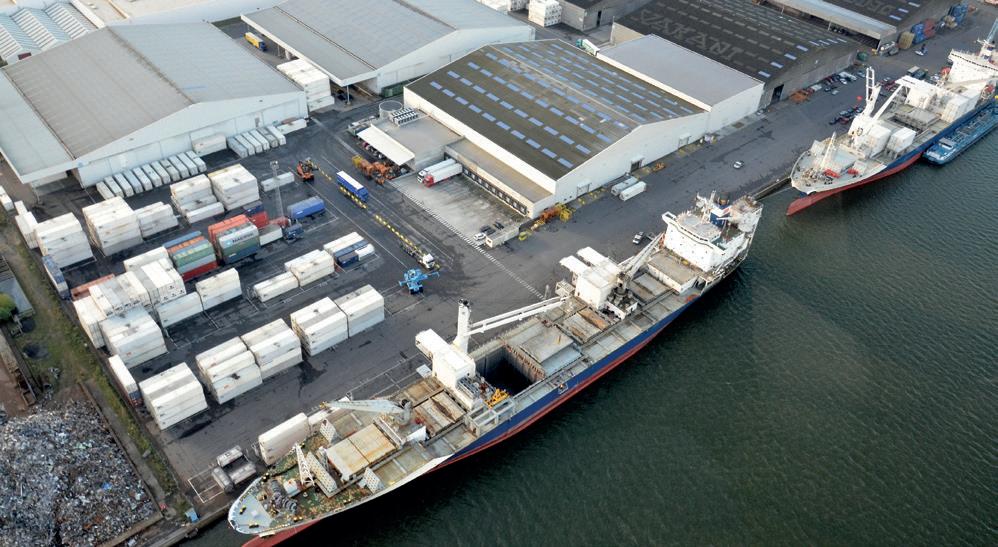
STRENGTH S:
• Expertise in stevedoring







• Liable in Warehouse Management

• Excellent Warehouse Management system with barcode scanning for track and trace

• FAVV approved
• Experienced and skilled employees to



•
Stand 6B05
For further info do not hesitate to contact EFP directly on jan.simons@eurofruitports.com
· www.eurofruitports.com
ON TH E LE FT BANK WIT H EXCELLEN T CONNE C TION S TO H IN T ERL AN D DEST INATI ON S VIA MAIN ROADS AN D SUFFICI EN T BA RGE CO NNE C TION S TO TH E IM PO RTANT EU R OPEA N PORTS.
Topfruit AGF Primeur • Special Edition • 2022122
With I AM Organic you can supply fresh organic vegetables, fruits and herbs throughout the year.












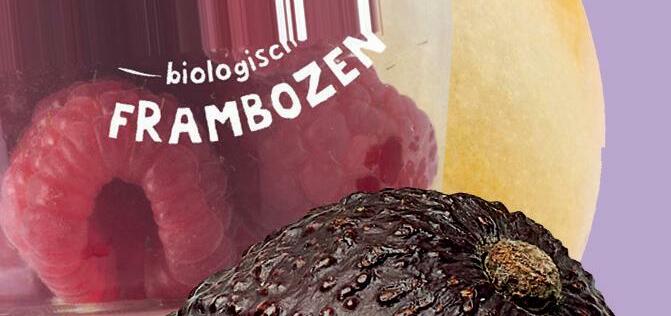
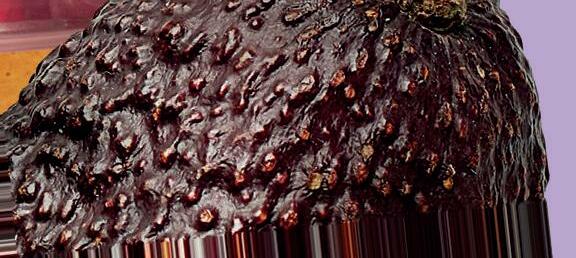



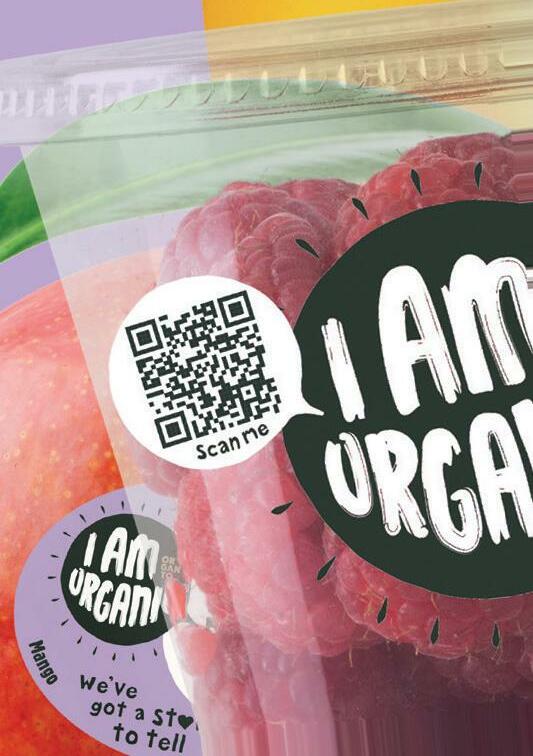
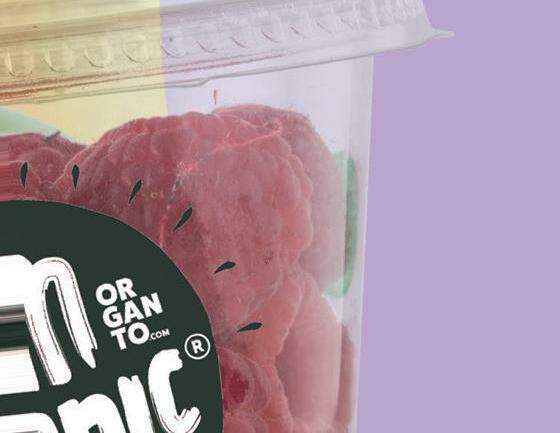







With the best possible taste and a carbon neutral footprint. We believe in less packaging and more communication. A unique digital product passport that tells consumers everything they want to know. To achieve true organic growth, you have to explain its benefits.











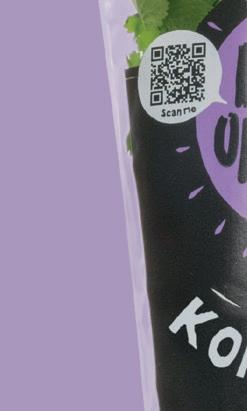

























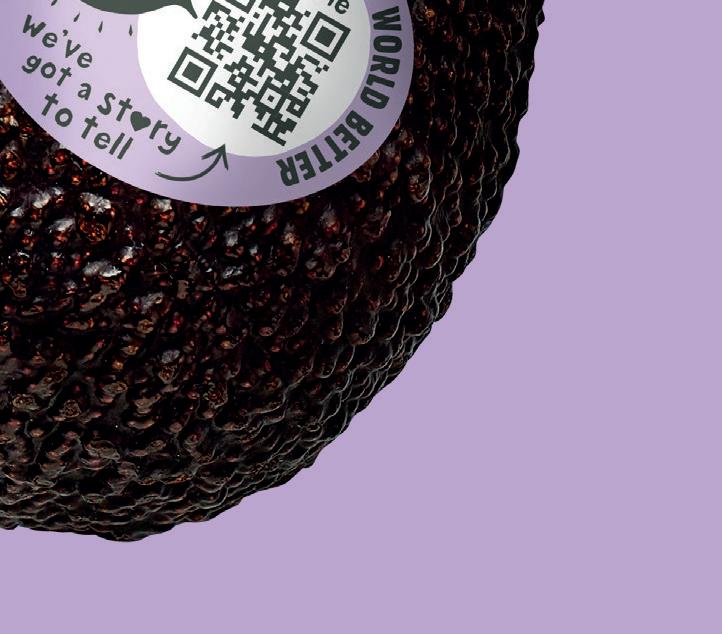


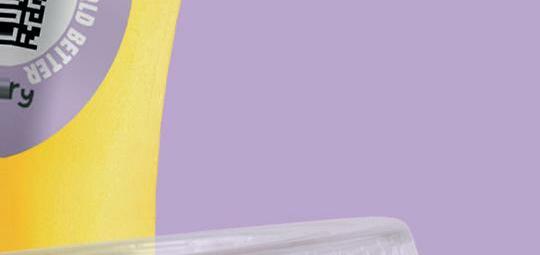




















































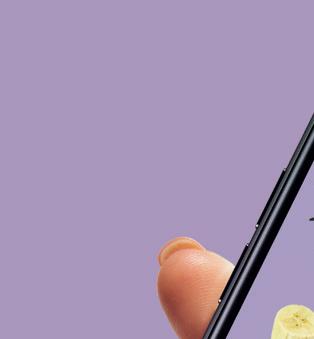



We do that consciously with a brand. Yes, even for fruit and vegetables. Call it guts; we call it vision. If you would like to know more, visit us at our stand

















































IAM.ORGANIC VISIT US AT THE MADRID, SPAINOCTOBER 4–6TH HALL: 8 STAND 8.C02 ALLOUR PRODUCTS >>>HAVEA IGITAL PASSPORT IQUE ORGANIC GROWTH STARTS WITH A STRONG BRAND
















































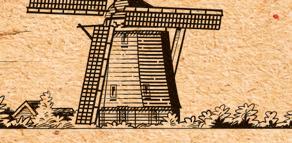









































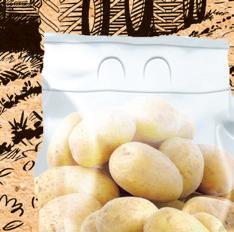
















































































































































































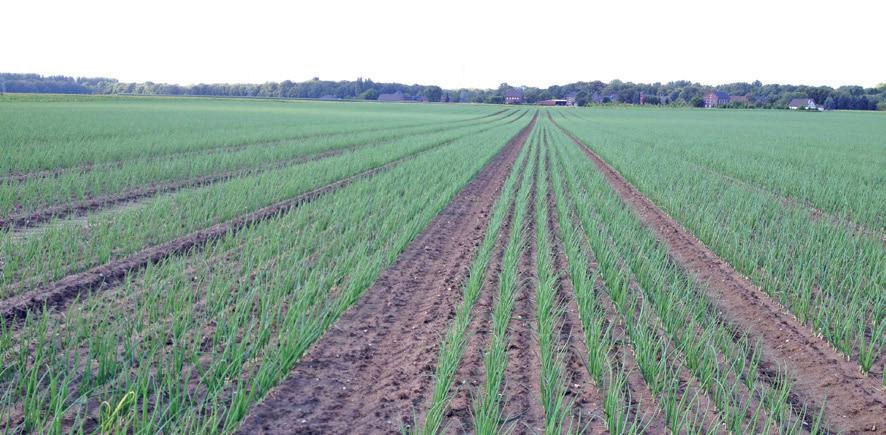




AGF Primeur • Special Edition • 2022124 IETS KRUIMIG FARINEUSES BAKING 10 KG 2,5 KG VASTKOKEND CHAIR FERME SALAD 500 G STOOMAARDAPPELEN POMMES DE TERRE VAPEUR TRÜFFEL 1 KG www.dacomex.nl Grown with passion, delivered worldwide. Specialised in potatoes and onions. Provincialeweg 46 4695 RK St-Maartensdijk The Netherlands T. +31 (0)166-662 550 F. +31 (0)166-664 260 E. info@dacomex.nl
Belgian growers want to make locally-grown greenhouse melons a permanent segment
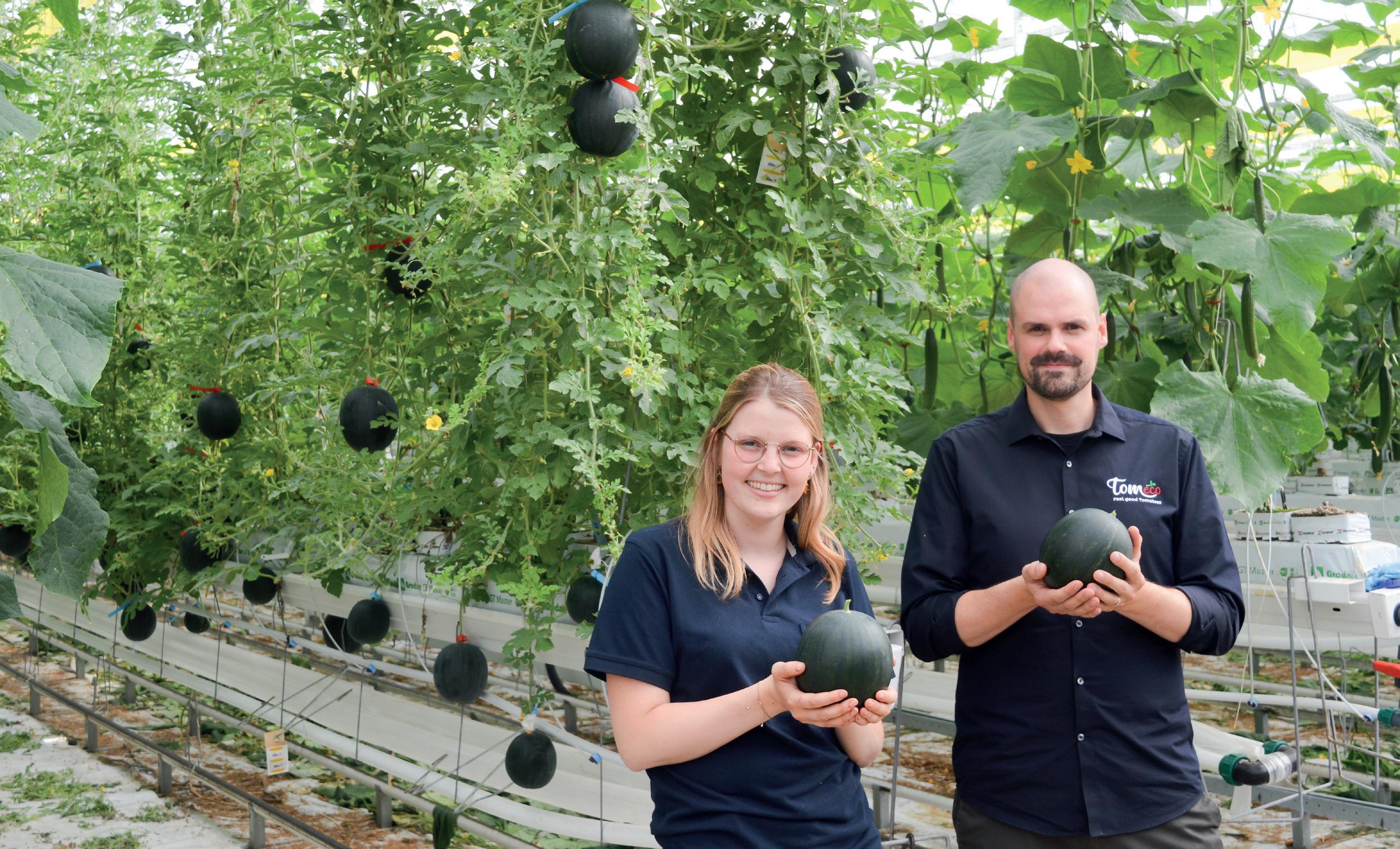
Last summer, Tomeco greenhouse watermelons proved to be fun, tasty, and informative. Everyone wondered if they were here to stay. The answer is 'yes'. The growers, who actually grow tomatoes, have found a Belgian retail sales partner. So, from mid-June until late September, Tomeco greenhouse watermelons are available again at Coöperatie Hoogstraten. A cautious start has also been made in cultivating other types of melons in the Flemish greenhouses.
Growing melons under glass is nothing new. It has been done for some time, in Flanders too. However, high-wire water melon cultivation is unique. It is similar to growing tomatoes high in a greenhouse. Growers from Tomeco and fellow toma to farm, De Bakker Westland, were sear ching for alternative crops and started growing this unusual crop. It immediately caught the media's attention. Unsurpri singly, since this has not been done in Bel gium before, and is a sight to behold. Even the specially bred variety these growers cultivate still produces much heavier fruit than an average tomato plant. You can see fruits varying from 500g to 1.5kg hanging, unsupported, in mid-air.
RETAIL PARTNER
This year, these watermelons, from a scaled-up crop, have been available since week 25, and the general media, not just the trade press, quickly ran with the sto ry. “I'm surprised at how fast the news spread,” says brand manager Tom Verdon ck. “The news was picked up quickly. This year's crop, thus, sold quickly, with the good weather at the start of our harvest certainly helping. When it's sunny, water melons are popular.”
Last year, things moved fast, right from the start of the trial crop, too. Tom explains that then, growers contacted their local supermarkets to deliver the first loads
of watermelons personally. “That was a nice touch. They also reached out to fruit and vegetable specialists, who immedi ately purchased most of the crop. Plus, we sussed out the retail sector's demand.”
And there was plenty of that, which led to a crop being set up for a Belgian retail partner. “You can't just set up such a spe cial crop like this on a large scale,” Tom points out. “Just like in tomatoes; you have to find sales for the different varieties you grow.” Their Belgian retail partner currently offers these local greenhouse watermelons alongside Spanish ones. And the greenhouse watermelons are just as sweet, Tom assures us. “The way we har vest - very fresh, and we check every mel on - benefits their Brix level. Our melons reach a level of around ten. Flavor and texture-wise, I honestly prefer them to the Spanish ones. Our watermelons taste far more intense, partly due to their handy size.”
Besides these characteristics, these mel ons - recognized by stickers bearing Bel
Grower Lynn Vermeiren and Brand manager Tom Verdonck alongside the watermelons in the greenhouse
AGF Primeur • Special Edition • 2022 125
Greenhouse
gium's flag colors - score high when it comes to shelf life. “At room temperature, the watermelons stay good for two weeks; chilled, a little longer,” says Verdonck. A challenge in the still new crop is stable production. “We have the crop well under control after last year's trials. You can see that in the positive reactions and good sales. Shoppers can immediately see these are locally grown, thanks to the special sticker. That's our unique selling point. Their good flavor ensures repeat purchas es.”
NO ADDITIONAL BRAND
It is the second year that these melons are in full swing, and the growers are already looking further afield. “We started this because we could. The growers want to keep learning, and enjoy cultivating more challenging crops. Also, the high summer tomato productions offer opportunities for locally-grown exotic fruits as an in-be

tween crop. We hope to create a fixed seg ment because we believe in the product's benefits - sustainability due to low water consumption, limited transport impact, improved shelf life, and, thus, less waste,” explains Tom.
With that in mind, a small-scale trial with even more greenhouse melons has begun this year. “One of our growers is culti vating Cantaloupe, Charentais, and Galia melons in a plastic tunnel greenhouse. It's a covered outdoor crop where we do high-wire cultivation on different sub strates. To develop further, we now have a team of people mulling over cultivation and improvements, also in watermelons.” Growing melons unprotected proved unsuccessful. “Those don't last very long,” Tom admits.
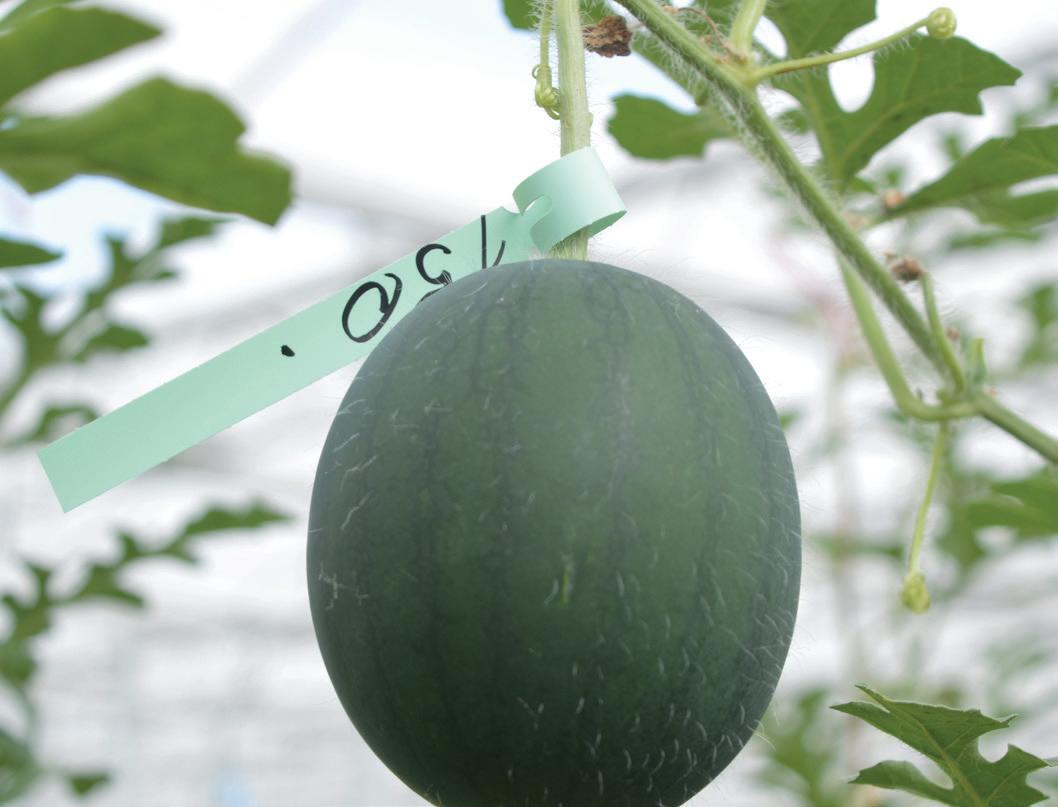
Tomeco still wants to focus on tomatoes and does not want to become another Bel
gian melon brand. “Tomatoes remain our focus. With the watermelons, we've delib erately chosen not to introduce yet anoth er brand on the shelf. We don't think any one is eagerly awaiting that.” That's why they decided to bring Tomélon under the wings of Coöperatie Hoogstraten. “They value quality greatly and already have a good, recognizable name in soft fruit,” Tom concludes.

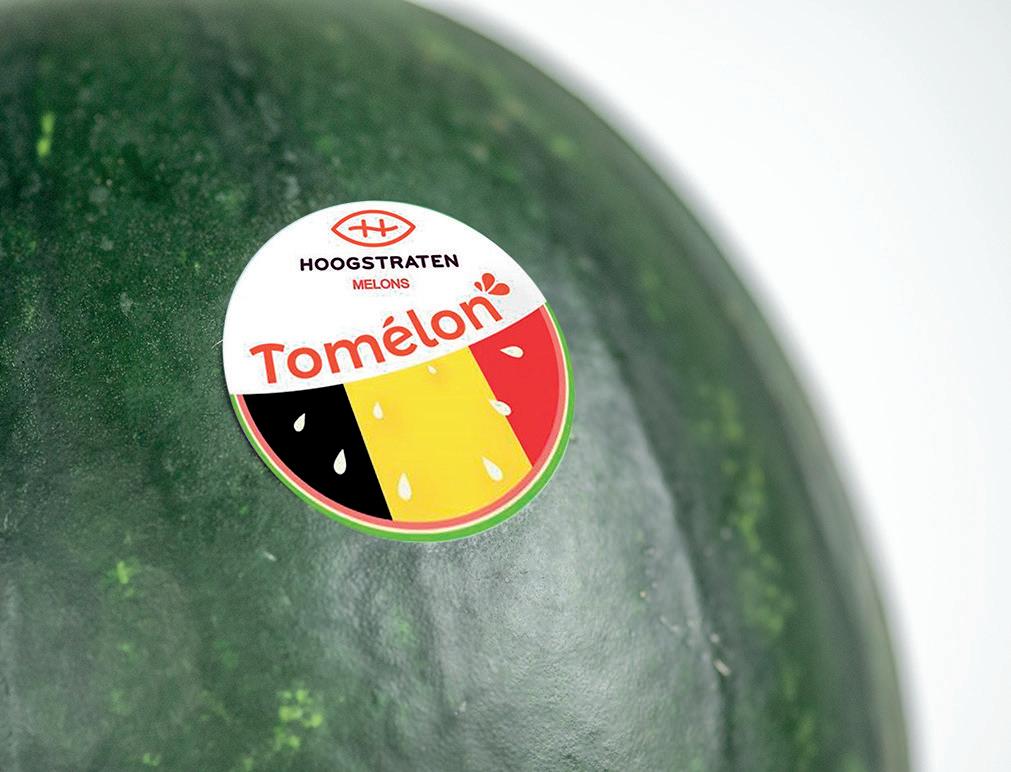 The Tomélon is being brought to market under Coöperatie Hoogstraten's wing. The Belgian flag's colors emphasize its local origin
The watermelons grow high up in the greenhouses, just like the tomatoes and cucumbers in the same greenhouses
Cultivating more melon varieties are being tested. Astrid Sneyders and a team of experts are overseeing these trials
The fruit, weighing up to 1.5kg, remain hanging, unsupported
The Tomélon is being brought to market under Coöperatie Hoogstraten's wing. The Belgian flag's colors emphasize its local origin
The watermelons grow high up in the greenhouses, just like the tomatoes and cucumbers in the same greenhouses
Cultivating more melon varieties are being tested. Astrid Sneyders and a team of experts are overseeing these trials
The fruit, weighing up to 1.5kg, remain hanging, unsupported
AGF Primeur • Special Edition • 2022126 Greenhouse
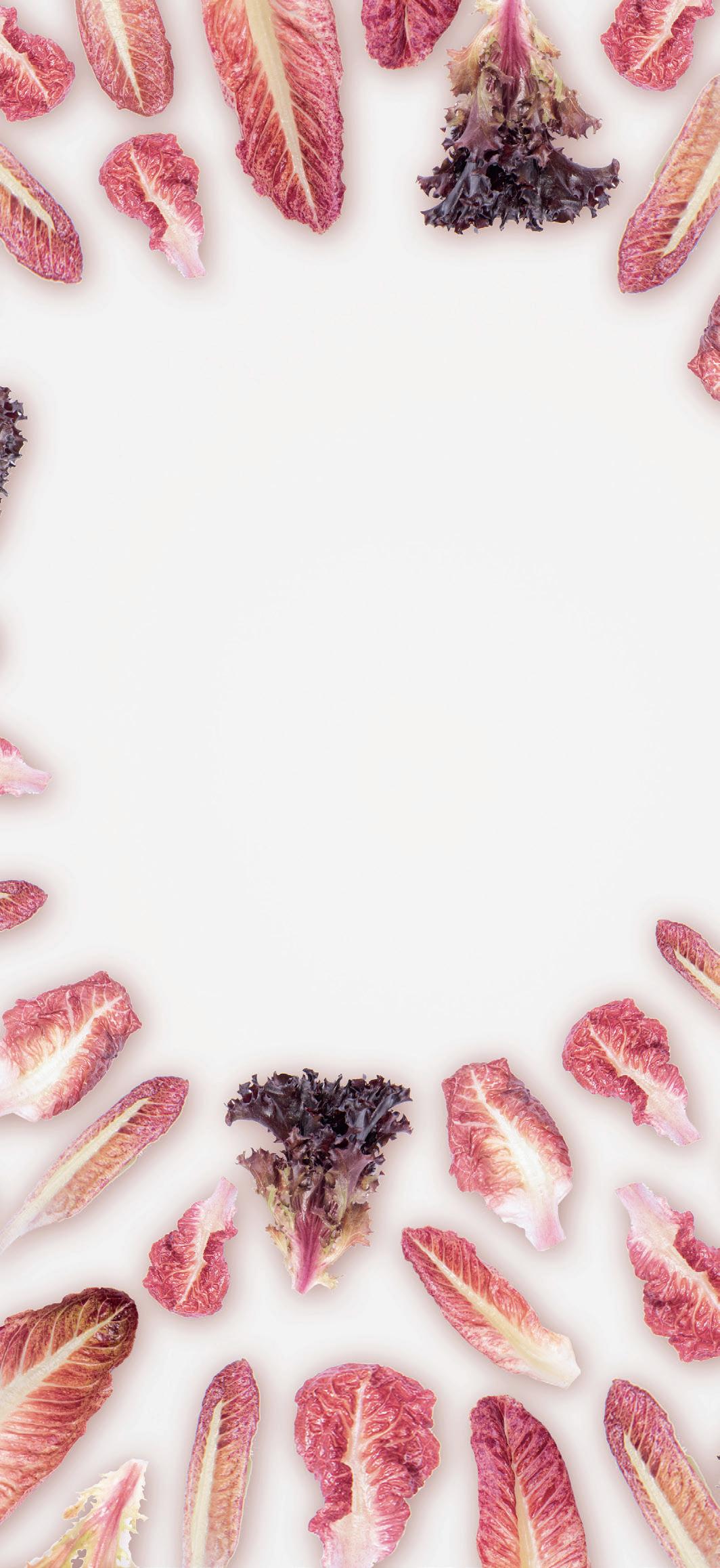


























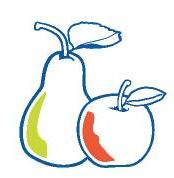

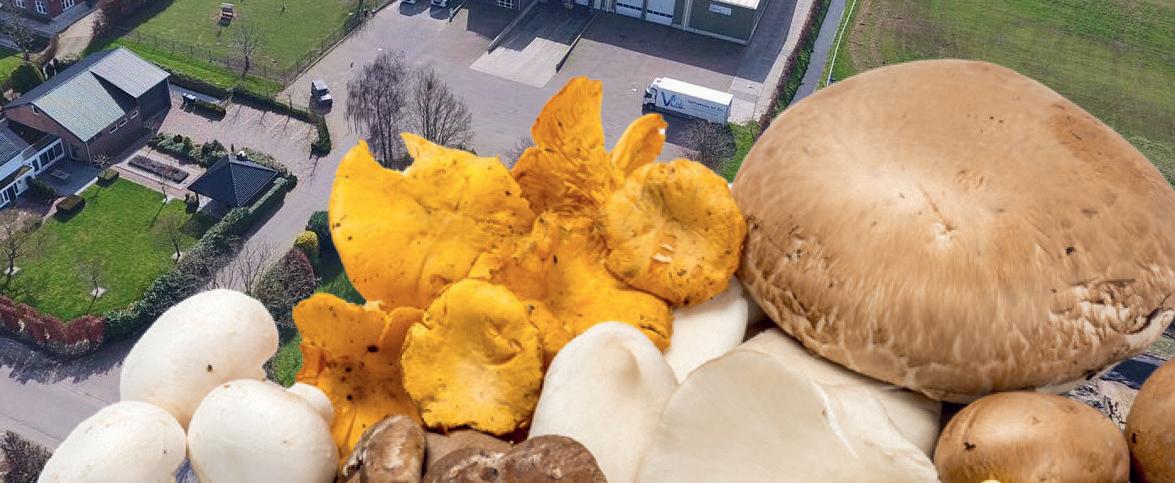

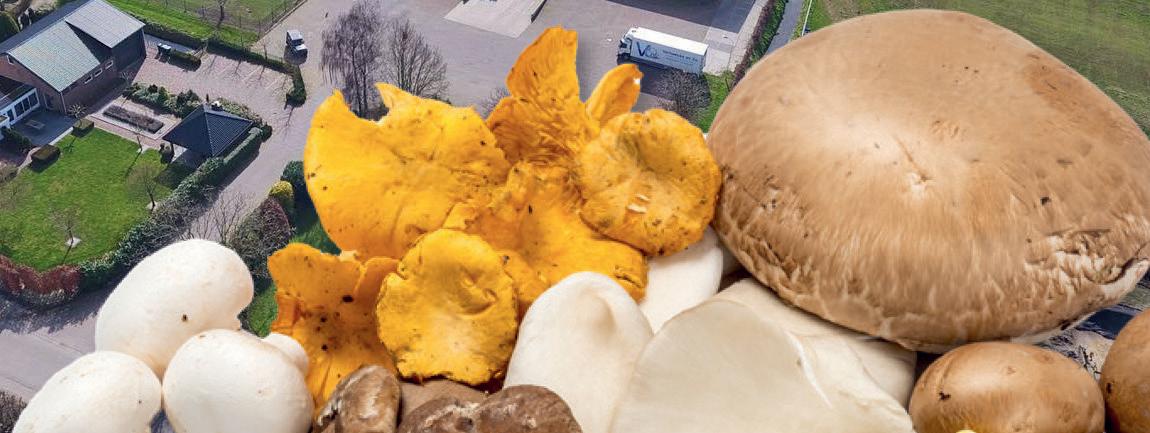
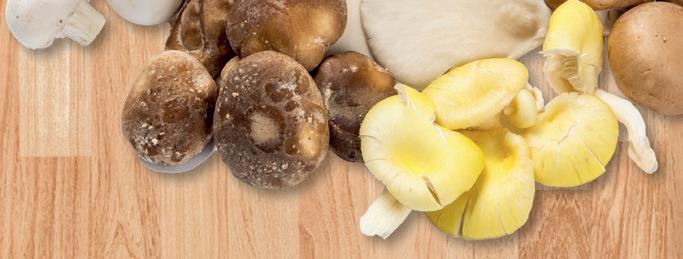

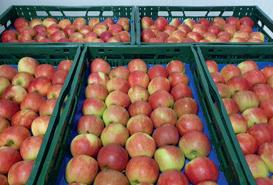
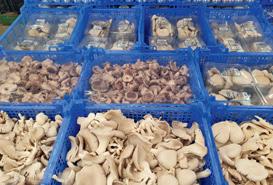

AGF Primeur • Special Edition • 2022 127 Visit us HALL 9 - STAND 9A04C (+33) 490 240 240 commercial@gautiersemences.com www.gautiersemences.com 4-6 OCT 2022 AP_LAITUES_RED_CRUSH_90x270_2022_EN_v2.indd 1 23/08/2022 17:13 ARE YOU FED UP WITH EXPENSIVE SPROUT INHIBITORS? CONTACT Paul O’Connor Tel.: +31 623 935 714 WWW.RESTRAIN.IO Hoorzik 25, 5331 KJ Kerkdriel Tel.: +31 (0)418 - 631493 info@verhoeckxpaddenstoelen.nl info@verhoeckxfruit.nl www.verhoeckxpaddenstoelen.nl - www.verhoeckxfruit.nl MUSHROOMS & TOPFRUIT
Kaushal Khakhar, CEO of Indian fresh produce exporter Kay Bee Exports:
“India remains a highly competitive source of supply for the European market”

After a long and worrying time of dealing with Covid, India is getting back on its feet. According to Kaushal Khakhar, CEO of Indian fresh produce exporter Kay Bee Exports, India is getting back to being a cost-attractive source of fresh produce that is sent via airfreight: “During the pandemic, India’s situation in regards to air-freight became extremely challenging. In fact, India majorly relied on passenger flights to export fresh produce to Europe and these came to a standstill during the pandemic. With Covid being behind us now, the daily number of passenger flights is almost back to its prepandemic level. This means that India has retrieved its status of a costattractive source of fresh produce via air. Combined with a high level of food safety and quality, India remains a highly competitive source of supply for the European market.”
“During the pandemic, the air freight rate from India to any foreign countries had virtually tripled. Currently, the situation has significantly improved; the air freight rate is currently slightly less than double compared to pre-pandemic. Although there is still some way to go for it to reach an optimal situation, all the indicators are pointing towards the right direction. We hope to achieve pre-pandemic levels by the beginning of next year.” Khakhar states.
As an exporter of fresh produce, Kay Bee has already taken its position in the UK market. However, Khakhar would like to enter other European markets as well.
“Kay Bee Exports is well represented in the United Kingdom and has been for the

past few decades. There, we cater to the needs of various retailers and wholesalers for fresh fruits and vegetables. Moreover, the UK being our prime market we opened a local office there where we verify the freshness of our products on arrival and ensure their distribution to our customers. We would like now to focus on the European market, like Spain, where we could find like-minded customers. For the past 30 years we have acquired a solid expertise for supplying high-quality and safe fresh fruits and vegetables.”
Khakhar emphasizes that India has taken large steps over the past decade to ensure they can compete in the international market. “In India, the political situation has been stable for the past decade which
has allowed for a lot of progressive measures to be implemented. On one hand, the regulatory framework for the production of fresh produce, such as the use of pesticides, has been made more stringent and closer to international standards. On the other hand, India’s government has been actively working at developing and strengthening trade partnerships with multiple countries, including Europe. This has contributed to India supplying fresh produce compliant to international standards in higher volumes and to various parts of the world.”

While India is also dealing with inflation in line with its booming economy, the escalating European situation can’t be ignored, Khakhar explains: “The inflation in Europe has not negatively impacted our business, but it has made us review our strategies and find out-of-the-box solutions. For example, by offering a smaller bag size to meet a critical price point and for the customers not to compromise on their fresh produce consumption. It is crucial that the prices remain viable, affordable and attractive for European customers.”
So, one of the missions for Kay Bee Exports is to keep prices as low as they possibly can. Khakhar says this is achieved via multiple routes. “The first thing is to scrutinise our cost’s structure and optimise each one of them. The objective being to continue offering our customers a low-
AGF Primeur • Special Edition • 2022128
price product without compromising on food safety and quality. Another thing is to initiate packaging innovations and leave behind the ‘traditional’ ways to invent a solution from scratch. For example, this can be achieved by not using a punnet as a primary packaging but only a bag and that too of a more sustainable and lighter material. We are exploring multiple areas to ensure that we reduce as much as possible the use of plastic and thus optimise the product to packaging ratio being shipped as well as the sustainability of our products and sometimes even their quality.”
Kay Bee Exports has its sights set on the European market with two specific products; baby corn and guavas. Khakhar feels both of these commodities will be appealing for European consumers. “India has the dual advantage of being the cheapest and the most stable year-round supply source of baby corn for the European market. With the right tie-ups and partnerships, we are confident that this product would have a promising future in the European market. Being experts at both fruits and vegetables, another attractive product for Europe that we have identified
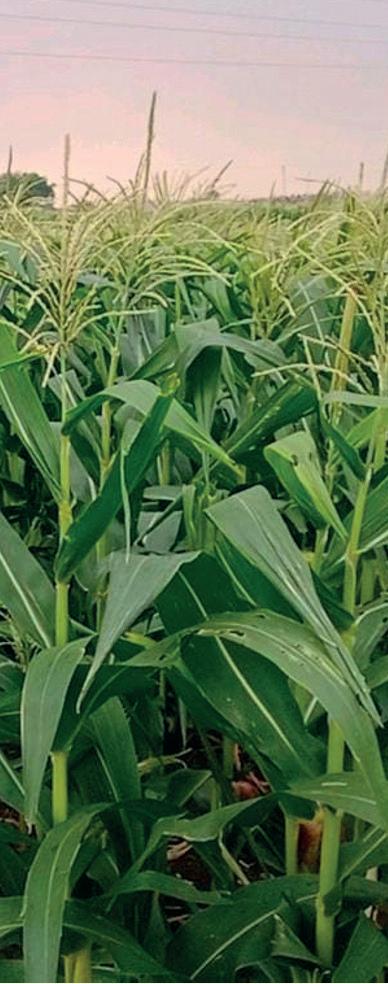

is guava. Over the past few years, India has mastered its production and developed a variety combining a large size (500+g), a long shelf-life and a sweet taste. This innovation is showing good signs of very high appeal for the European customers.”




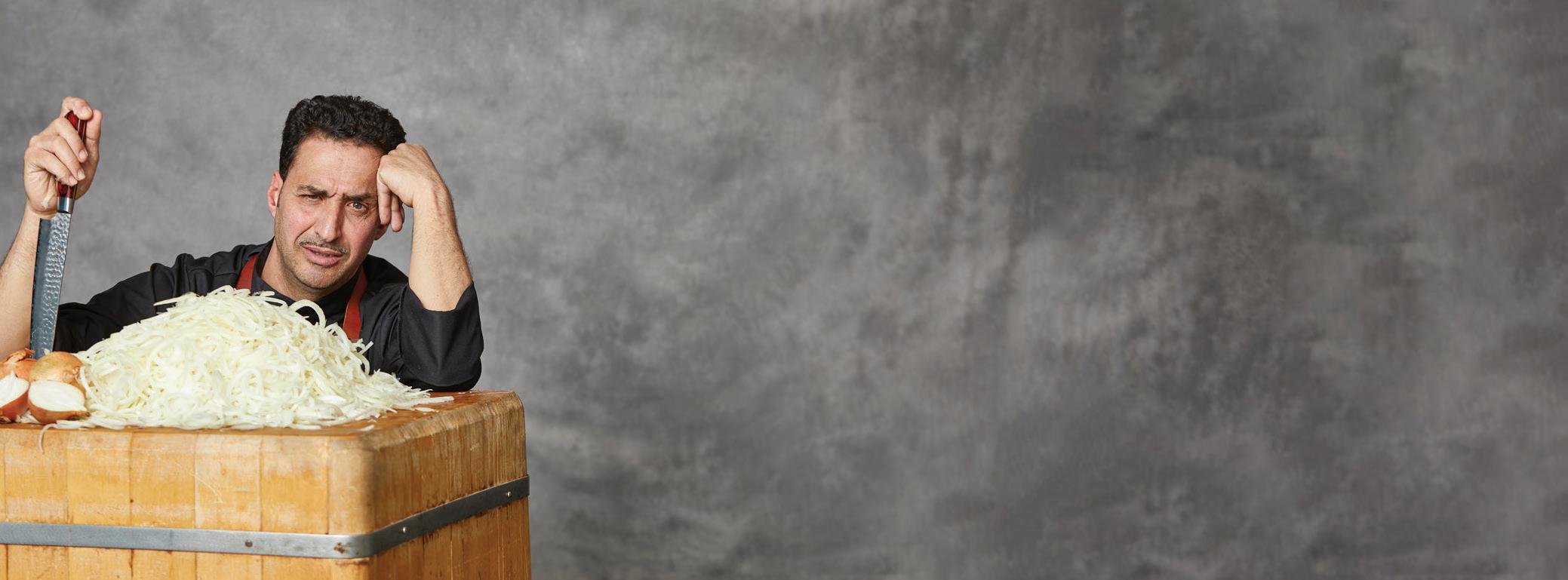 export@kaybeeexports.com
Photos: Kaybee Exports
export@kaybeeexports.com
Photos: Kaybee Exports
AGF Primeur • Special Edition • 2022 129
www.smitsuien.nl WE CRY FOR YOU STOP CUTTING.
Jaime Mendizábal, Commercial Director, Maf Roda Ibérica:
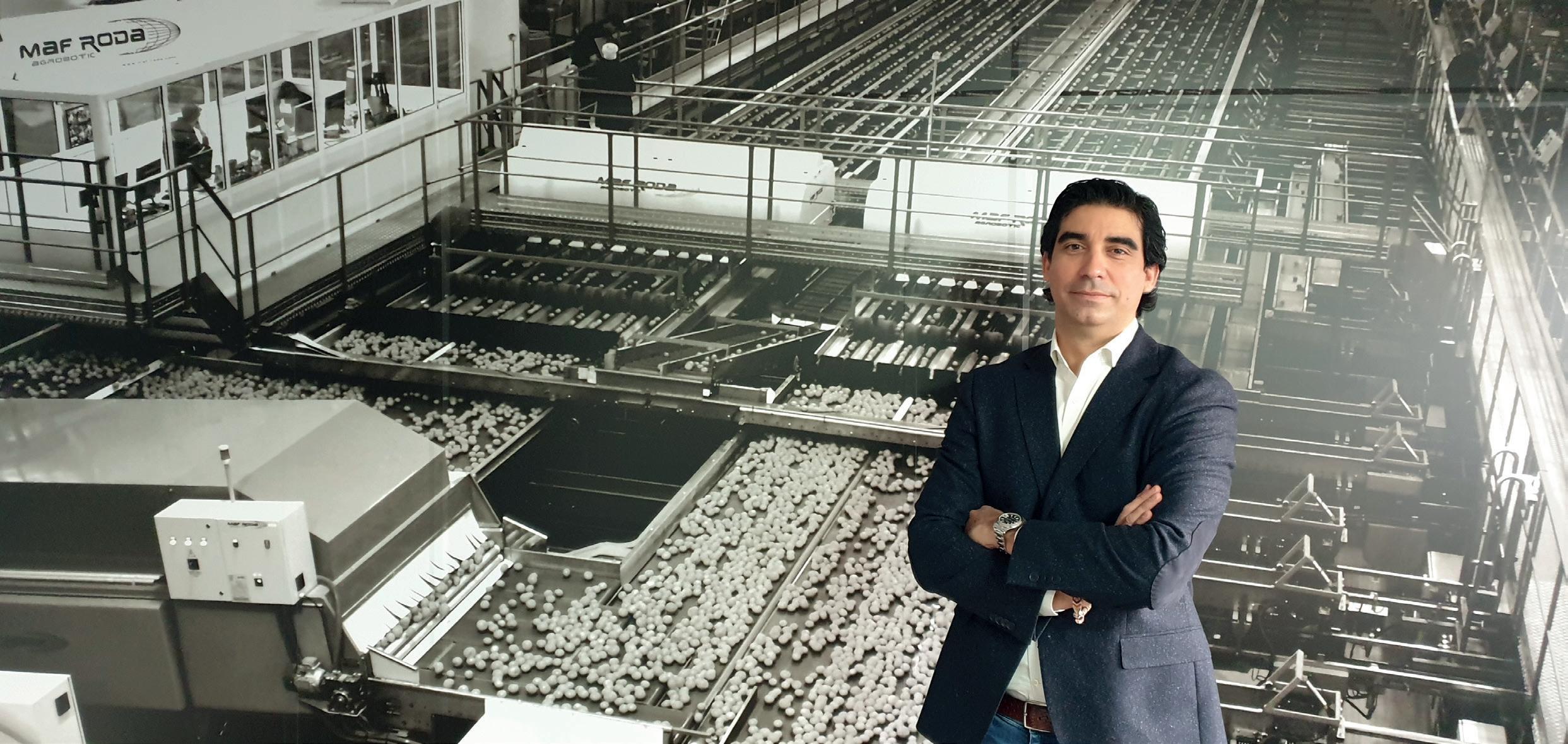
The global inflation situation is causing changes in both the buying habits of consumers and the production methods of producers and marketers, who need to be as efficient as possible and optimize costs in order to remain competitive. The automation of facilities is a response to these needs and has become the greatest source of value for Maf Roda, a leading company in sizing and quality selection solutions for fruits and vegetables, which play a key role in the production chain.
“We, like everyone else, have also been affected by the current context of inflation and rising production costs,” says Jaime Mendizábal, Commercial Direc tor at Maf Roda Ibérica. “Everything has become more expensive, from raw mate rials to electricity and logistics. In spite of everything, we are trying to optimize our internal management as much as possi ble to minimize the impact of this on our customers. These are truly difficult times, but we are a very strong and financially sound multinational, so we are managing
to handle everything in the current con text without major adversities.”
According to Mendizábal, depending on the region or the market, the current volatility is resulting in some customers choosing to postpone their investments for the following season, waiting for the economic situation to stabilize. “In any case, this is not a generalized strategy, since most of our customers remain aware of the advantages of modernizing their facilities and optimizing their resources,
so they are choosing to continue invest ing in our technology. Proof of this is that there are product lines and production regions where records have been achieved in terms of contract signings,” he says.
“Our best asset is that we make it possi ble to fully automate fruit and vegetable plants, from the moment the fruit arrives in the warehouse until it is palletized for marketing. Automating all or part of the process, depending on the line, can help easily optimize the number of people needed to manage a facility by 40%-50%,” says Jaime Mendizábal. “Automation has become a fundamental requirement in order to remain competitive in the mar ket. To give you an idea, in our own apple pre-sizing and packing facilities at La Moutonade, where automation is well established and where we test many of our prototypes before launching them on the market, not a single person touches the fruit during the process, from tipping to final packing”.
“Automation is becoming a fundamental requirement in order to be competitive in the marketplace”
AGF Primeur • Special Edition • 2022130 Machinery
A very important aspect for this company when it comes to automation is the man agement of its own warehouses and the movement of goods. “In this regard, we think we currently offer great value, even more so in the current context, where labor is scarce and hard to find. Our auto mation solutions significantly optimize the number of people required to manage a process line, which solves part of this major problem that fresh fruit and vegeta ble marketers are currently facing,” says Jaime Mendizabal.
“We are always moving towards achieving greater and more efficient automation of fruit and vegetable plants,” he contin ues. “Our quality analysis software is constantly evolving. Currently, we are already working on the next generation, which is based on a new concept that will revolutionize and facilitate the process of detecting defects at horticultural plants. We hope to be able to tell you more in the coming months.”

Another area in which Maf Roda has also achieved significant progress is in pack ing and packaging systems. “We current ly have a catalog of packaging machinery and robots that covers most of the needs and requirements of our customers. Work that used to be done mostly manually is now fully automated. We have every thing, from bulk fillers for boxes or bins, to customized packaging robots with the features required by the customer, to fill ers for small formats such as clamshells,
cardboard and plastic baskets, cups... This wide range of possibilities allows us to offer the customer a versatile installation that will cover the different packaging needs they may have.”
“At this edition of Fruit Attraction 2022, in addition to our Globalscan 7 quality sys tem, visitors will also have the opportu nity to see how a packaging robot works at our stand. So I encourage them to come and visit us in Hall 10 and discover all the automation possibilities we have to offer.”
“Customers want to go one step further and are no longer satisfied with just sort ing based on external defects”
INTERNAL SORTING IS DEVELOPING AND SYSTEMS ARE BECOMING MORE ACCURATE AND EFFICIENT.
“We have 2 systems intended mainly for internal quality grading: Insight and IDD. Each has different objectives, depending on the fruit or vegetable being analyzed. Customers want to go one step further and are no longer satisfied with just sorting based on external defects, they also want to be able to ensure that their product is of the highest quality when it reaches the final consumer, and to achieve that, they need to ensure that their fruit is in perfect condition on the inside, as well,” explains Jaime Mendizabal.
“Our internal quality systems can, for example, detect Brix levels in a wide vari ety of fruits, such as blueberries, toma
toes, mangoes, citrus fruits, stone fruit or apples; dry matter levels in avocados; or even internal rotting in kakis, onions, apples and pears, among others,” he says.
MAJOR PROJECTS IN SOUTH AFRICA, LATIN AMERICA AND MOROCCO
The company continues to strengthen its global presence in the main fruit and veg etable producing and exporting countries. In 2022, they have launched many proj ects.
“To give just a few outstanding examples, in South Africa we have launched two major projects: one for citrus fruits with a Pomone IV sizer, G7 - Viotec quality sys tem and automatic packing systems; and another capable of processing cherries and cherry tomatoes that features the award-winning Cherryway IV sizer and the Cherryscan G7 quality system. This last project is very interesting, because with a single installation the customer can process two products and get a better return on investment,” says Mendizabal.
“In Latin America, we have launched three important projects. In Peru, we have maximized our presence with two of the most important products in the Peruvian export market: avocados and blueberries. The first is handled with Pomone IV and G7 calibrators, and the second with Ber ryway and Berryscan G7. In Argentina, we have installed a lemon line with a Pomone IV calibrator and Globalscan 7-UV quality system,” he says. “Another good example is the first blueberry lines that we are going to install in Morocco for leading blueberry traders. We were already present in this country with lines for citrus fruits, toma toes, avocados, bell peppers, etc., and with this project we are expanding the range of products through which we are present in this country.
“We continue to expand and to promote the use of our technology for a wide vari ety of fruits in many different countries. This is allowing us to remain one of the main players in the post-harvest market at an international level and to have a glob al vision of the market and the challenges faced by our customers,” concludes Jaime Mendizabal.
AGF Primeur • Special Edition • 2022 131
Bed Goodchild – Nationwide Produce
The next Brexit challenge is looming
Nationwide Produce PLC is one of the largest, longest established and most diverse produce companies in UK. The company supplies just about everything in fresh produce. They grow, grade, pack and trade fresh produce much of which is imported. The group turnover for financial year 2018-19 was £144m, 61% of this was imported produce. Nationwide’s customers are in every sector of the market –food-service, catering, processing, wholesale, export and retail. The company has six locations in England and offices in Ireland, Spain and The Netherlands.
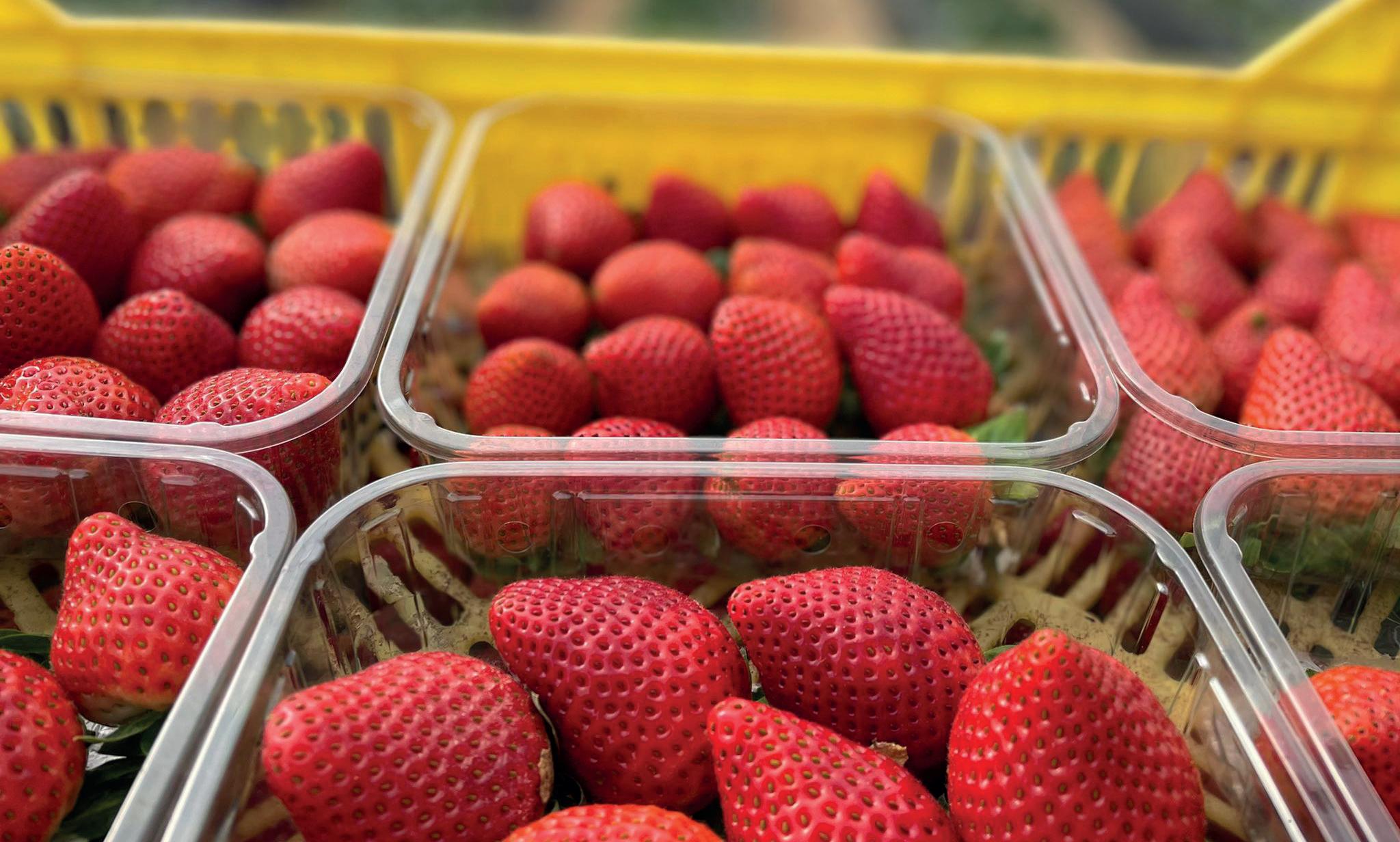
Nationwide Produce exports 50-70 loads per week from Spain across Europe, but the berry business as is cur rently stands and operates is still a fairly new concept when looking at the history of what is now Nationwide Produce Plc, although the Spanish office has a lon ger standing presence and will easily be doing full loads daily to the UK, whether it be broccoli, melons, capsicums or toma toes, to name just a few of the products. During the berry season Nationwide Pro duce will have departures every day from the Andalusia region, mainly from the province of Huelva from a range of sup pliers to meet the varying needs of their UK customer base, ranging from single
pallet orders for specialist formats up to full loads when there is better availability allowing a greater penetration and redu ced price to both primary and secondary wholesalers, along with caterers and even farm shops.
“Berries from Spain can be accessed almost all year round, however for imports towards the UK from Spain, we will start to see the first raspberries starting to arrive as we progress through Septem ber depending on how the domestic crop is/has been affected by the weather con ditions in the UK, (but on a good growing year there has still been UK production in late November) and we will finish the
Spanish campaign around May-June time with blueberries, although these growing windows are constantly increasing with new growing methods and varieties being introduced into the region,” explains Ben Goodchild, Sales and Procurement Manag er at Nationwide Produce.
“There isn’t really a most important prod uct when it comes to berries for us, the most important is quality and consistency in product, I honestly cannot remember when we had a perfect and balanced avail ability on all four main berries - strawber ries, raspberries, blackberries and blue berries there always seems to be one of the lines that supply is tight on, so having the full basket gives customers the option to swap out and still maintain a good selection of fresh produce.
BREXIT
When Brexit finally came in to being in Jan uary 2020, it was a tough and complicated time for many importers and exports in the UK and Europe. Ben said that overall, as a business Nationwide Produce benefit ed from having a Spanish division in terms of paperwork, logistics, grower collabora tion.
AGF Primeur • Special Edition • 2022132 Softfruit
“I think in some ways it has led to great er cohesion between the two sides of the business, again, maybe a running theme here is that the berries side of the busi ness is slightly different in the way that we operate as we work directly from the UK with growers in Huelva as berries are such a highly perishable product we need to have the ability to change and flex almost immediately depending on how the market is reacting to ensure the shortest time frame from source to end customer, especially with the travel times that are involved.”
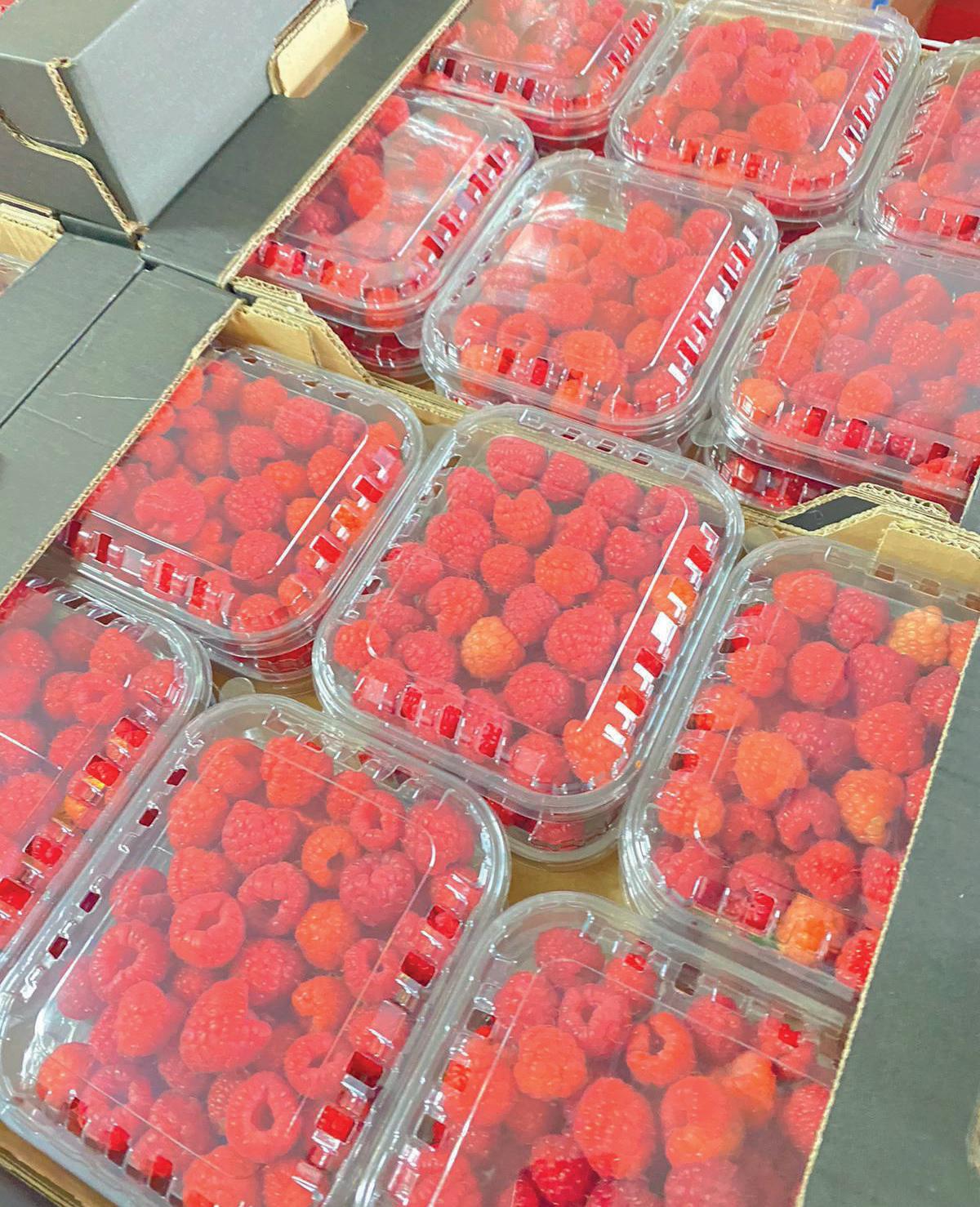

According to Ben by far the largest chal lenge was preparing growers for what was about to come in terms of paperwork and
how to operate: “Luckily, we work closely with some fantastic agents in both Spain and the UK who were more than happy to get involved and help clear up the mucky waters on best practise and how to ensure smooth export and import of goods. Although, because this paperwork change came into effect from the 1st January 2022 it lead to a very busy few days between Christmas and the New Year, plus as it was all new for the first few weeks we did see some delays in arrivals as lorries where held up for doc checks in Kent.”
Everything now is running smoothly, but the next challenge is looming. The need for phytosanitary certificates will come into play in January 2023. “This is something
that many growers in Spain have not had to deal with and also an additional cost that will need to end up somewhere, again at present it could be a fun period between Christmas and New Year.”
“Currently, just for documents alone you need to budget roughly €55.00 for export docs and €65.00 for import docs, so as you can imagine right at the beginning of the season when you might end up with just one pallet loaded this increases the supply chain costs by almost 45%, when we get in the main flow of the season and loading multiple pallets this cost is more manage able but still has to be swallowed some where, and of course in the future add on the costs of phyto certs and potentially
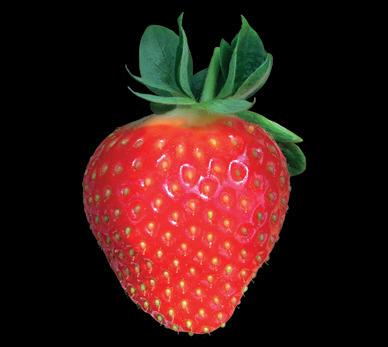
AGF Primeur • Special Edition • 2022 133
Unleashing plant potential Excellent taste and excellent shelf life Limvalnera Exterior colour is bright red Internal colour of fruit is medium red The fruit has no cavity An average production Firm fruit Veld Oostenrijk 13 • 5961 NV Horst (NL) T +31 77 397 99 00 W limgroup.eu
additional checks at the boarder this will only increase.”
Nationwide Produce has its own logistics division and this has helped immensely. “It has certainly helped to have our own experts in country and due to this we are always looking at ways that we can work together, be it consolidation of paperwork, goods or the shortening of supply chain, in the current financial climate and potential increased supply chain costs coming we have an obligation to constantly evolve and limit end consumer cost whilst maintaining a sustainable return for the growers and suppliers we work with.”
INCREASED INPUT COSTS IN THE UK
In the last few months growers in the UK have faced a massive hike in costs such as labour, transport, and energy combined with the hottest, driest summer for 90 years, but Nationwide will always look to work UK product when in season.
“On berries this year the only product we have had to look outside the UK for was on blackberries as the extreme heat we experienced had a detrimental effect on the overall quality and condition of the fruit, the other times we have had to look

at import was on vegetables and salads, the high heat and long dry spells, mixed with of course the continued challenge around labour has meant that there have been periods where we have had to look at importing to keep continuity in supply for our customers and sometimes operating these lines at cost.
“There hasn’t been a single product that has not been affected by increased costs this year, we have seen hauliers that previously would work a fixed cost for the year introduce a weekly fuel surcharge levy, some growers who normally would look to hold a seasonal price have had to come back and increase product cost two, three if not four time this year. It’s unfortunately not just one area of production that has seen increased costs, packaging, labour, fuel, electricity, CO2, growing medium, natural predators, every aspect that goes into production of produce has seen substantial increases.
“We are very lucky to work with some of the most dedicated growers and suppliers in the industry across the board on all products, although costs have gone up and we have seen some disruption in supply domestically and within Europe due to the weather conditions that we have all faced, due to the reach around the globe we have been able to source from further afield, this might not be optimal but has again allowed us to offer some continuity in supply of product.”
INCREASING COMPETITION
Spain will for the foreseeable future still be a key country of supply to the UK for imported product, but there are other countries that a nipping in the heels of Spain, such as Turkey and Morocco.
“We have also seen in recent years that Portugal is becoming a larger player in the producer industry as well, the key for Spain as with all countries is to
continue to look at new ways to grow and produce its goods in ways that increase its efficiencies, one such example that I think we will see is the use of table top production for strawberries, the majority of crop is still grown in the ground as its suits the climate and soil/sandy conditions in the region, but it is very labour intensive on planting, husbandry, picking costs, etc, one way is to reduce these costs with table top production, but this also has its own challenges, set up cost, growing mediums, but could produce better yields per plant, reduced picking costs, increased class 1 yield, but until someone takes the risk and first step to show that it works we might see growers sticking to what they know as this is all extra cost at the beginning of season that would need to be clawed back.”
THE FUTURE
“Certainly on berries we will be always be looking at imports from the likes of Spain, to compliment the business when UK production has dropped or not in production, there are of course multiple projects around the UK from vertical farm trials, LED glasshouse house growing, use of heat exchange pumps to warm tunnels, but these all come at a cost, if we really wanted to and had the money we could have UK berries in the market and on the shelves all year round, but the general public on mass are not going to pay £5.00-£6.00 for 250g of UK strawberries in the middle of winter when options are there for a 400g imported berry at £2.00. We have seen the UK strawberry season expand from 6 weeks a year to now covering March to November if not a larger bracket, but really the main outdoor UK season does not get started until May and until we find a cheap option for production to artificial produce light, heat and pollination in the darker colder months we will always need to rely on cheaper production imports to supply a country, who’s population is still growing and a category where we are nowhere near a consumption ceiling per capita.”
CM MY
CMY
Softfruit
AGF Primeur • Special Edition • 2022134 C M Y
CY
K
Architronlaan 1, Hedel - The Netherlands - info&abbreeding.nl - www.abbreeding.nl Breeding tailor made fruits for the future Premium raspberries worldwide








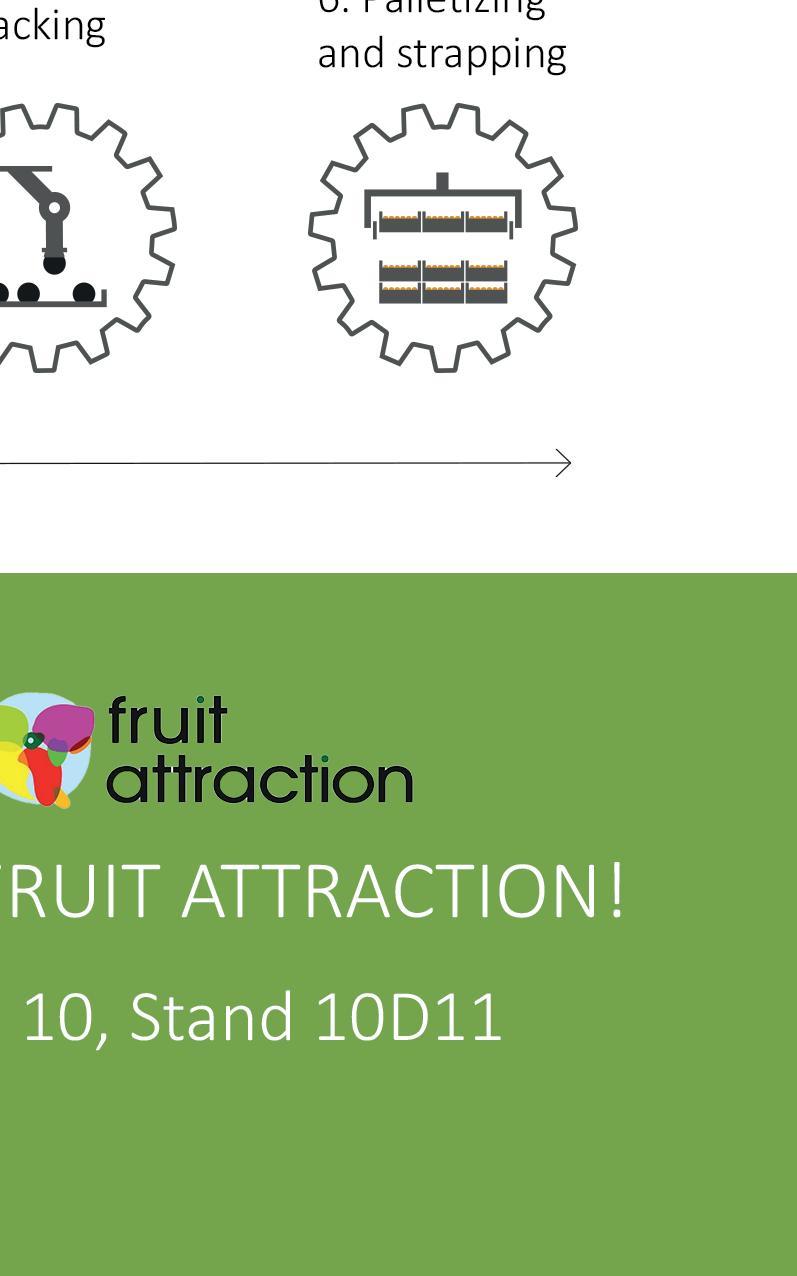
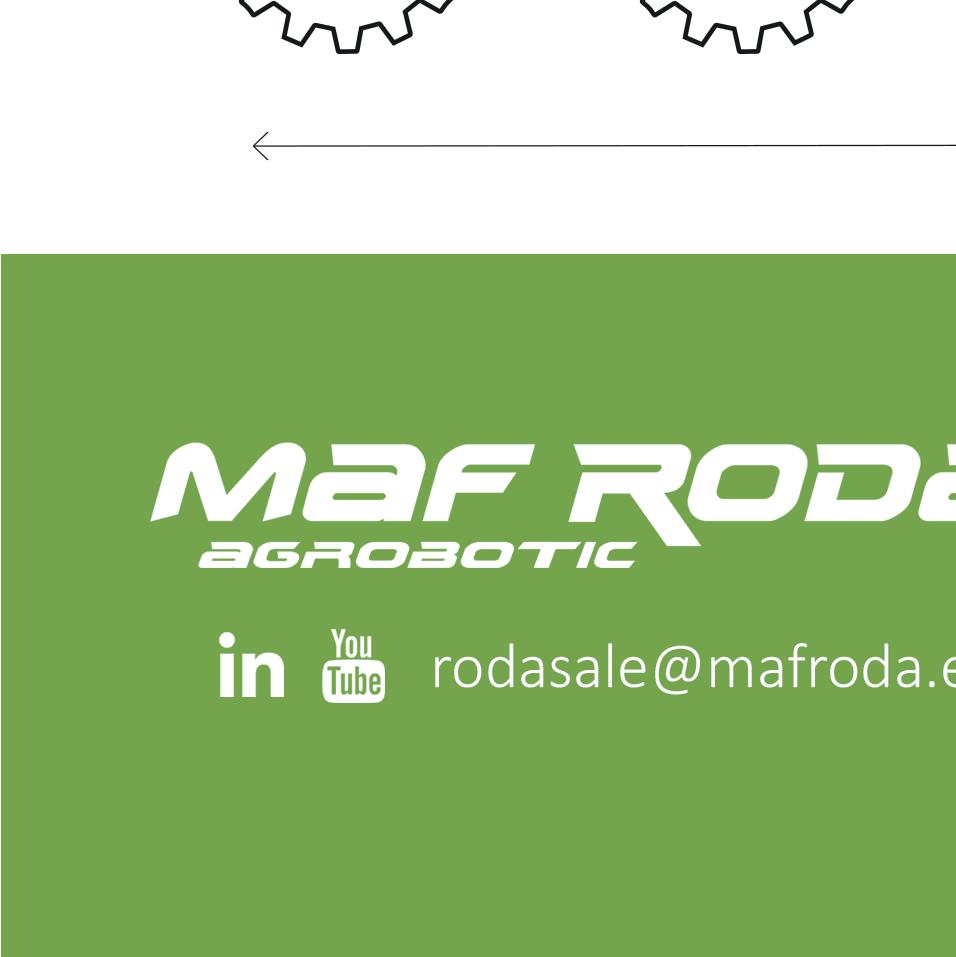

Peaches and nectarines, Italy regains its market share
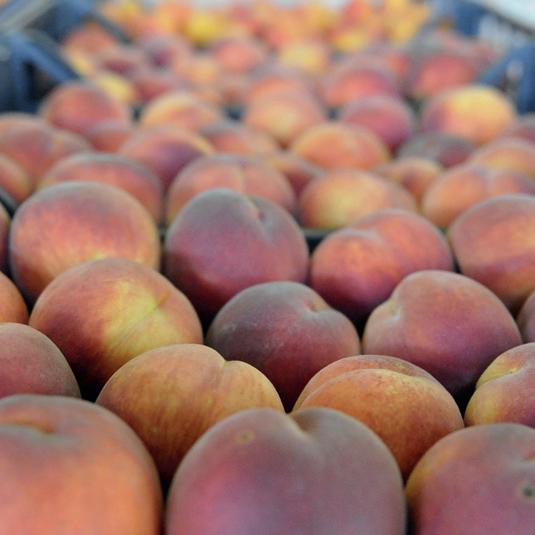
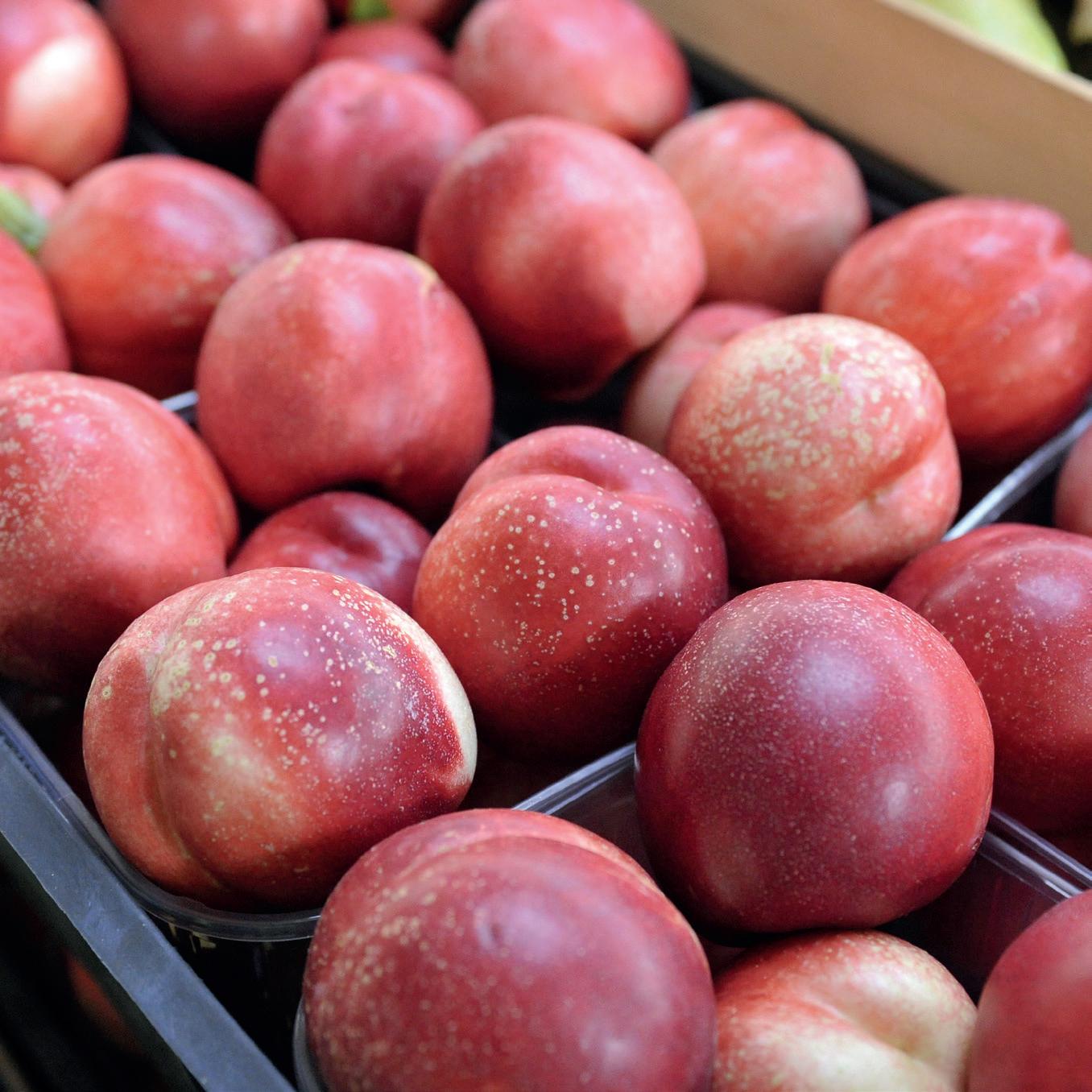

After two years of sharp drops in production due to spring frosts, Italy regained its market share and gained its position in exports throughout Europe in 2022. It came at the expense of Spain, which, this time, had to pay the penalty due to this year's frosts.
“Exports are doing very well,” explain ed Gabriele Ferri, general manager of Naturitalia, an Italian company speciali zed on the peach and nectarine front and which has producers all over Italy. “The decrease in Spanish product has favored our export, and the European market has understood that it cannot do without Italy. Our productions also stood out for their organoleptic quality. Thanks to the weather trend, even the smaller calibers were very tasty.”
At an Italian scale, after the 2020-2021 biennium reduced by frosts, good pro duction levels of peaches and nectarines have been registered in 2022, with vol umes below those of a few years ago, due to the progressive reduction of areas, which in recent years has ended up reduc ing capacity, most severely in northern regions. Nationwide, the supply of peach es for fresh consumption was estimated at about 468,000 tons (+32% over 2021, but
-15% compared to the 2015-2019 average), estimated at 74,000 tons the production of percoca peaches, +22% and -8% respec tively, while nectarines were expected at about 534,000 tons (+52% and -18%).
“Germany is always the reference market for Italian peaches and nectarines,” point ed out Ferri, “but in 2022 we also recu perated many positions in Scandinavia. Another market that demanded Italian product was the English one. In this case Brexit did not cause any particular prob lems, just a little more bureaucracy.”
The beginning of the Italian marketing season was marked by limited revenue due to delayed ripening. Although milder than in the previous two years, this year's weather pattern was also a protagonist, with significant temperature swings in May, first with below-normal tempera tures and then with quick and sudden rises, but with temperatures consistently
above normal, and drought being the phe nomena that most affected the summer, especially in areas of central and northern Italy. There was no shortage of various extreme events, such as tornadoes, “water bombs,” and hailstorms.
Some prices had never been seen in the last 20 years, with B and C calibers receiv ing as much as 1.20 EUR/kg wholesale in Italy, A caliber up to 1.50 EUR/kg, and the little “AA beyond” available at even higher prices. “Thanks to the weather conditions we had excellent organoleptic quality even in the smaller calibers, and the high temperatures from May until mid-August pushed consumption up,” added the direc tor.
The positioning of peach-nectarines on the market has been smooth since the begin ning of the campaign, helped by the low availability of Spanish product. Only at the end of August it slowed down compared to previous sales. Spain, especially this year, in the mid-to-late peach-growing areas, was hit by major frosts that ended up significantly reducing its production, so the competition that this country usually exerts in foreign markets, but also in the domestic one, went down.
AGF Primeur • Special Edition • 2022136
Stonefruit
As a result, demand remained at good levels, more dynamic with promotional initiatives. However, the fragmentation of supply that particularly characterizes this product was felt especially in the domestic market, although sales were good, but this is a long-standing problem of Italian peaches and nectarines. Several foreign destinations were also receptive, especially for nectarines. Eastern-European destinations were less attractive
APRICOTS
The apricot campaign trend has many points in common with peaches and nectarines including the produc�on levels which have returned to profitable ones a�er the deficit of the previous two years.
Forecast expecta�ons indicated a na�onal supply of 263,000 tons, up 40 percent from 2021 volumes and up 11 percent from the 2016-2020 average. Size was generally modest un�l early July, due to drought, coupled with thinning that was not always op�mal; sizing then evolved rapidly from mid-July. Sales con�nued to be consistently posi�ve, confirming the consumer's good apprecia�on of
this year because they were generally less profitable than Central-Northern European markets, which have reverted more to Greece. Foreign buyers were mainly focused on the cheaper product in baskets.
Larger sizes were often reserved for the domestic market to fulfill the established schedule, given the limited availability, which increased somewhat with the entry of the later varieties.
The average positioning of the price quotes placed at higher levels than previous years was good, with the exception of the twoyear period 2020-2021, which is not representative due to the exceptionally small supply.
this reference whose presence, thanks to the evolu�on of areas and varietal renewal, now embraces the en�re summer season.





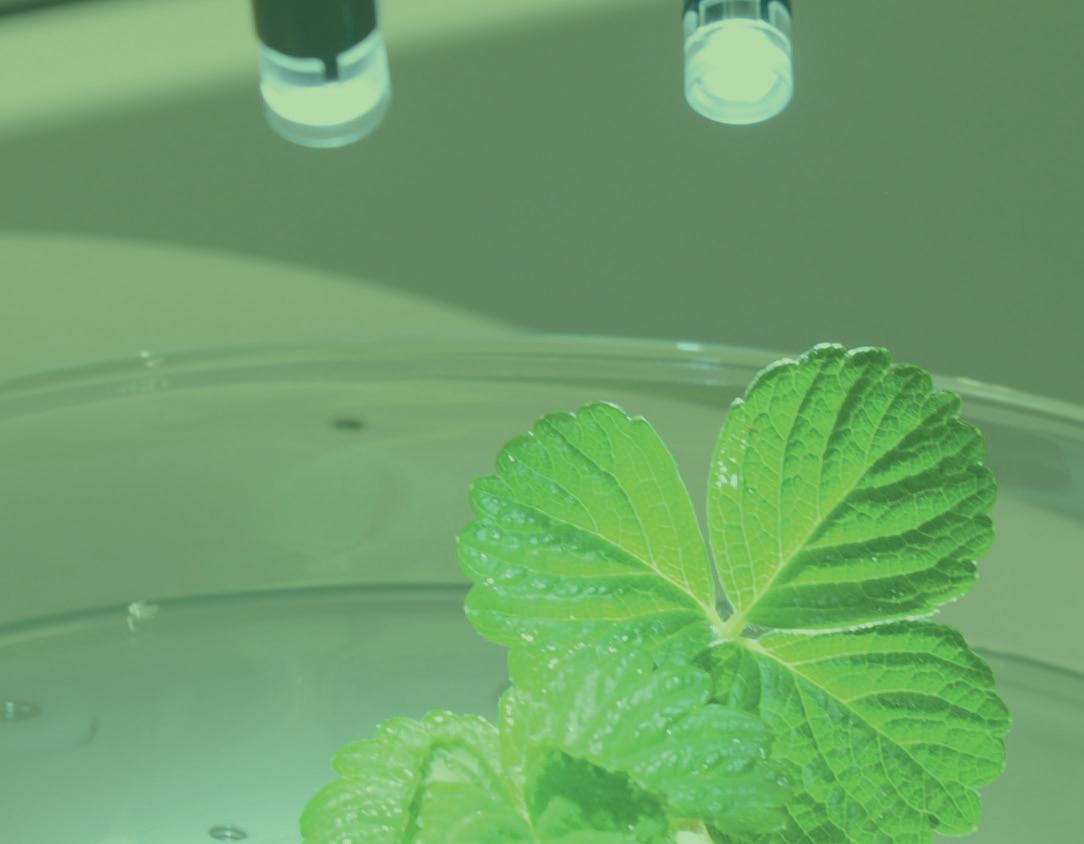
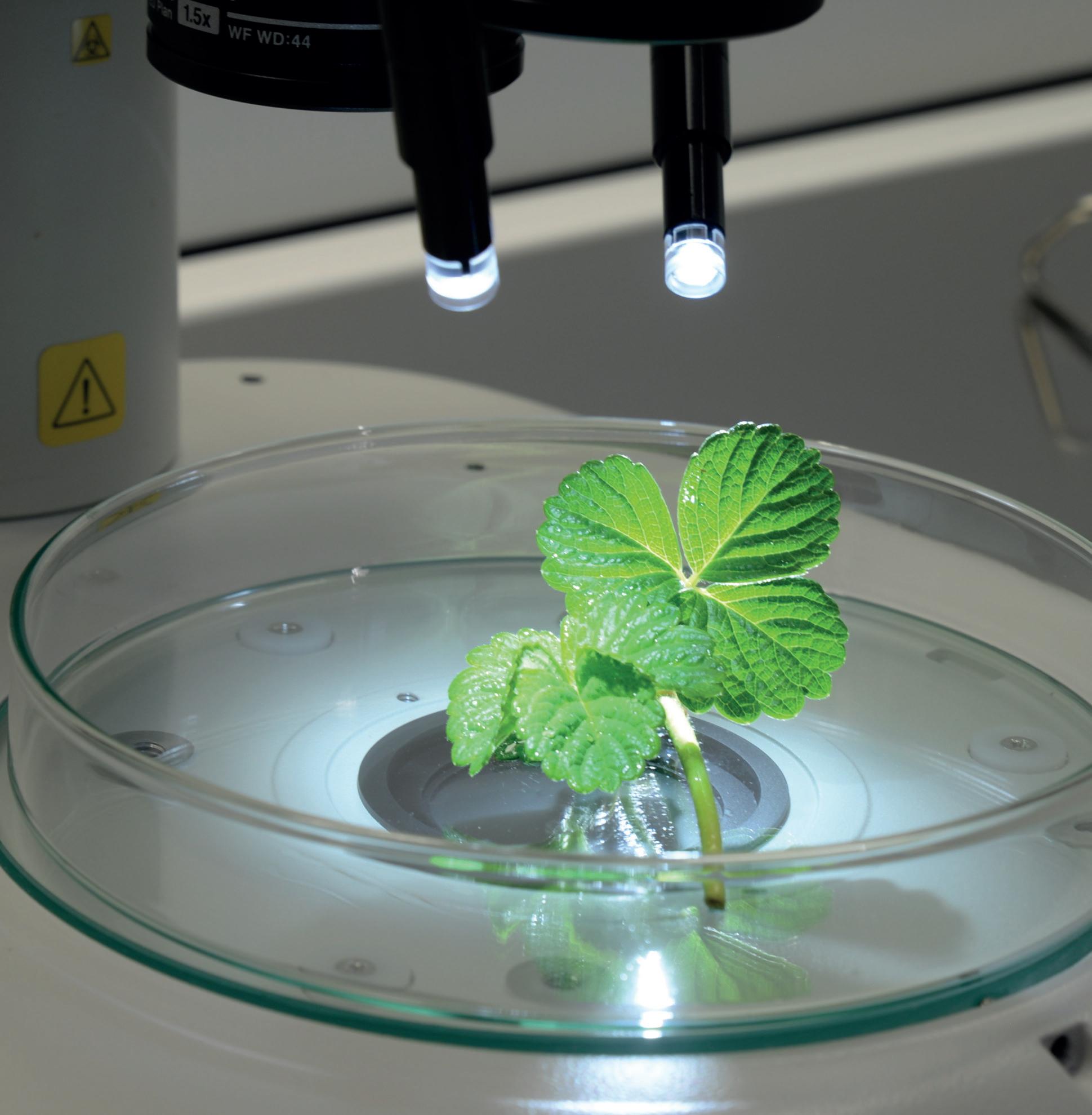
There has been an ac�ve demand ever since the first varie�es were harvested with ini�ally limited product entries due to the delay in ripening, more moderate in the second half of June in correspondence with the supplies that have reached their seasonal peak in all produc�on areas. Since mid-July, the decrease in mainly northern-origin products, associated with less fragmenta�on of supply, was matched by a lively demand again, but remained mainly concentrated on the cheapest basket


commodity despite the improvement in sizes that became mainly large gauges, which then became more regular from the beginning of August.
Slow but posi�vely evolving readiness of foreign buyers to agree to the requested price adjustment. The posi�oning of the quota�ons was also favorable, the result of an appropriate selec�on of supplies made according to the residual availability of each caliber; the good levels achieved remained generally lower than in the two-year period 2020-2021, which can be remembered for the op�mal quota�ons but referable to o�en derisory quan��es.


AGF Primeur • Special Edition • 2022 137
Visit us at the stand no. 9G04B
“Avocados' internal quality is crucial”
Delivering consistent quality: what retailers demand and producers desire. TOMRA Food manufactures optical sorting machines for the fruit and vegetable sector and offers a range of solutions to improve the sorting process. So, too, for avocados.

TOMRA believes reducing food waste and improving efficiency are the main focal points for the avocado sector to succeed in the future. This Norwegian company contributes to this with its Inspectra², an internal sorting solution with sorting technology that detects the quality of individual fruits, thanks to near-infrared (NIR). “The Inspectra² can also measure other characteristics, like internal defects, pulp firmness, and sugar content,” says Jacinto Trigo, Global Category Director for Avocados at TOMRA Food. “Inspectra² lets users choose what they want to export, and what ripening process is needed for the product to reach optimal quality.”
“Being able to detect each fruit's properties means packers can be confident in delivering premium products. When buying something for the first time, shoppers mainly consider how it looks, but to achieve repeat purchases, the complete experience is crucial. So, a product's quality and flavor must match its appearance. The Inspectra² makes that possible. It helps customers protect their brand and increase consumption.”
FAST, COST-EFFECTIVE, PRODUCTFRIENDLY ANALYSIS




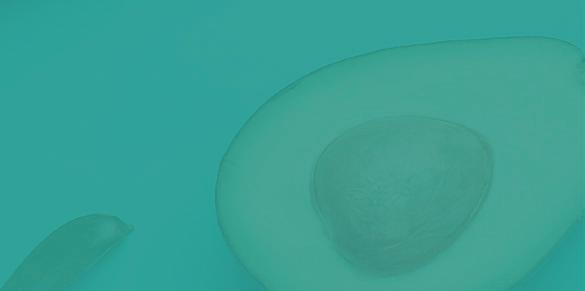
What makes the Inspectra² unique, says Jacinto, is its exceptional performance. He

says the sorting technology delivers high accuracy on internal quality without traditional systems' operational overhead. And you can easily implement it in any packaging warehouse. Plus, near-infrared light (NIR) cameras distinguish the
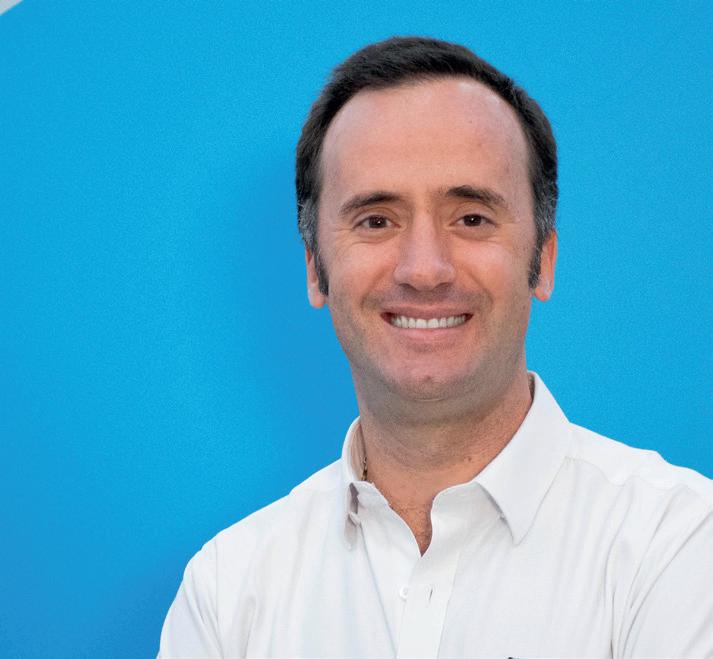 Optical Sorting
Jacinto Trigo, Global Category
Director, TOMRA Food:
Jacinto Trigo, Global Category Director Avocados
Optical Sorting
Jacinto Trigo, Global Category
Director, TOMRA Food:
Jacinto Trigo, Global Category Director Avocados
AGF Primeur • Special Edition • 2022138
Inspectra². These cameras analyze each avocado's internal properties, using the light spectrum the product transmits. NIR is an analytical method for quickly measuring products' quality characteristics.
This technique is based on the principle that substances absorb light and heat radiation at specific wavelengths. The NIR's main advantage is that it is a fast, cost-effective, product-friendly analysis method. “It can detect abnormalities invisible to the naked eye and prevent good products from being unnecessarily discarded. For example, an abnormality in an avocado causes a specific absorption of near-infrared light. Avocados' internal quality is, after all, crucial for consumer satisfaction. Plus, it prevents unnecessary food waste.”



UPHOLDING CONSUMER SATISFACTION
TOMRA Food's Global Avocado Category Director says avocado packers can use these machines to significantly reduce some of their daily operational functions. It improves the production process efficiency and lets clients deliver the exact

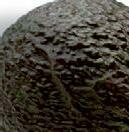
product quantity and quality required. “Inspectra² helps users prevent bad fruit from reaching the general public, who are, after all, becoming increasingly discerning. One rotten avocado can ruin everything. Inspectra² gives users peace of mind and is a wonderful complement to TOMRA Food's other sorting systems,” Jacinto concludes. (CH)
nmarti@alarconyharris.com
Benefits of TopTec ripening rooms




•
• All bananas
same
• Reduced loss of moisture and weight during

• Long shelf life and great quality

• Energy efficient due to unique Proba 5 software

• 30% more energy effi cient due to unique tilt frame


• Suitable for various sorts of banana’s, mango, avocado and other tropical fruit


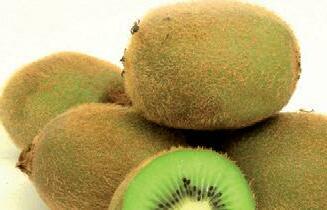
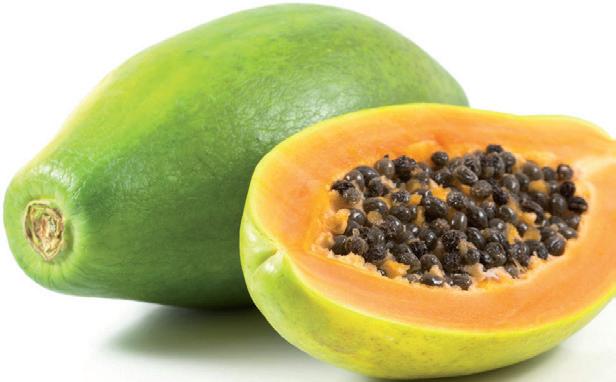
• Very low energy consumption, less than 90 Watt per pallet

• Easy to clean and maintain without having to clear out the room
• Short construction time through prefabrication of TopTec and “Smart” workflow
• Simple mounting in new or renovated buildings
• Our fans meet ErP 2015 standards






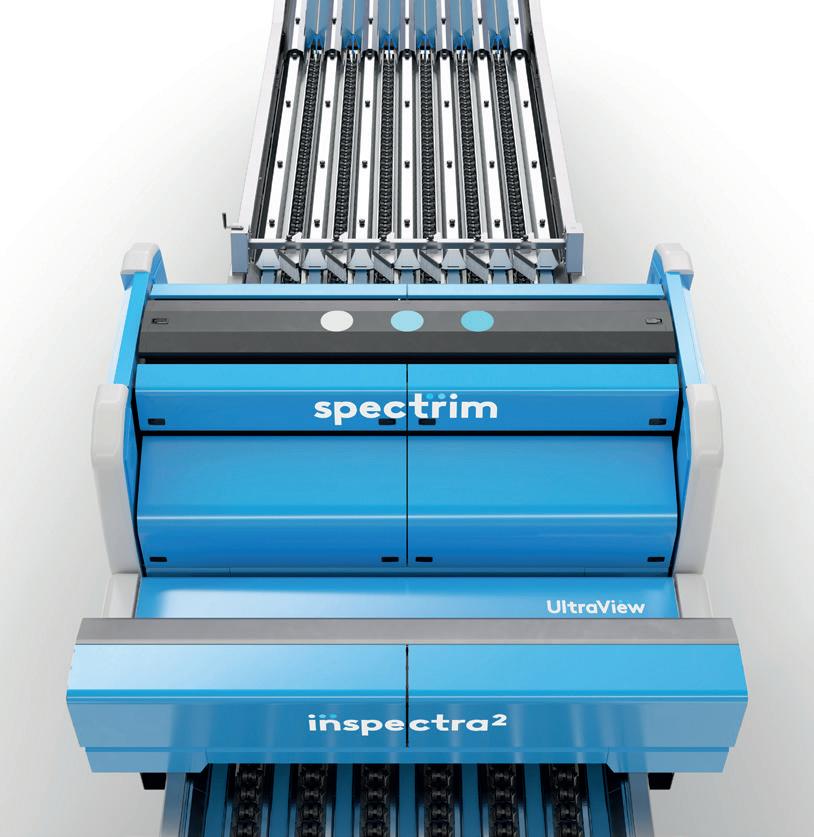
Cooling
Zoltstede 10, 8431 HM Oosterwolde • The Netherlands Telefoon +31 (0)592 530 310 info@coolingsystemsholland.nl


AGF Primeur • Special Edition • 2022 139
Constant temperature thanks to the Reversed Air System with EC fans
the
colour
ripening
Systems Holland uses natural refrigerants in it’s cooling cycle.
coolingsystemsholland.nl
Canadian headquartered World Fresh Exports (formerly known as Sutherland, S.A.) does it all. Growing, picking, performing quality control, packing, exporting, and marketing of fruit. How did the company grow into becoming a one-stop shop? “We planted our first cherry orchards over 20 years ago,” says Ricky Chong, World Fresh Exports’ President & CEO.
“Back then, we used brokers to market our fruit, which had many advanta ges. It gave us access to new customers all over the world and it was very exciting to know our fruit was being sold in markets like Shanghai, Dubai, Brussels, and Kuala Lumpur. We had become part of the class known as ‘exporters’,” he said. However, after a few years it became evident that there was a real disconnect between gro wers, marketers, and retailers. Often the marketers and retailers were doing fine, but the growers weren’t doing so well. “Is it acceptable to see apples retailing for $2.49/lb. in supermarkets while the gro wer is being paid $0.40/lb. at the farm gate? No, it is not.” After visiting many countries, the situation appeared to be
similar in many parts of the world. “We strongly felt there should be a healthy balance between all partners.”
KNOW WHAT YOU ARE SELLING
Within the value chain, 90 percent of mar keters spend most of their time at their desks. “They rarely visit farms and often don’t know the fruit they are selling.” As a result, many growers have left the old co-op style organizations that are often top-heavy and no longer offer the same value. “Back in 2007, we decided it was time to manage our own marketing and see what fate would bring us,” said Chong. “Many of our partners had diverse back grounds in farming, packing, cold-chain management, and retail. Several of them
joined us and together, we grow and export different fruits from around the world.”
World Fresh Exports is involved in grow ing, packing, and exporting out of Canada, the US, Chile, Spain, China, Tasmania, and most recently Mozambique. Cherries are a very important part of the company’ busi ness, but other fruits include apples, pears, grapes, citrus, pomegranates, stone fruit, melons, dates, strawberries, blueberries, and kiwi fruit. The majority of fruit is being sourced, packed, and exported by World Fresh Exports itself and on behalf of many growers.

WHAT MAKES WORLD FRESH EXPORTS UNIQUE?
“It is our responsibility to maximize returns to growers, offer competitive prices, mitigate claims, and pack top quality produce for our retail partners. Achieving these goals is an ongoing workin-progress. Spending a lot of time in the orchards has resulted in our team under standing growing conditions, as well as picking temperatures, the importance of cooling post-harvest, and reaching proper
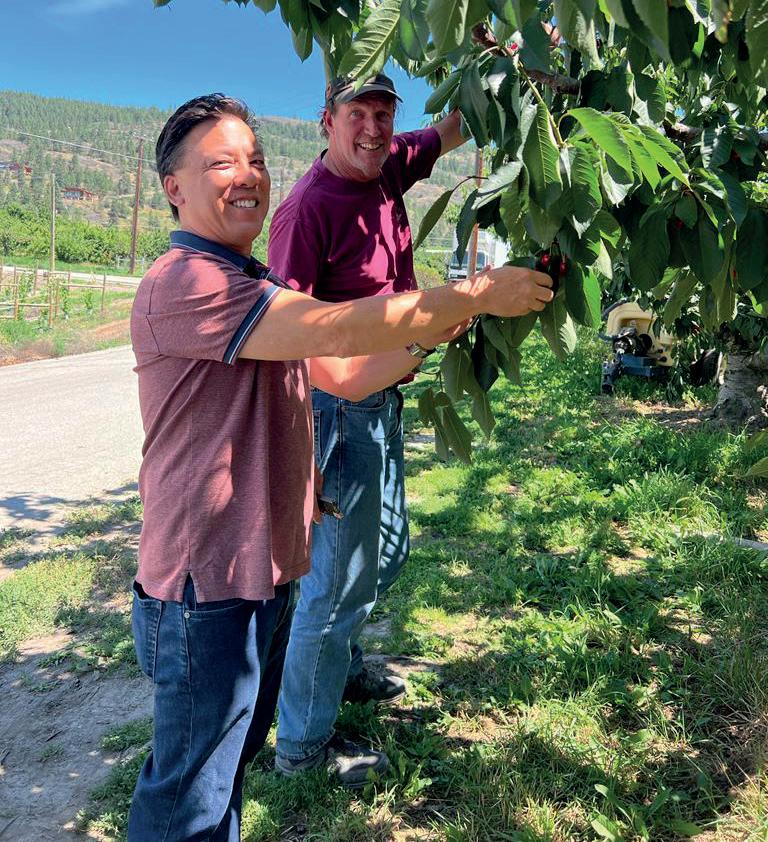 Rick Chong and Robert van Westen
Rick Chong and Robert van Westen
“Our company was born out of a disconnect between growers, marketers, and retailers”
Ricky Chong with World Fresh Exports
AGF Primeur • Special Edition • 2022140
Canada
pulp temperatures before shipping.” These fundamentals are critical to the longevity of the fruit and vegetables on the produce shelf and many purchasers do not possess this experience or knowledge.

On the retail side, there is a thorough understanding as well. “We do our best to grow, harvest, and pack with our 40 years of retail experience in mind. For the many hours cherries, blueber ries, and peaches will remain on the produce shelf, we always ask ourselves how to mitigate produce shrink for our retail partners and how to drive sales,” explained Chong. Produce clerks don’t know why a cantaloupe won’t ripen or how to get rid of fruit flies surrounding their berry displays. “We happily share our knowledge with growers, retailers, and other parties in the value chain. We respect our growers as people and friends, and do not base the quality of our friend ship on how many acres you produce,” he commented.”
EXPLOSIVE GROWTH IN DEMAND OF CHINESE FRUIT
Chong has witnessed many changes in the industry over the years. However, what is most evident this year is a new middle-class population in Asia that is increasingly demanding premium quality fruit. Another development is the interest in fruit from China. World Fresh Exports has been working with growers and packers in China since 2020 and is seeing strong interest from Asia, North Ameri ca, Europe, and the Middle East for their new China fruit category. “We continue to increase export quality volumes out of
China, add more varieties, and offer better packaging that fits retailers’ needs. It is quite exciting as we are seeing an explo sive growth.” China is the company’s fast est growing category and as a result, six quality control inspectors have recently been added to the team to maintain export quality standards at the farms and pack ing sheds.
THE WOMEN BEHIND THE SUCCESS
The success of World Fresh Exports can largely be attributed to three hard work ing women in key positions. Kim Hoang is Partner & Director of Sales at World Fresh Exports. Her passion and drive have been instrumental in the success of the com pany. “I can’t tell you how many sleepless nights she has had over the years worry ing about our growers and her clients. It’s all about relationships.” Kim began her career in produce retail and has 20 years of retail experience. “Her ability to con nect with people and speak four languag es has opened many new markets for us. Add to that more than ten years of pack inghouse experience and she understands fruit better than most people on the plan et.” The most important part of her posi tion is developing trust with World Fresh’s clients who are shipping fruit all over the world.
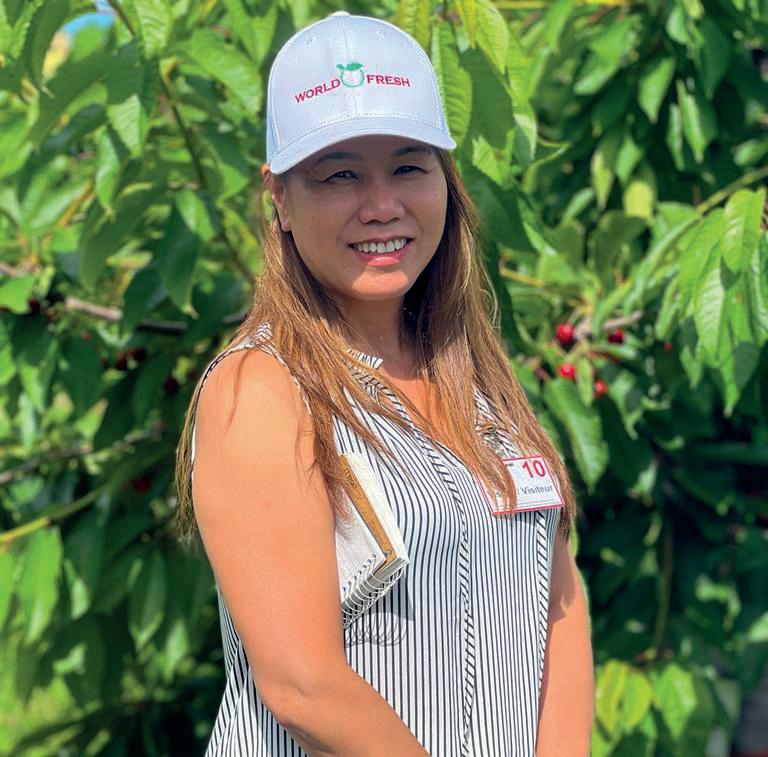
Sarah Bistritz is Global Sales & Opera tions Manager. “She is intelligent and has a super-friendly demeanour that everybody loves. Her ability to expand her scope eas ily, solve issues, stay calm and focused is amazing,” said Chong. Bistritz began her career with World Fresh, handling one of the most complicated parts of the compa ny’s operations which is getting fruit from point A to point B. It is a very demanding position with 50 percent of shipments
being time-sensitive (air cargo), working in multiple time zones, utilizing airlines, ocean vessels, and trucking. She deals with clients one-on-one, logistics com panies, growers, as well as packers while simultaneously following compliance, food safety guidelines and proper doc umentation for multiple countries. “Her recent promotion to Global Sales & Oper ations is well deserved.”
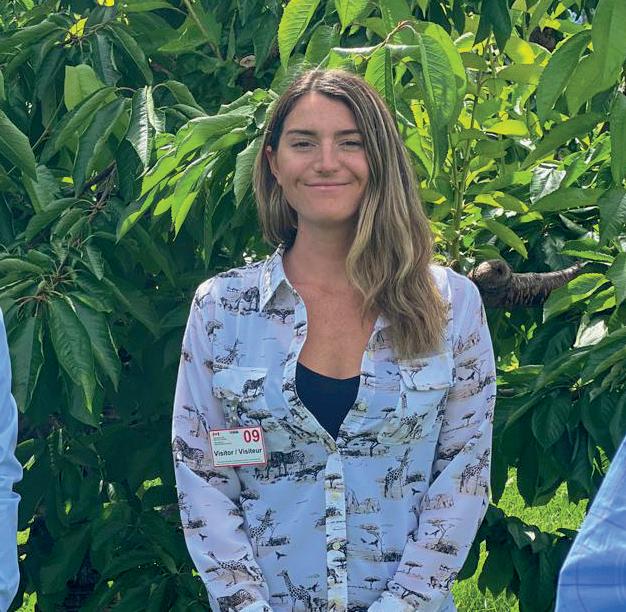
Dilushi (Dee) Perera is responsible for Logistics & Operations. She started with World Fresh part-time in the summer of 2021 and accepted a full-time position with the company this year. “We were all quite surprised and impressed with her ability to adapt to the position so quick ly. Dee is smart, business savvy, works tirelessly, asks the right questions, and doesn’t rest until the job gets done. There have been many times where we had to ask her to take a break, a day off or go to sleep because it was after midnight. She is a rare gem and thankfully a valuable addi tion to the team.”
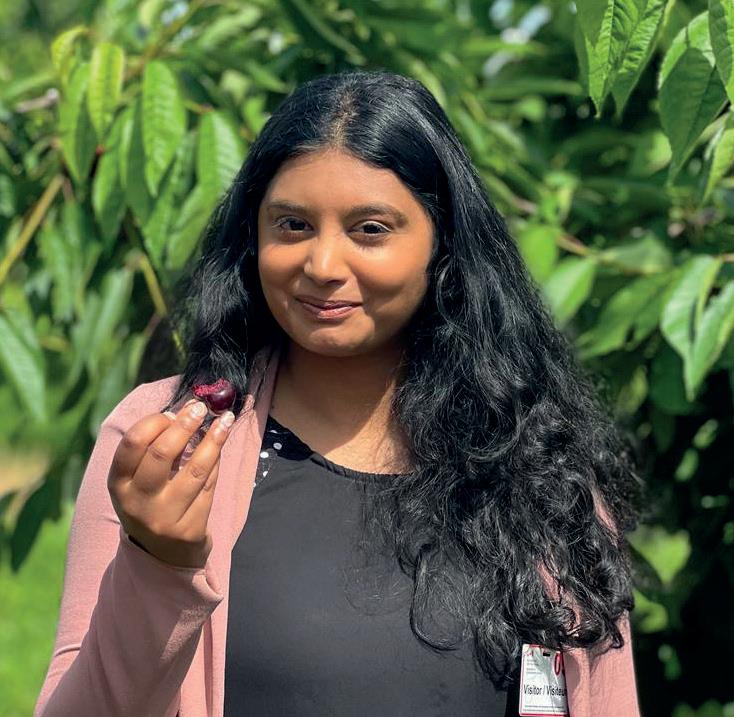
It is unusual to have so many women in top roles, in an industry that is male dom inated. Chong however believes they like the work environment. “It is very hard work during peak seasons, but then lots of time off the rest of the year.” The company usually hires 3rd or 4th year college co-op students as part of their ongoing program with the local community colleges and universities. The best interns are offered full-time positions based on their per formance and future possibilities. “Most importantly, Chong wants his employees to be happy, confident, and think for them selves.”
rick@lapincherry.com
Kim Hoang, Partner & Director of Sales at World Fresh Exports
Sarah Bistritz, Global Sales & Operations Manager
Dee Perera, Logistics & Operations
AGF Primeur • Special Edition • 2022 141
The new R&M building has been open since June on Peterselieweg in the Dutch Fresh Port Rotterdam (Ridderkerk). R&M, Looije Packing and IQ Packing have joined forces to support national and international suppliers of fruit and vegetables.

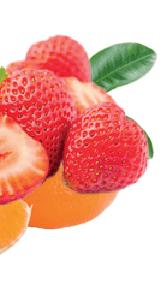

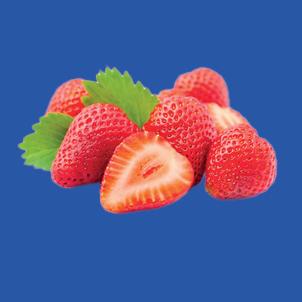
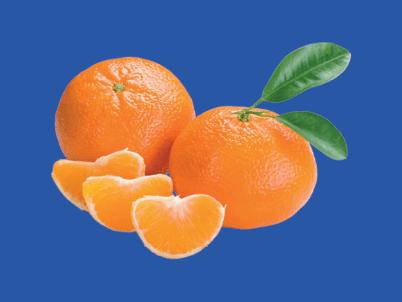
In the coldstores there is room for 10.000 pallet positions, so the building is perfect for processing all kind of orders, from large to small. R&M is respon sible for in- and outbound, stock management, cooling, customs, quality control and transshipment. Looije Packing and IQ Packing sorting the fruit and vegetables according to the quality policies and package them according to the customer's wishes, ranging from a large scale of repac king to packaging options. Looije Packing is specialized in vegetables and hard fruit and IQ Packing in soft fruit. With three companies under one roof, we can act quickly and we can often process the orders on the same day, depending on the size.
By working closely with each other, we as companies know how to make optimal use of each other and what we are good at, namely the storage and packaging of fruit and vegetables. The strength of our collaboration is to operate as one team, to quickly coming up with a solution for the custo mer’s demands
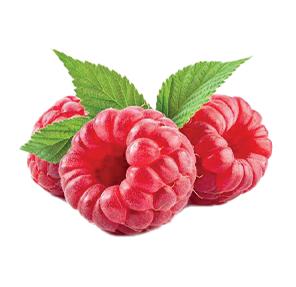
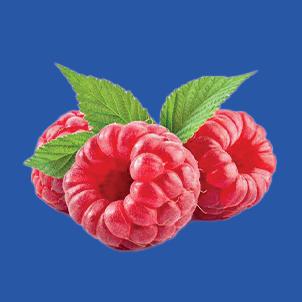
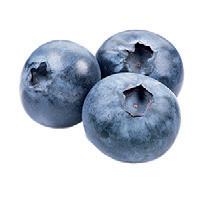

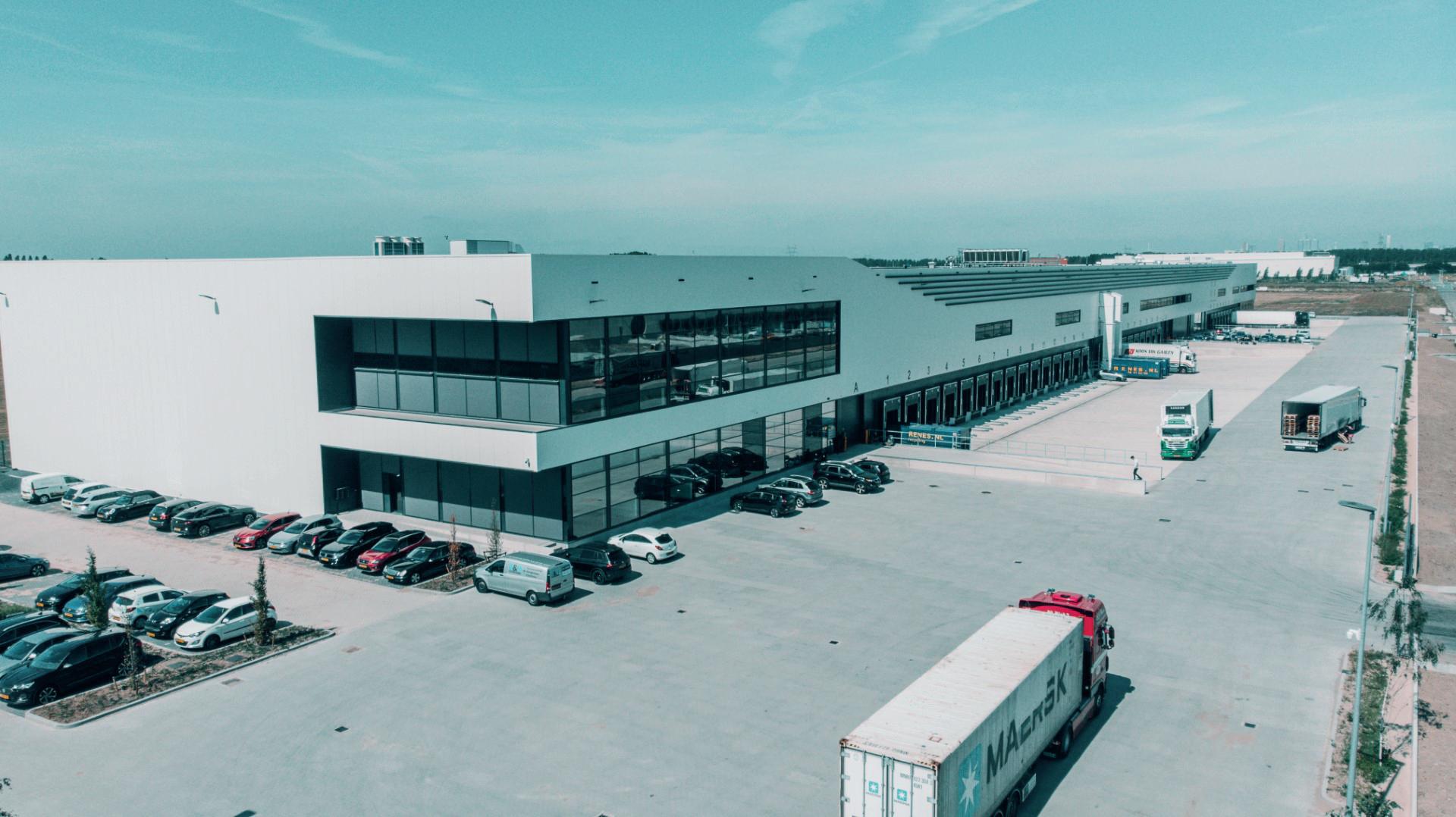



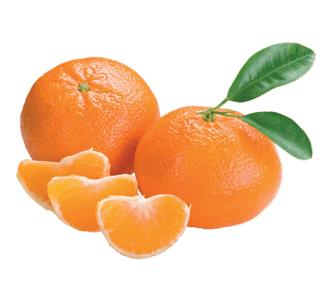
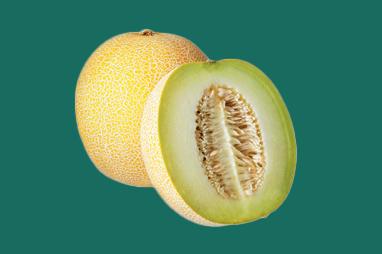



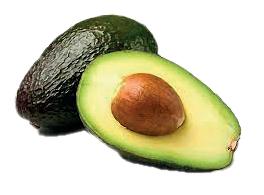




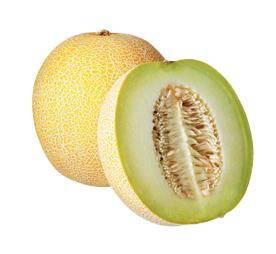


Large storage capacity (Re)packing vegetables and hard / soft fruit Dutch Fresh Port Rotterdam Take a look at our new location
Agrovision is focusing on:
Efficiency in the blueberry chain
Stefan Spanjaard, Agrovision Europe's Managing Director, still sees plenty of growth potential in the blueberry sector. He, however, also notices the pressure the global geopolitical and economic issues are exerting on that sector. That makes efficiency increasingly important and inevitable, Stefan believes. And that is also why Agrovision is climbing ever further up the value chain as growers.
“Ithink, despite everything, there's still a lot of room for blueberries to begin making headway on the market,” begins Stefan. For example, in Germany, blueber ry consumption is very much on the rise. “They already hardly carry 125g packages anymore, while other countries still have these. There's continued development in Germany.” Agrovision's market develop ment focuses primarily on further deve loping the Northwest European market, but the company is also keeping an eye on Southern and Eastern European countries.
Stefan says that France, for instance, is still underdeveloped when it comes to blueber ry consumption. That country's growth potential and high population make it an attractive market. But also a complex one because culturally, blueberries are an unknown product and the logistics orga nization is not the easiest either. “It takes time, and you have to work hard to draw attention to the product, thus removing that first-time-buying barrier.”
LESS SPACE
So, potential abounds. Yet, Stefan also feels the market pressure caused by infla tion and uncertainty. “It's therefore vital that the chain is set up very effectively and efficiently because margins are shrinking. Last year's euro may only be worth 85 cents now, and if you have to share that with multiple parties, it becomes tough to be satisfied with how things went,” he says. Here, transparency is vital, which is why, according to Stefan, Agrovision is ascending the value chain ladder as a grower. “Our partners and our expanded team are working very specifically on a service model. We want to provide endto-end solutions, from grower to custom er. Then we can guarantee our clients' demands and have a very short line with no unnecessary frills.”
That has led to, among other things, Agro vision recently beginning to farm in Mexi co and Morocco, in addition to Peru. “That covers the market from July to April for
both the North American and European markets,” Spanjaard explains. The com pany is also eyeing Europe for blueberry cultivation to fill the April to July period. “We're actively looking in countries like France, Spain, and Portugal. But countries in Eastern Europe are undoubtedly also interesting, and we're investigating those.”
Other parts of the world, too, are focus ing on local cultivation. Stefan says plac es such as India and China are looking at starting blueberry cultivation. Also, Agro vision is focusing on planting blackber ries and raspberries. “We want to become influential in the global soft fruit market. That definitely offers potential,” he admits. Stefan reveals they have taken the first step with raspberry and blackberry plant ings in Mexico and Morocco. “In Europe, we're considering cultivation in Portugal, Spain, and Eastern Europe. We want to close the production gap and develop that into an annual crop as quickly but respon sibly as possible.”
ECONOMICALLY FEASIBLE
As things stand, there is, says Stefan, real demand for locally-grown blueberries. “We want to fill the 'local for local' need, but only as part of a larger plan. It has to be feasible, and for many, that's current ly a fairly big challenge. You need a solid retail partner backing you, with whom

AGF Primeur • Special Edition • 2022144 Softfruit
over the last three seasons, Agrovision has transitioned from 30% to 70% 'proprietary varieties'. It is meeting the need to 'premiumize' the category with a major focus on particularly blueberries from the Fall Creek breeding program's Sekoya line.
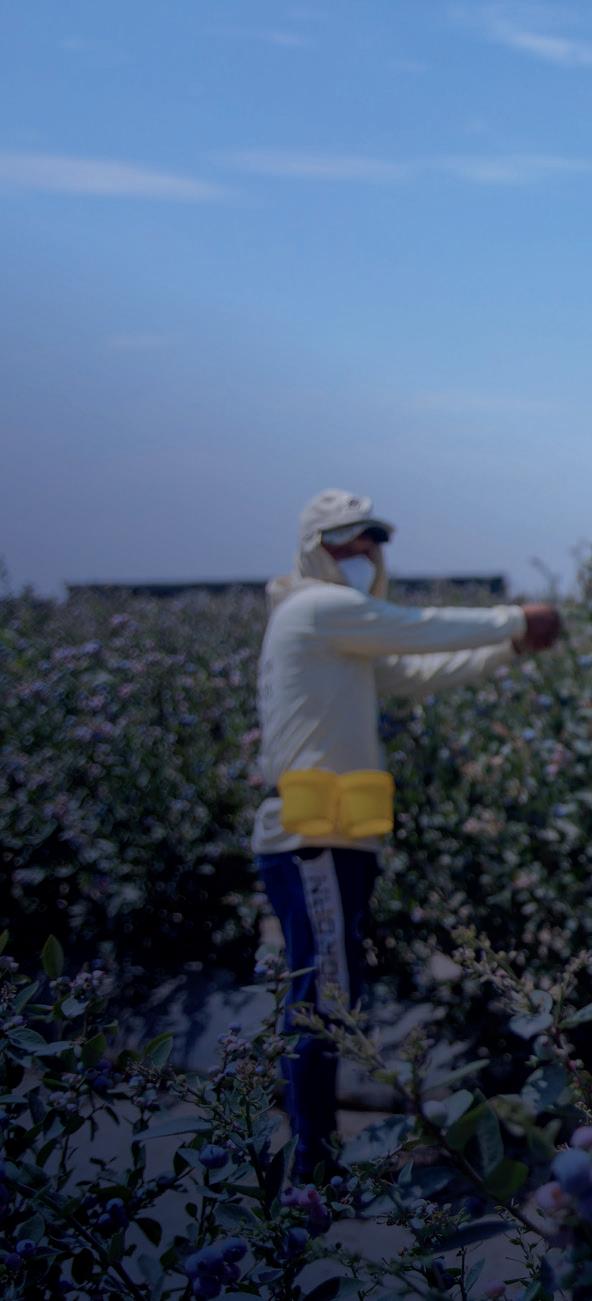

“Those varieties differ in size, texture, and flavor from the current standard and have an excellent shelf life. That shift to better varieties is going to happen more and more over the next few years. I think what's currently considered a specialty may be the new standard in a few years. The quality in the category is going to evolve too, ultimately keeping consumption trending and up, in line with increasing production,” Stefan concludes.
Stefan.spanjaard@agrovisionfresh.com
you can work, based on commitment. Price is often still the deciding factor, and then imported blueberries are quickly considered because it's easier to make money.” That said, Agrovision is considering different locations to see if local blueberry cultivation is feasible. Spanjaard says, here, the cost-plus model is the leading determinant. “Cultivating locally must be
demand-driven and relevant to growers and buyers alike.”
Stefan has noticed more quality differences developing on the market. “Retailers and customers are increasingly realizing that selling blueberries, per se, is no longer enough; the varieties offer all kinds of possibilities and options.” He points out that,
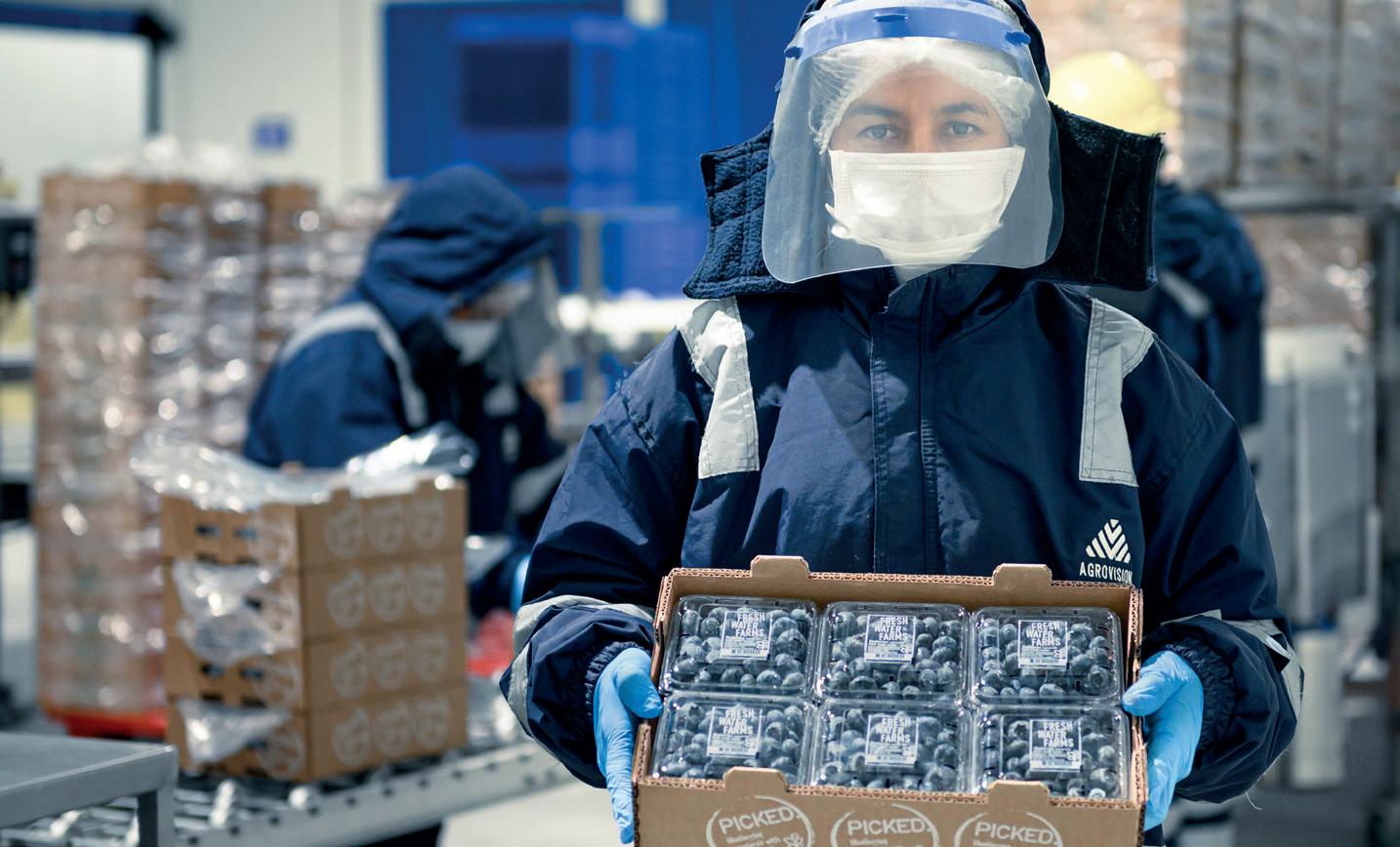
AGF Primeur • Special Edition • 2022 145
Agrovision Europe B.V. Utrechtseweg 341 3818 EL Amersfoort Phone: +31655813336 HALL 6 | STAND E07-12
Greek grapes face heavy competition from Spain and Italy






“The northern part of Greece did not have any issues with drought”
The Greek grape season is running quite well. Although most of Europe has been dealing with severe drought over the summer, the weather conditions in Northern Greece have actually been rather beneficial for the grapes from Greece. The Greek exporters deal with heavy competition from both Spain and Italy, and on top of that inflation is making the season more challenging than before. The inflation also means it’s harder and more expensive to find sufficient labor for the grape season..
markets we export to, Spain is a factor. The biggest markets where we’re competing with them would be Holland as well as the United Kingdom. The biggest challenge in terms of competing with Spain is the fact they produce a wide variety of grapes and have a longer season in general. This is why we’ve started to focus on cultivating new varieties to improve our window and make the Greek grapes more attractive for potential clients. “
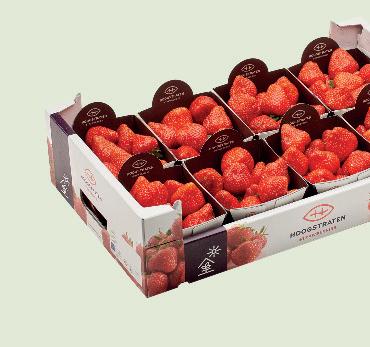
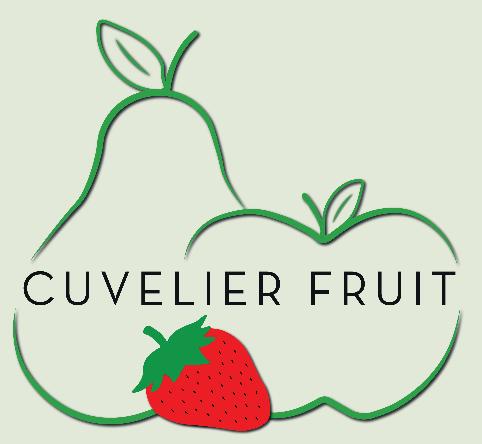
Zisis
Manosis, agronomist for Greek kiwi and grape exporter Zeus, looks forward to a solid production: “As Zeus, we’ll be harvesting 2,000 tons of Crimson seedless grapes this season. The color of this variety has developed very well thanks to the good weather. Getting the right color is usually the biggest headache for growers all over the world, so we’re very happy
about the progress. The drought in Europe during the summer has been troublesome in a lot of countries, but for the Northern part of Greece we haven’t had any issues with drought.”
Greece is dealing with heavy competition from both Spain and Italy, Manosis explains. “Basically in all the European
According to Manosis, Zeus will export three more varieties this grape season, all of which are seedless. “For the new varieties, we’re now cultivating Sugar Crisp, which is a later variety. Sweet Globe white grapes are also on offer now, which is one of the earlier varieties. Finally, we’ve harvested Cotton Candy white grapes at the
AGF Primeur • Special Edition • 2022146 Grapes
fruit and vegetables ongersesteenweg 3050 - B-3800 Sint-Truiden, België info@cuvelierfruit.be ¬ ves Cuvelier - +32 472 20 24 00 www.cuvelierfruit.be ruiden,
start of September. All of these varieties combined will allow us to have a wider window of grape export, which in turn makes our entire offering more attractive for clients.”
Next to Spain, Italy is also a real competitor for Greek grapes, Manosis states. “Italy has been switching varieties over the past five years. They would usually grow and export more traditional varieties, mostly destined for the local market. However, since they’ve started to switch to more seedless varieties, they’ve become a very large player on the export market in Europe. So overall, competition is very heavy in the European markets.”
Inflation is hitting Europe, as well as other continents, very hard at the moment.


This also affects the Greek grapes, Manosis says. “Inflation has been very bad for business. We’re seeing more costs for our packaging, but also for the transport of the produce. On top of that, labor costs have increased by more than 15 per cent. Finding the workforce required is not only very challenging, it’s been impossible to get the optimal amount of workers to go through the season smoothly. In periods where production should optimally be a lot faster, we’ll have to consolidate that things will move slower.”

Zeus will be present during Fruit Attraction and is looking forward to finally meeting people face-to-face again. “Fruit Attraction in Madrid will be our first physical presence at an exhibition ever since the pandemic started. This means



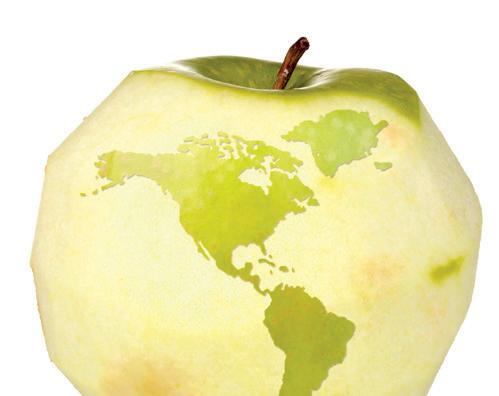
for us, it’s very exciting to finally meet our clients again and get a real feeling of the market situation. The exhibition takes place during a key period for us, as grapes are still going strong in October and kiwis are getting started. We’re anticipating a great fair and hope to meet everyone at our stand.” Manosis concludes.
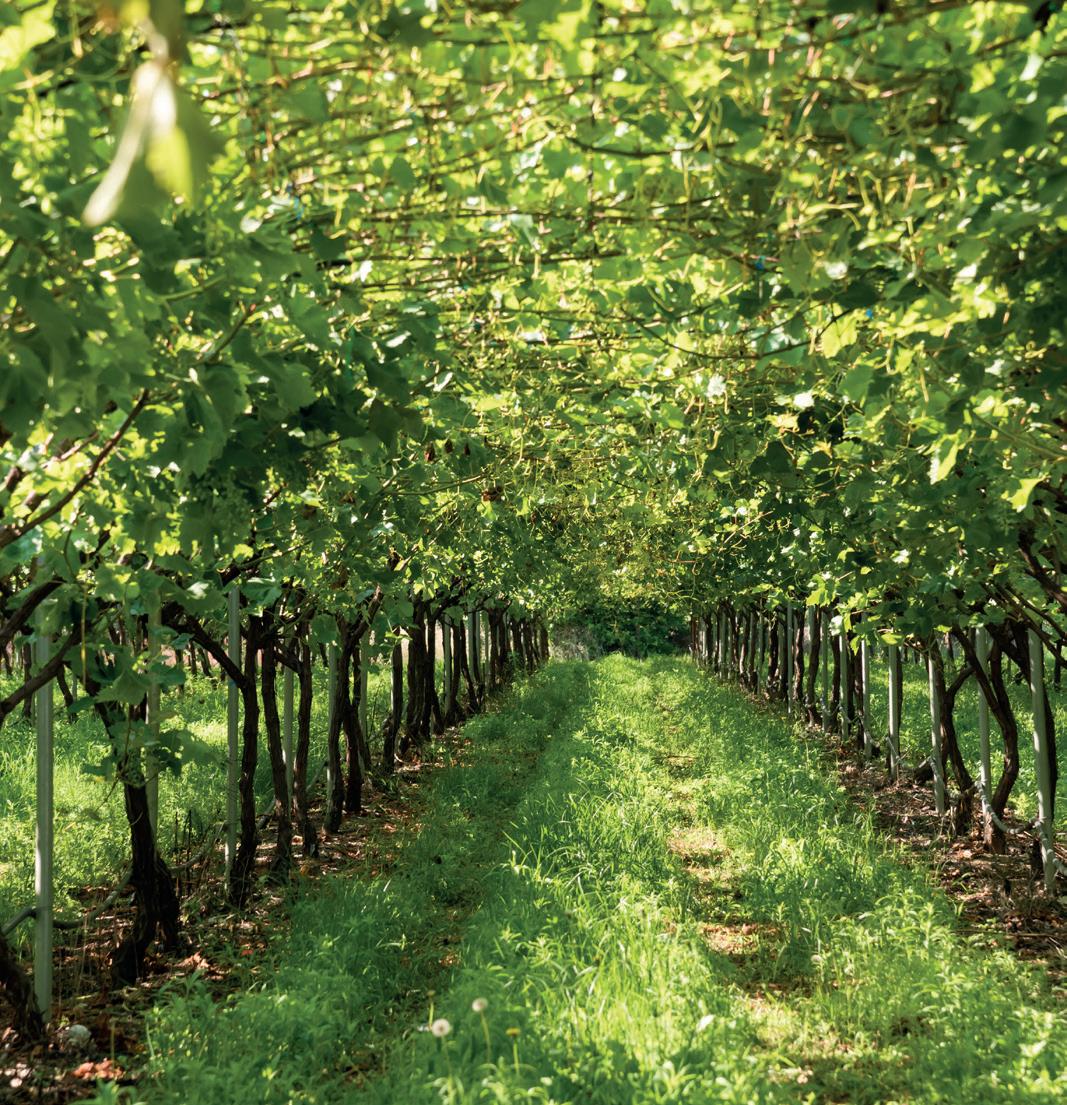
christinam@zeuskiwi.gr


AGF Primeur • Special Edition • 2022 147
It’s not the same ... WITH BIONWITHOUT BION POST HARVEST CARE tendin shelf-lif by T. +34 93 662 32 54 info@bioconservacion.com www.bioconservacion.com TRANSPROTEKT Smart Packaging for removing ethylene, VOCs and prevent fungus proliferation BION Sachet Perfect for transport refrigeration units Extend the shelf life of your produce in times of uncertain transits C M Y CM MY CY CMY K Comparativa frutas 185x65 EN.pdf 2 5/9/22 10:34
AGF Primeur • Special Edition • 2022148 01.








Chainn connects growers directly with buyers and makes the entire food supply chain visable and open. We don’t believe in the old-fashioned trading pro cesses. We feel they cause too much noise in the supply chain, which makes it anything but trans parent. This has to change.
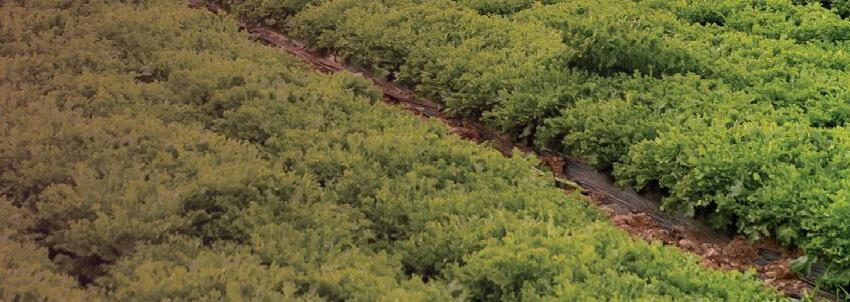
We make efficient connections the new standard. Ready for the food supply chain revolution? the quality of passion
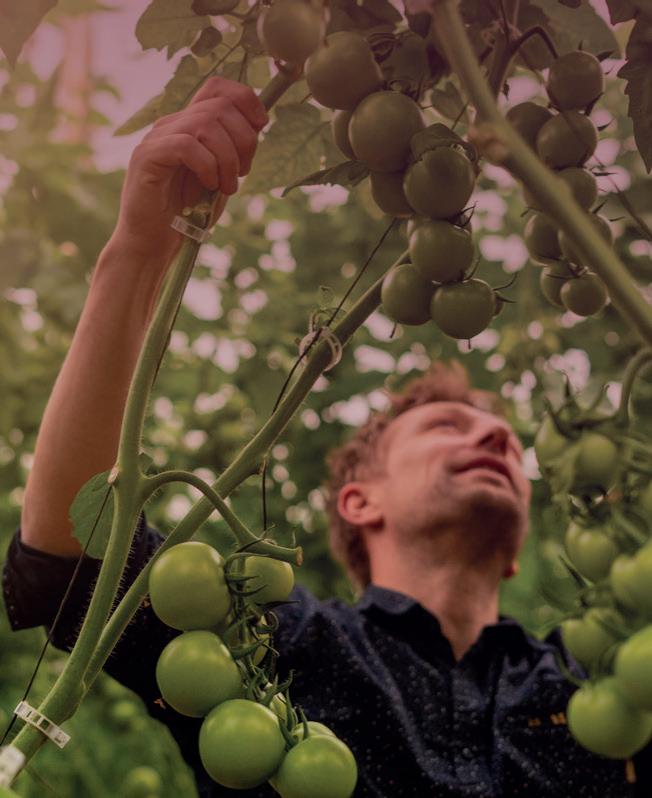
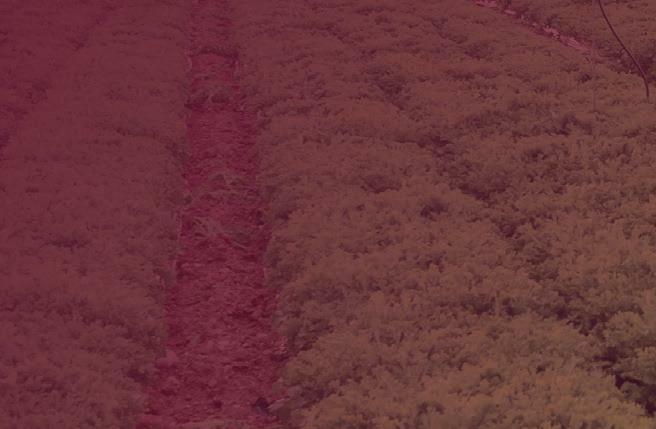
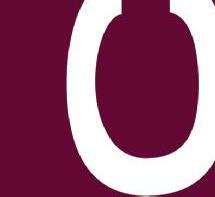



www.chainn.nl





Rely on Urschel, The Global Leader in Food Cutting Technology, to deliver optimal fruit and vegetable cutting solutions. Delicate applications, like fruit dicing, require gentle, effective cutting to generate a higher rate of desired cuts and prolonged shelf-life.














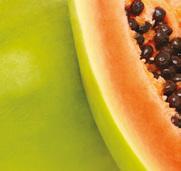




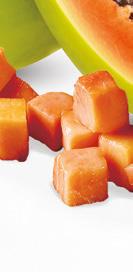
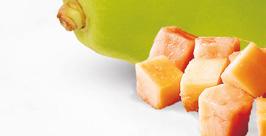



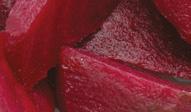
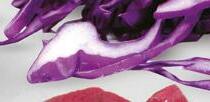



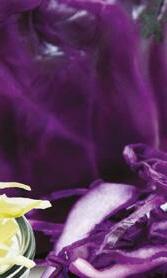




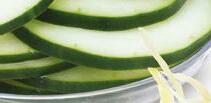




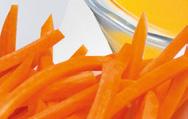





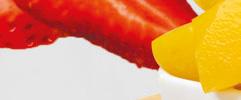

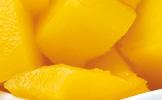


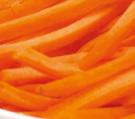

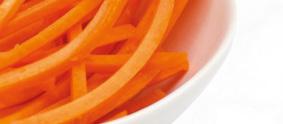






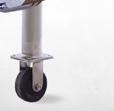

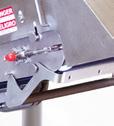






























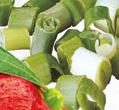
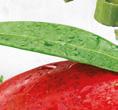
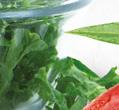


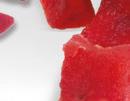
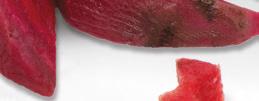
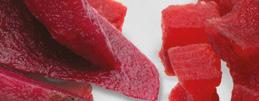








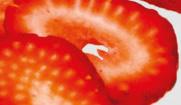



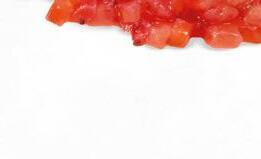








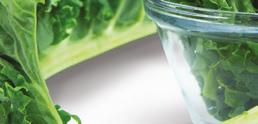
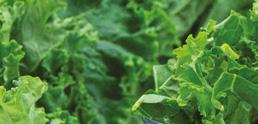











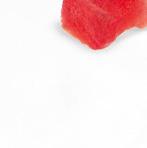

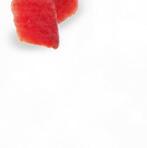
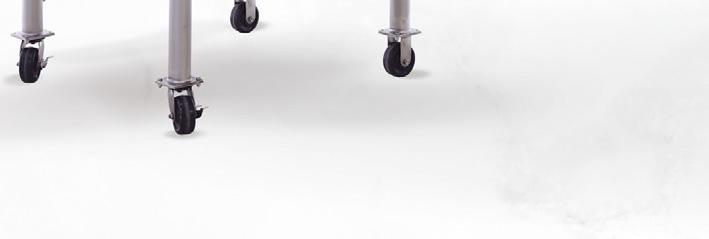


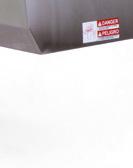






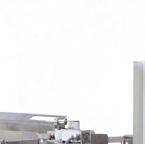









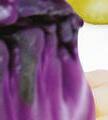


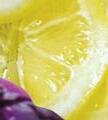

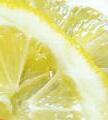




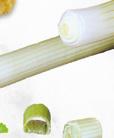

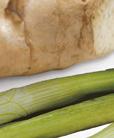


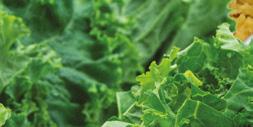
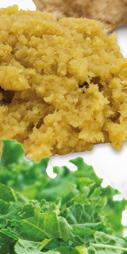





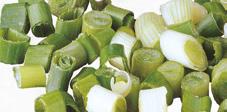
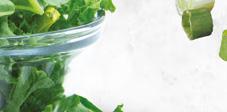
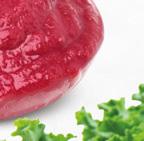
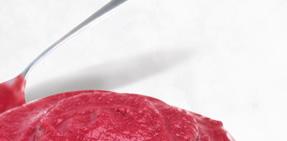
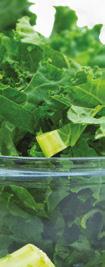








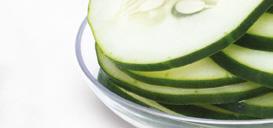




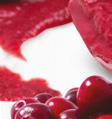


High volume. Sanitary design. Backed by Urschel sales and support, processors achieve successful operations throughout production runs. Explore pureeing, slicing, or dicing to achieve your processing goals.



































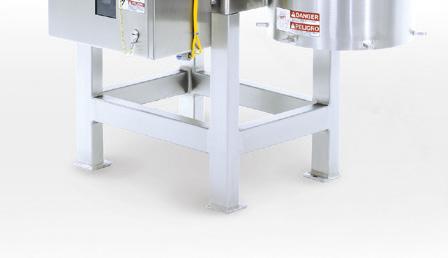
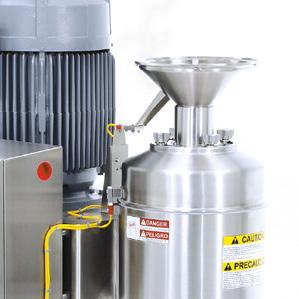


















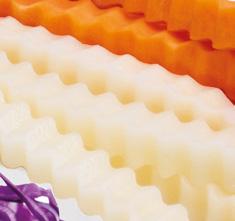





















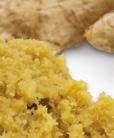















Intelligent Cutting Solutions Less Waste, Increased Profit ® Urschel, Urschel logo symbol, and The Global Leader in Food Cutting Technology are registered trademarks of Urschel Laboratories, Inc. U.S.A. Set up a free test-cut of your product. www.urschel.com #1 Best selling provider of industrial cutting machinery throughout the world. The Global Leader in Food Cutting Technology

TASTE • CRUNCH • AROMA • APPEARANCE ONE APPLE HAS IT ALL THE ULTIMATE APPLE EXPERIENCE envyapple.com
